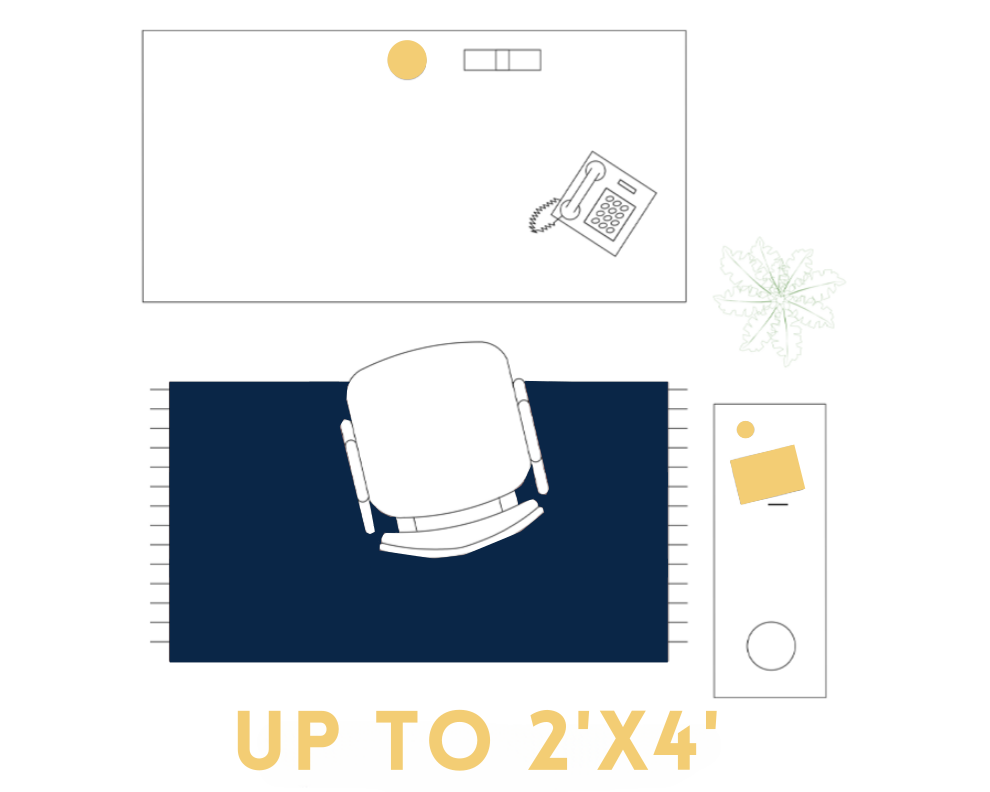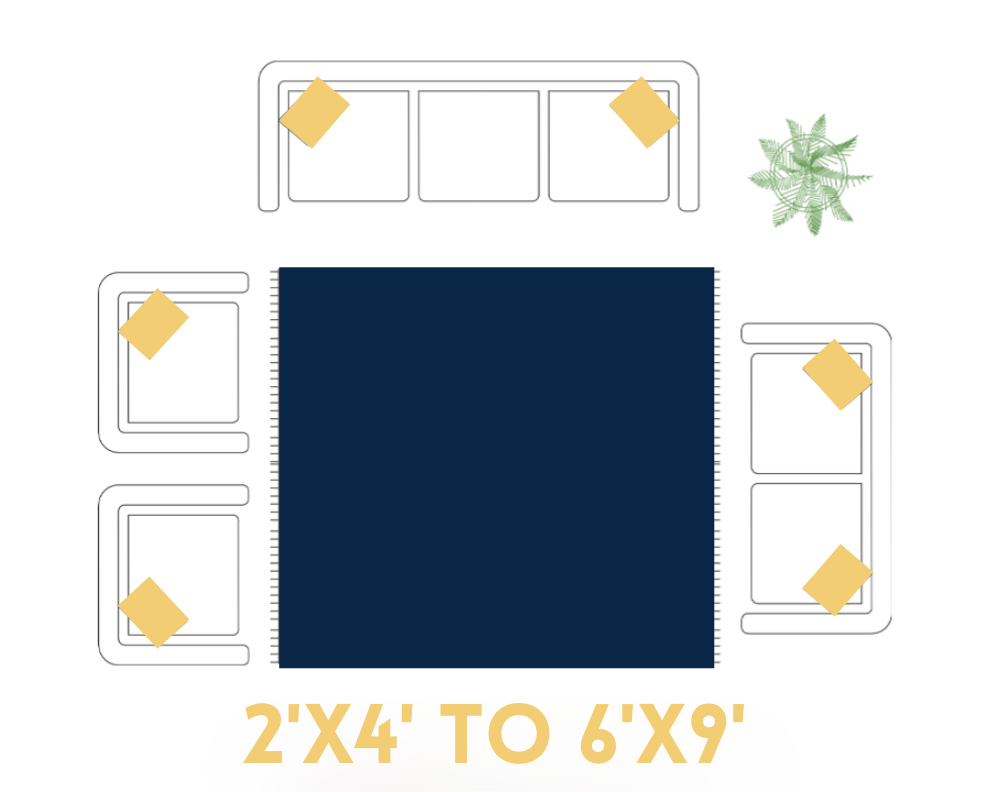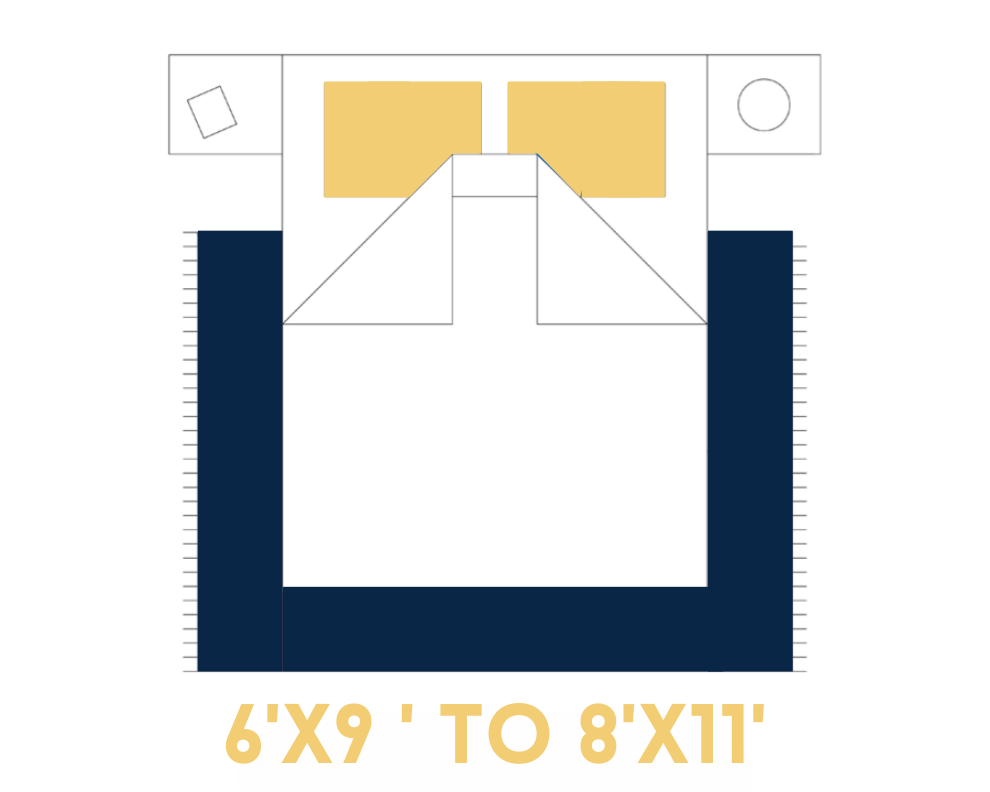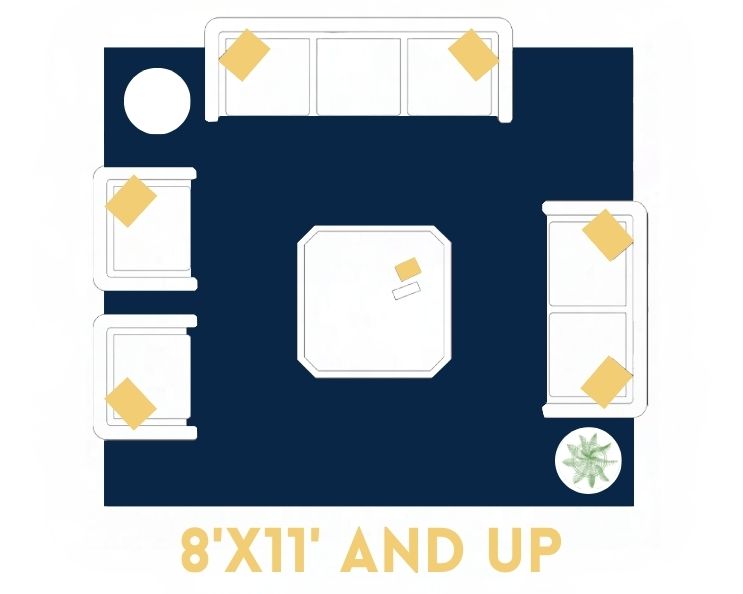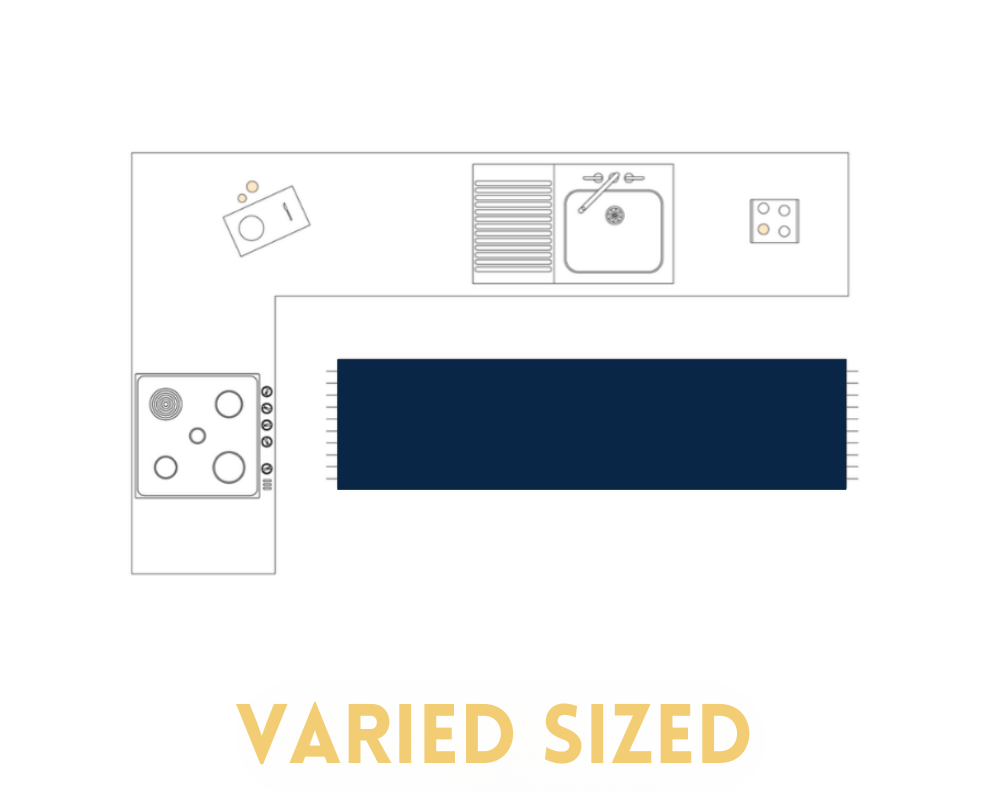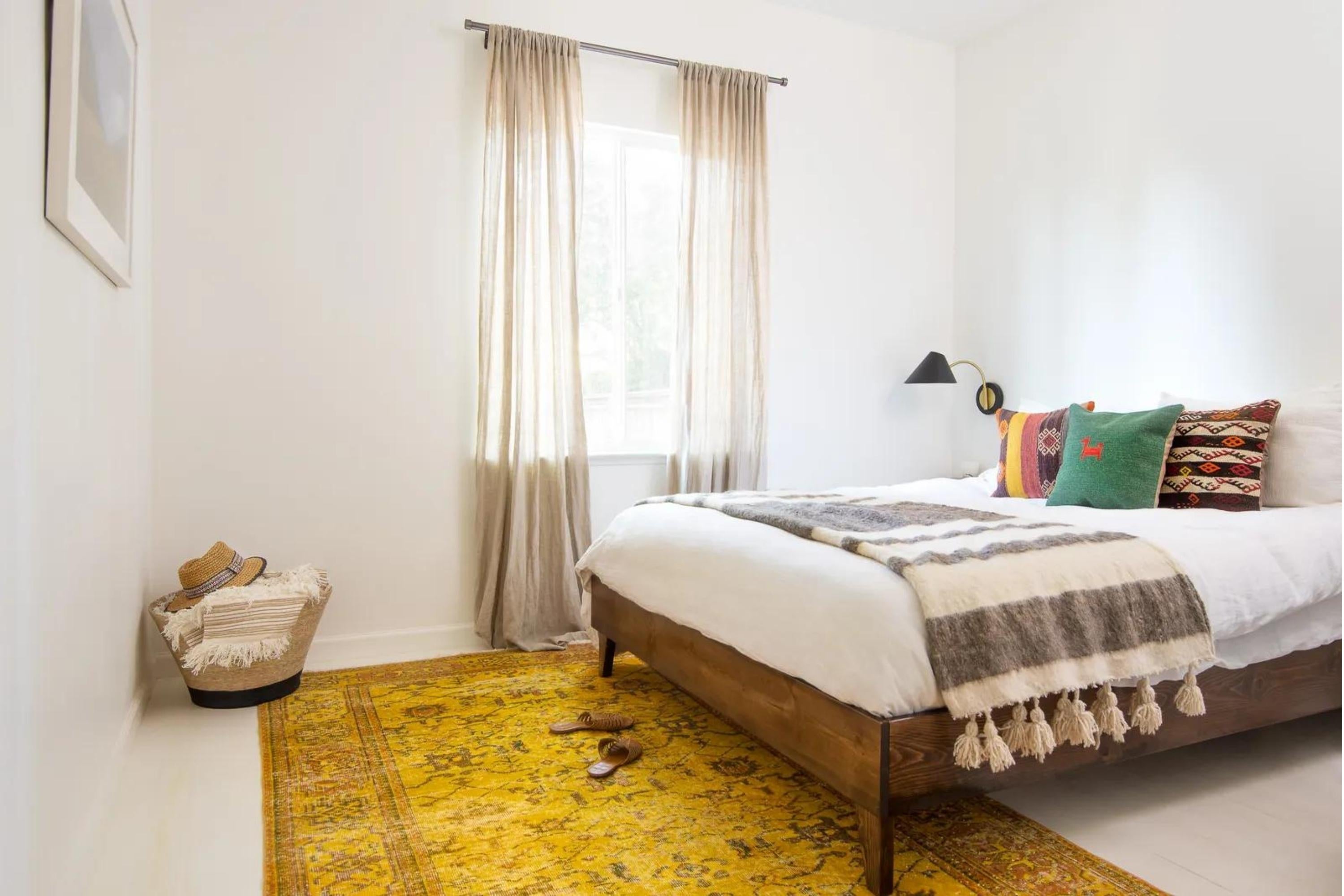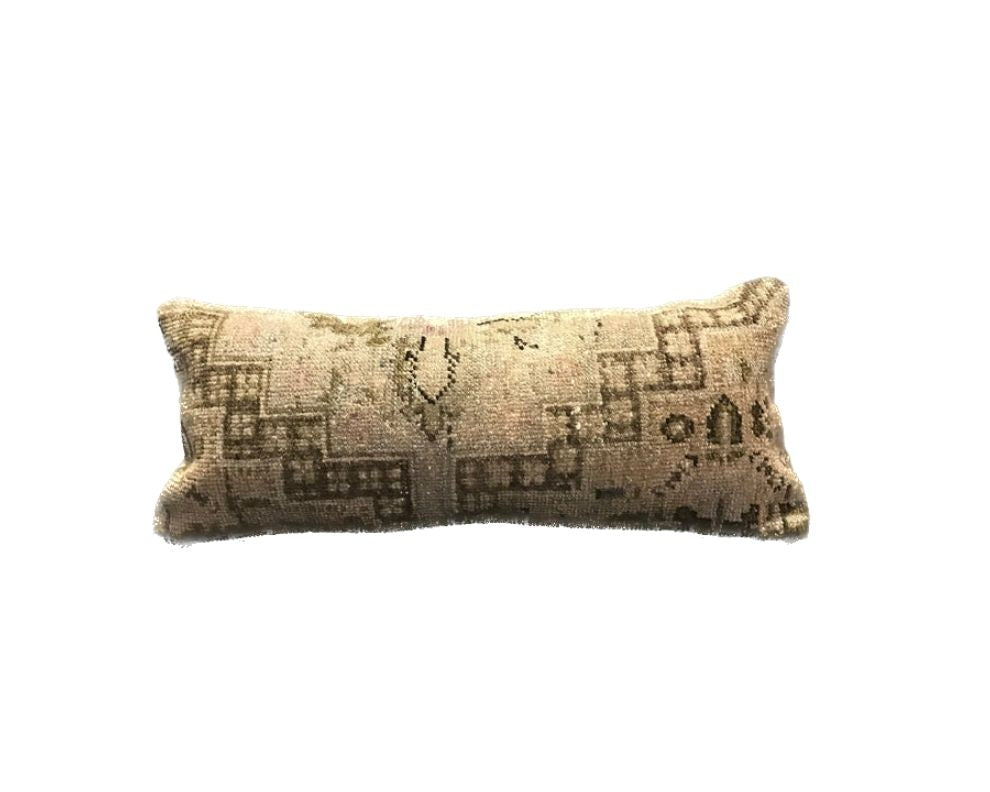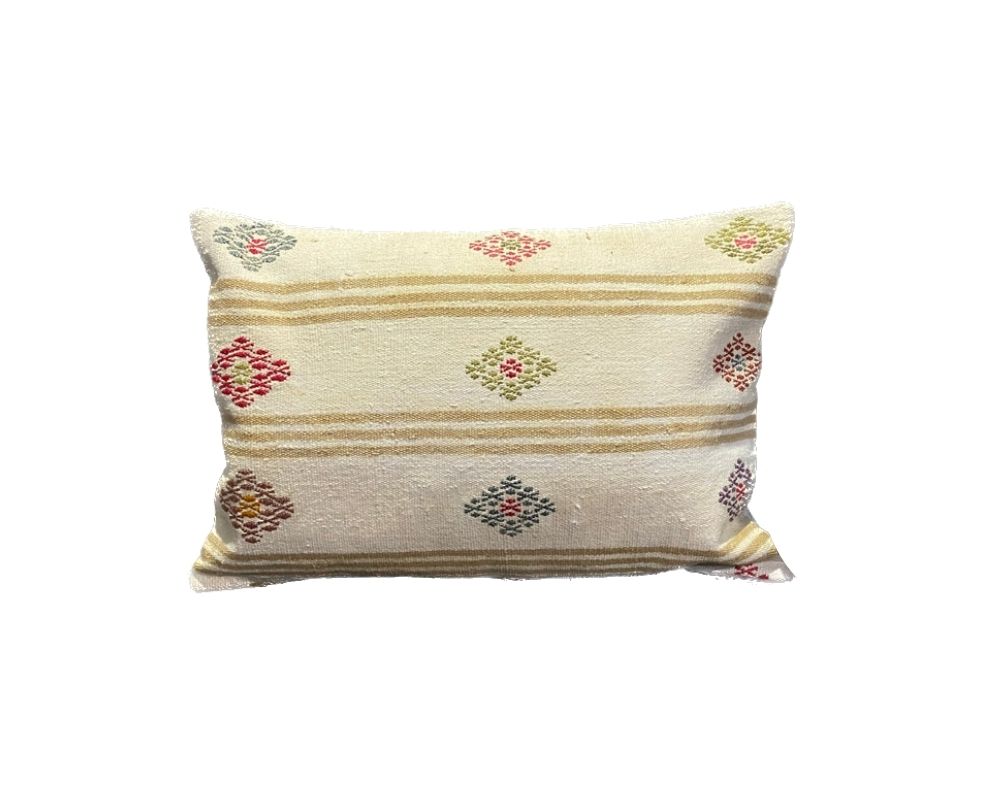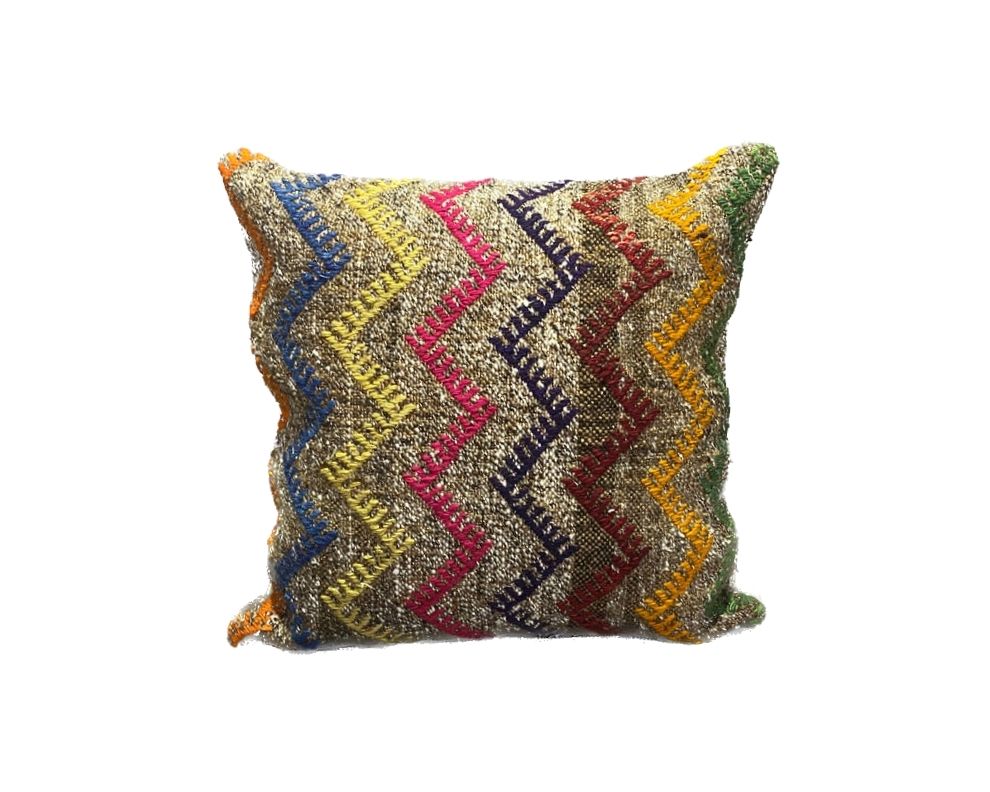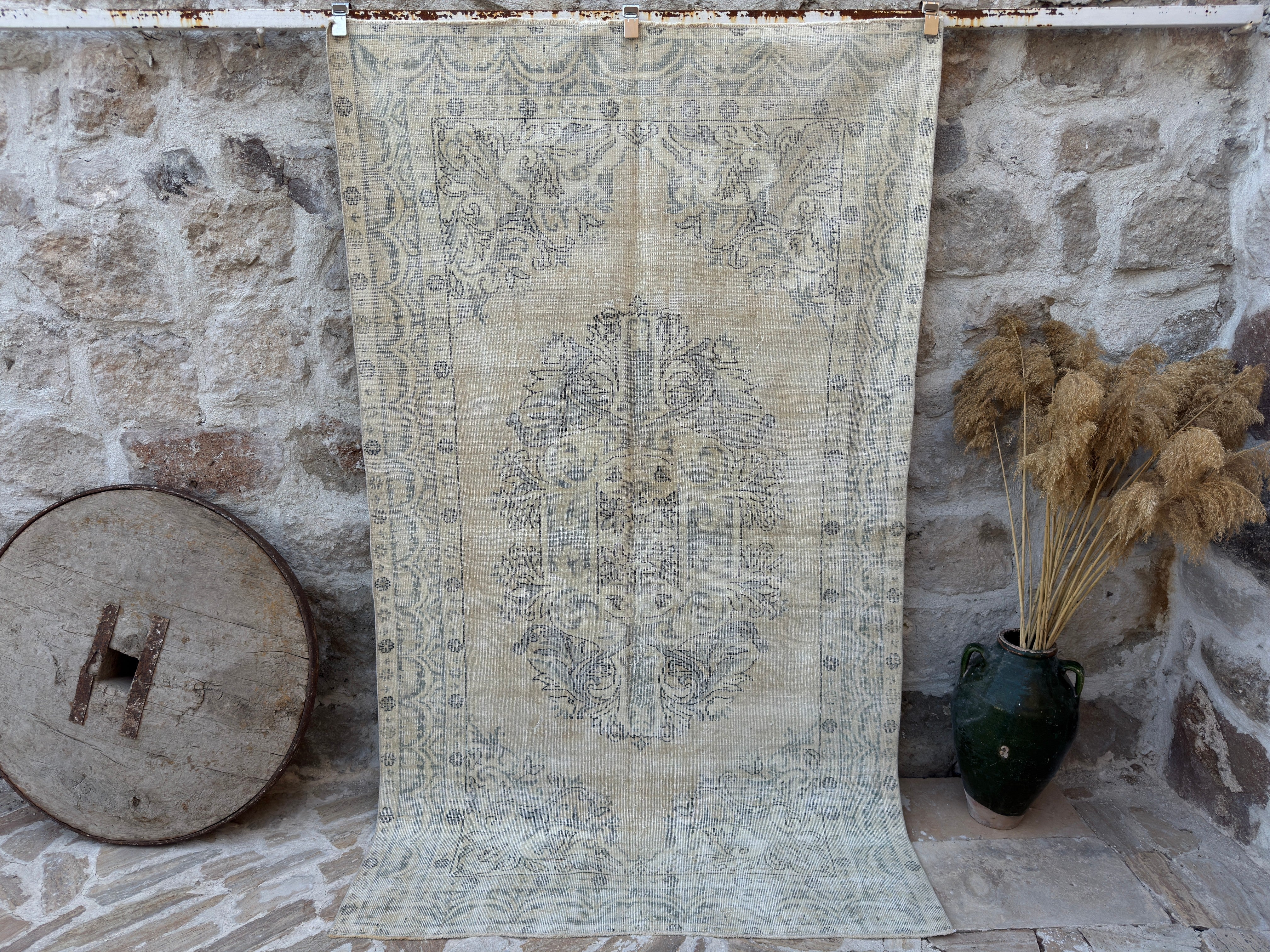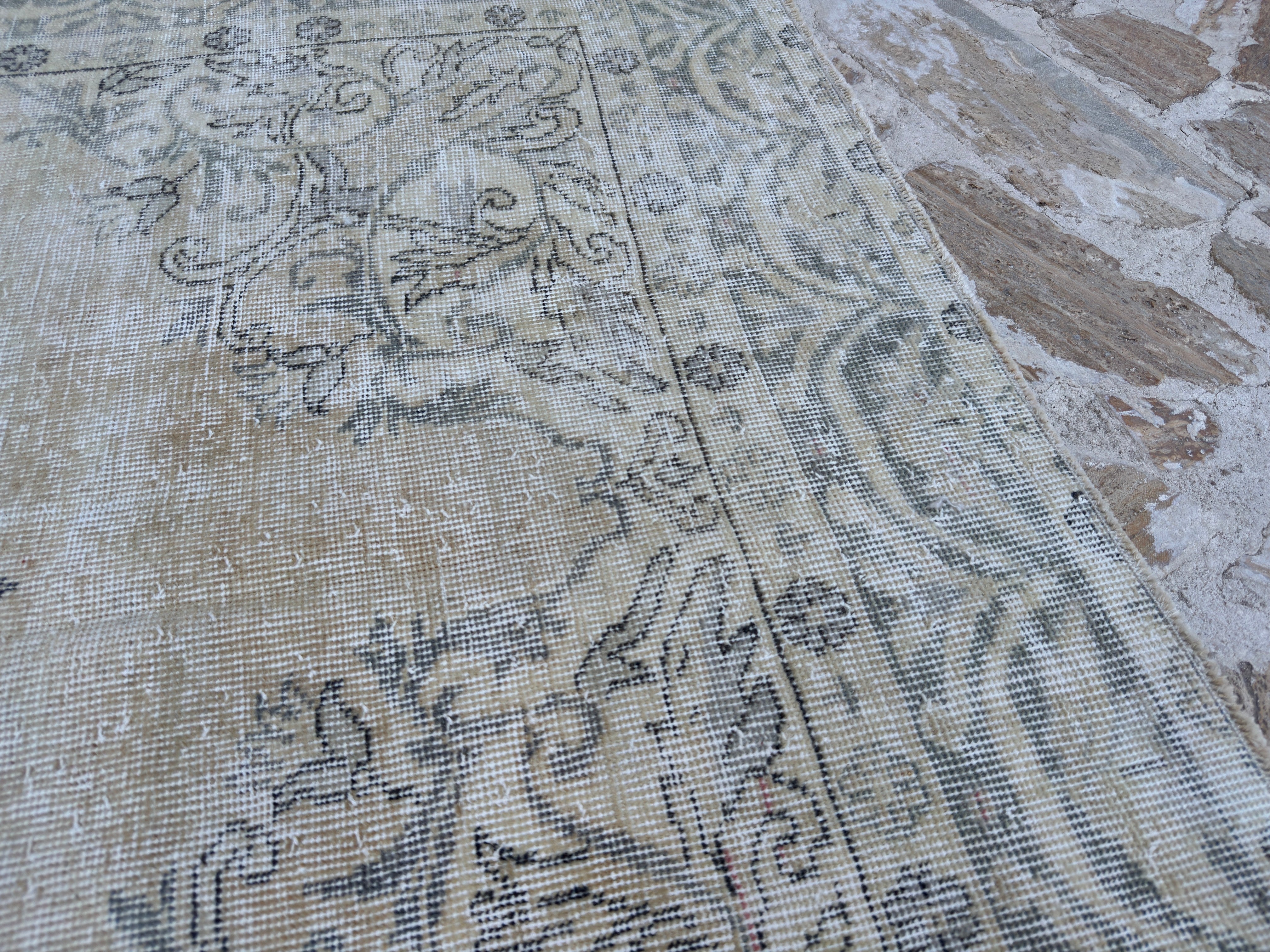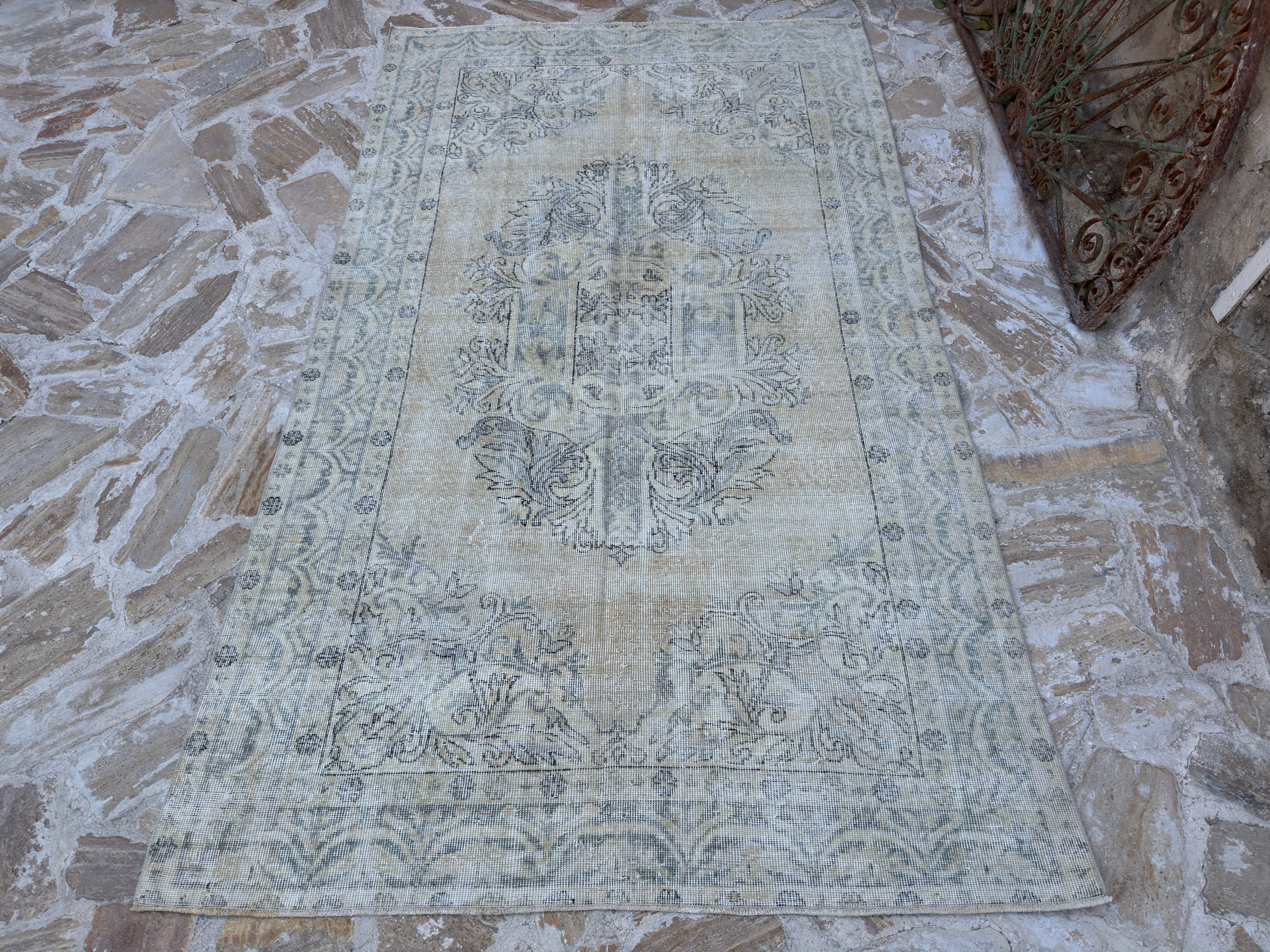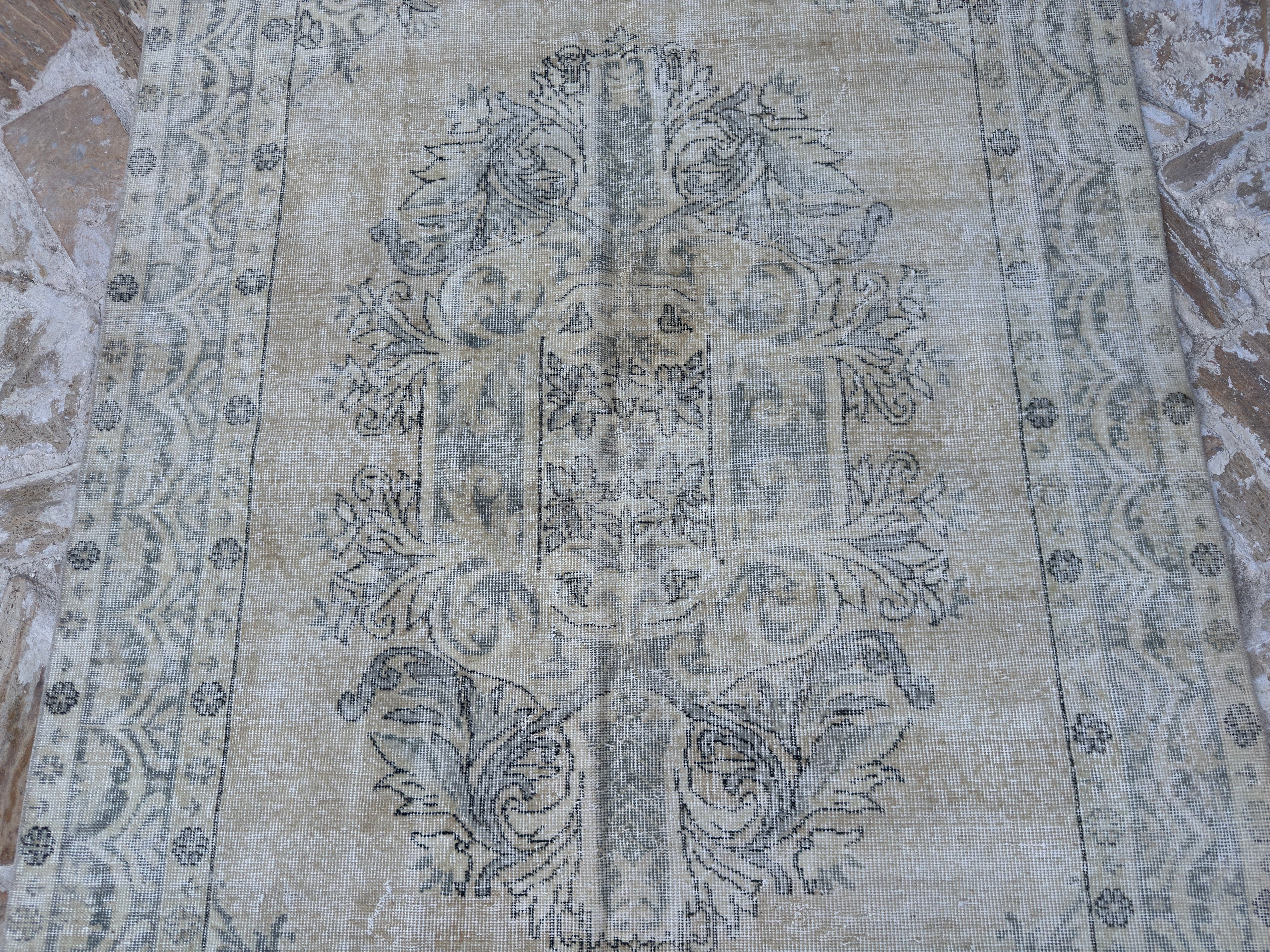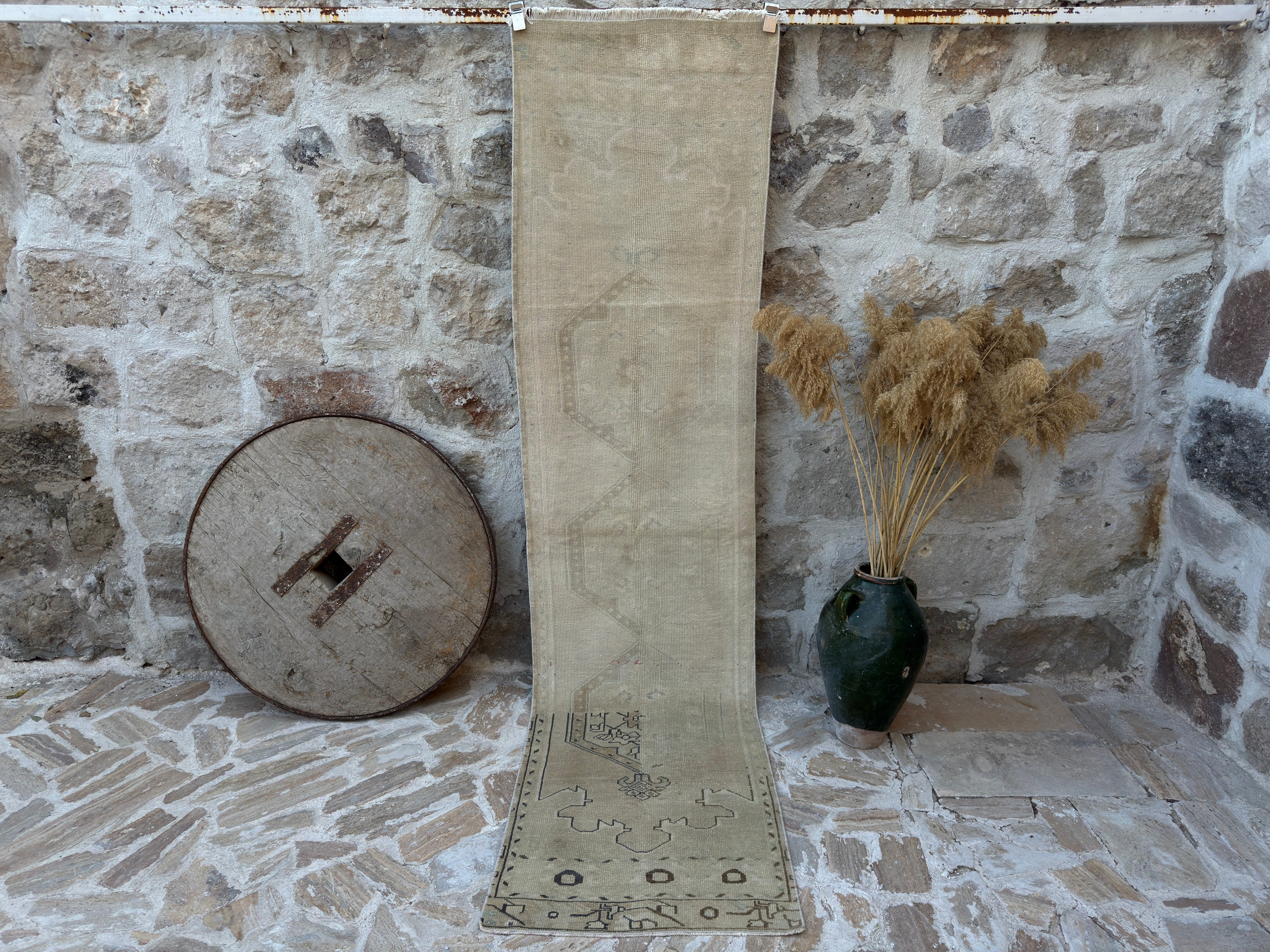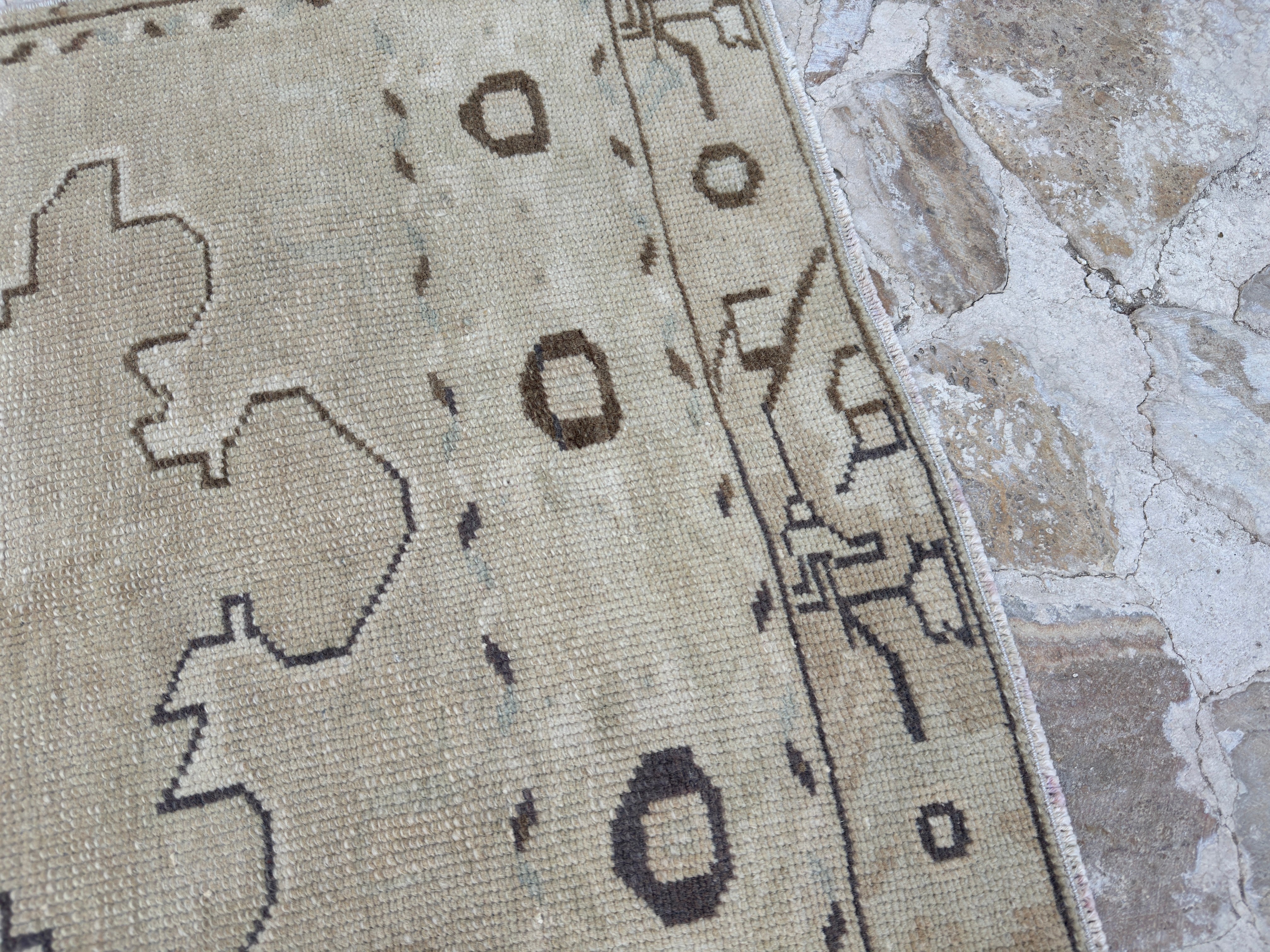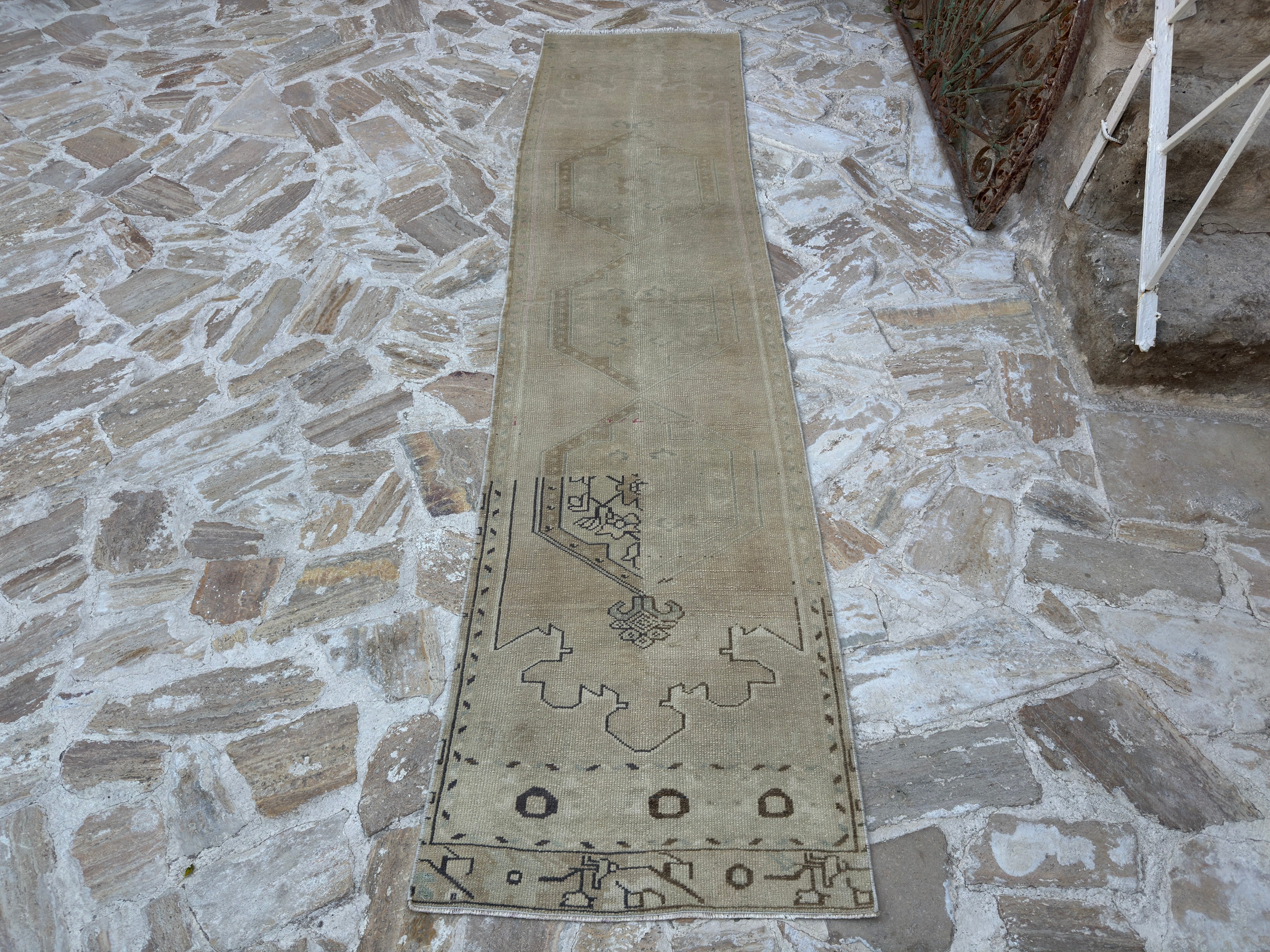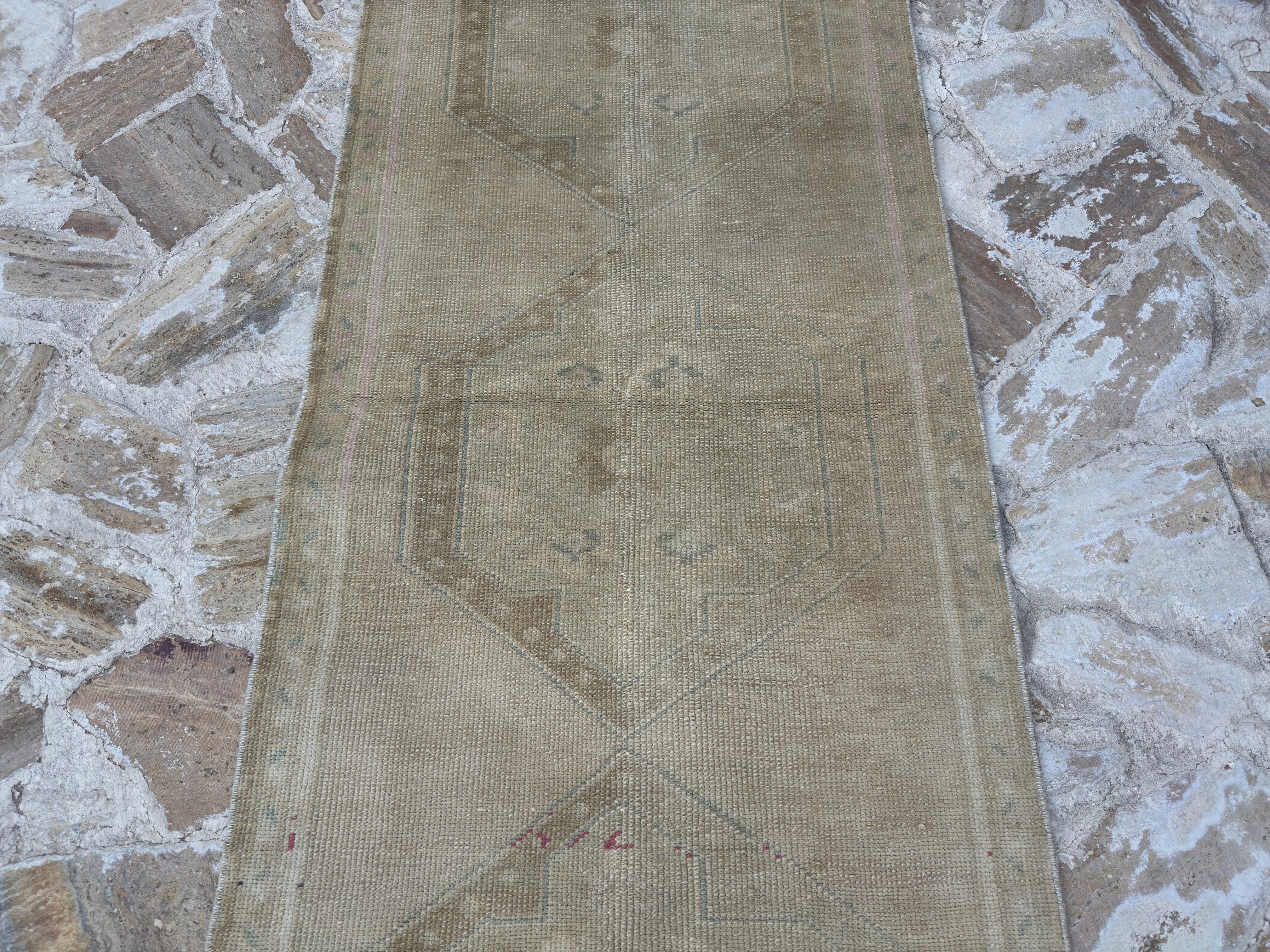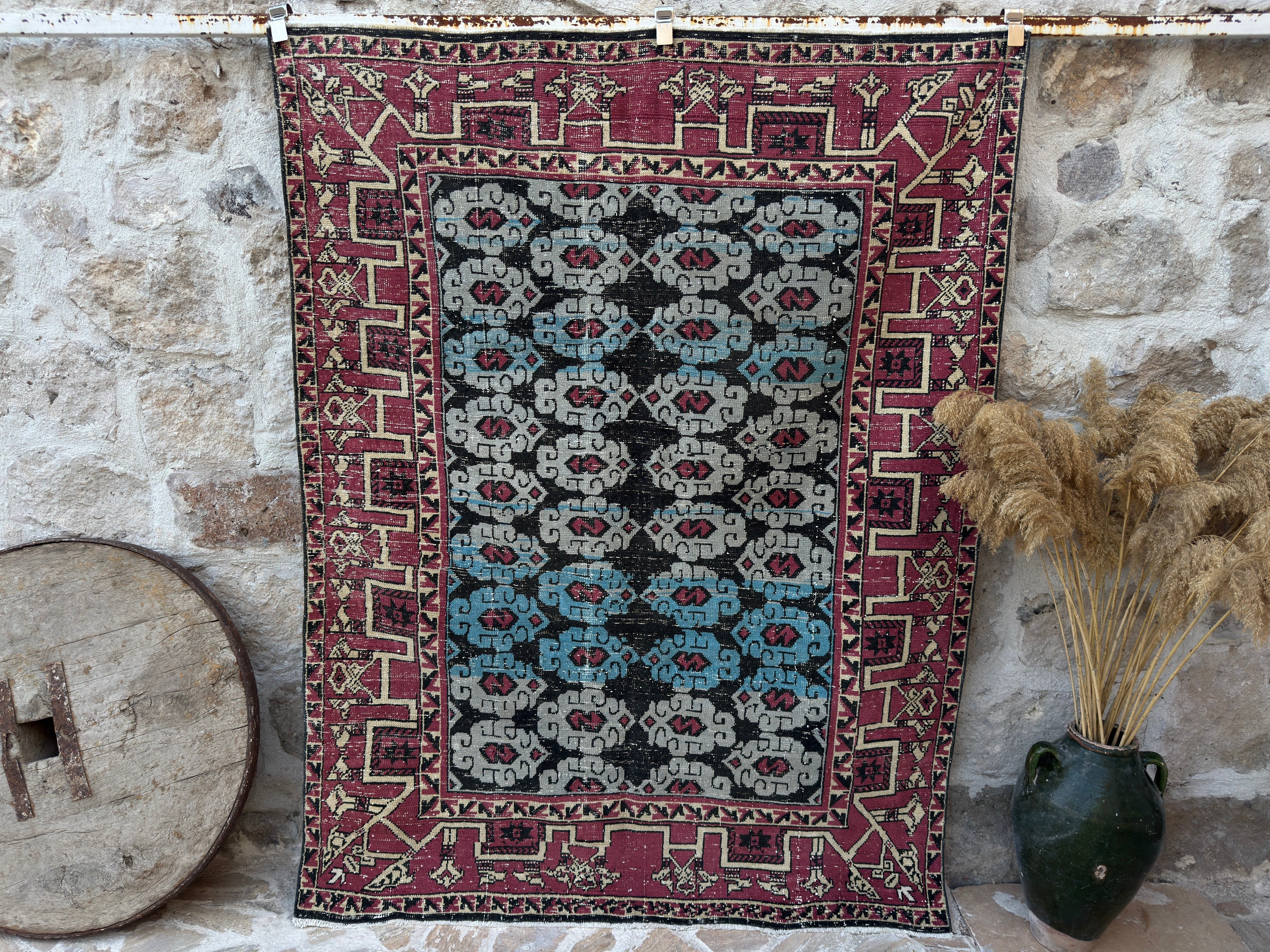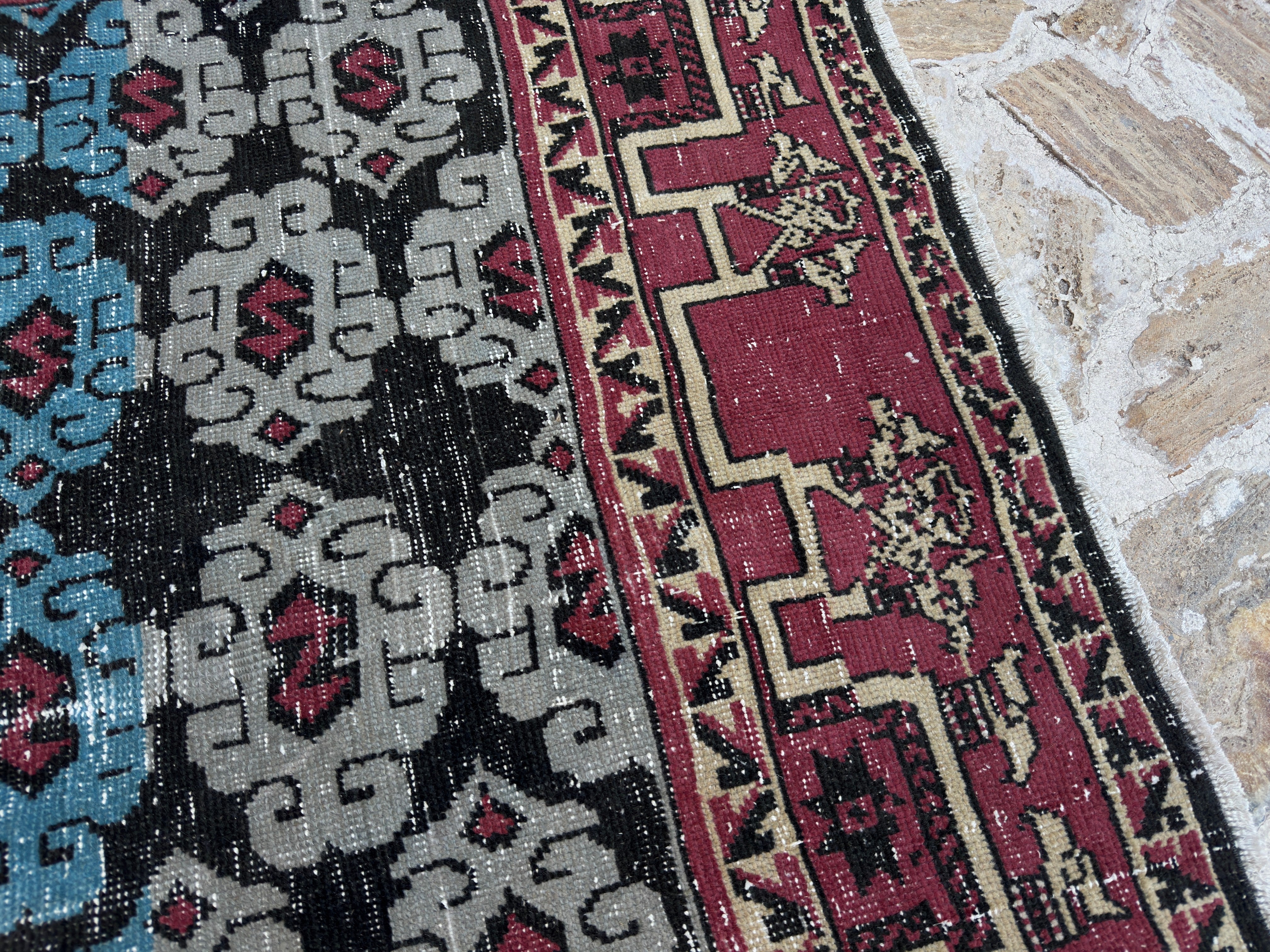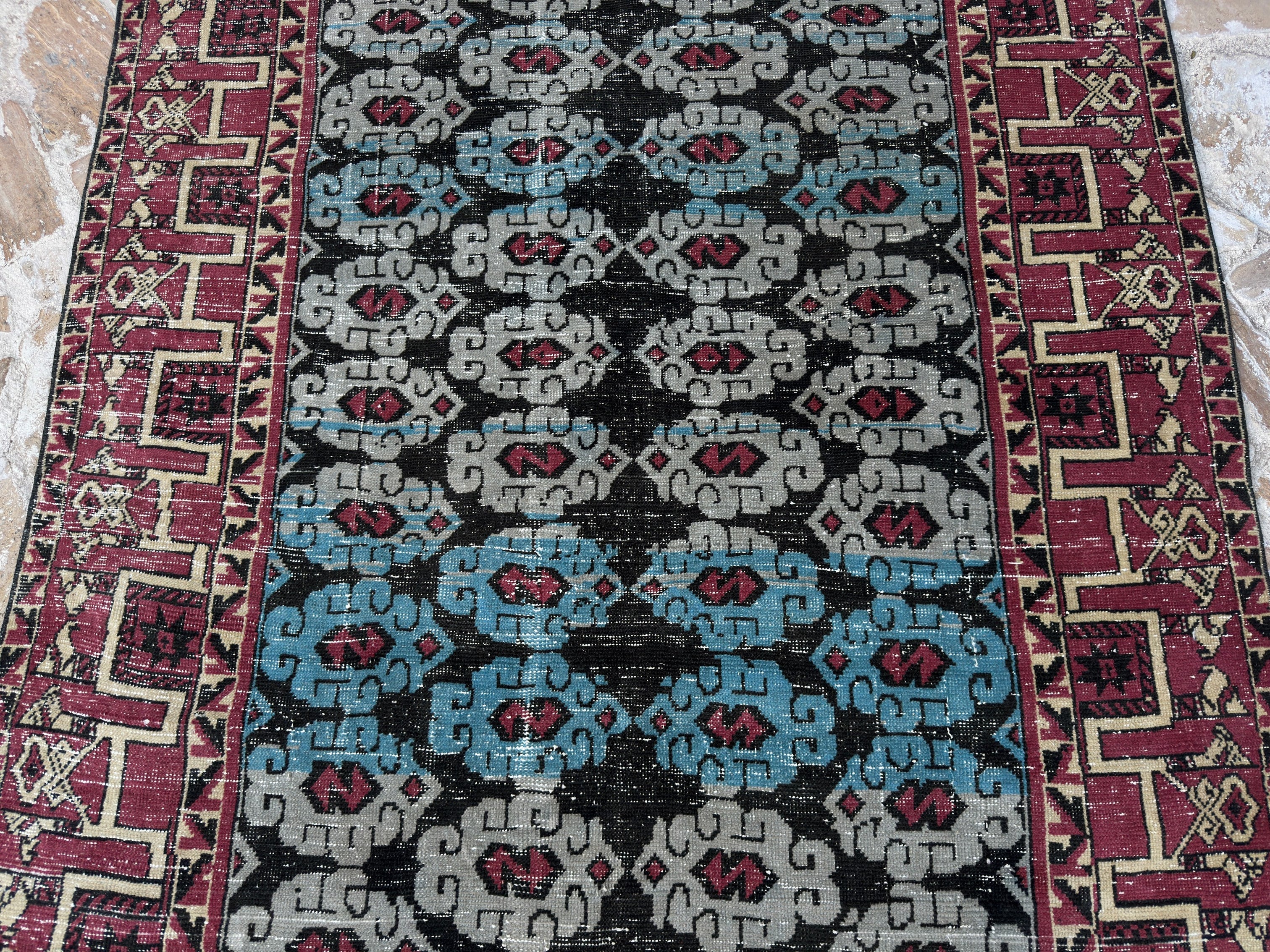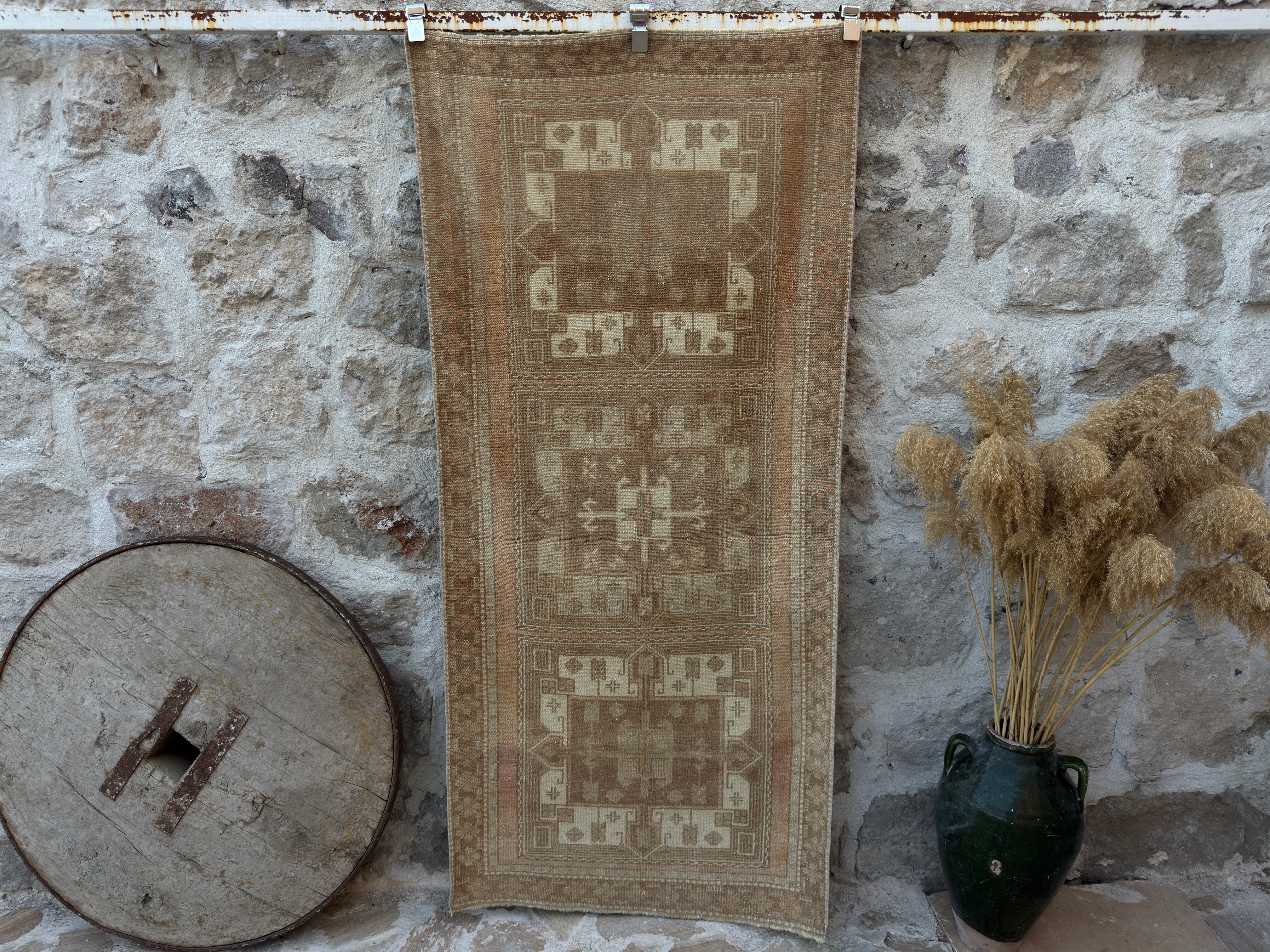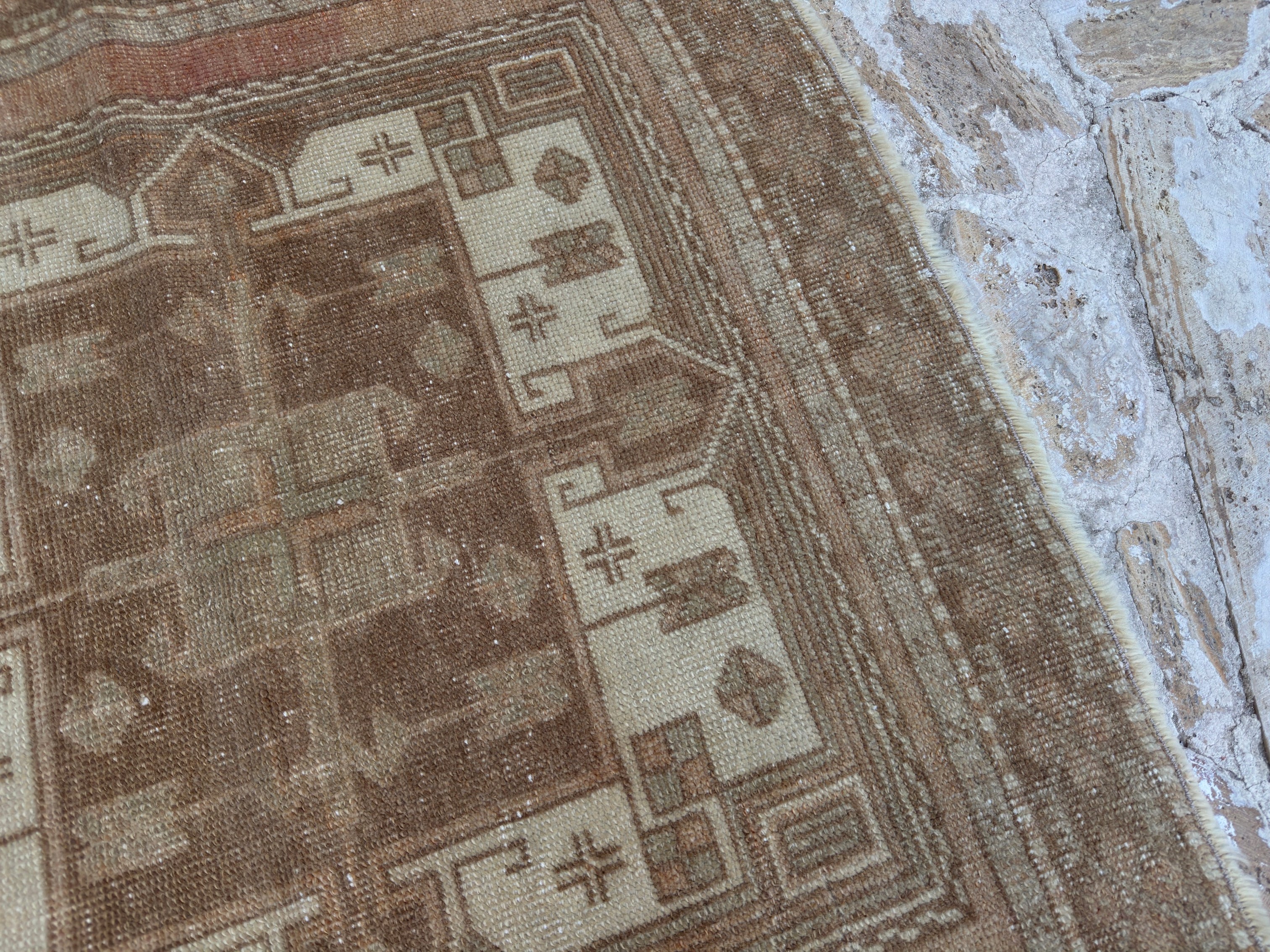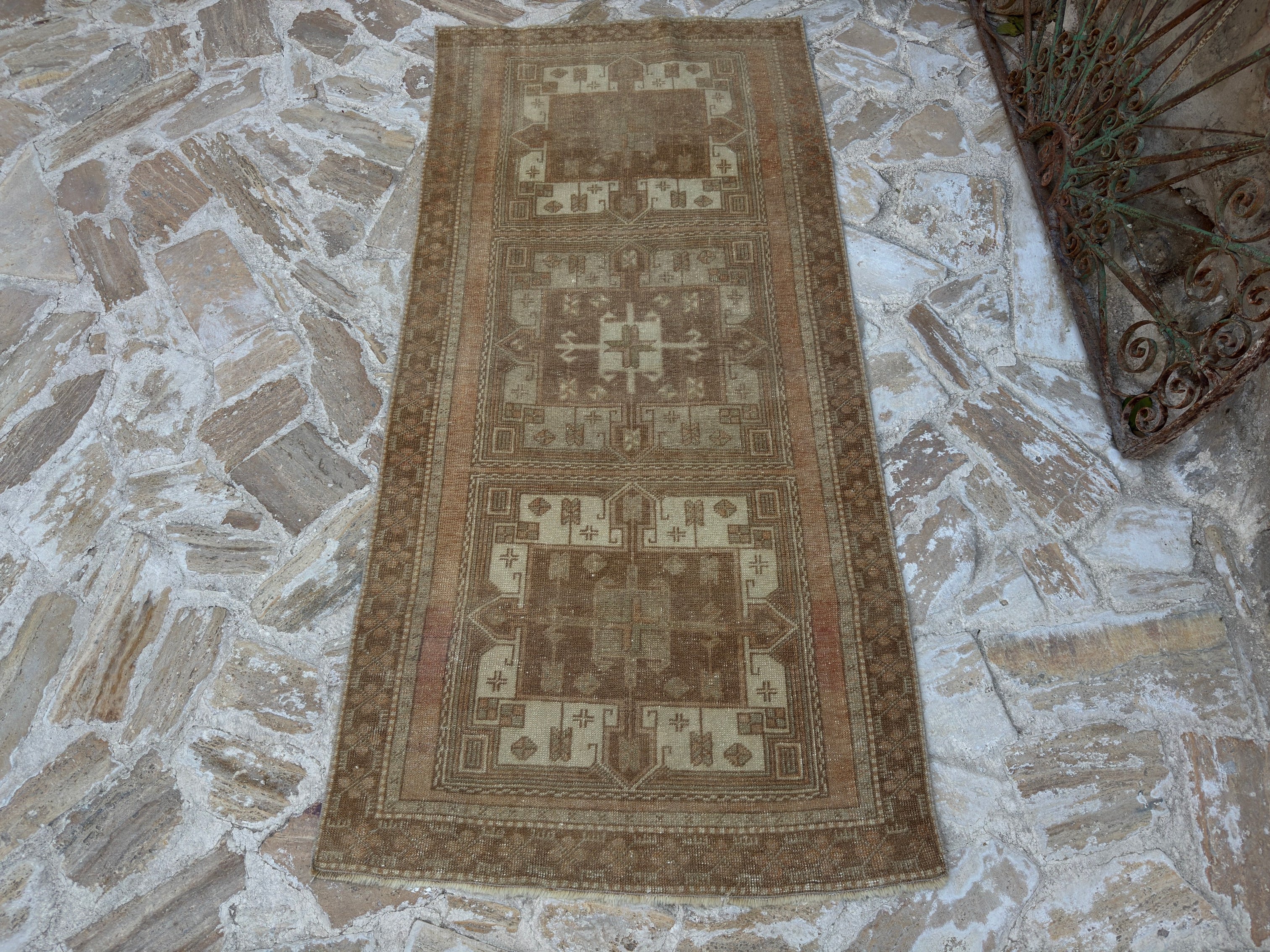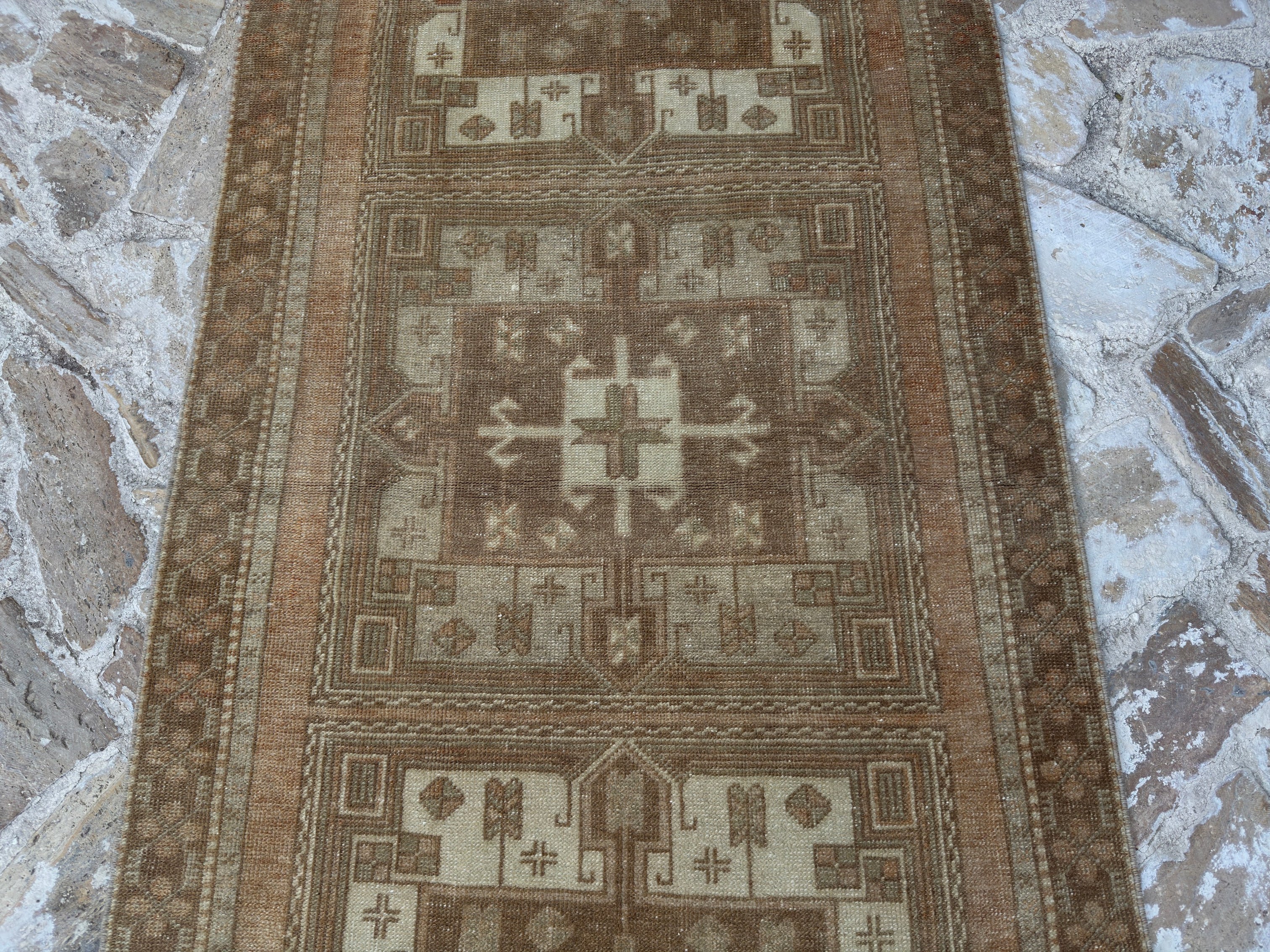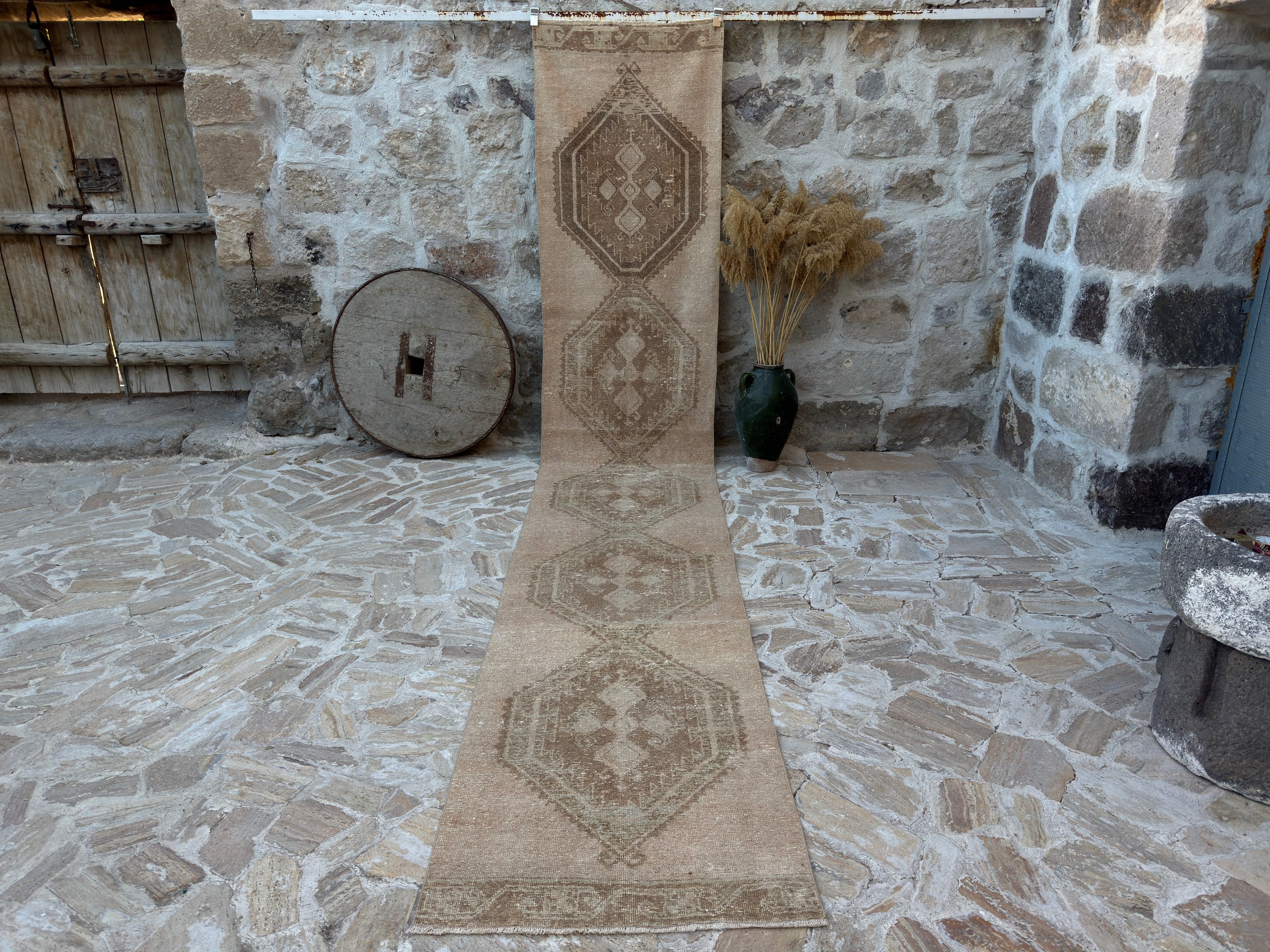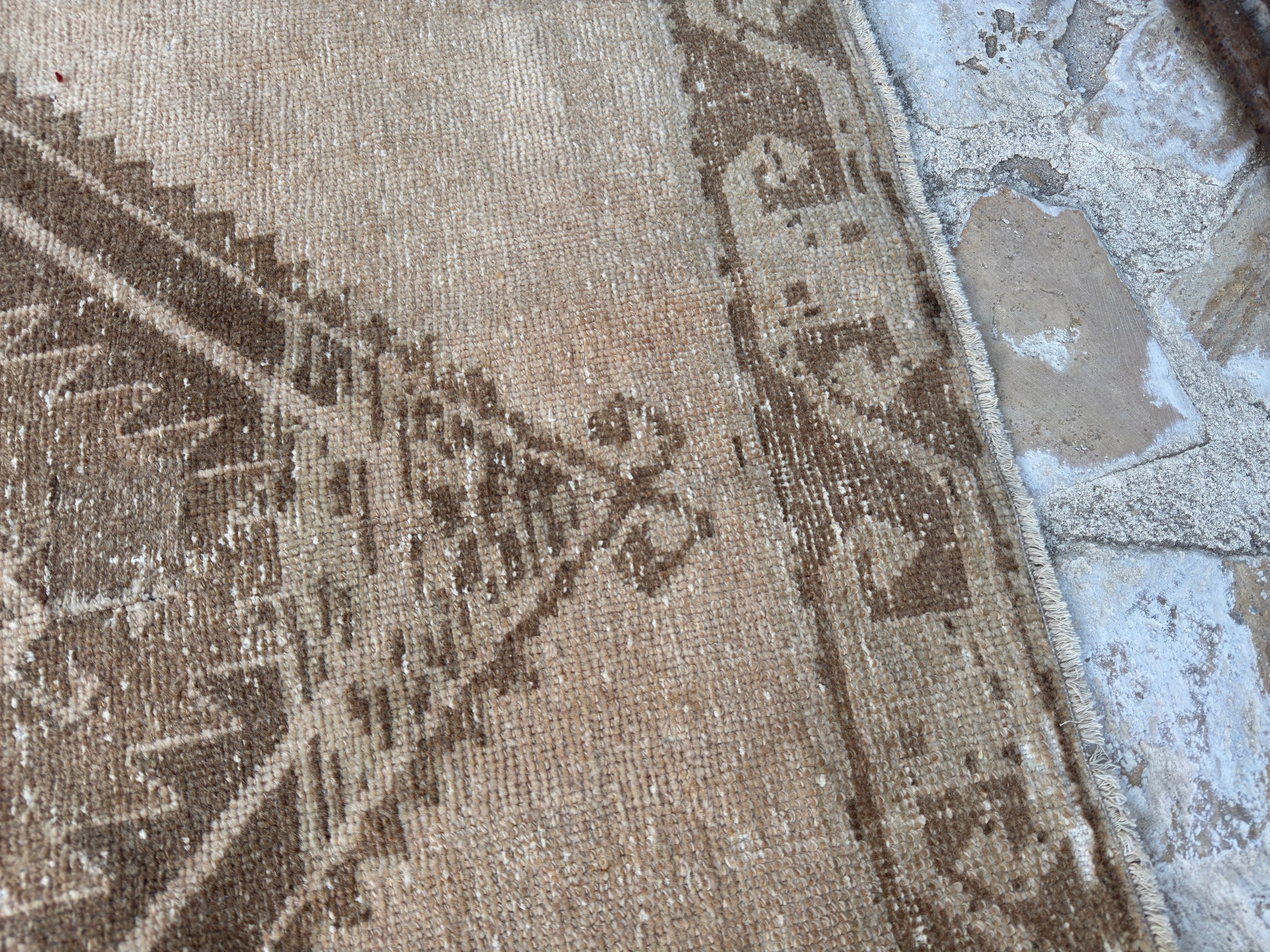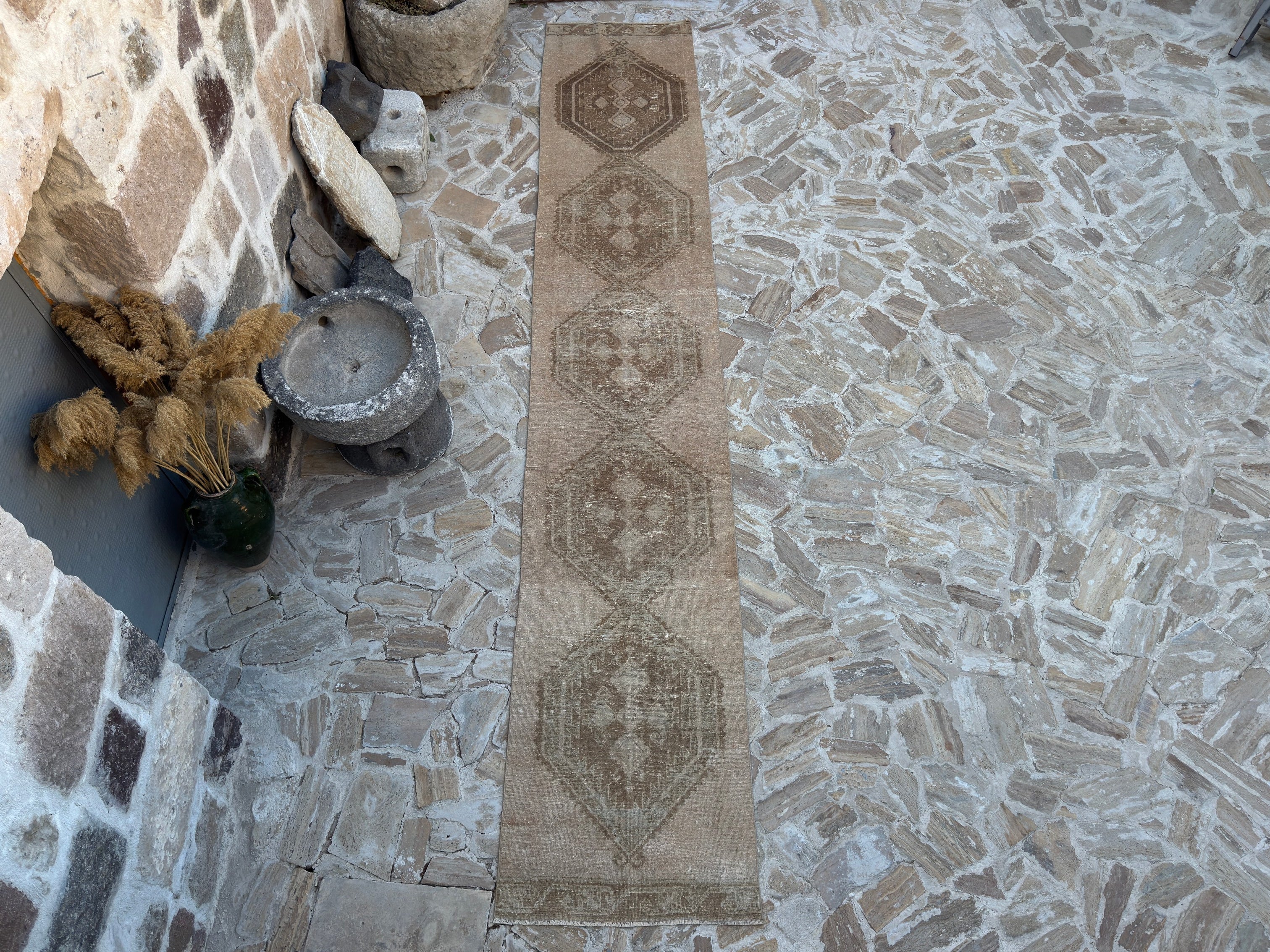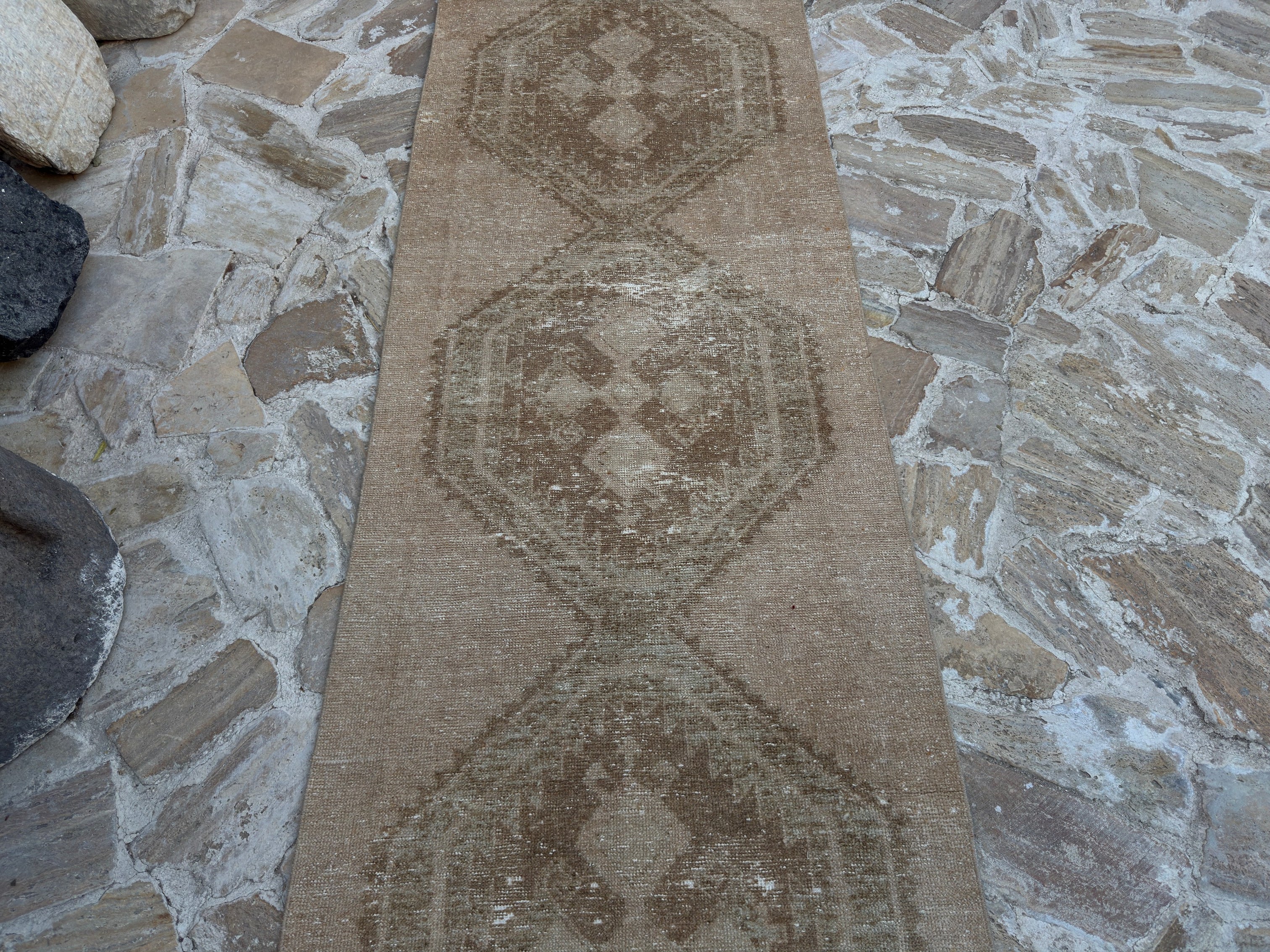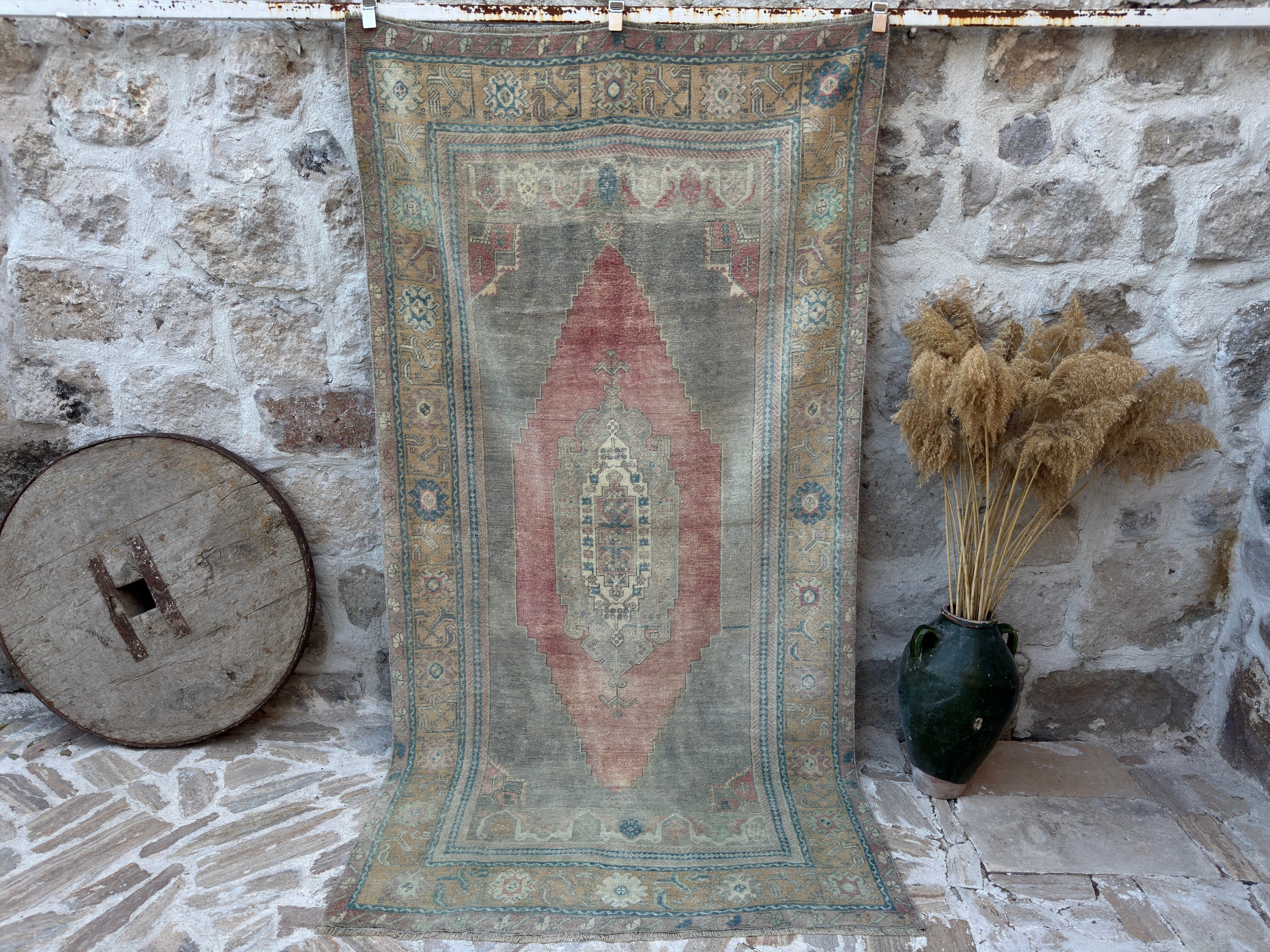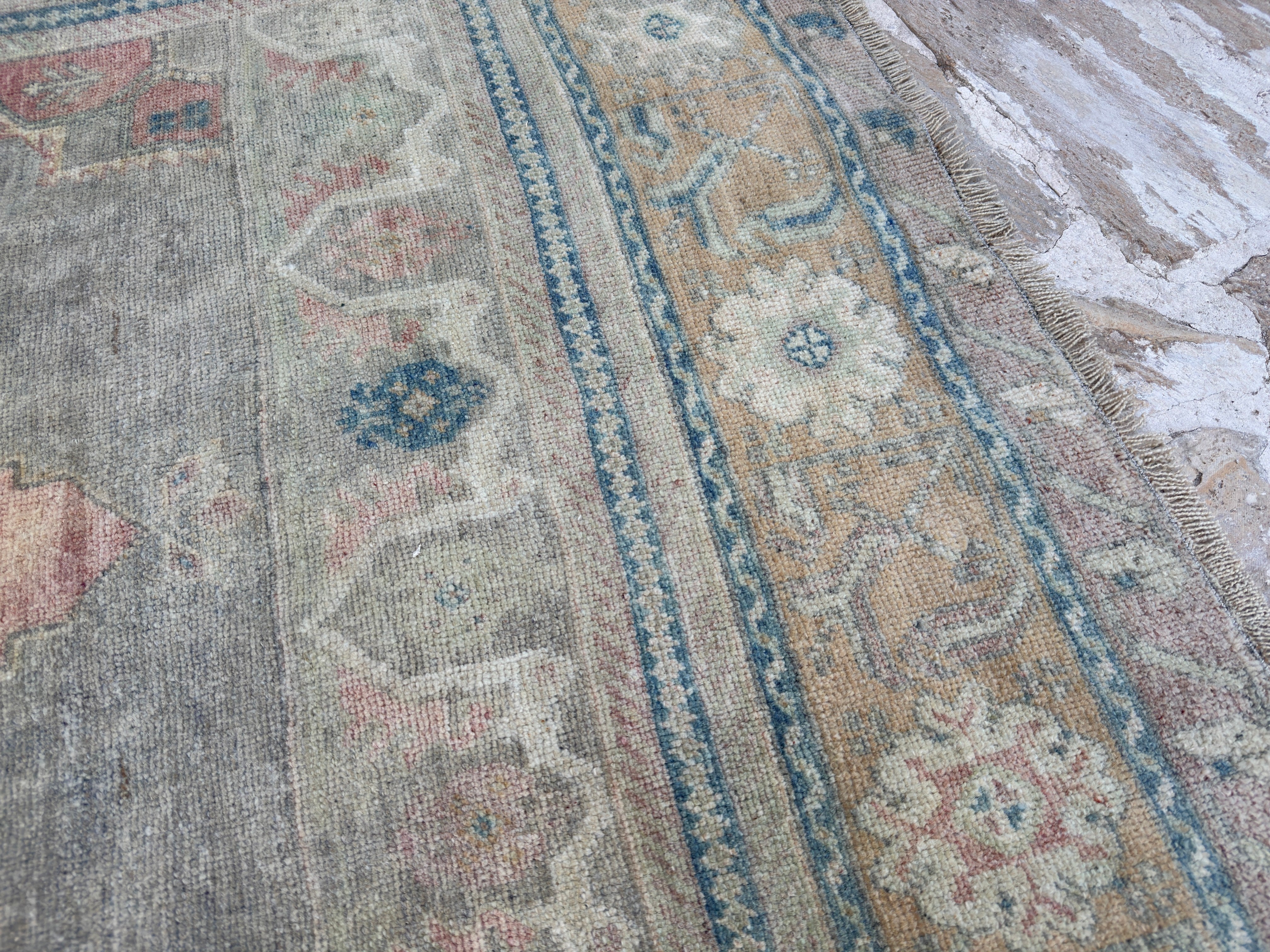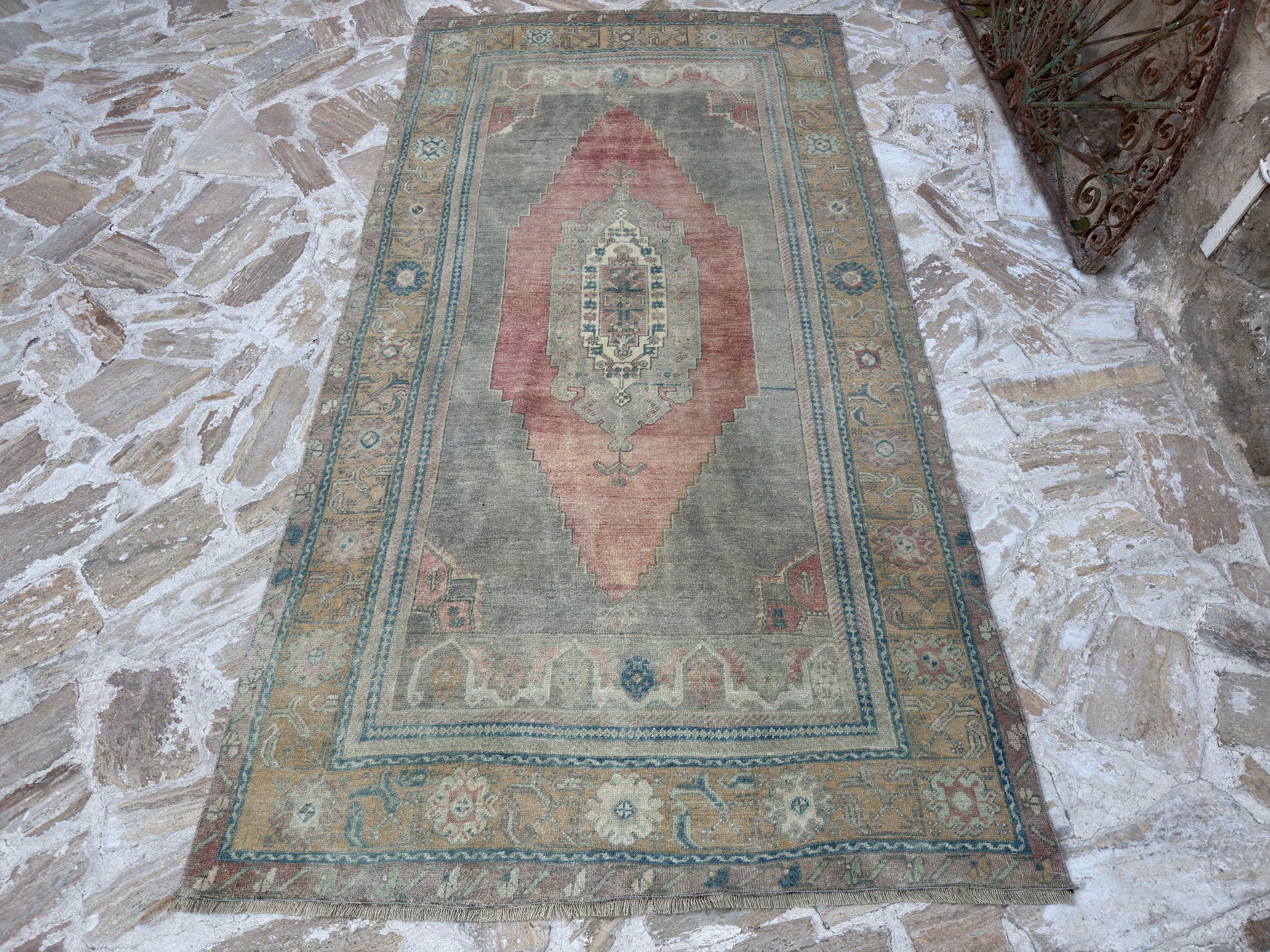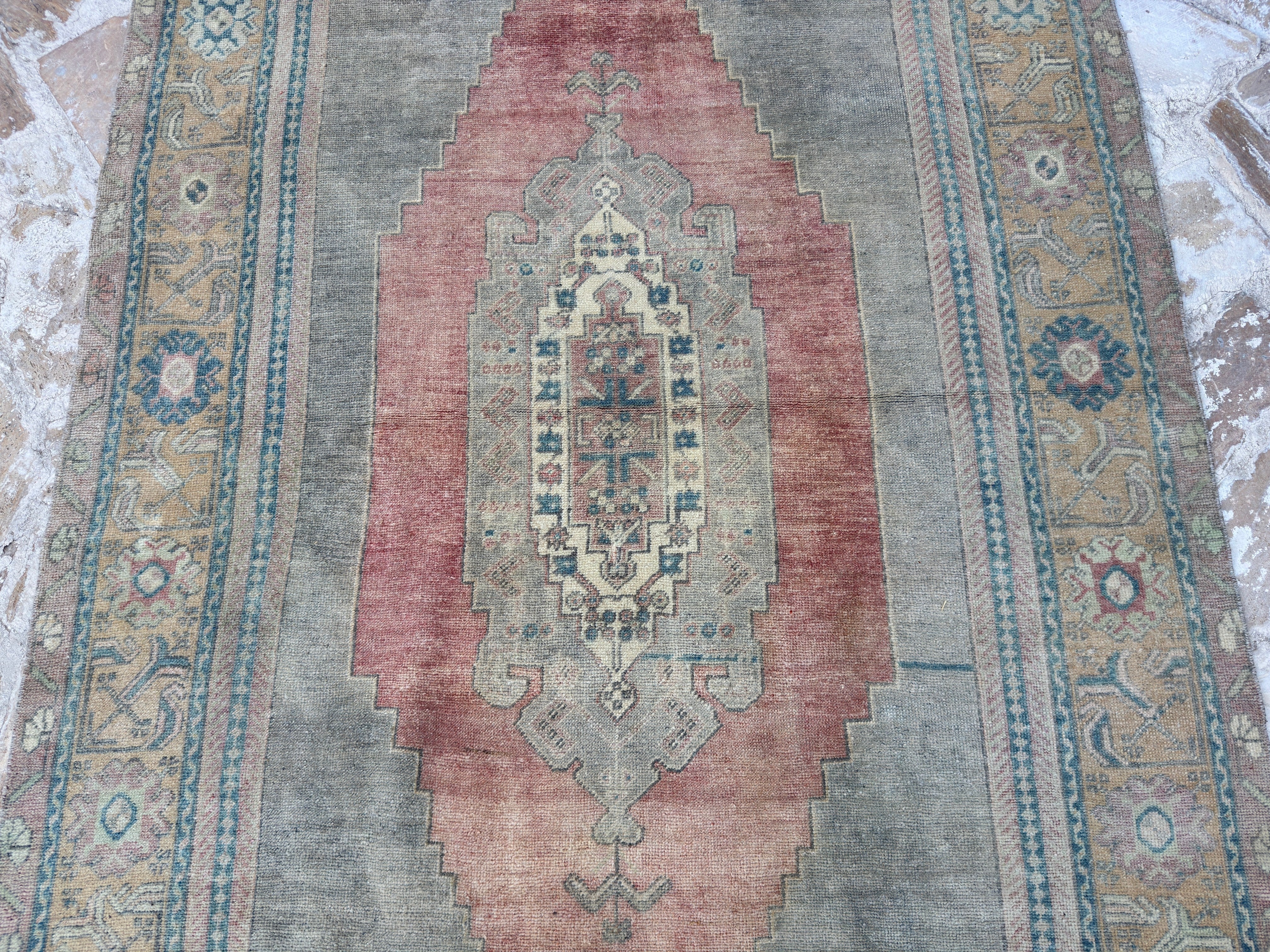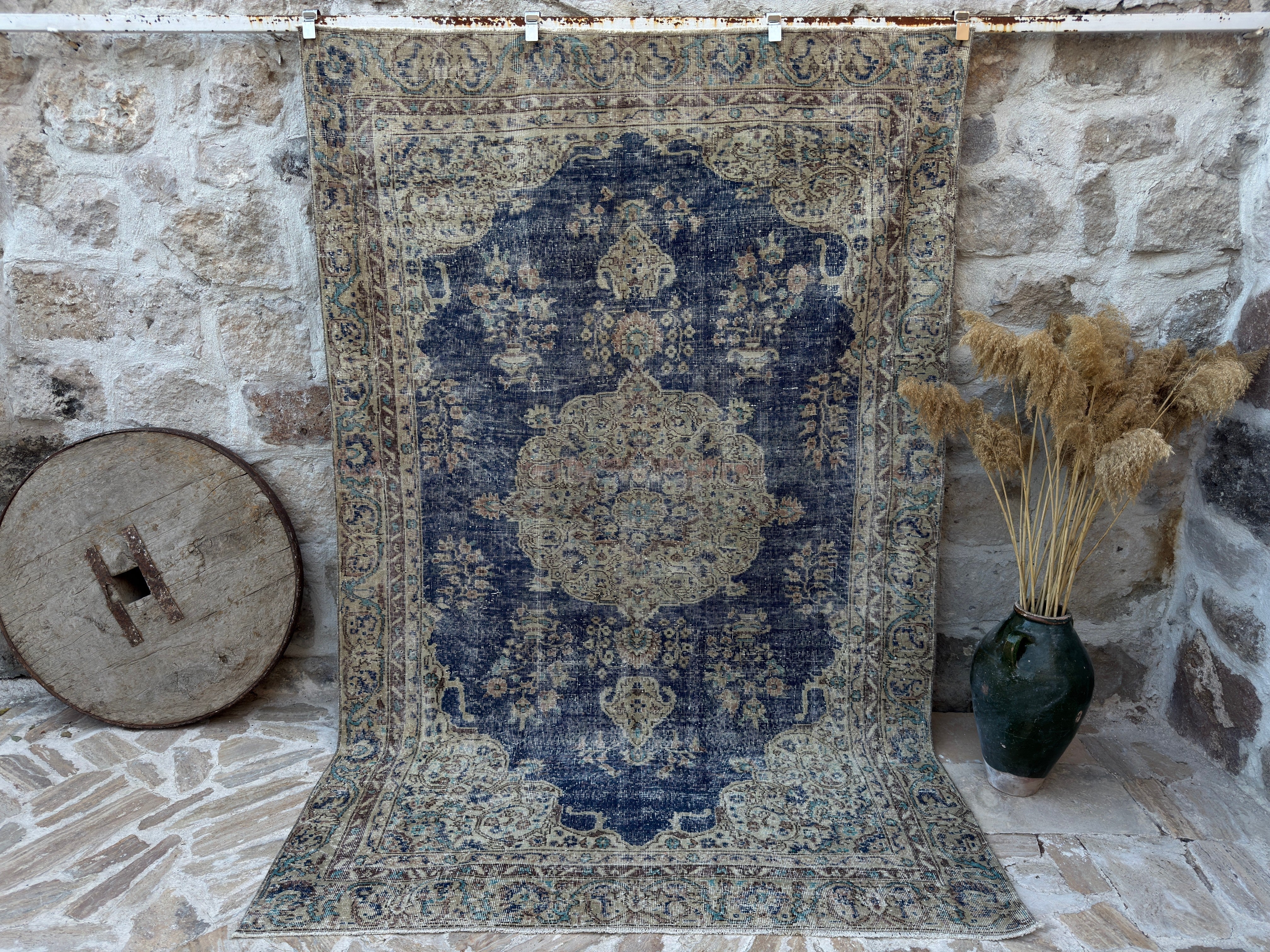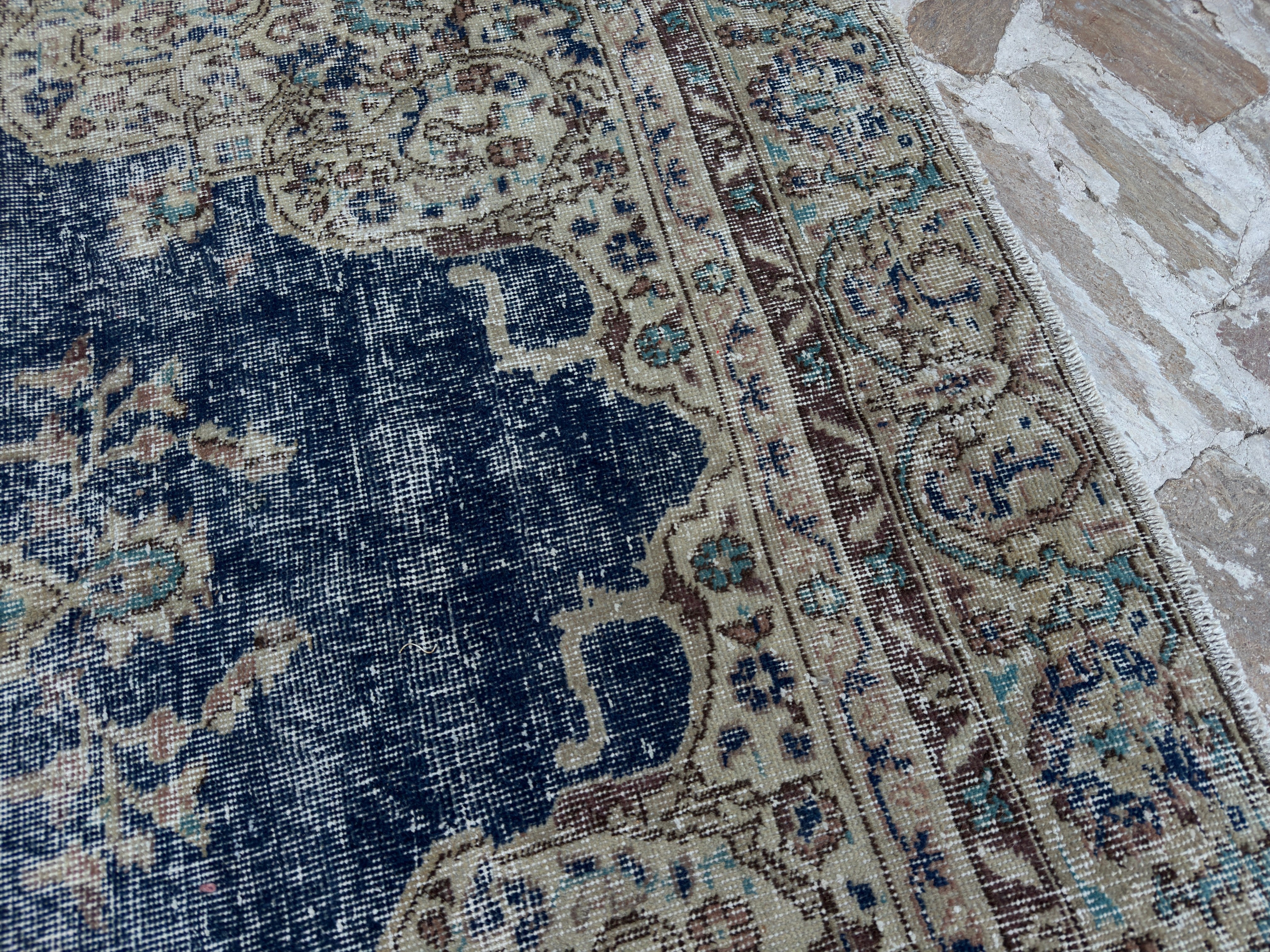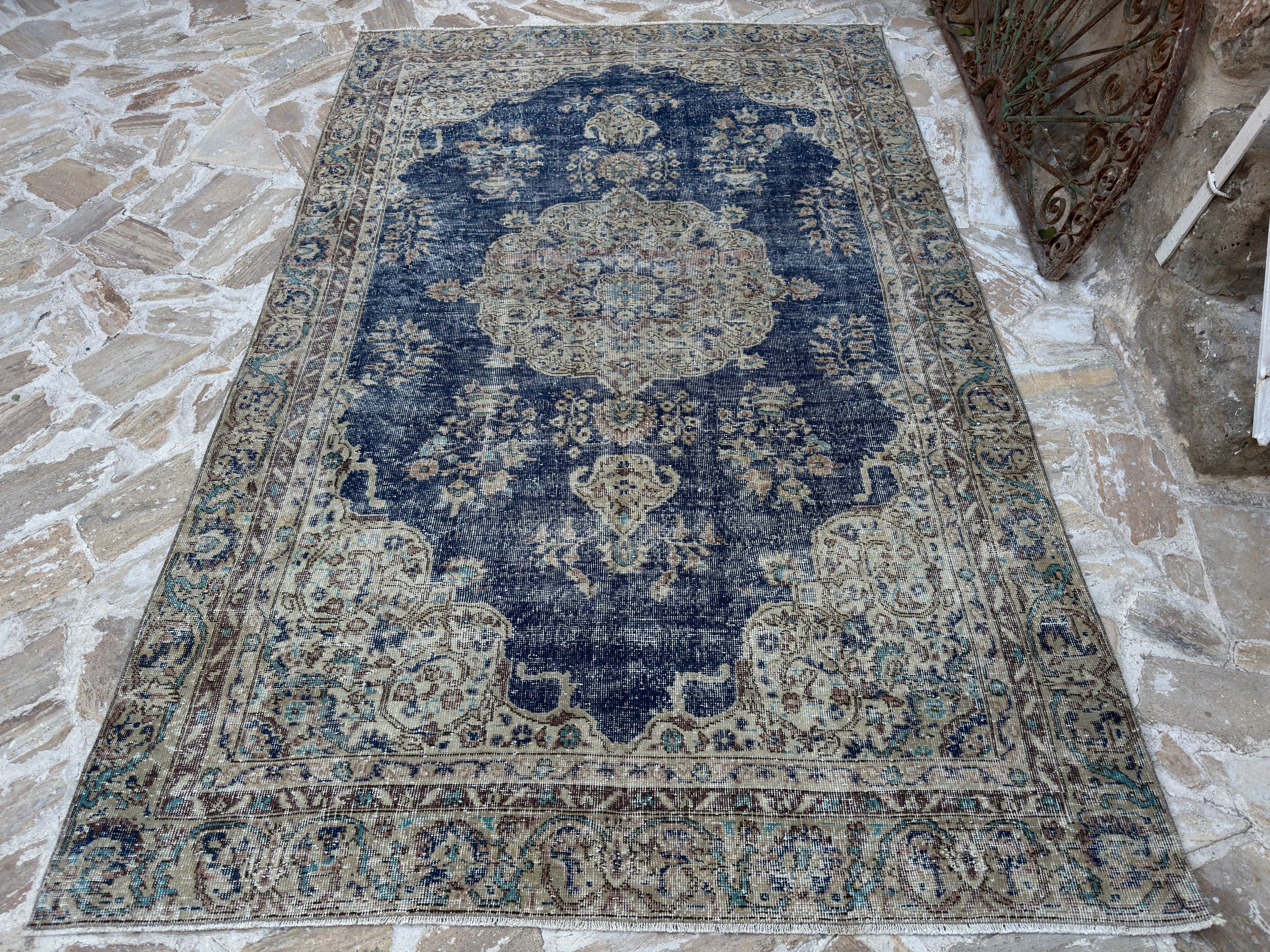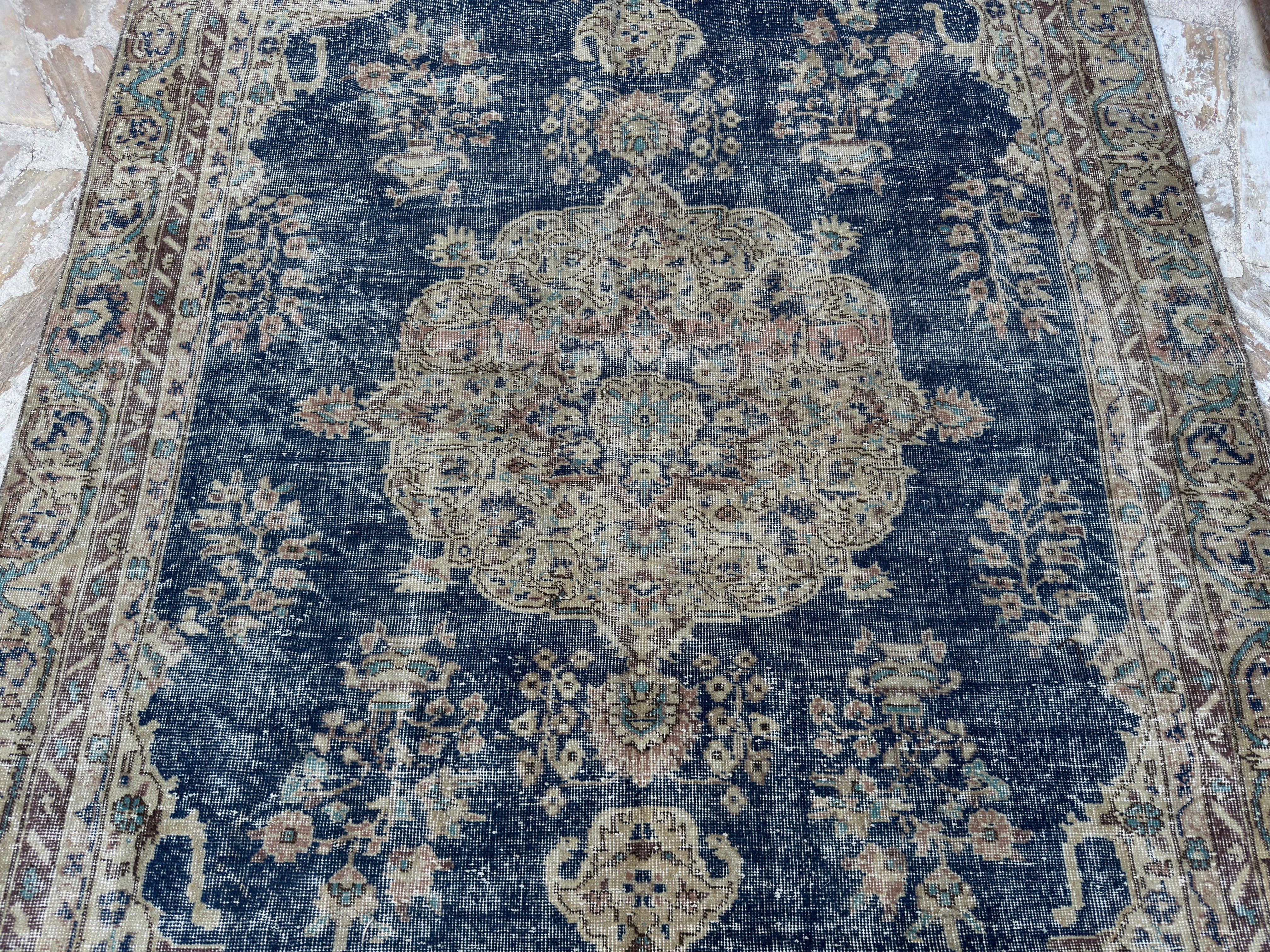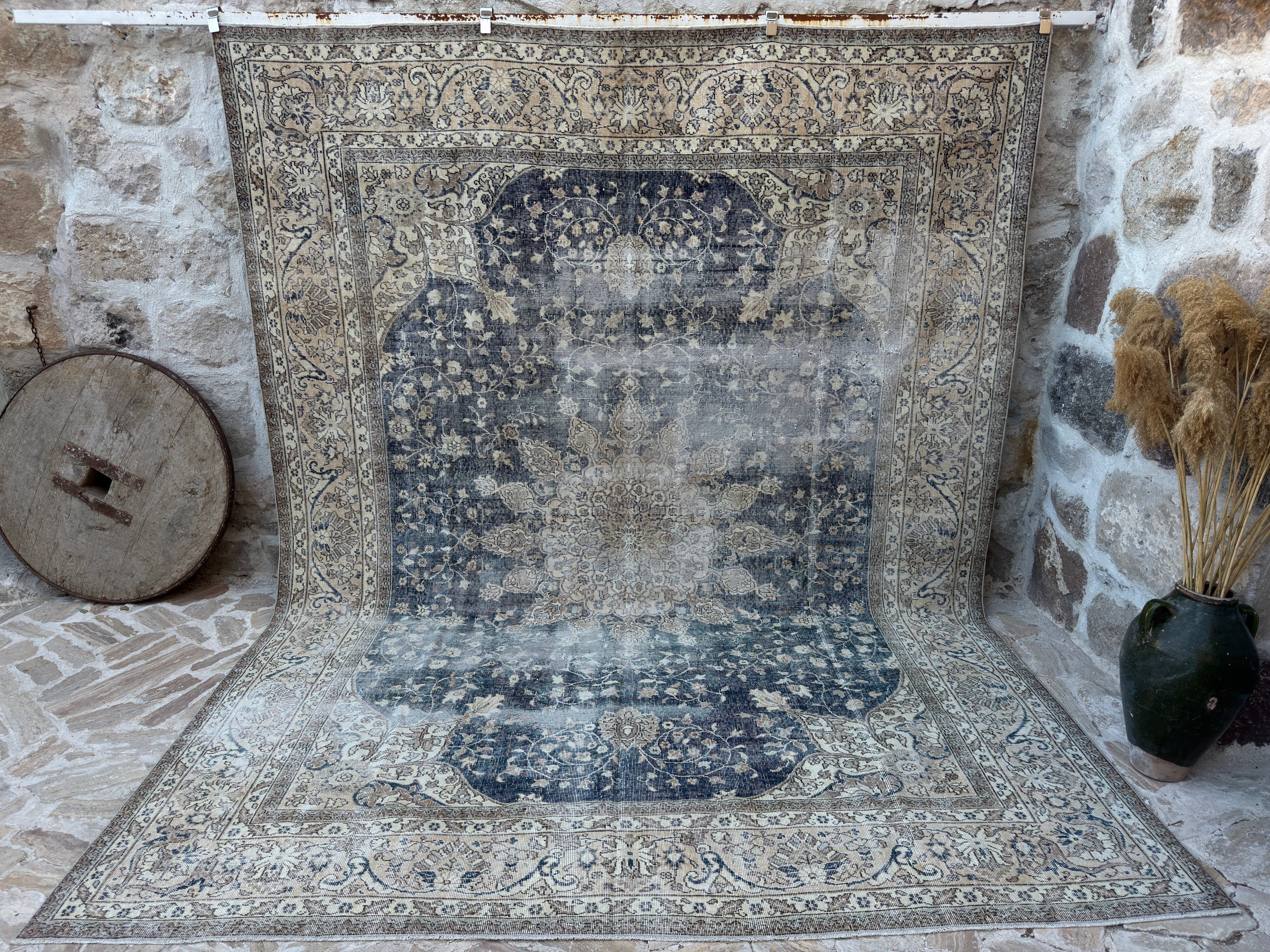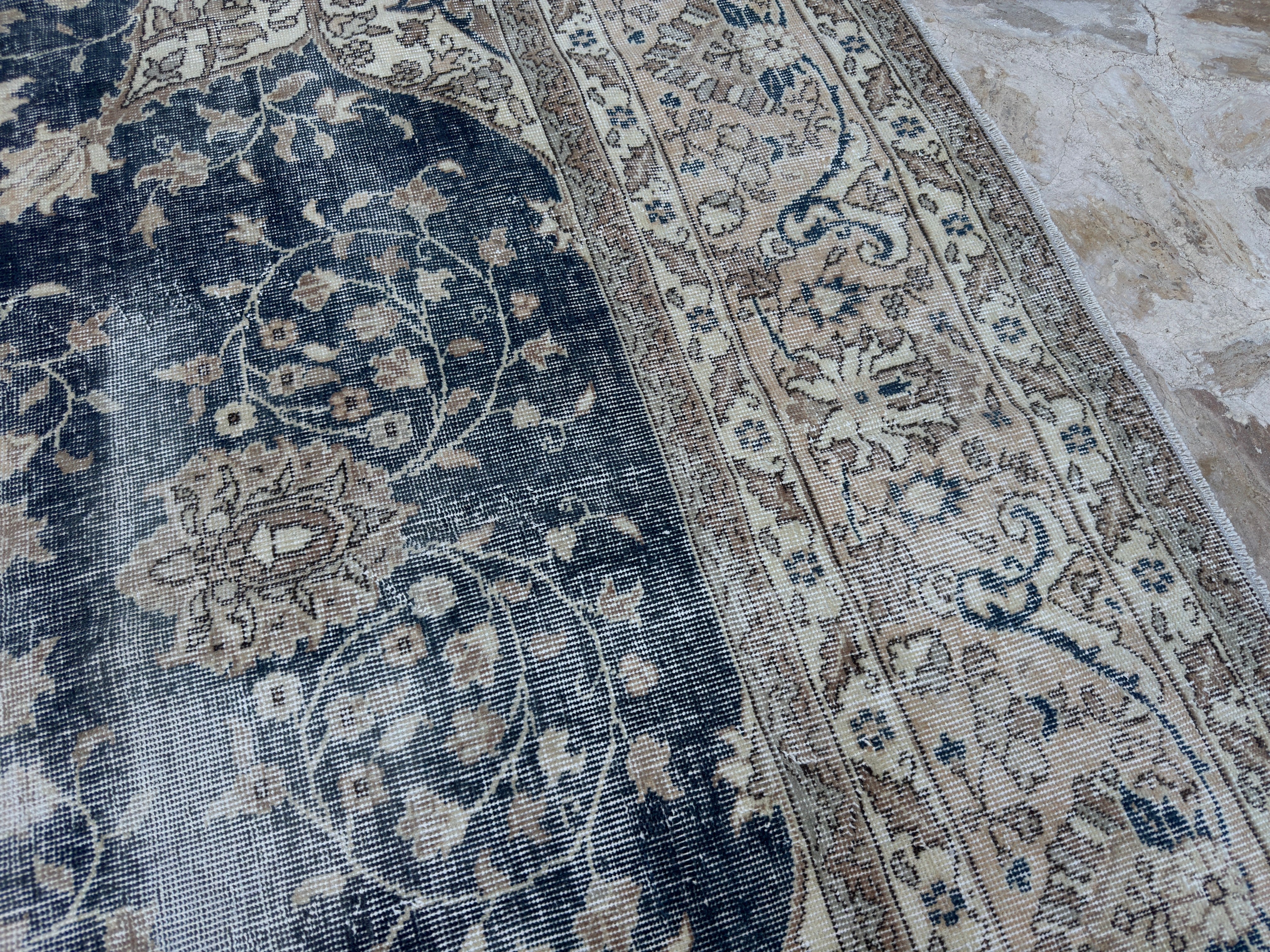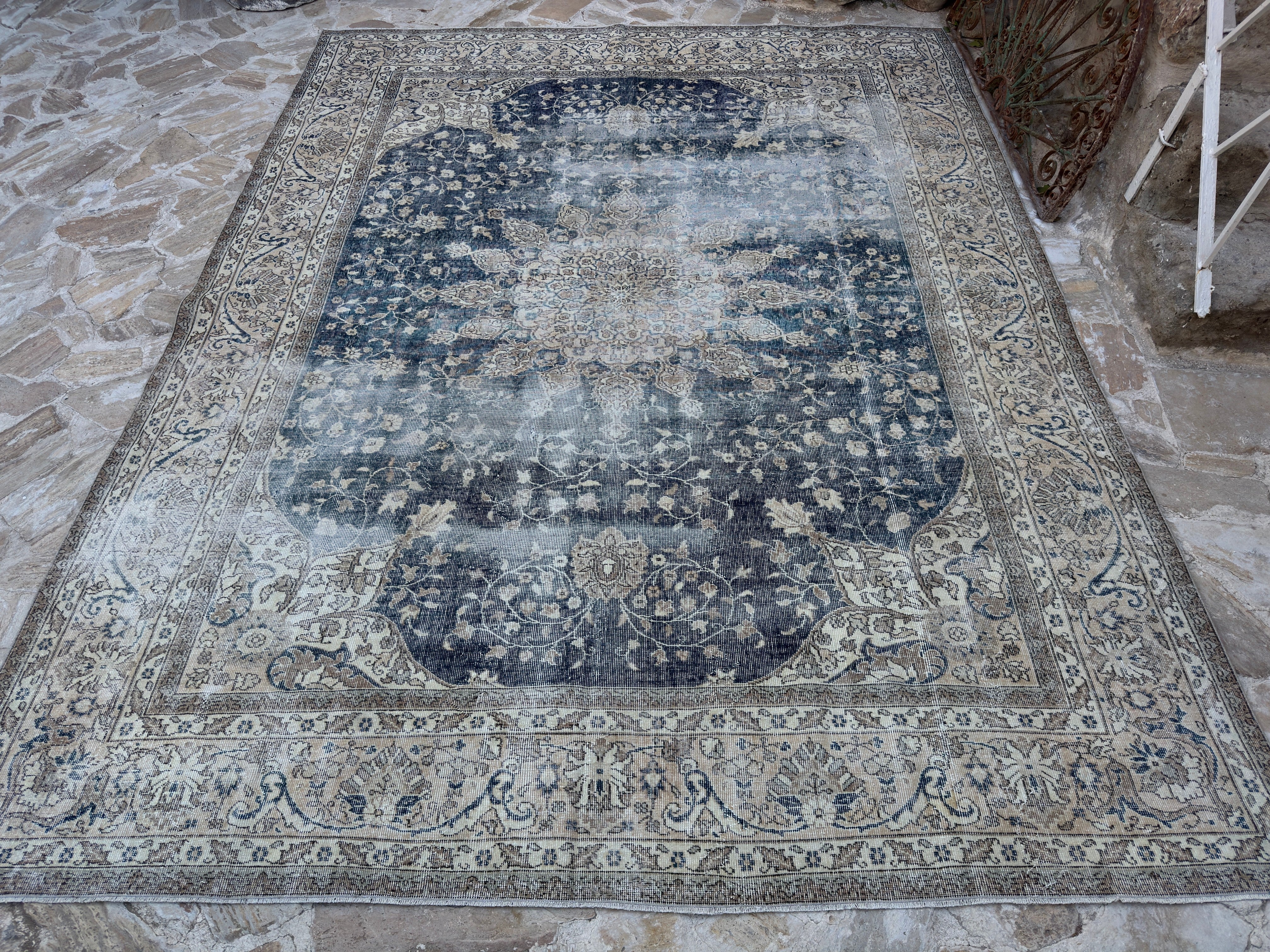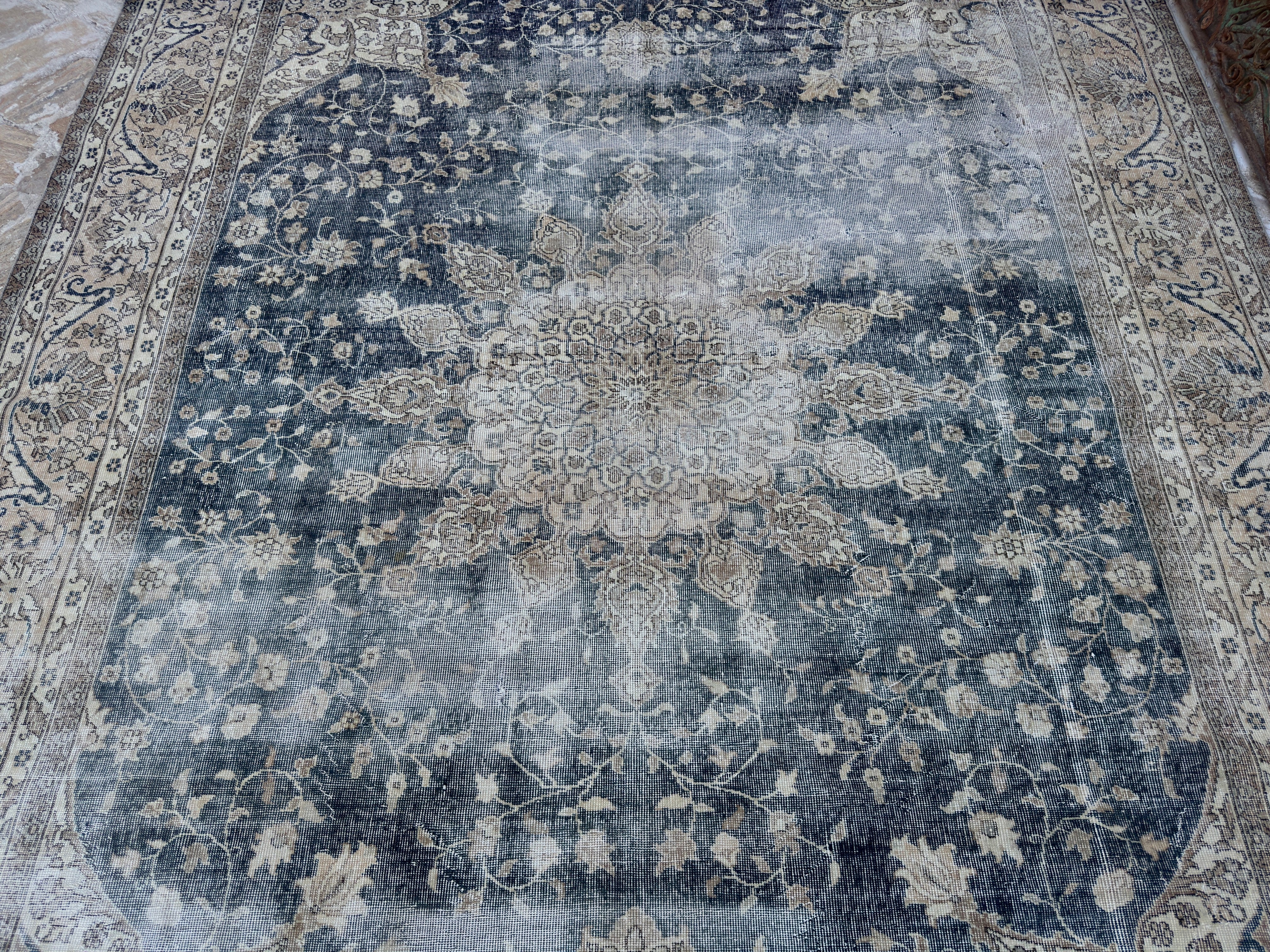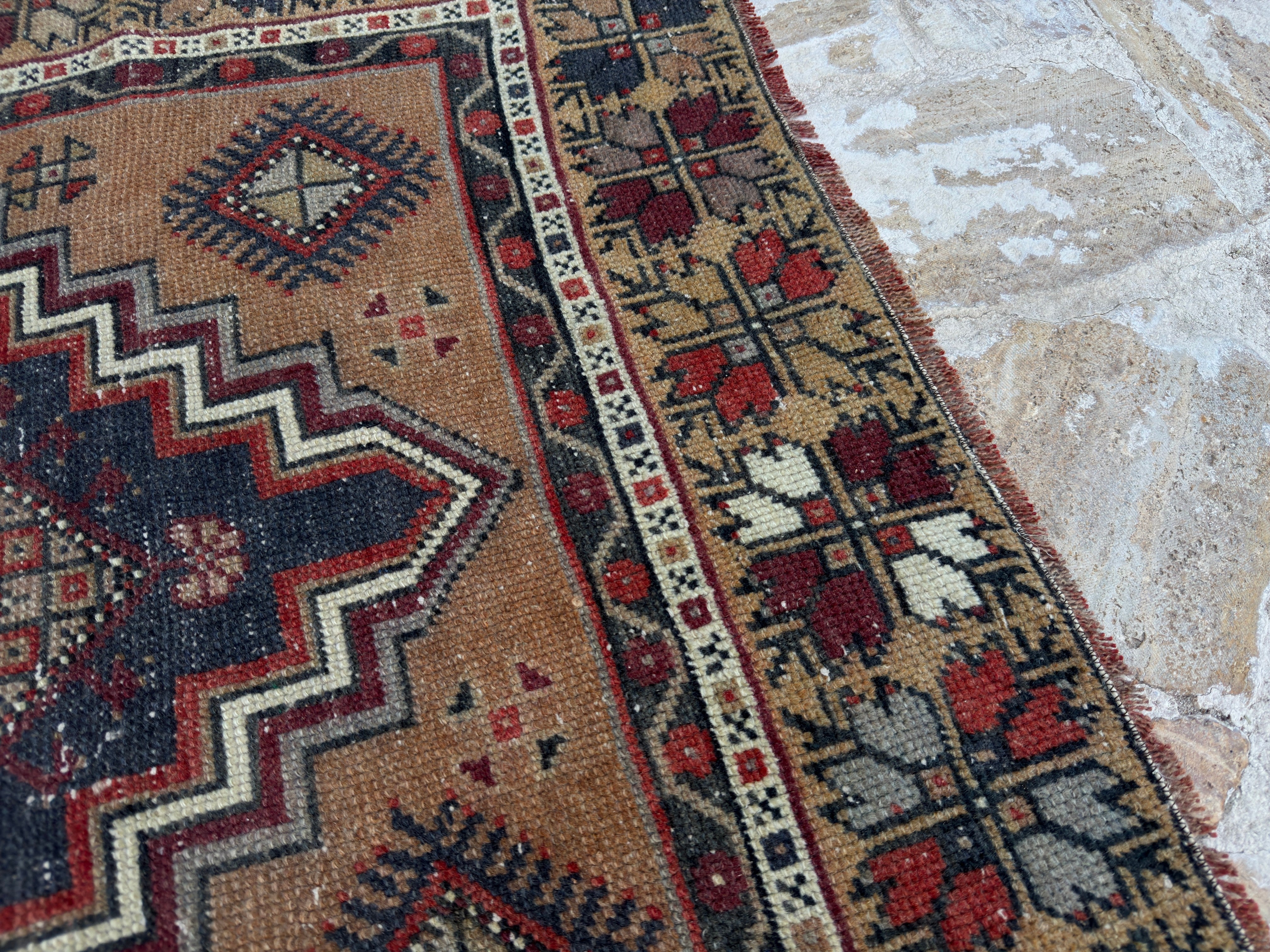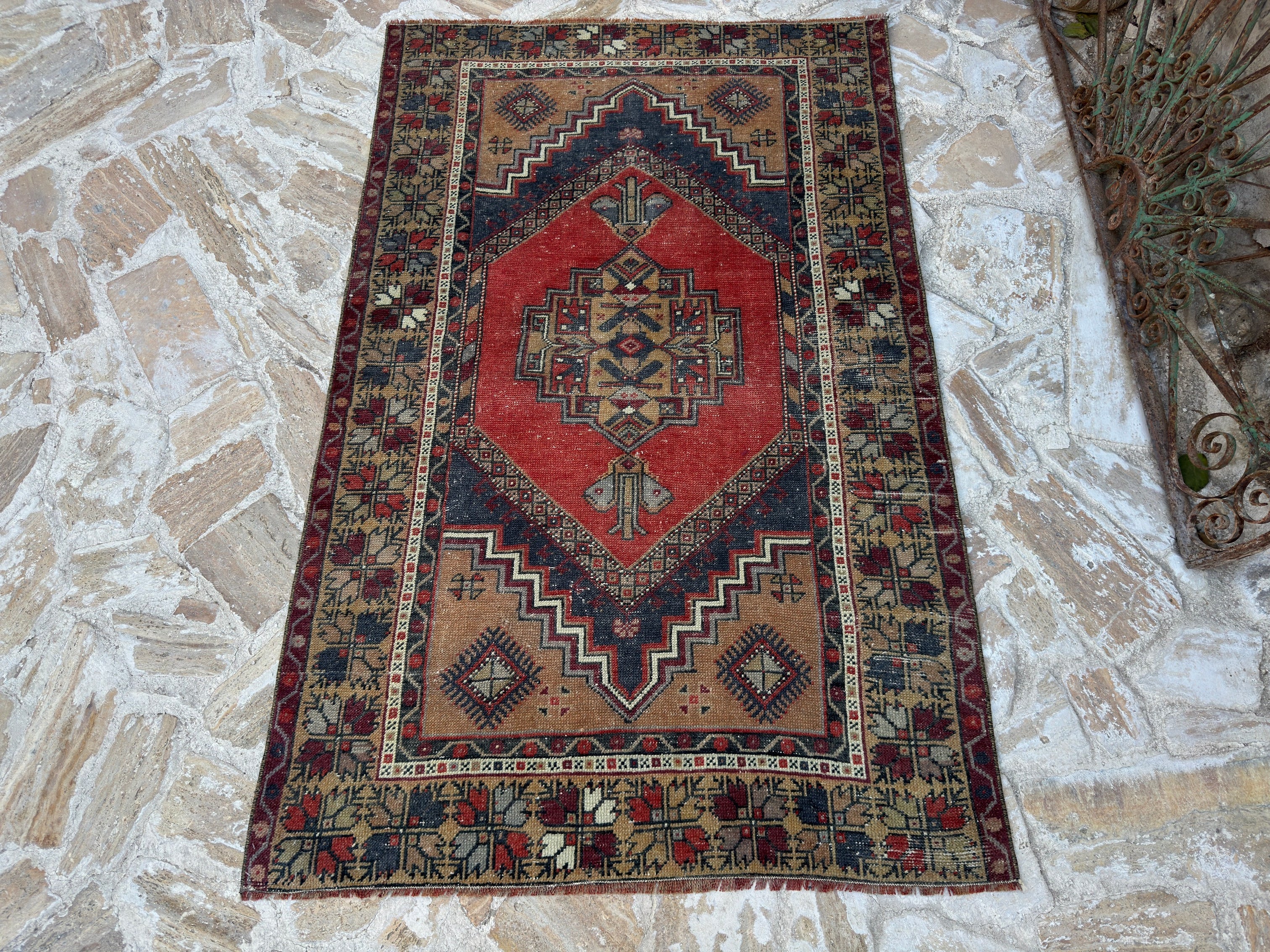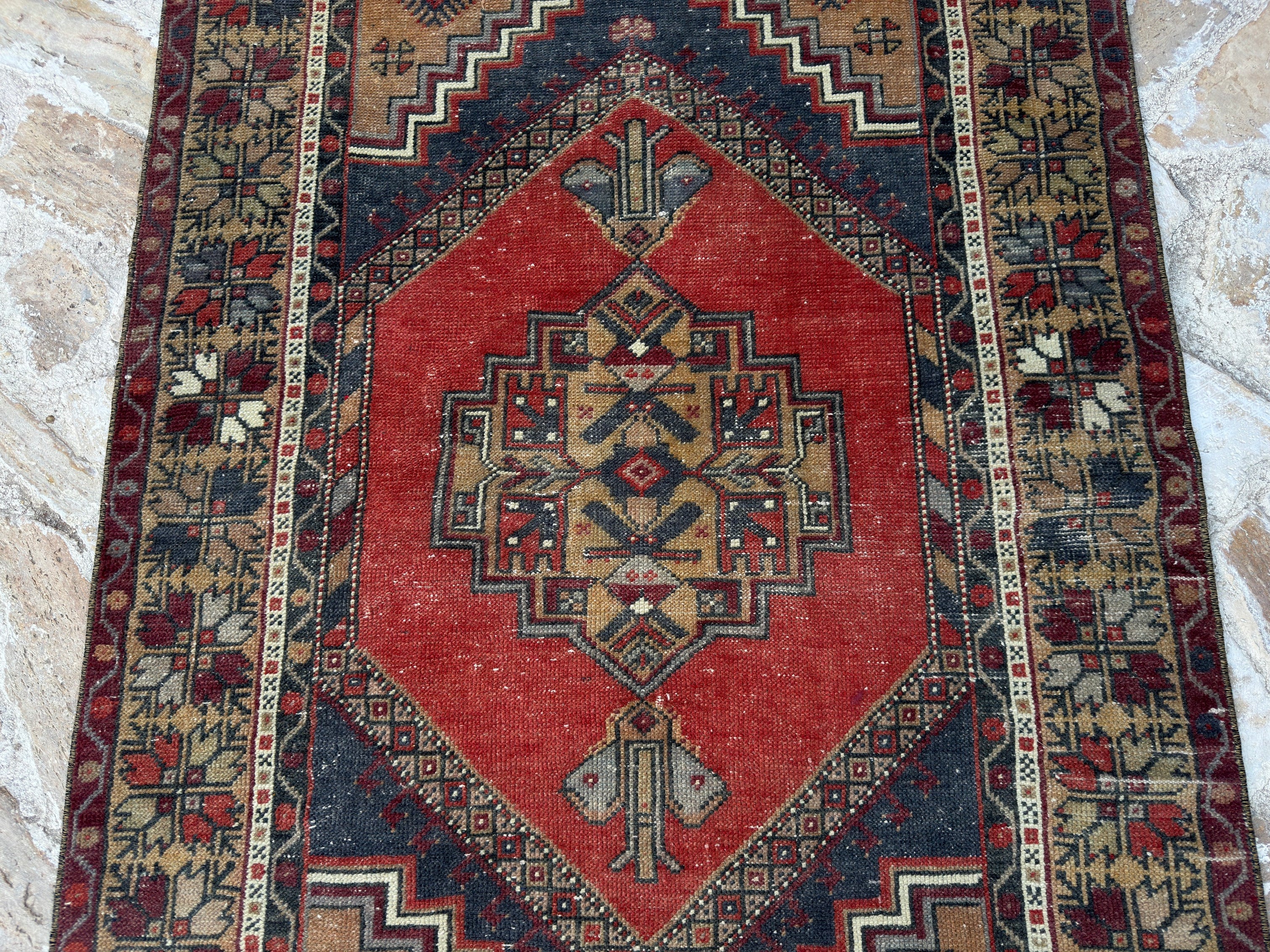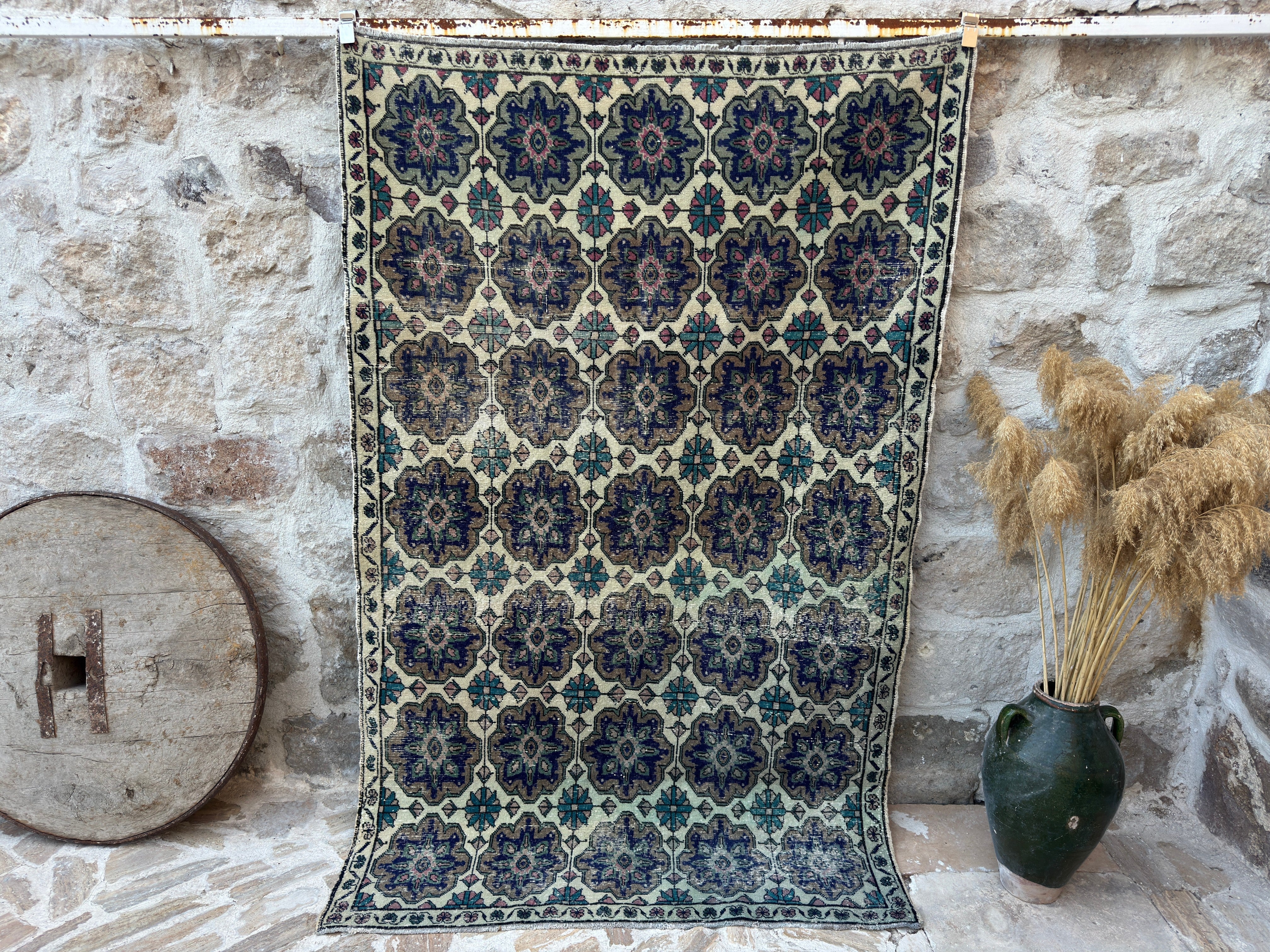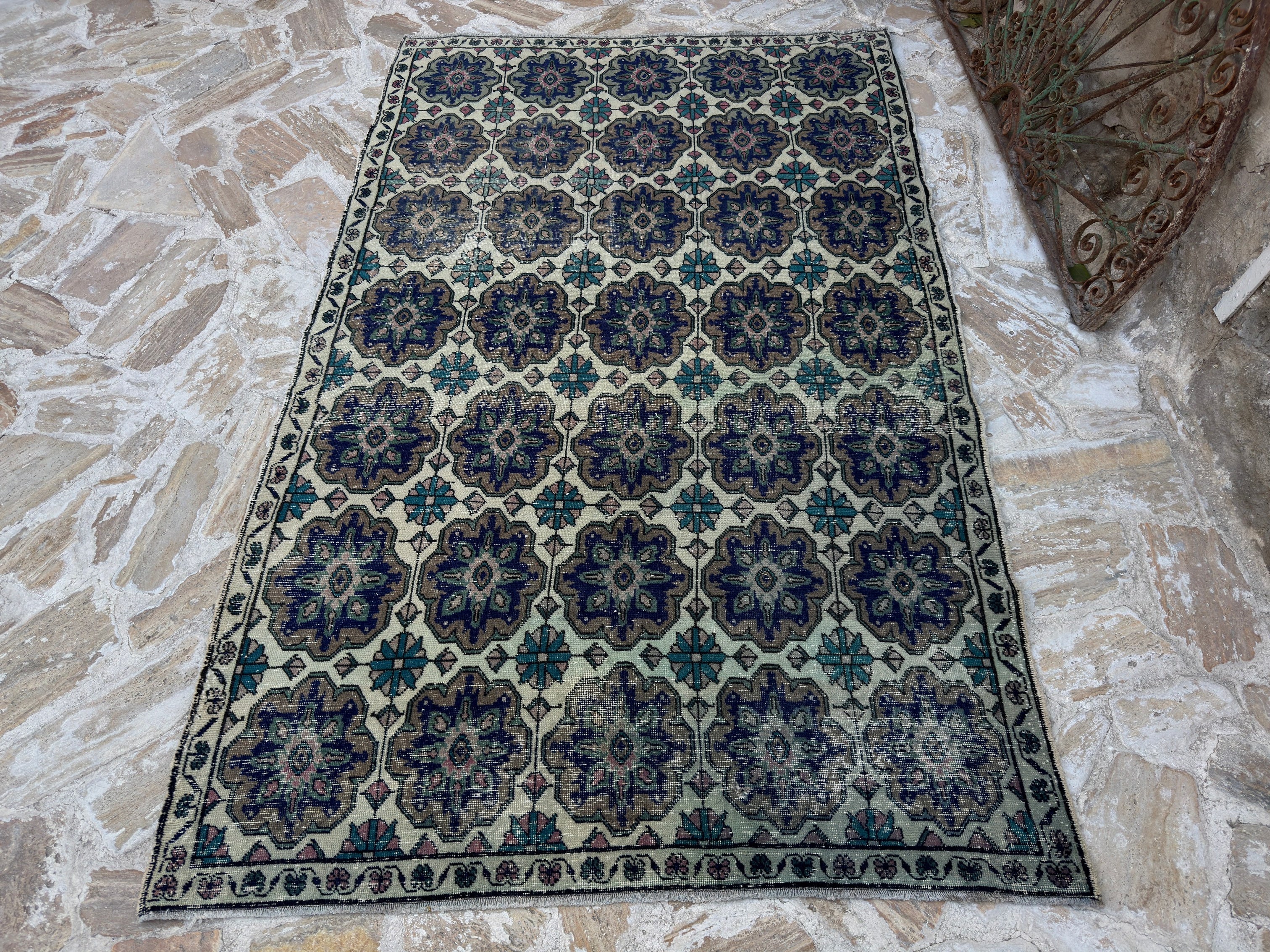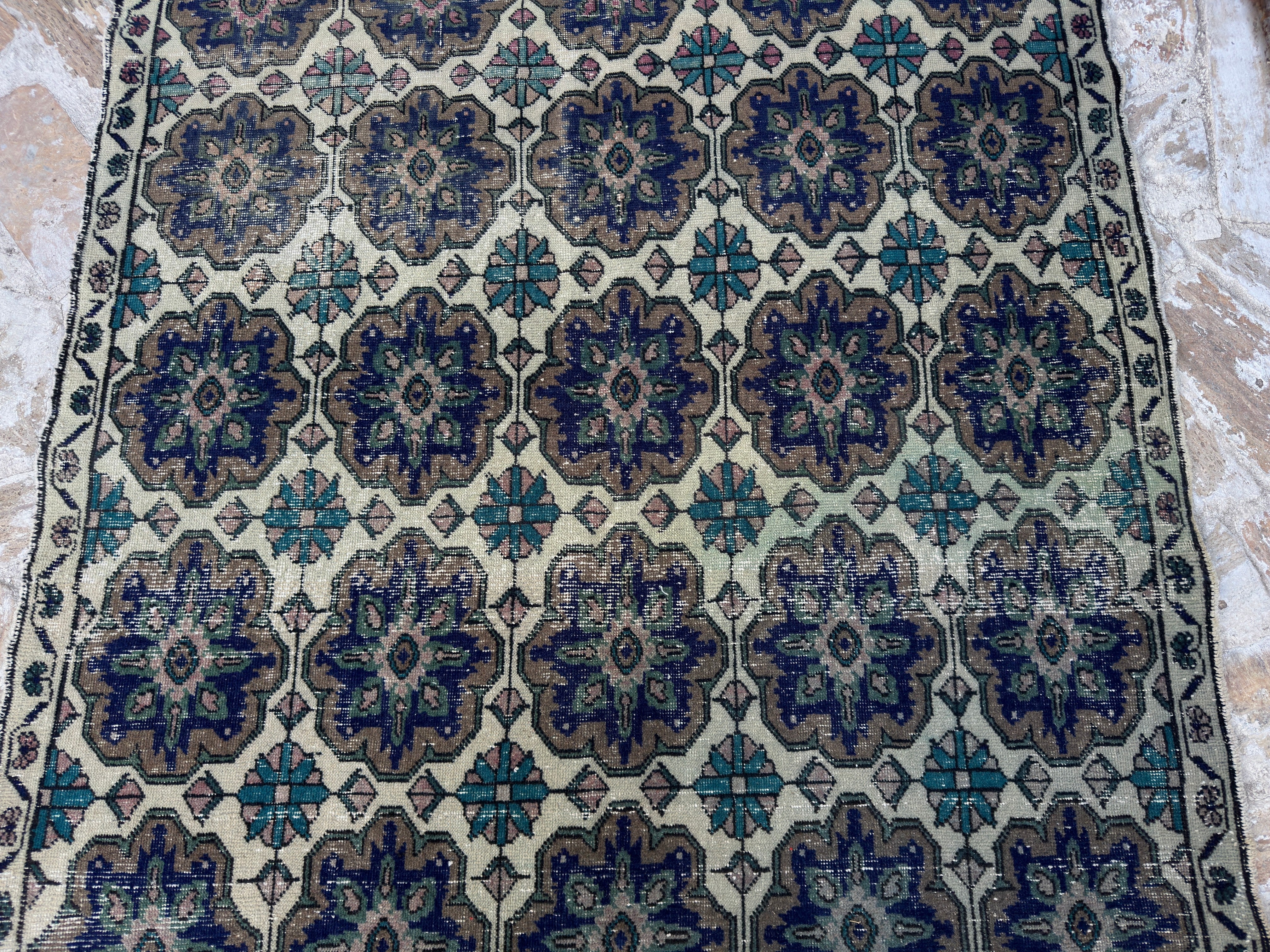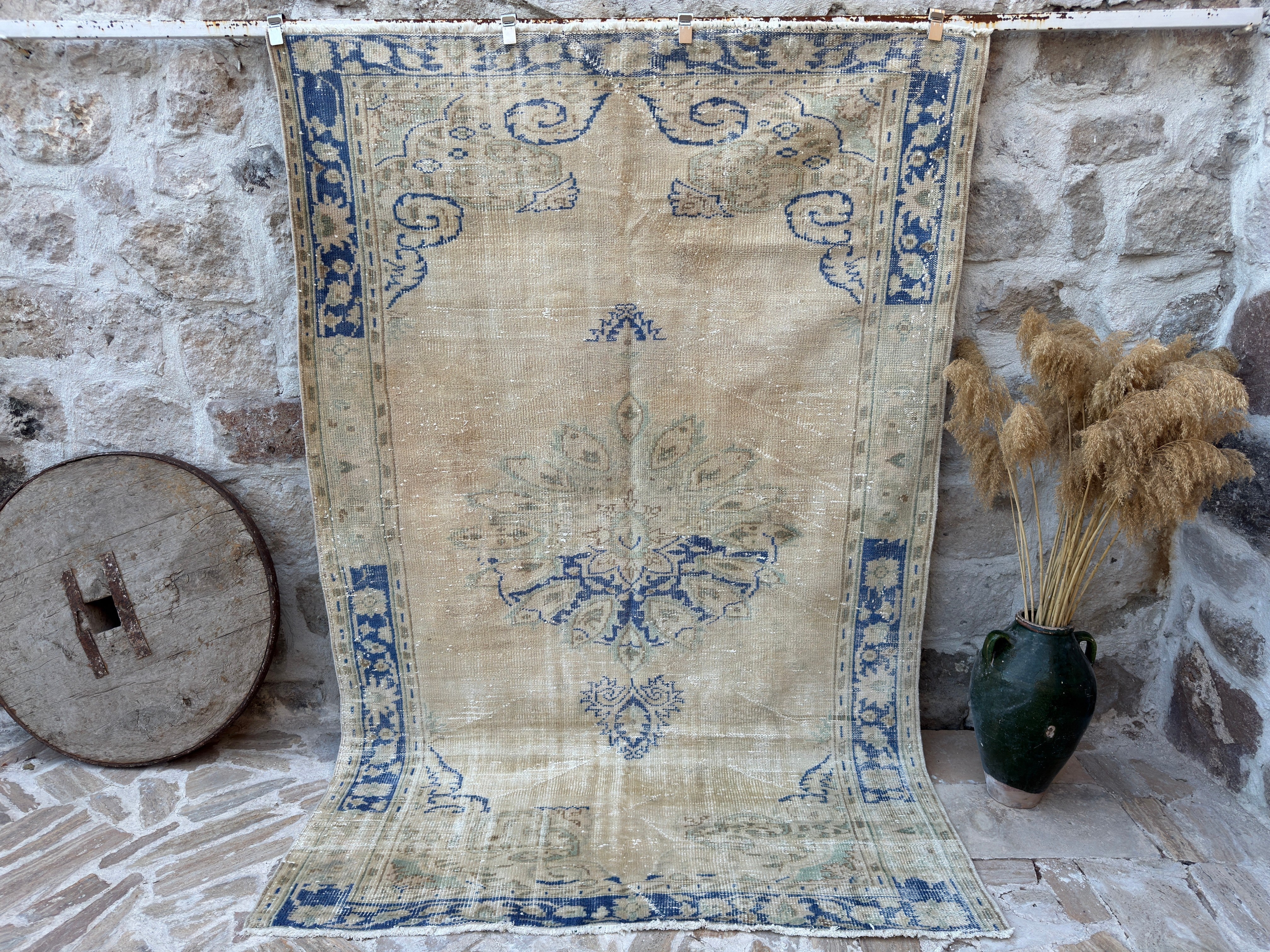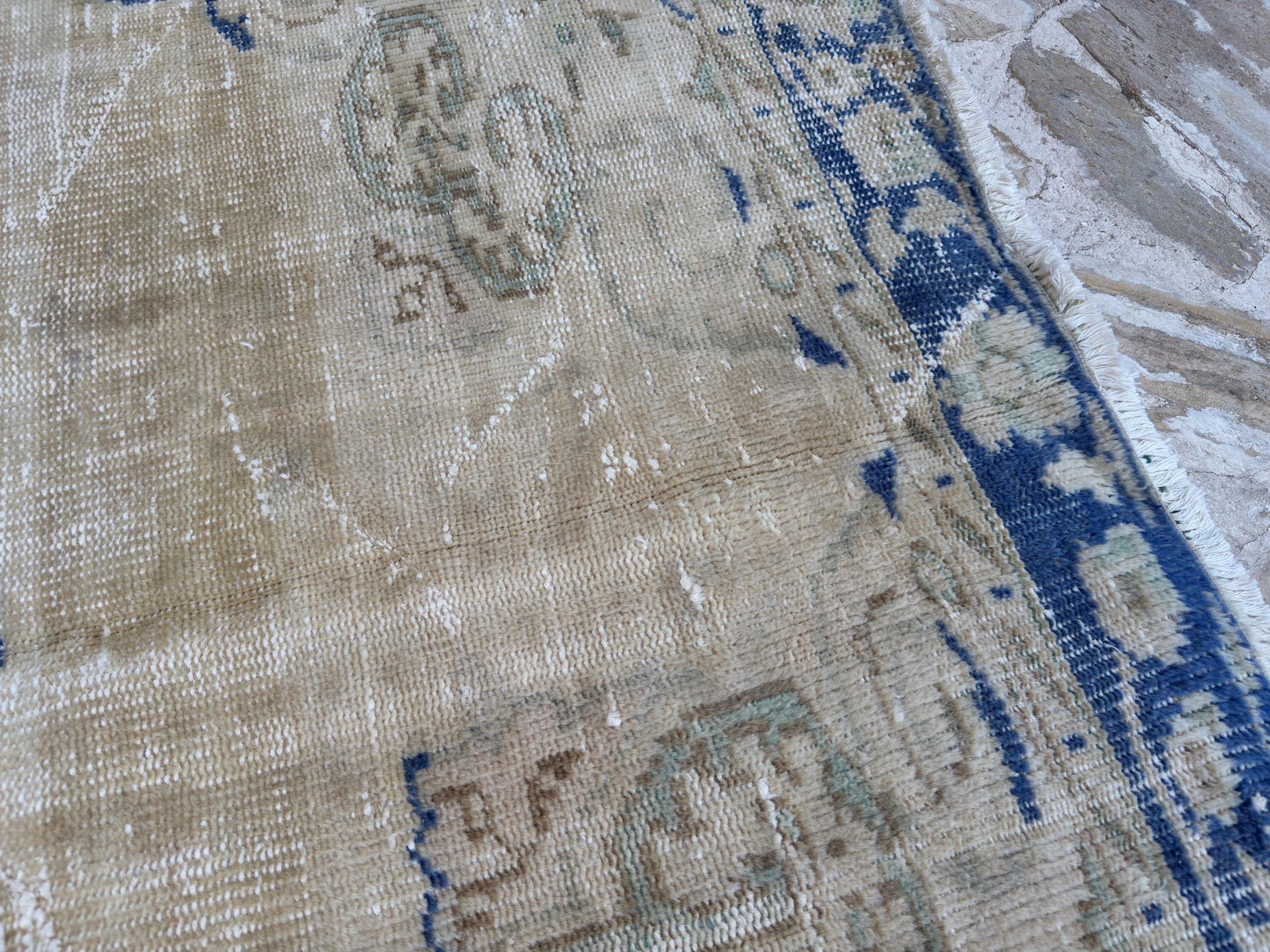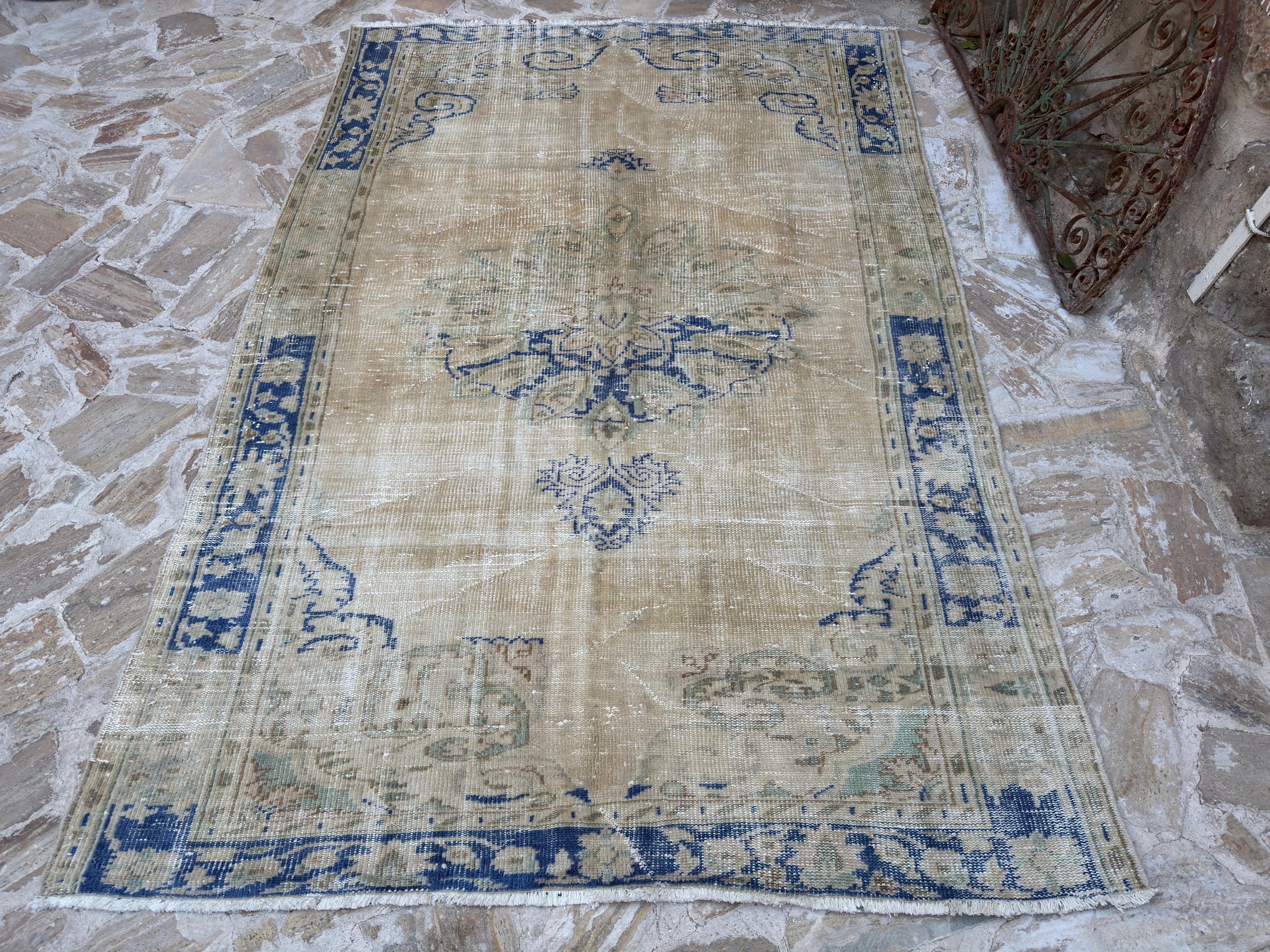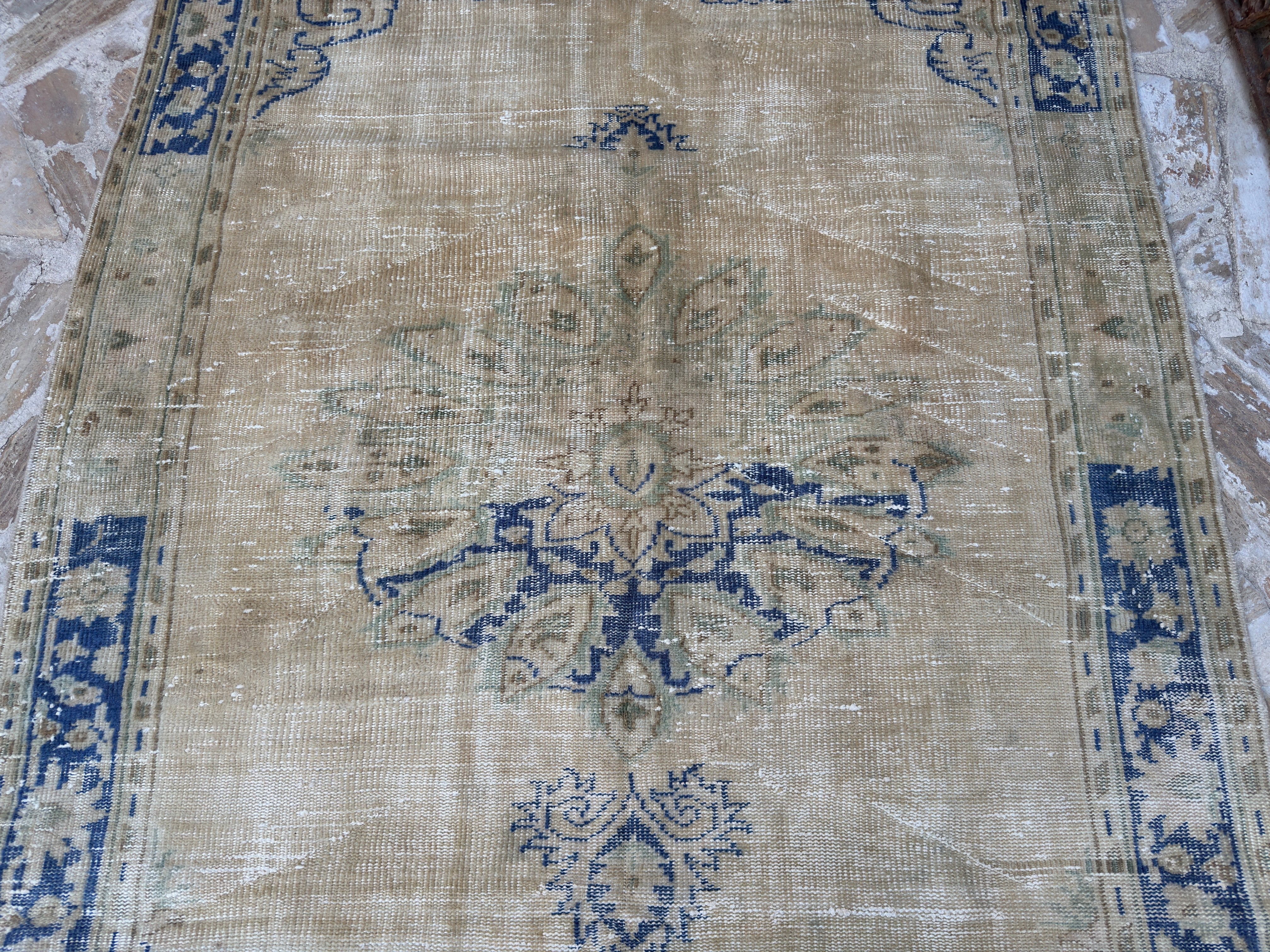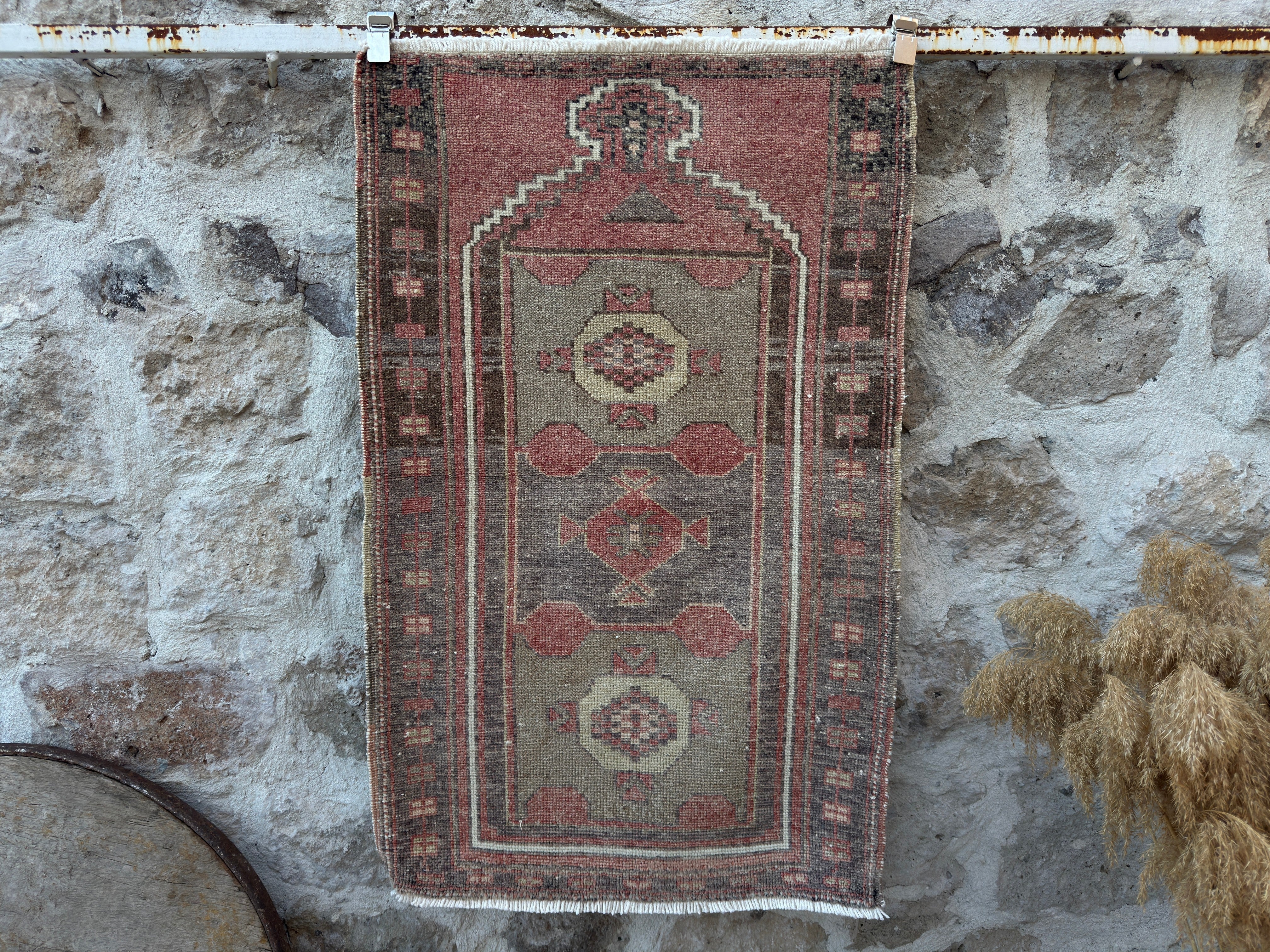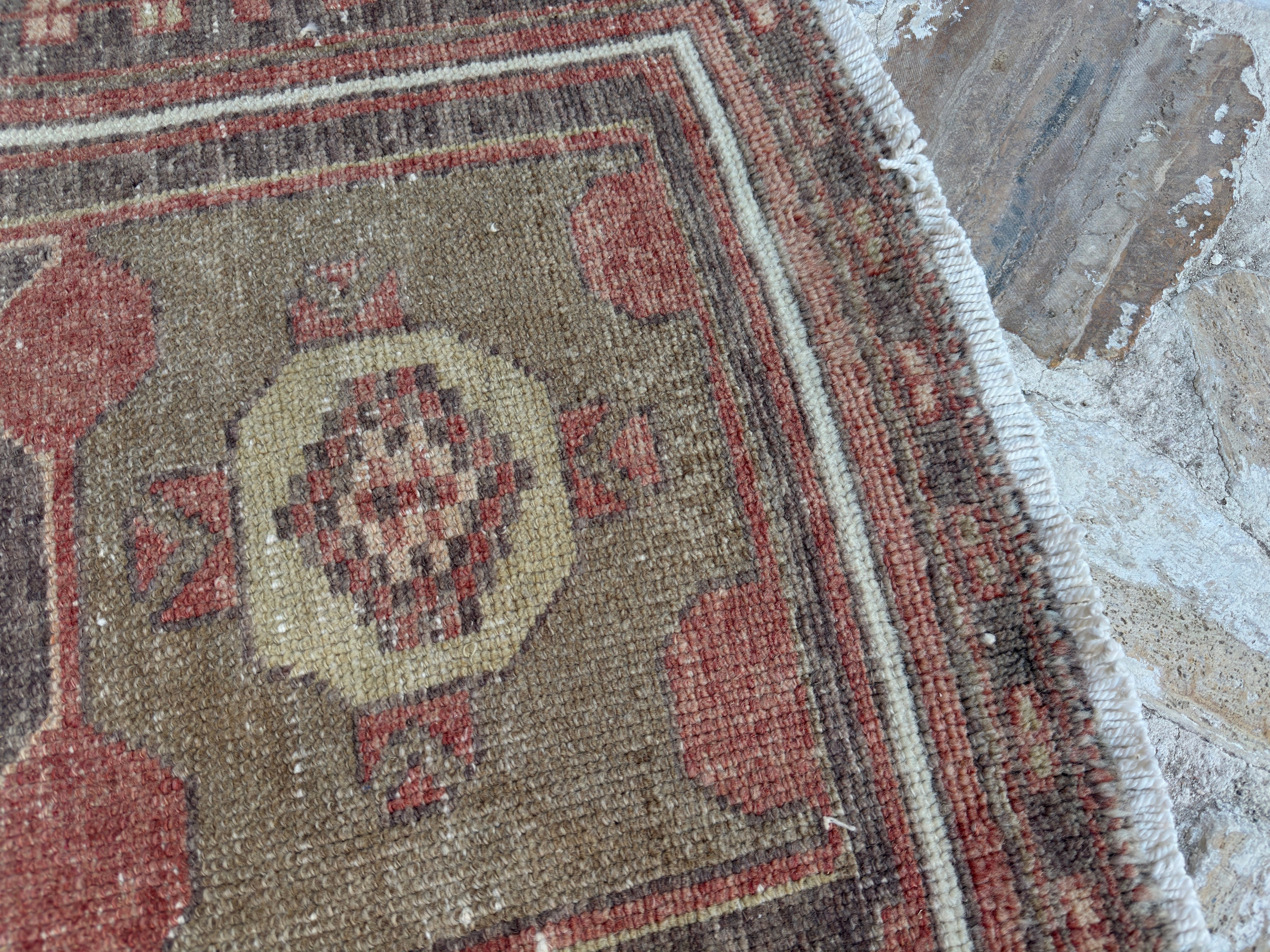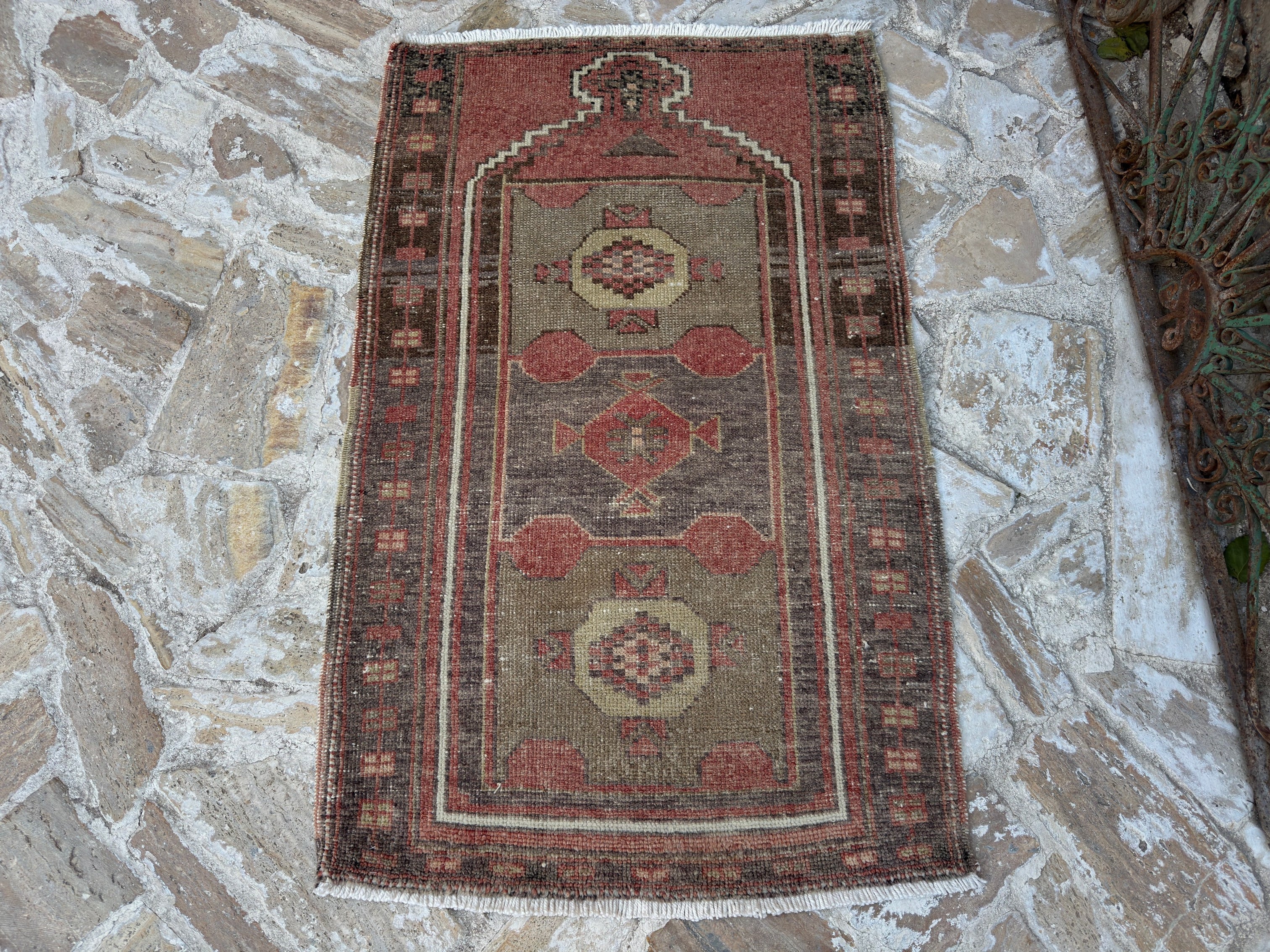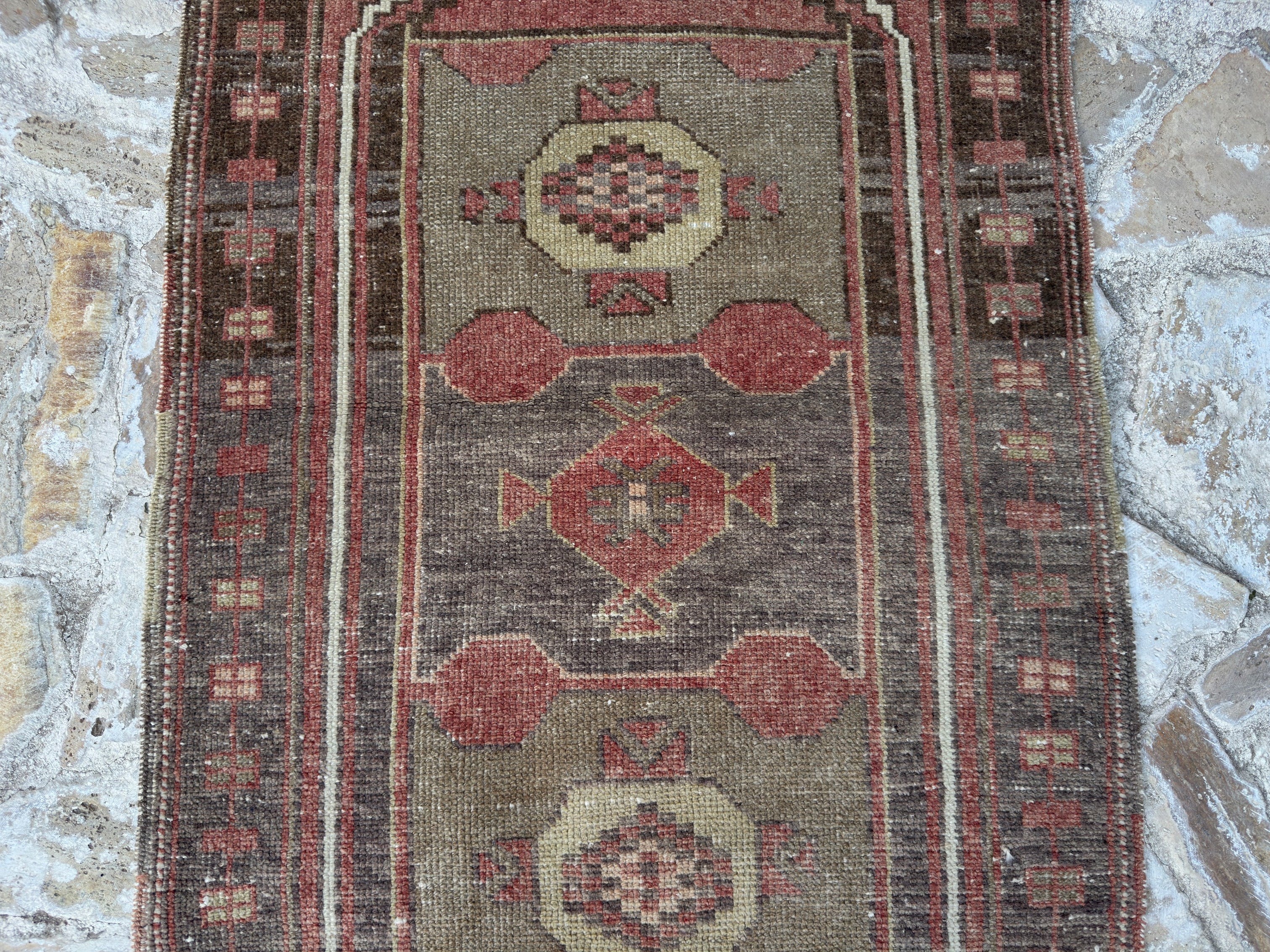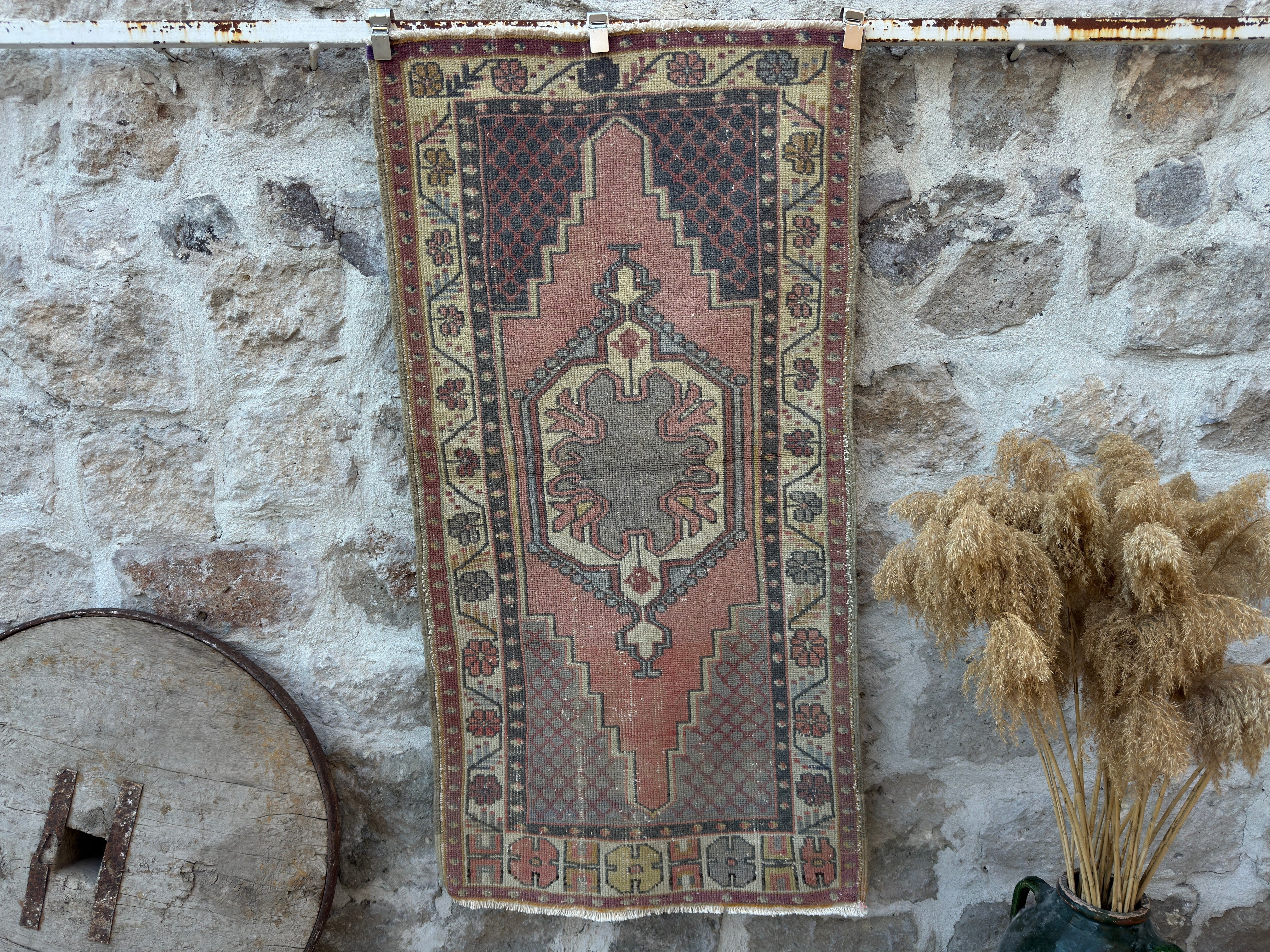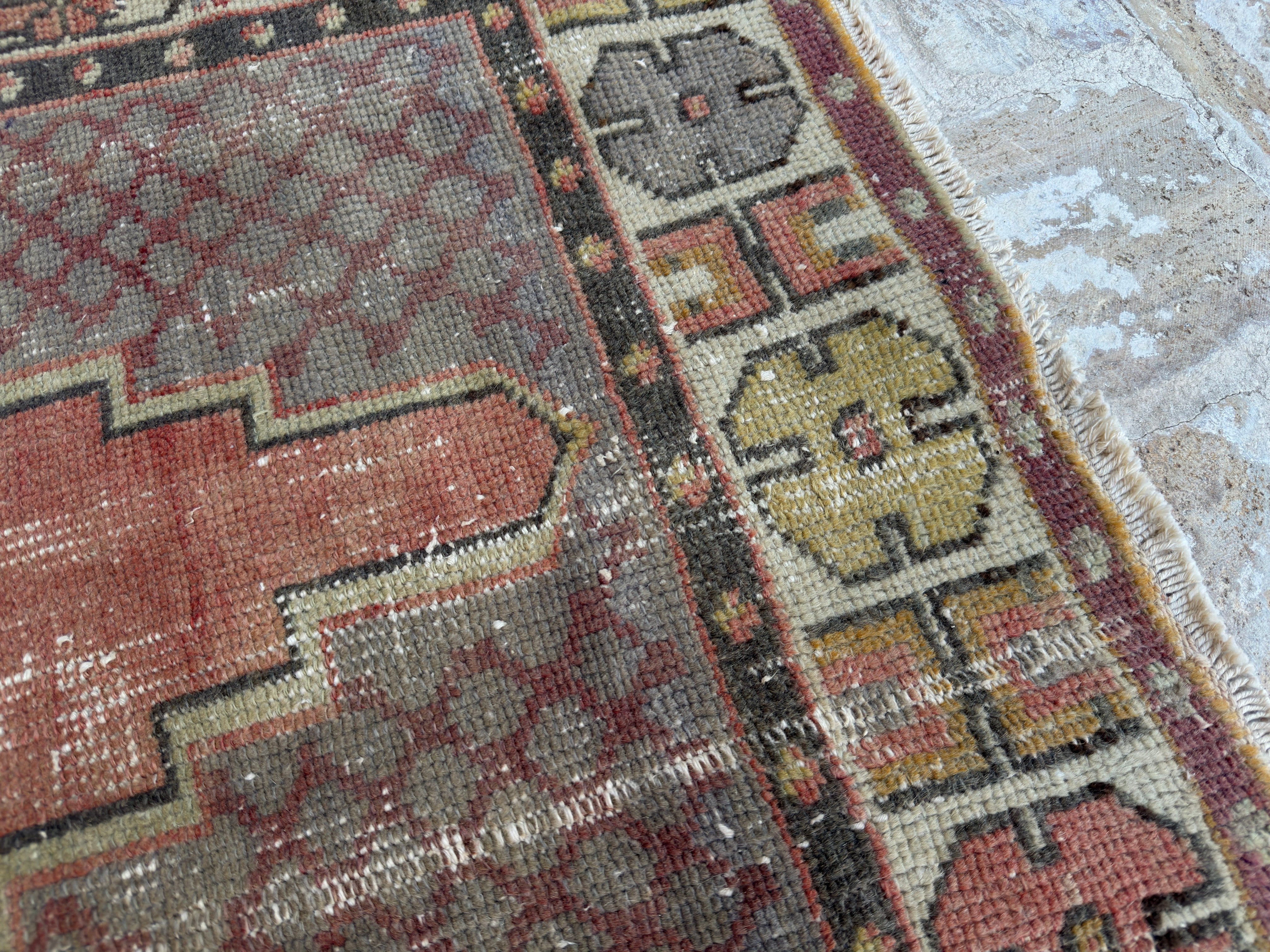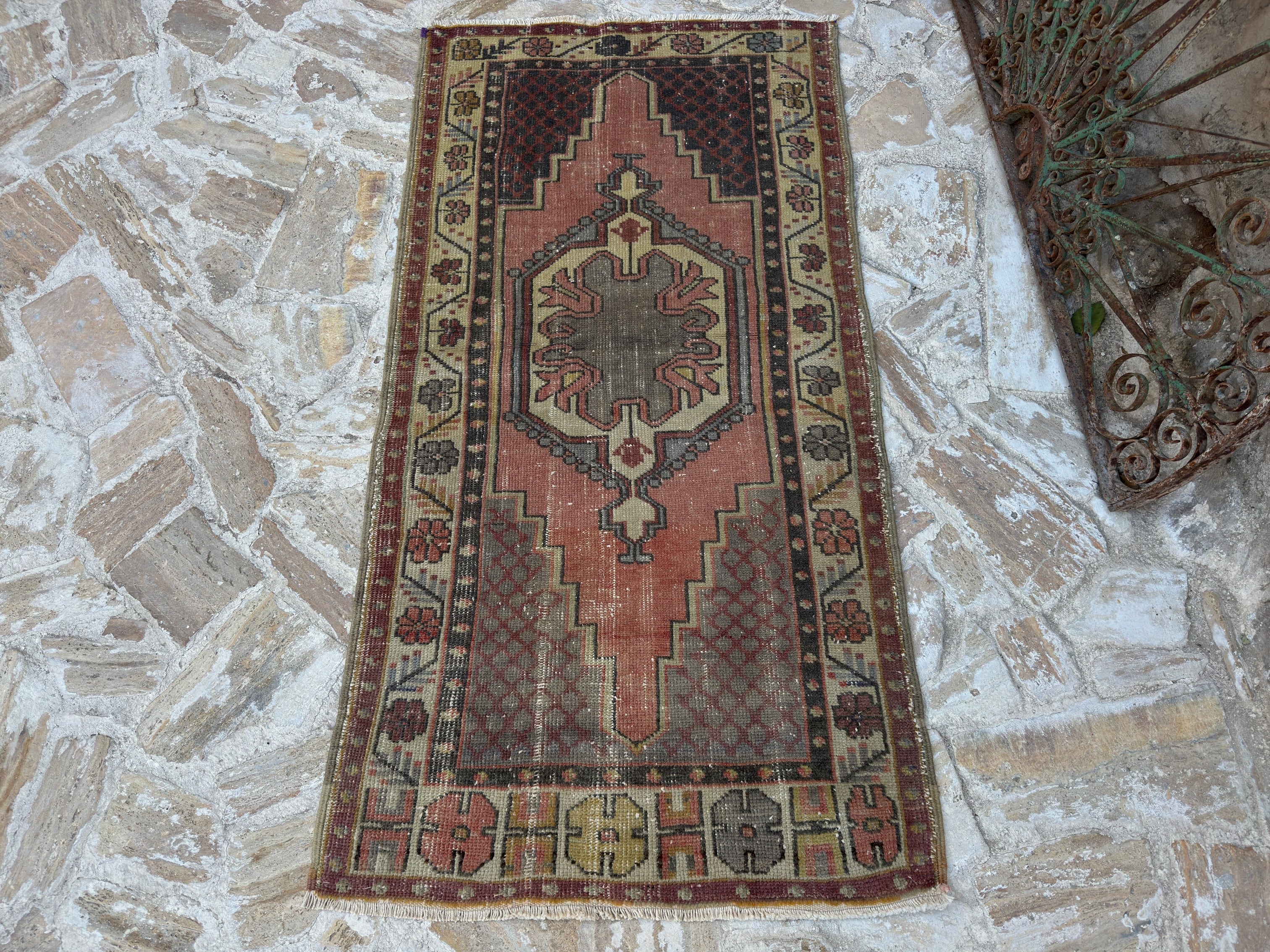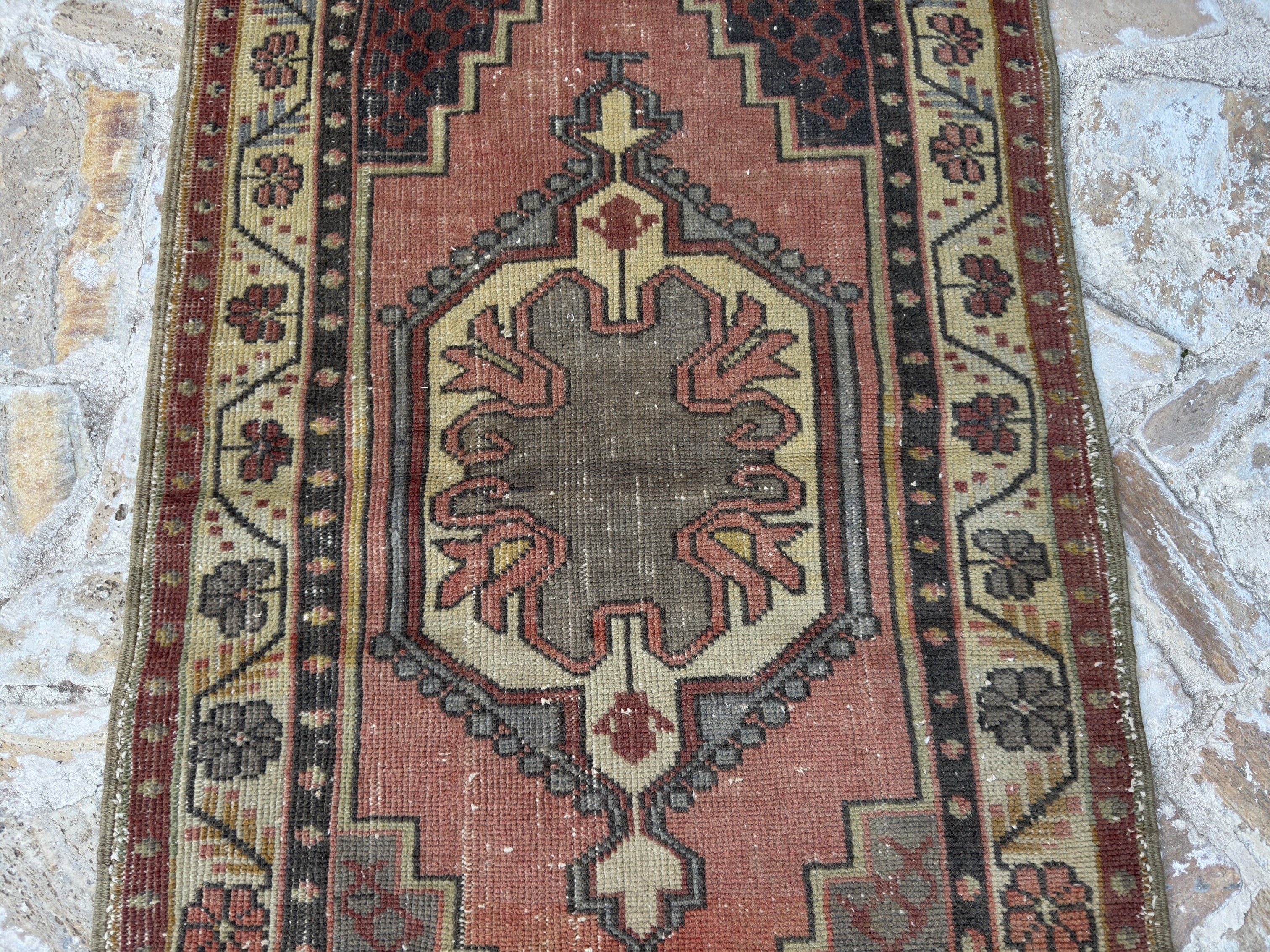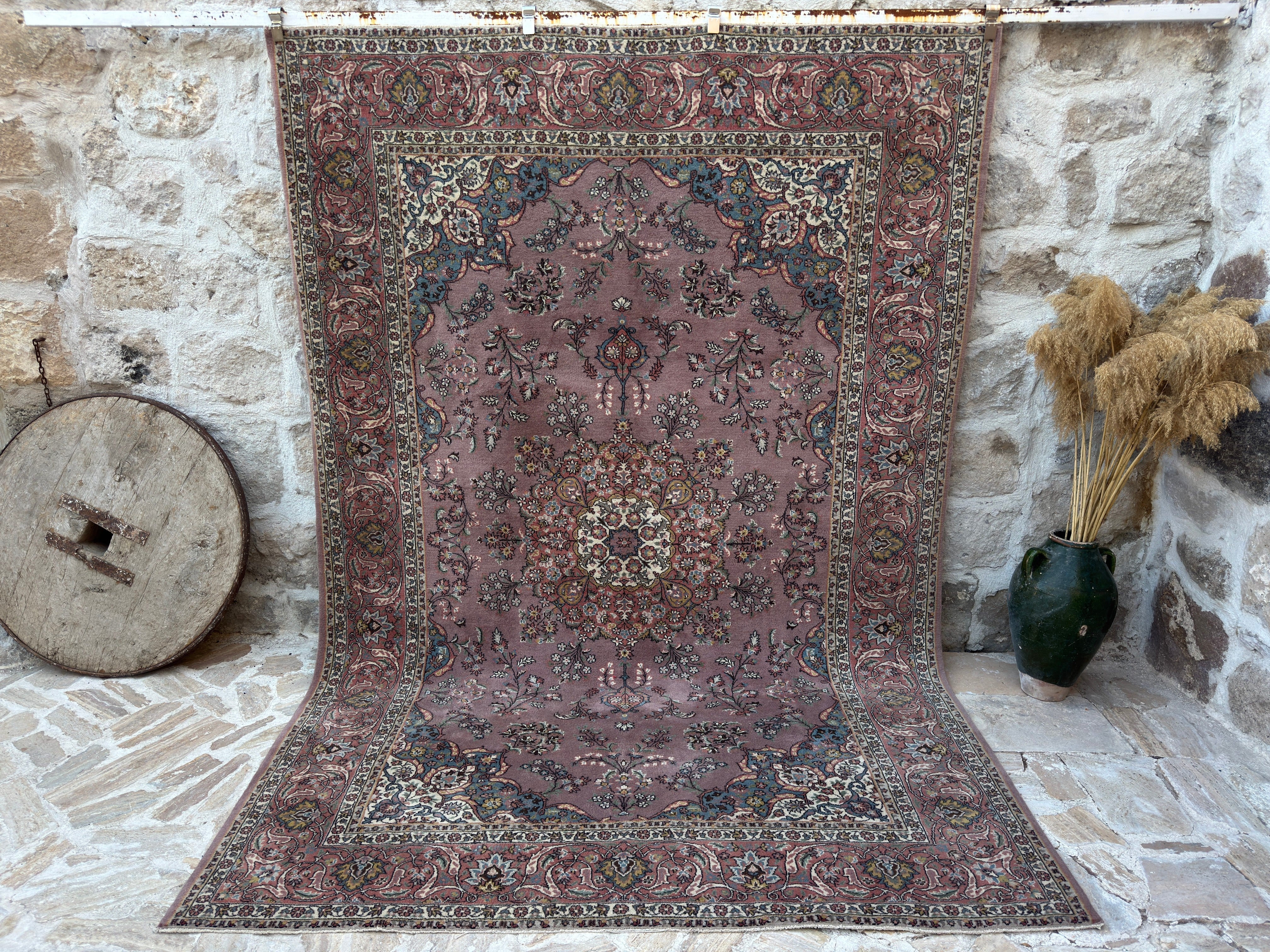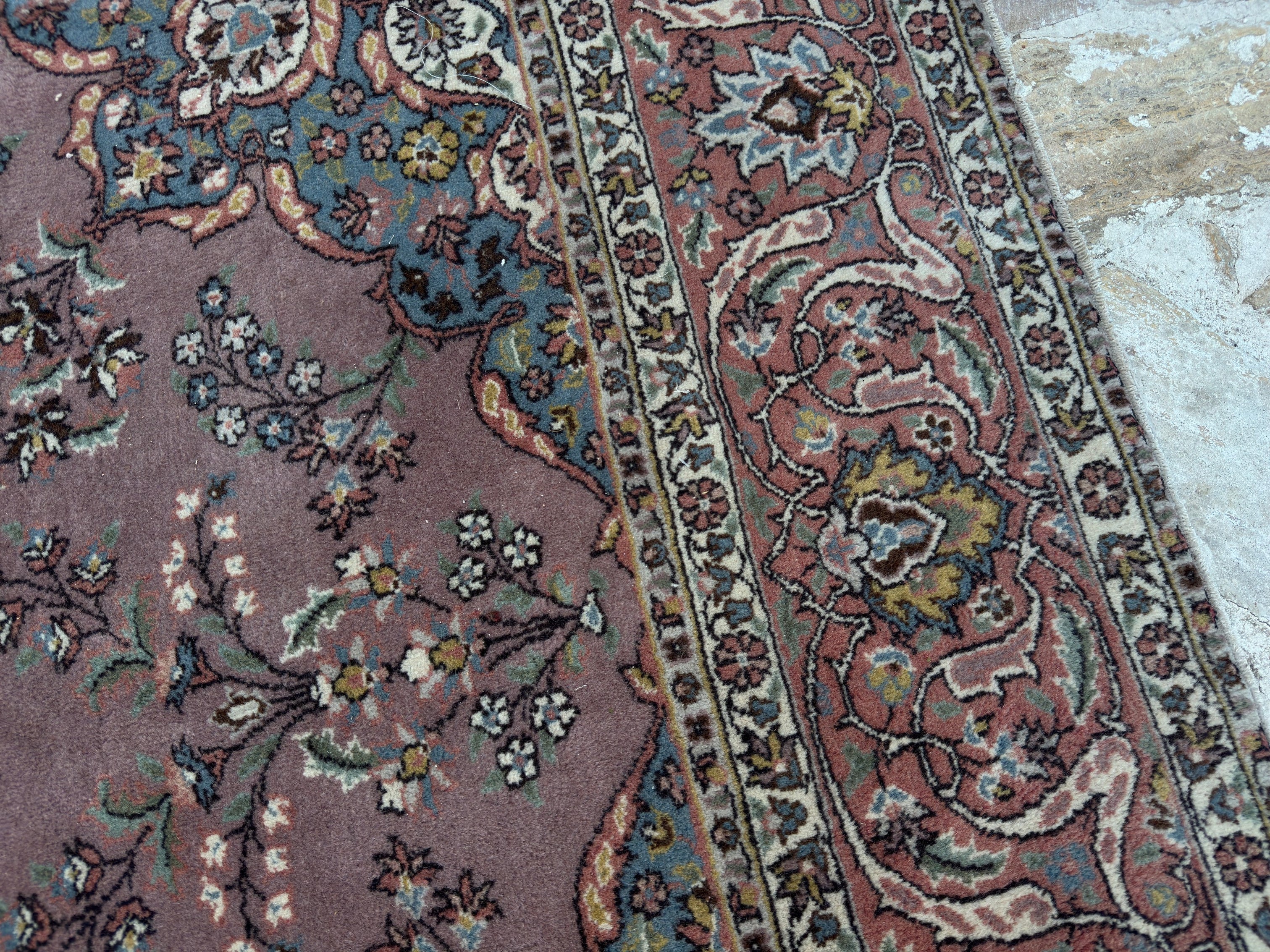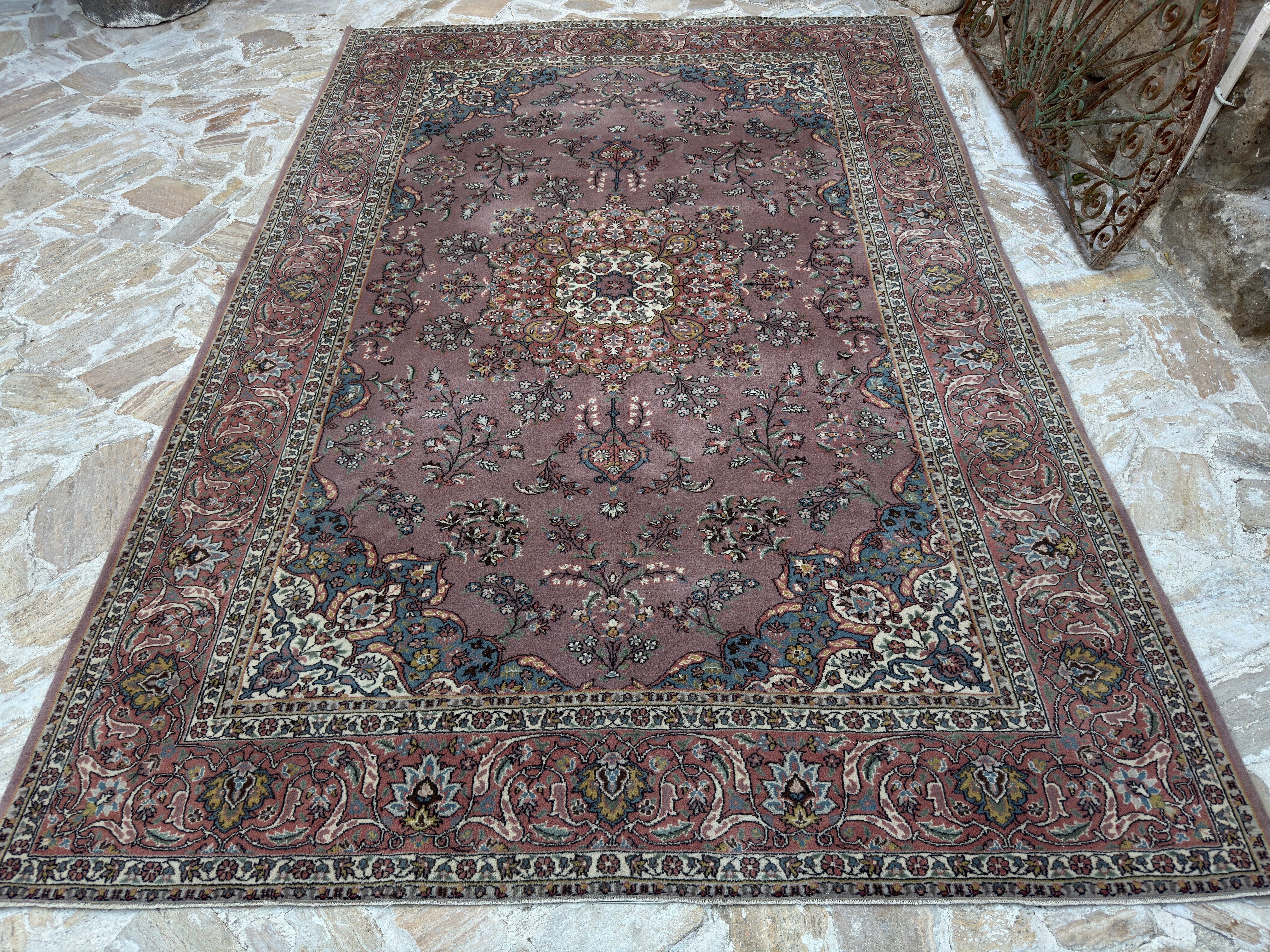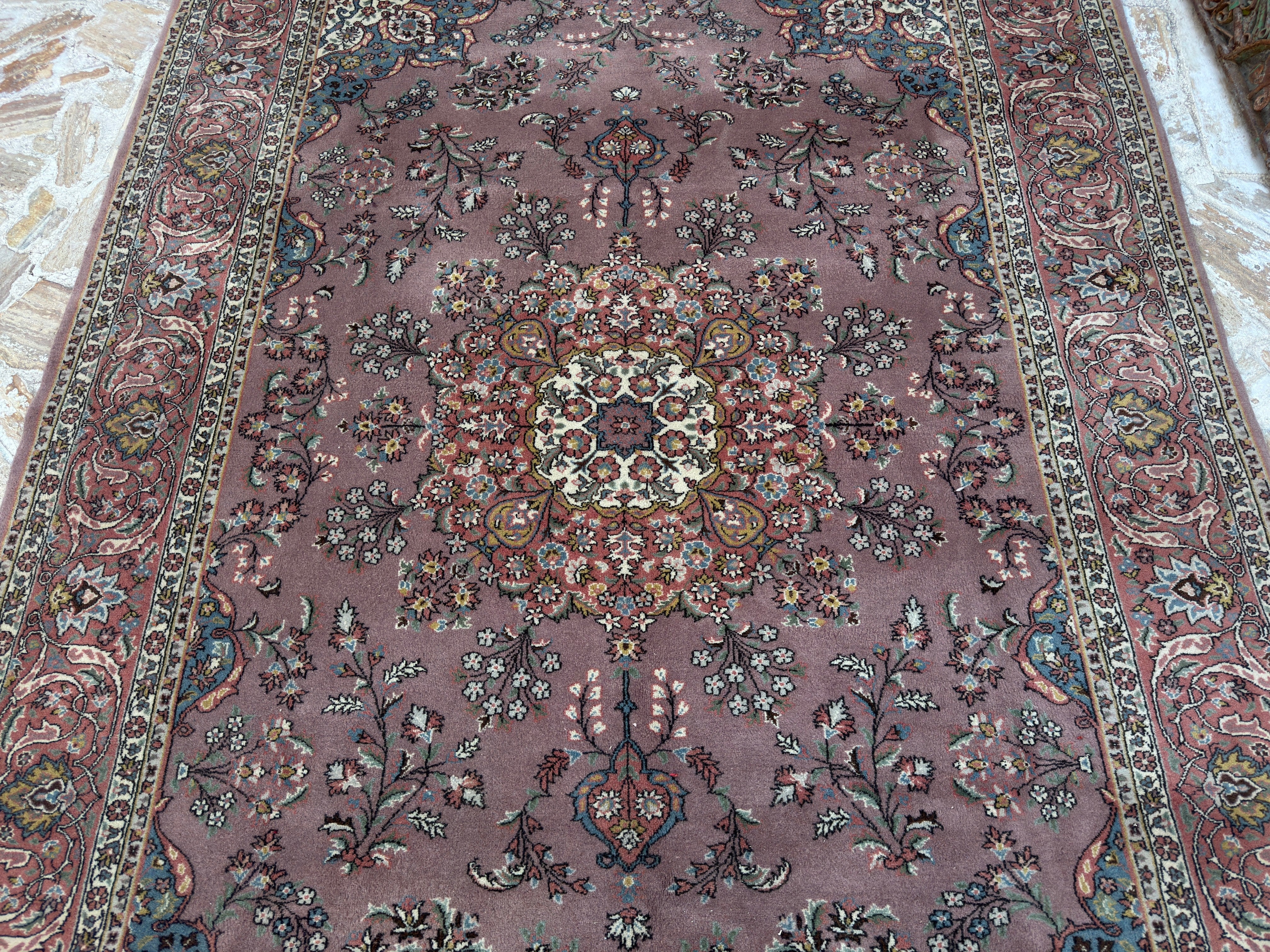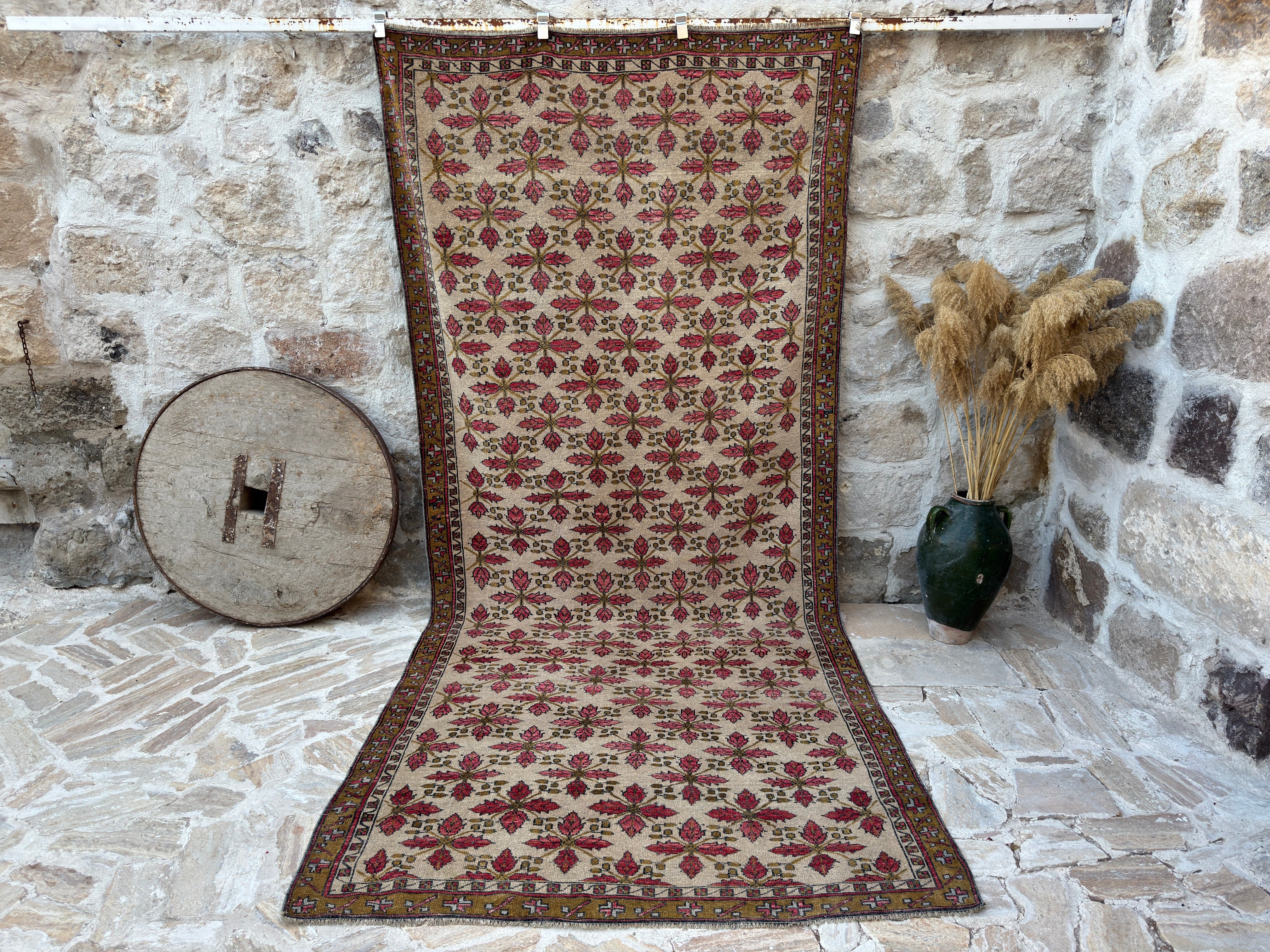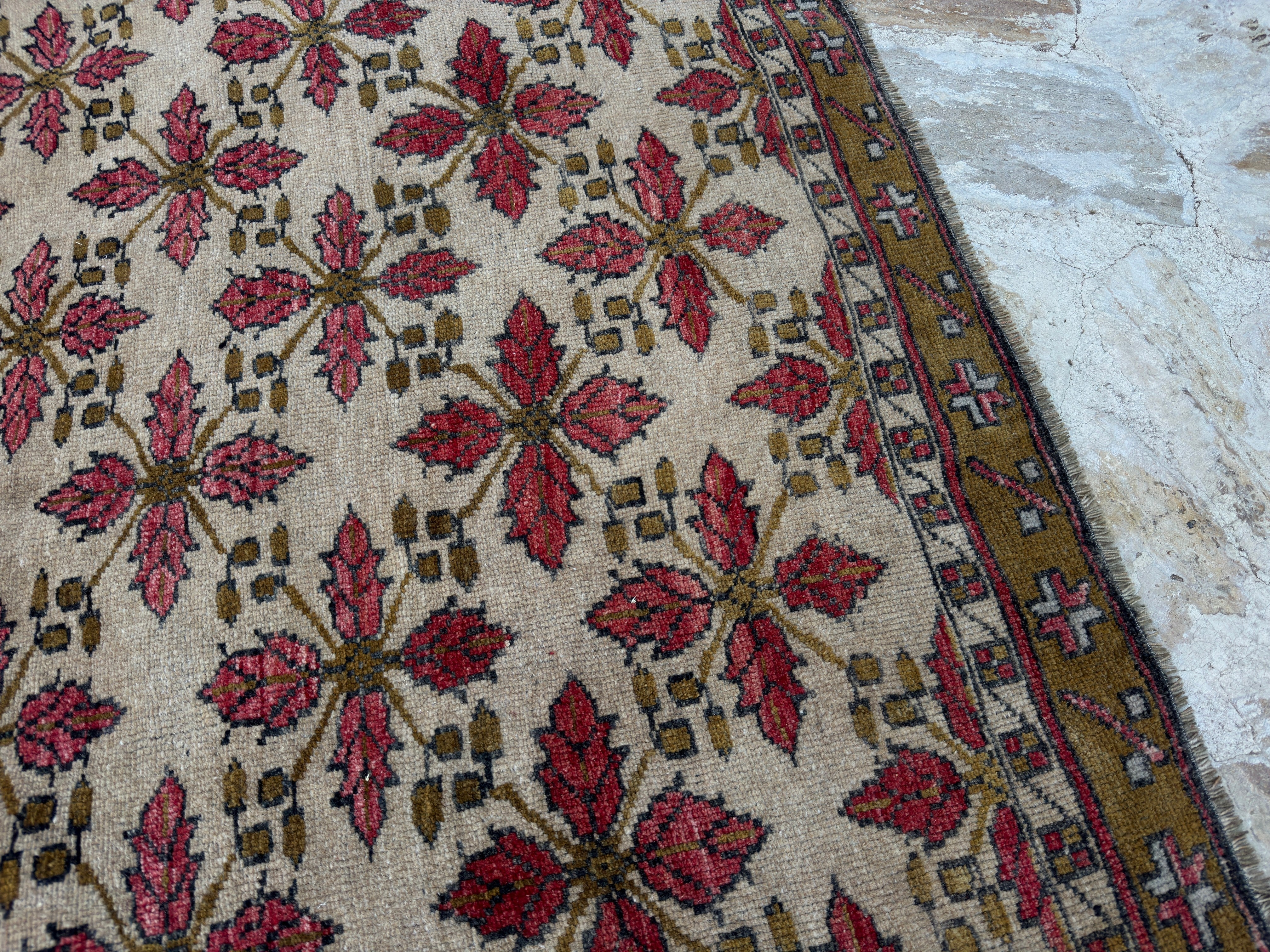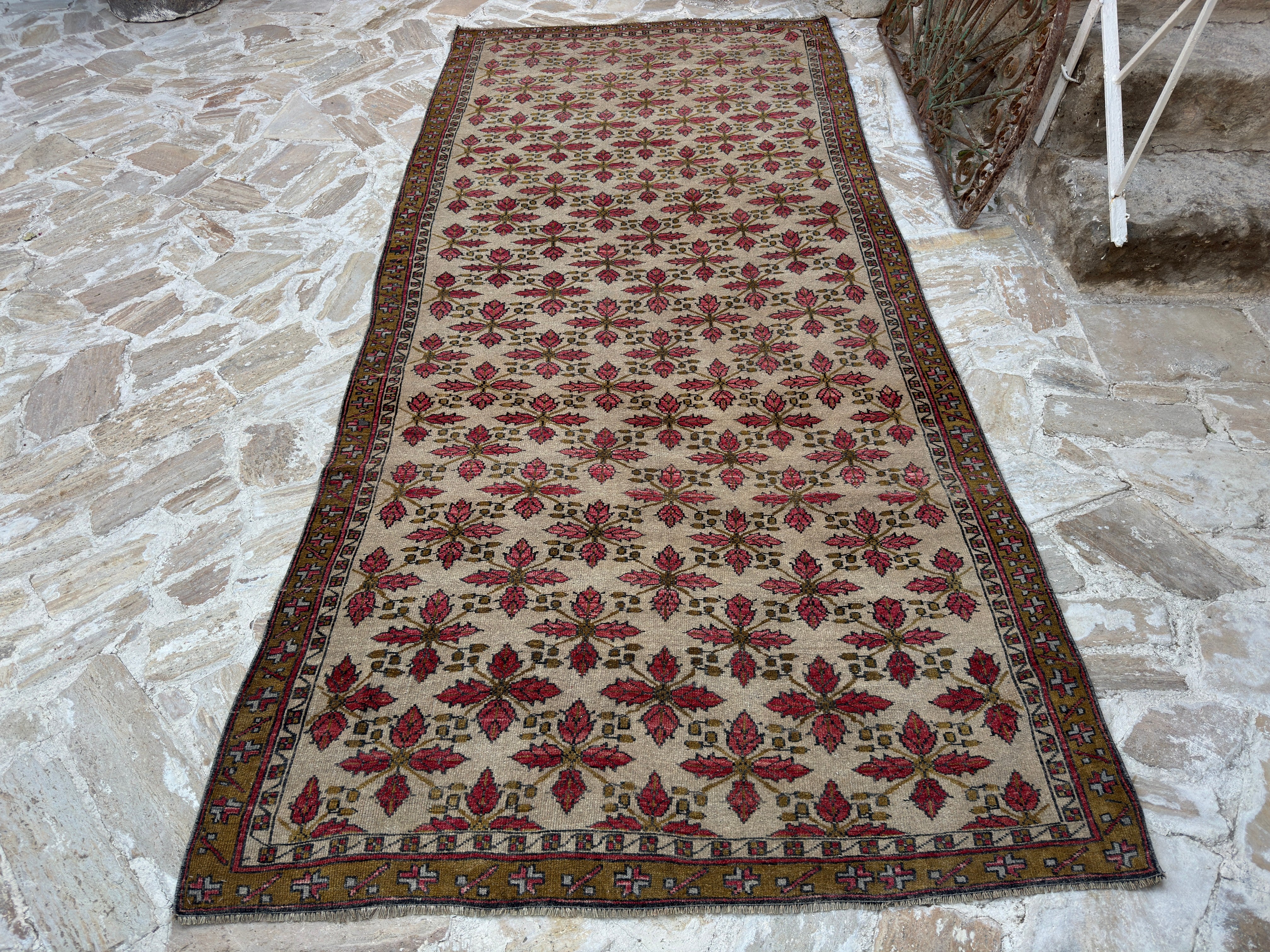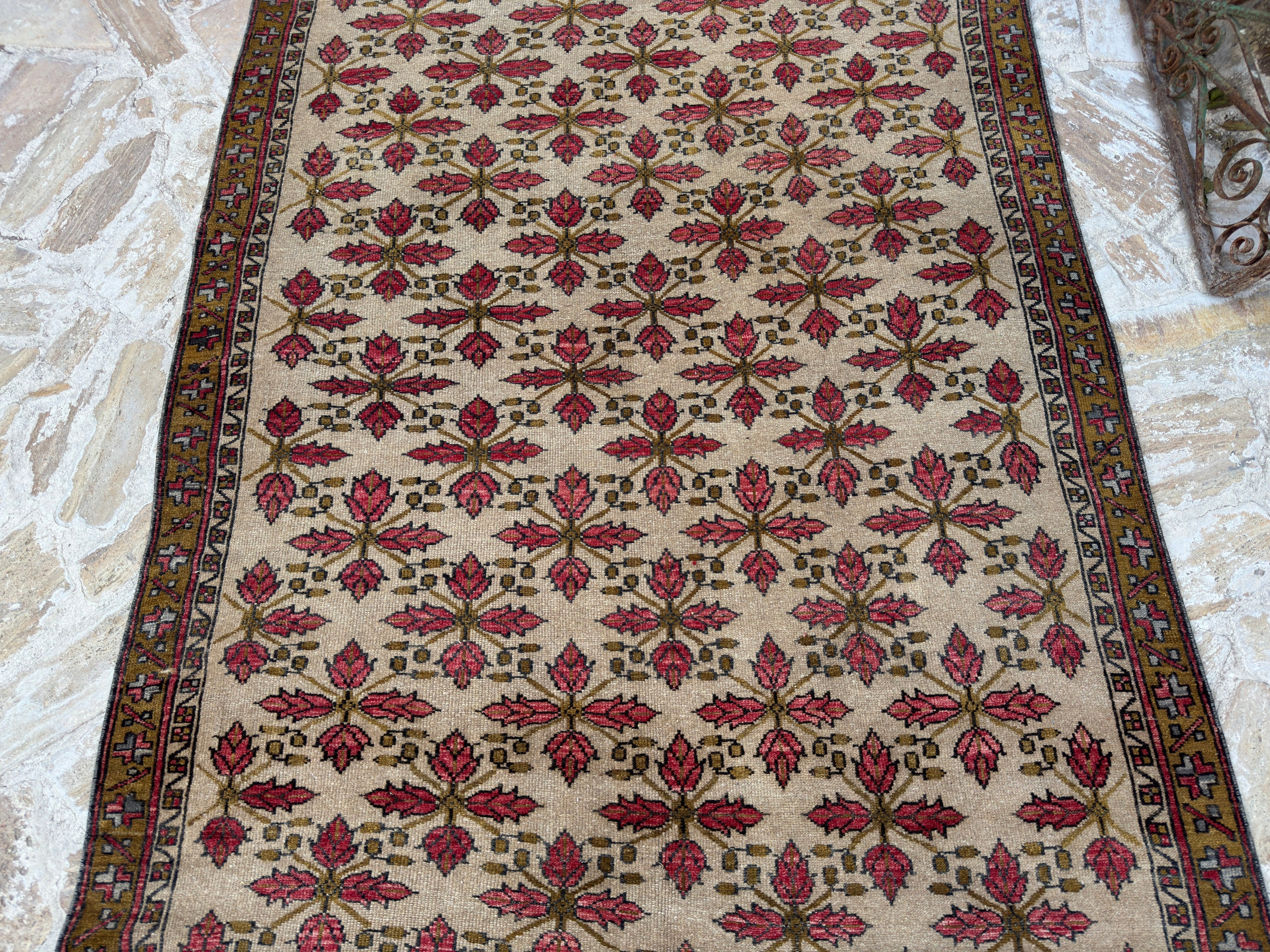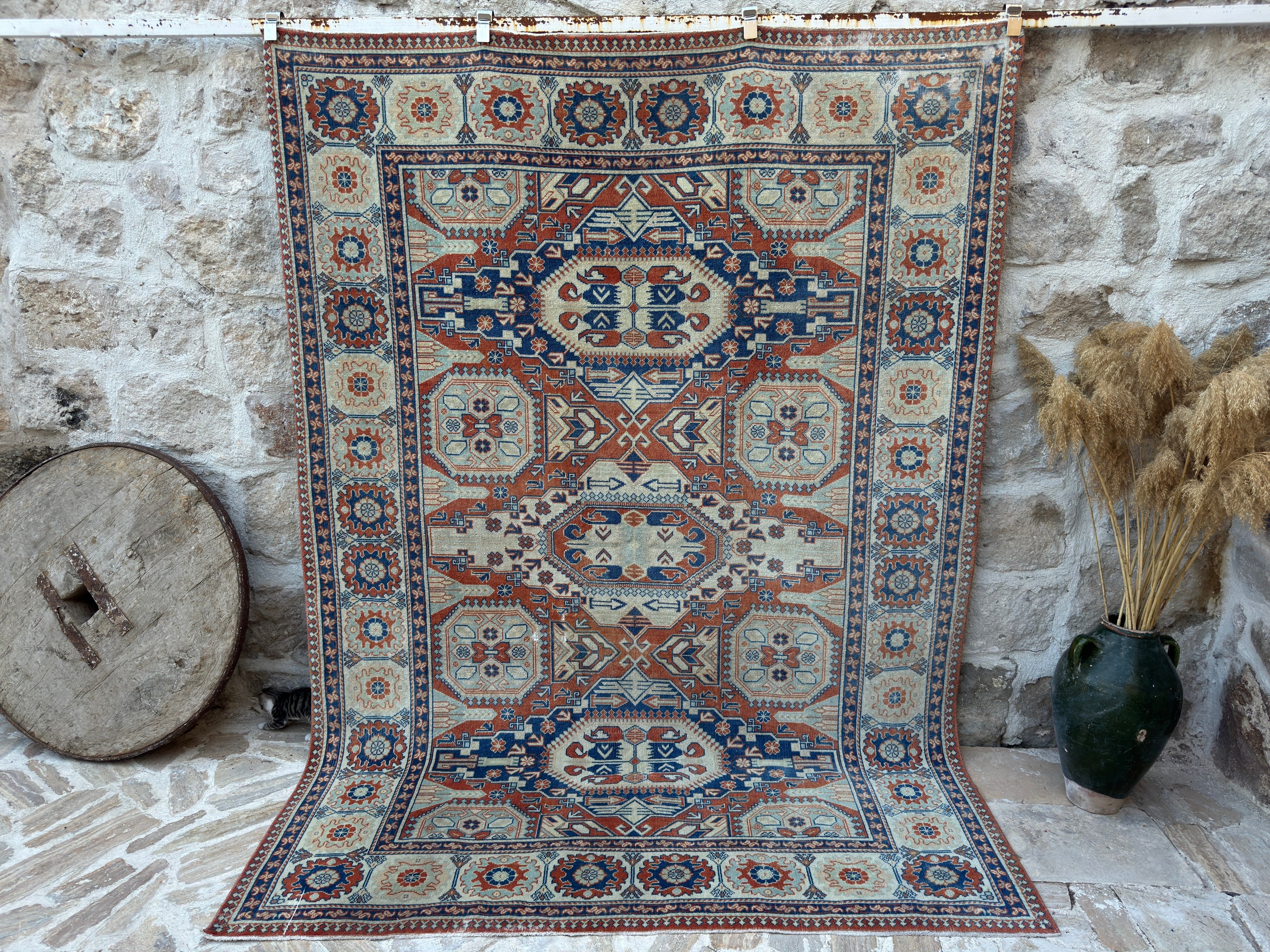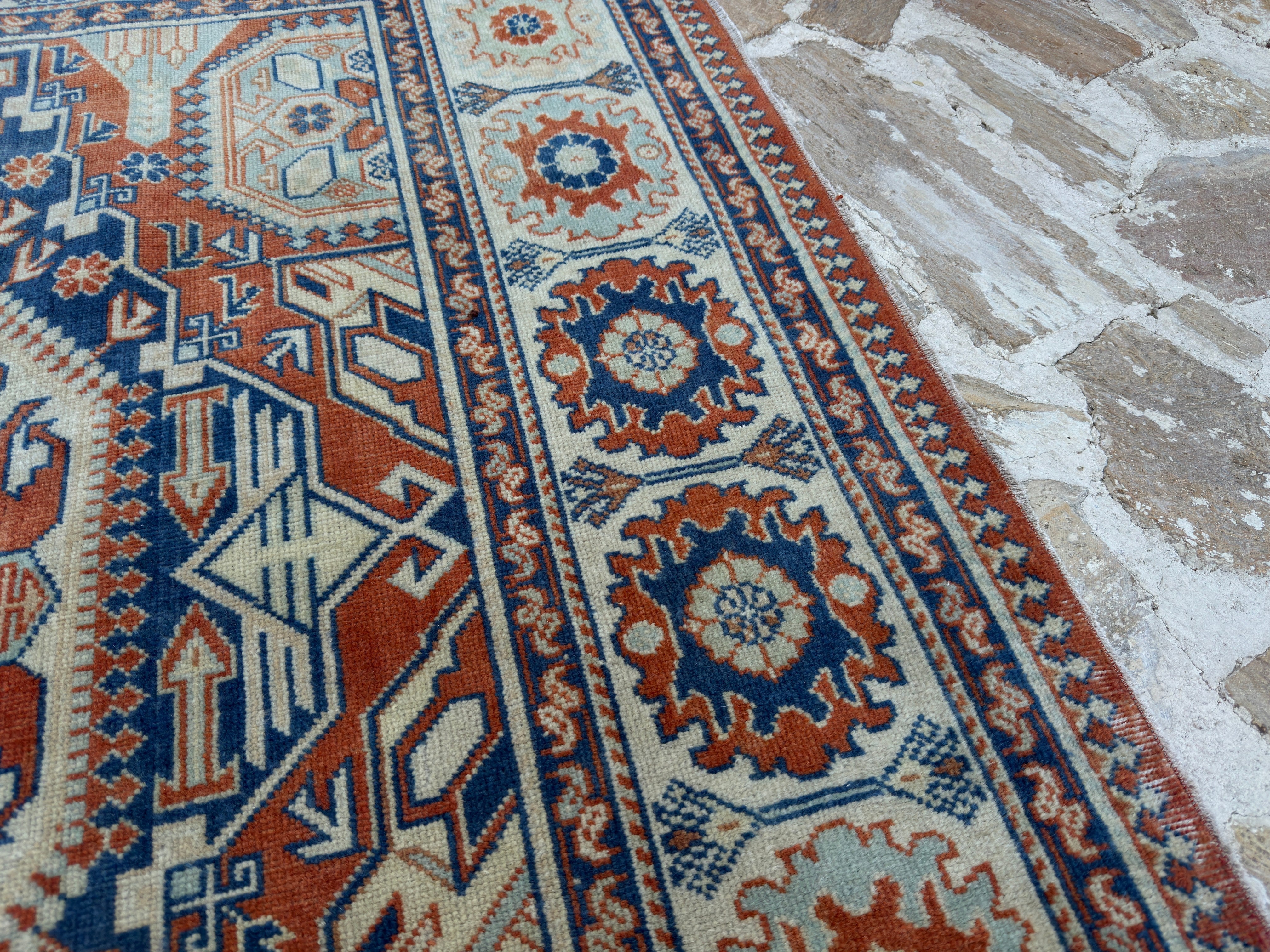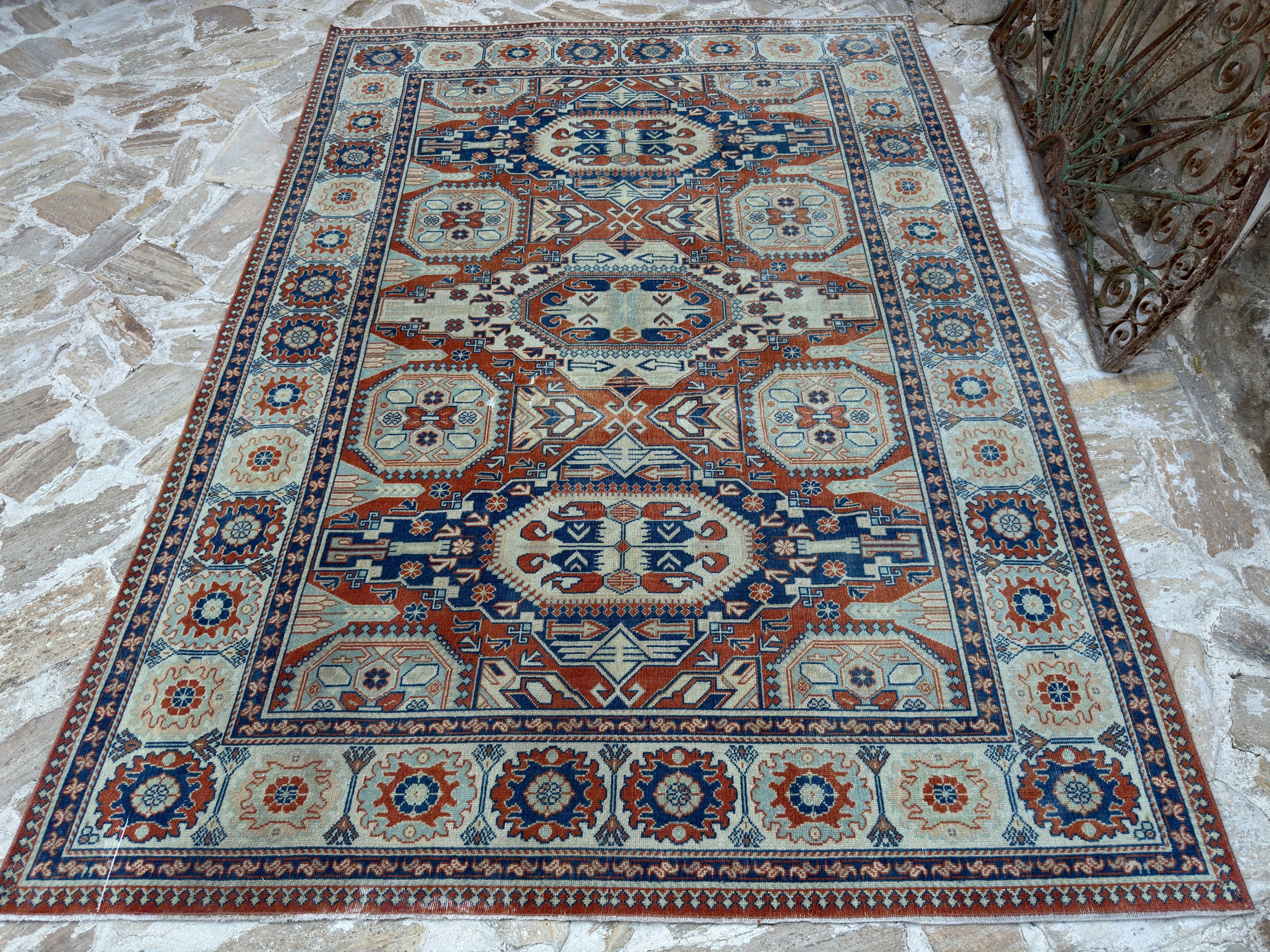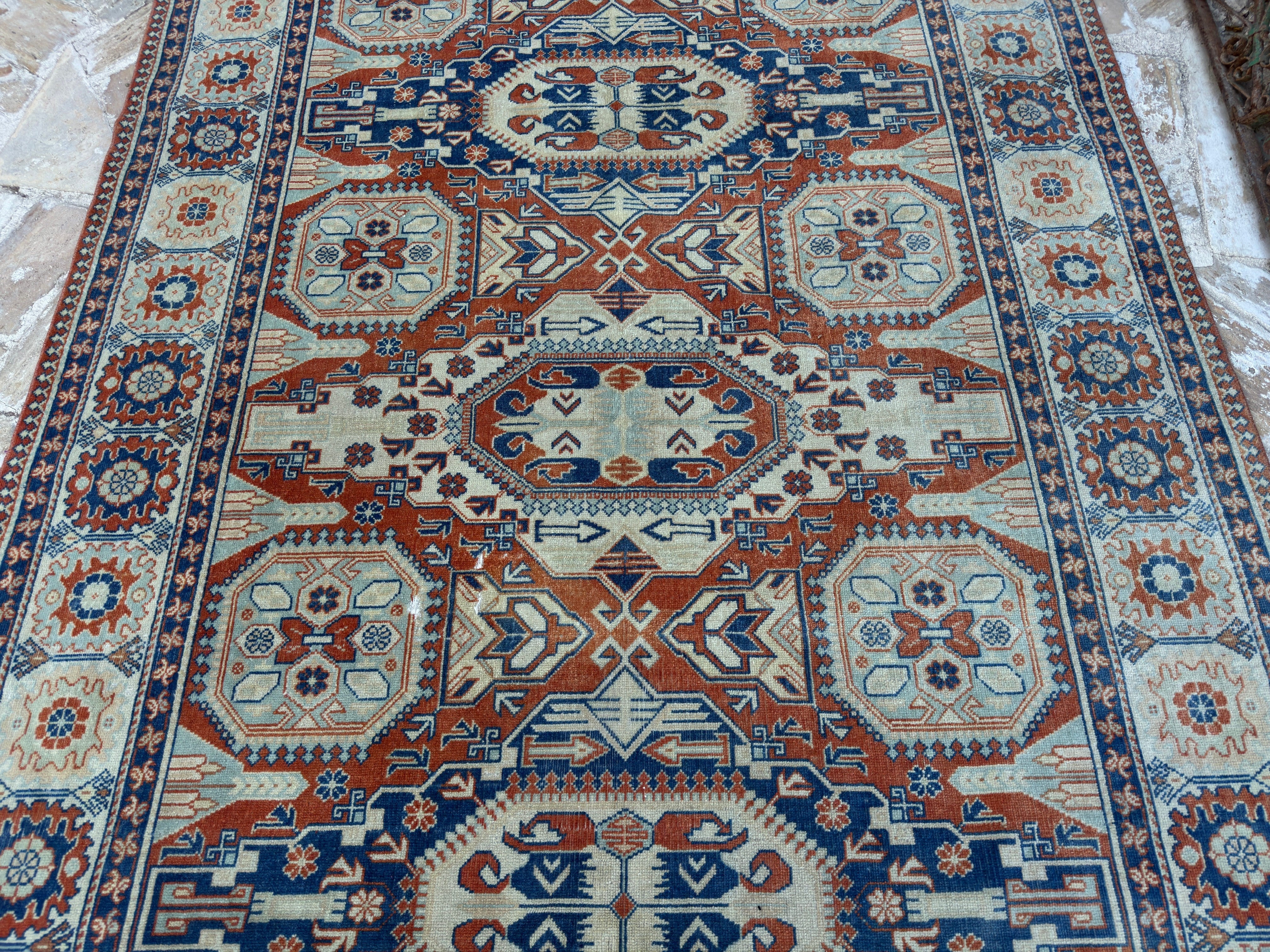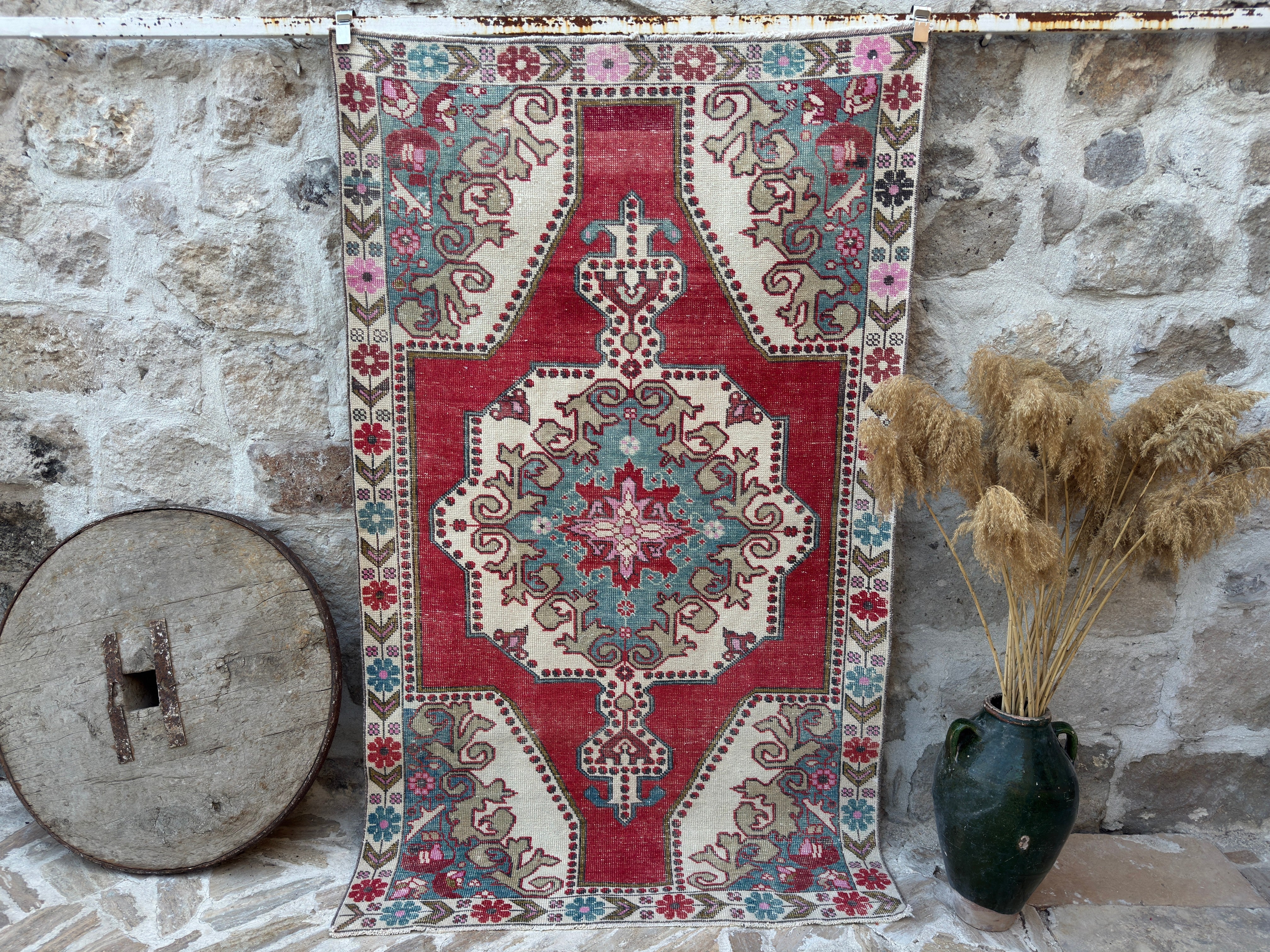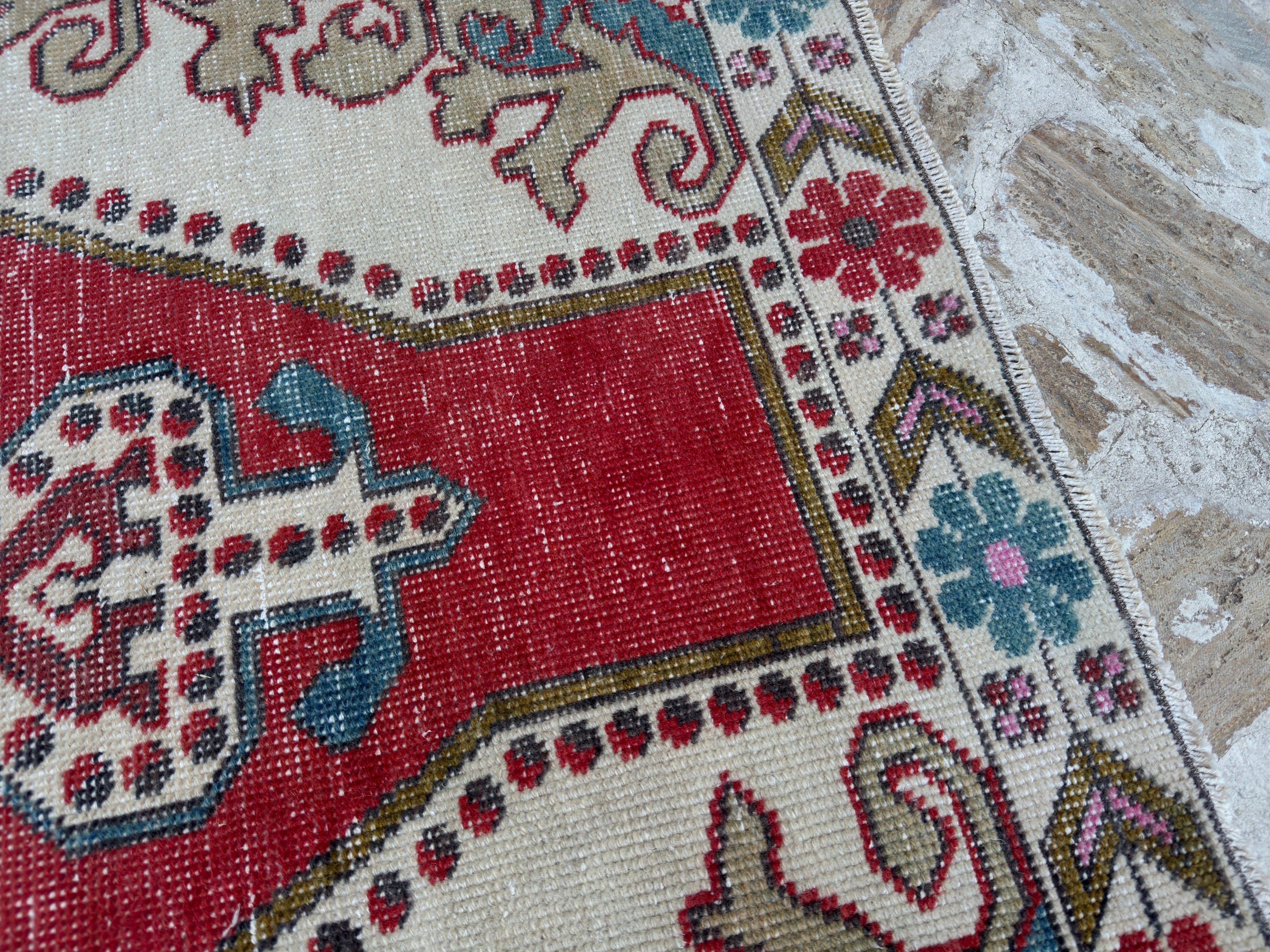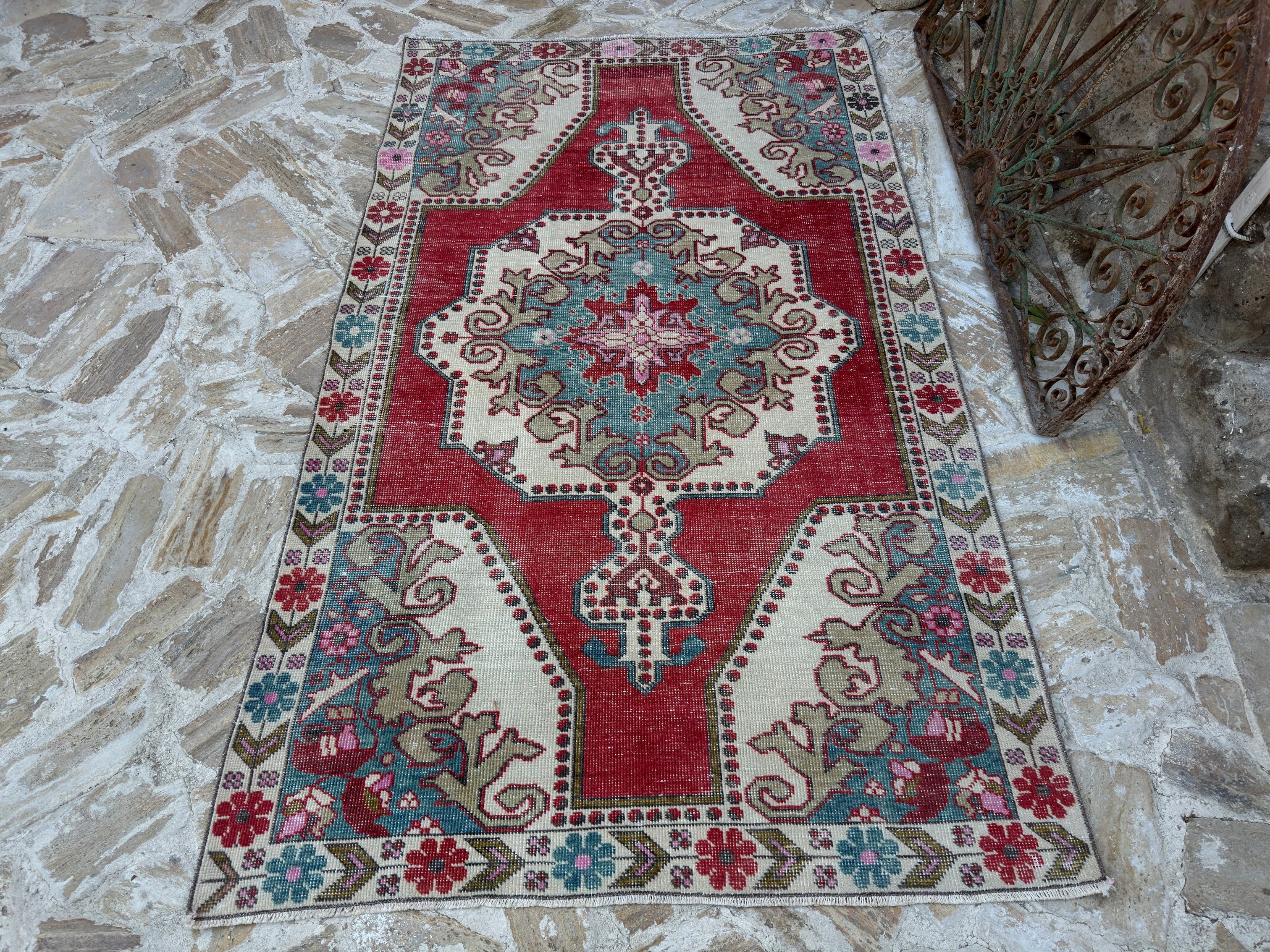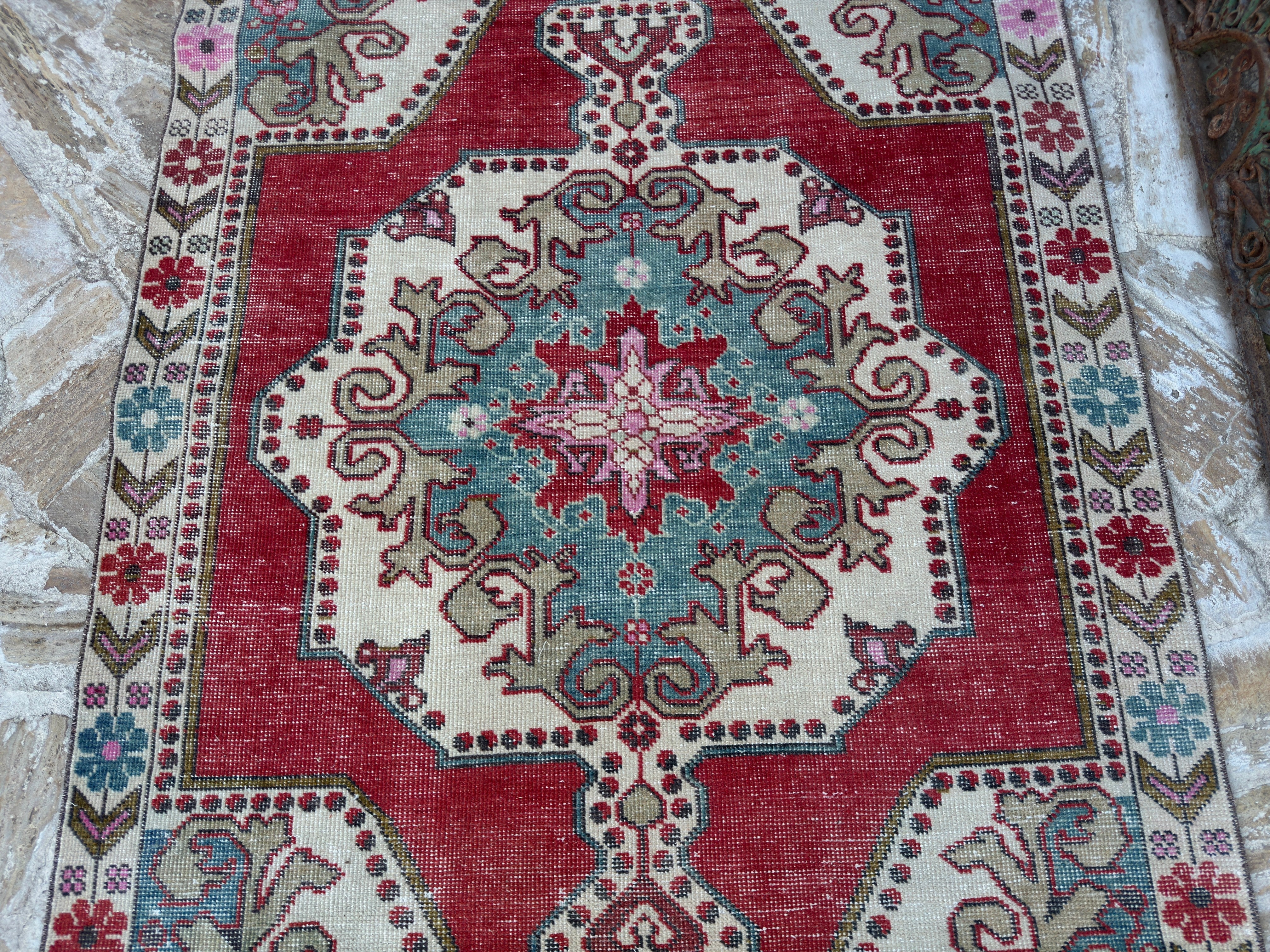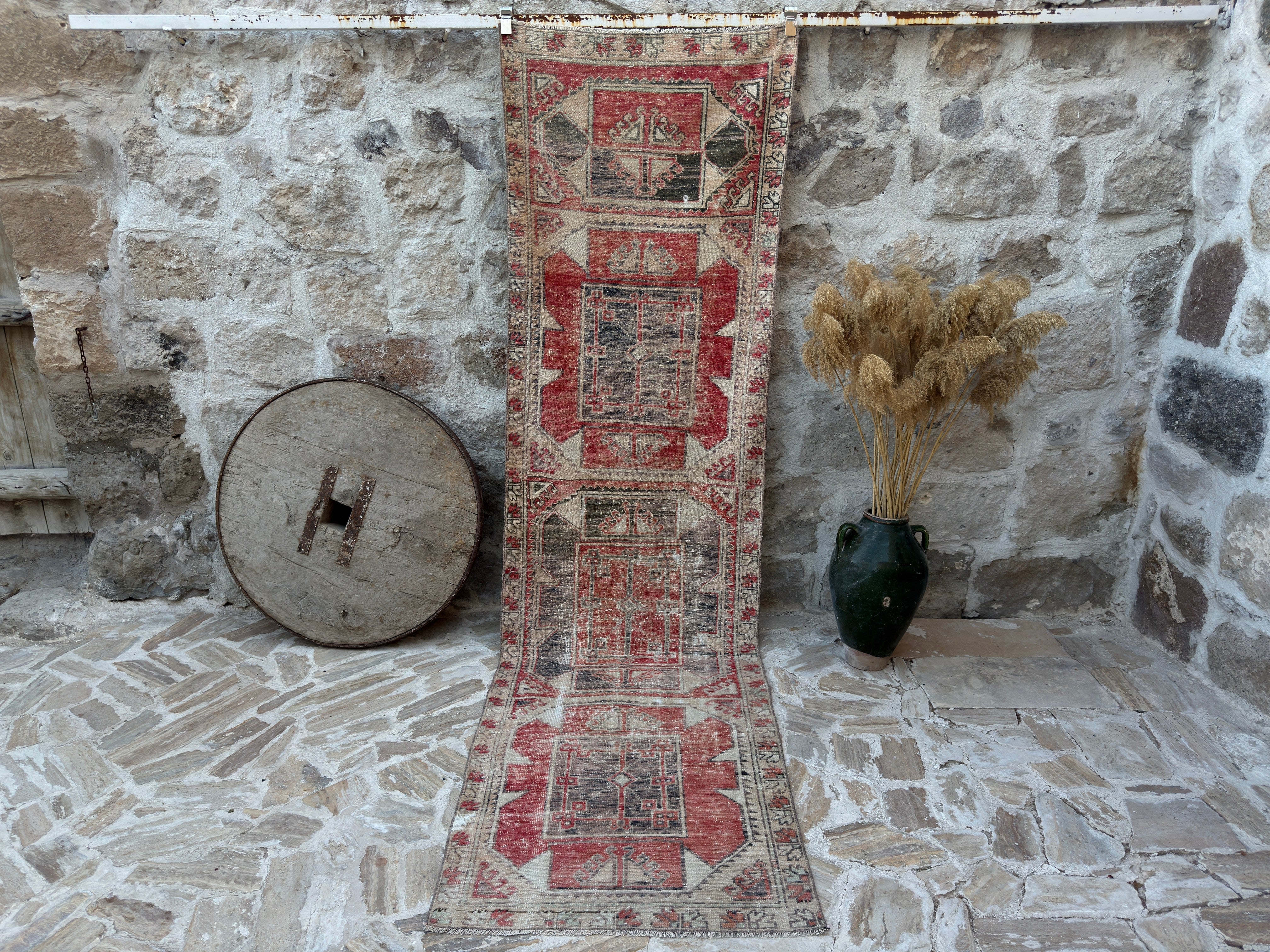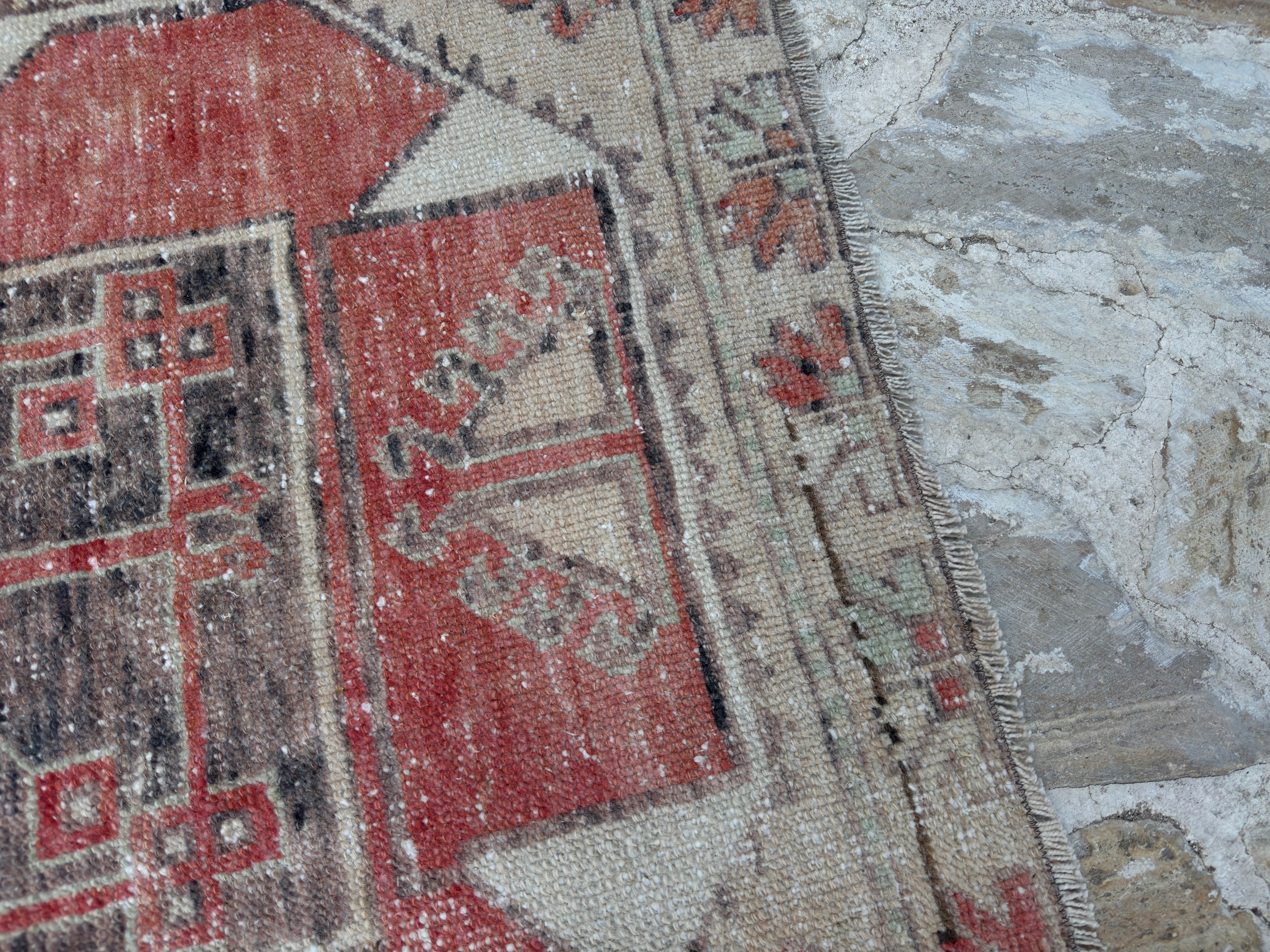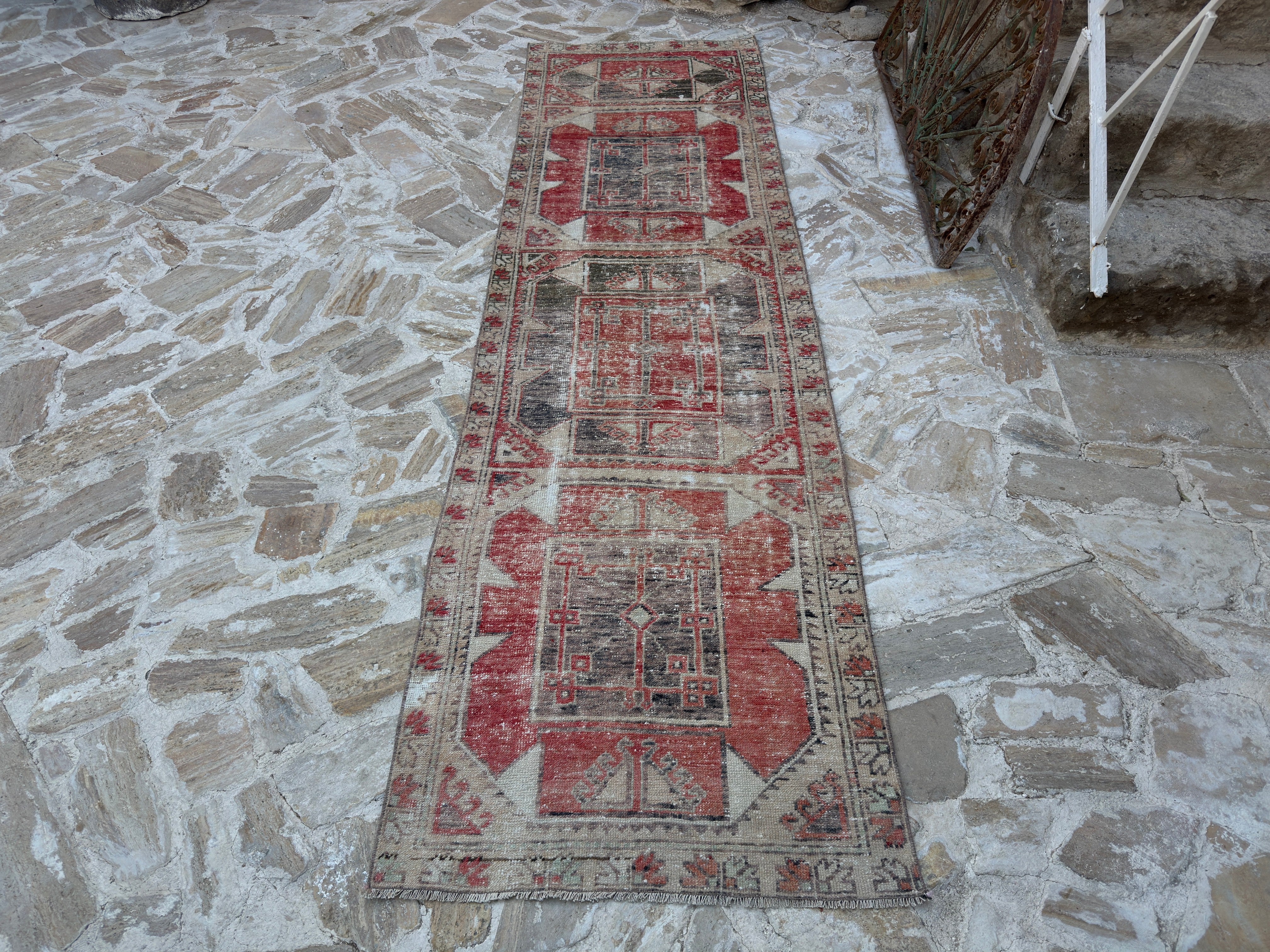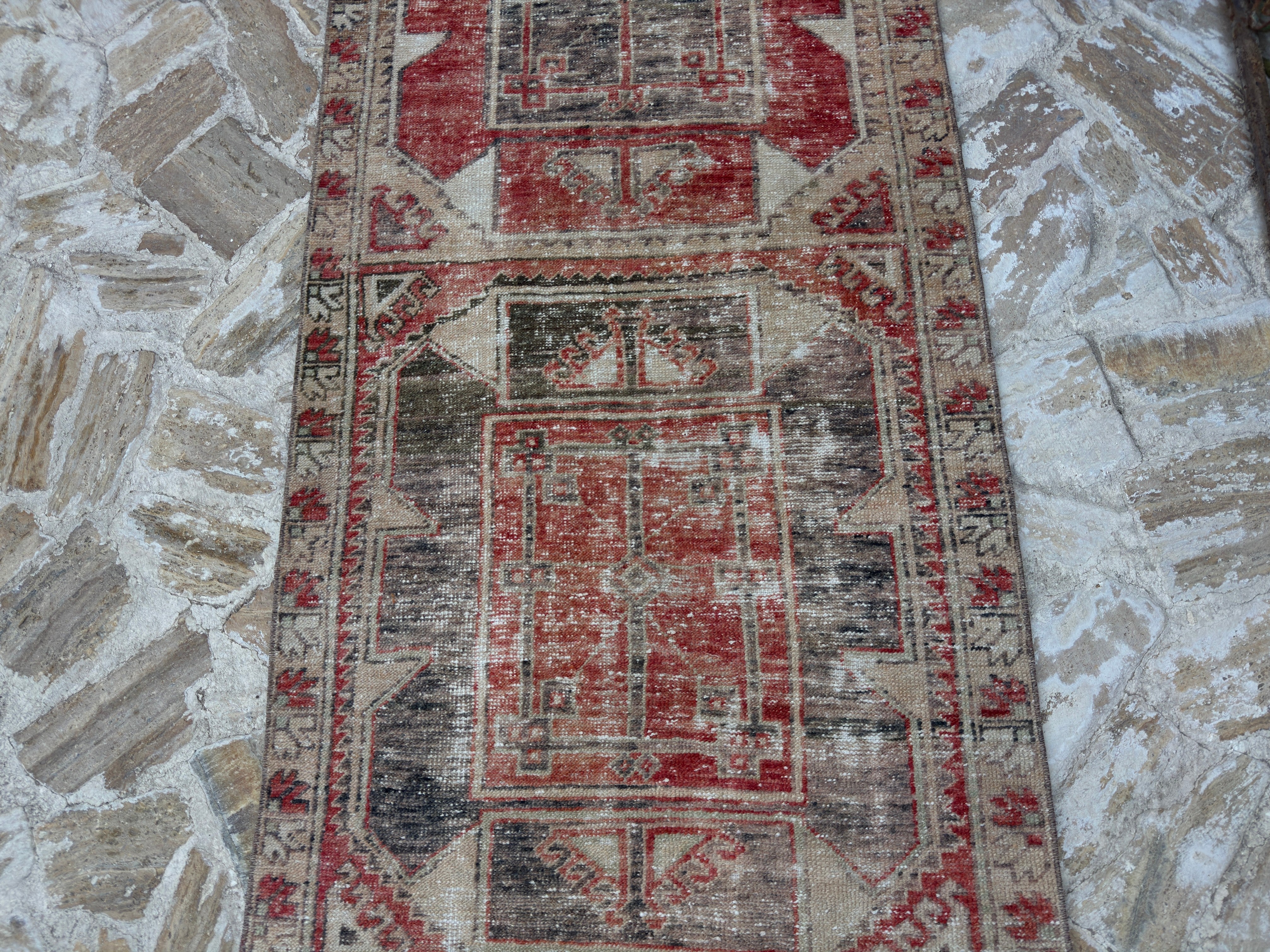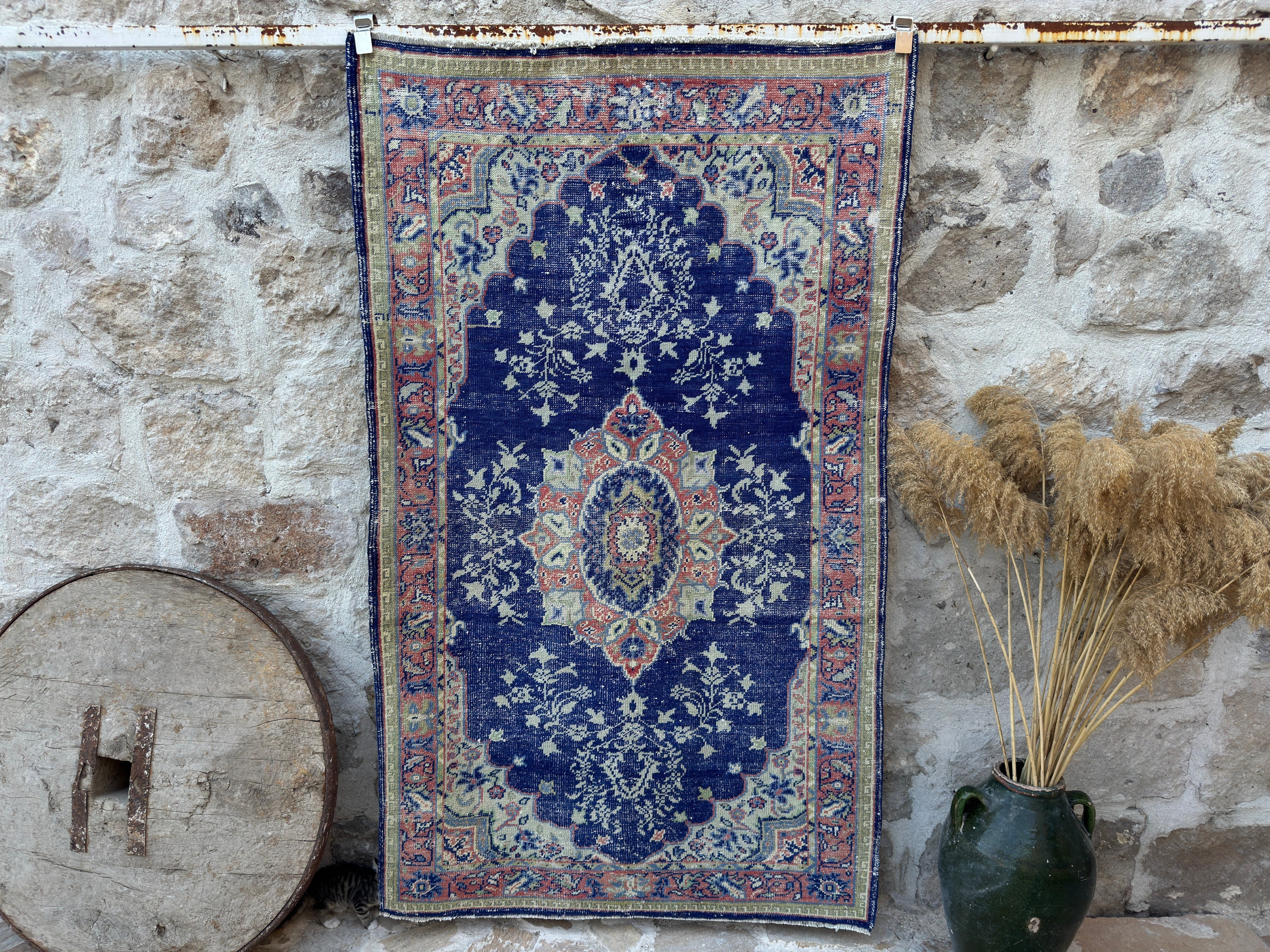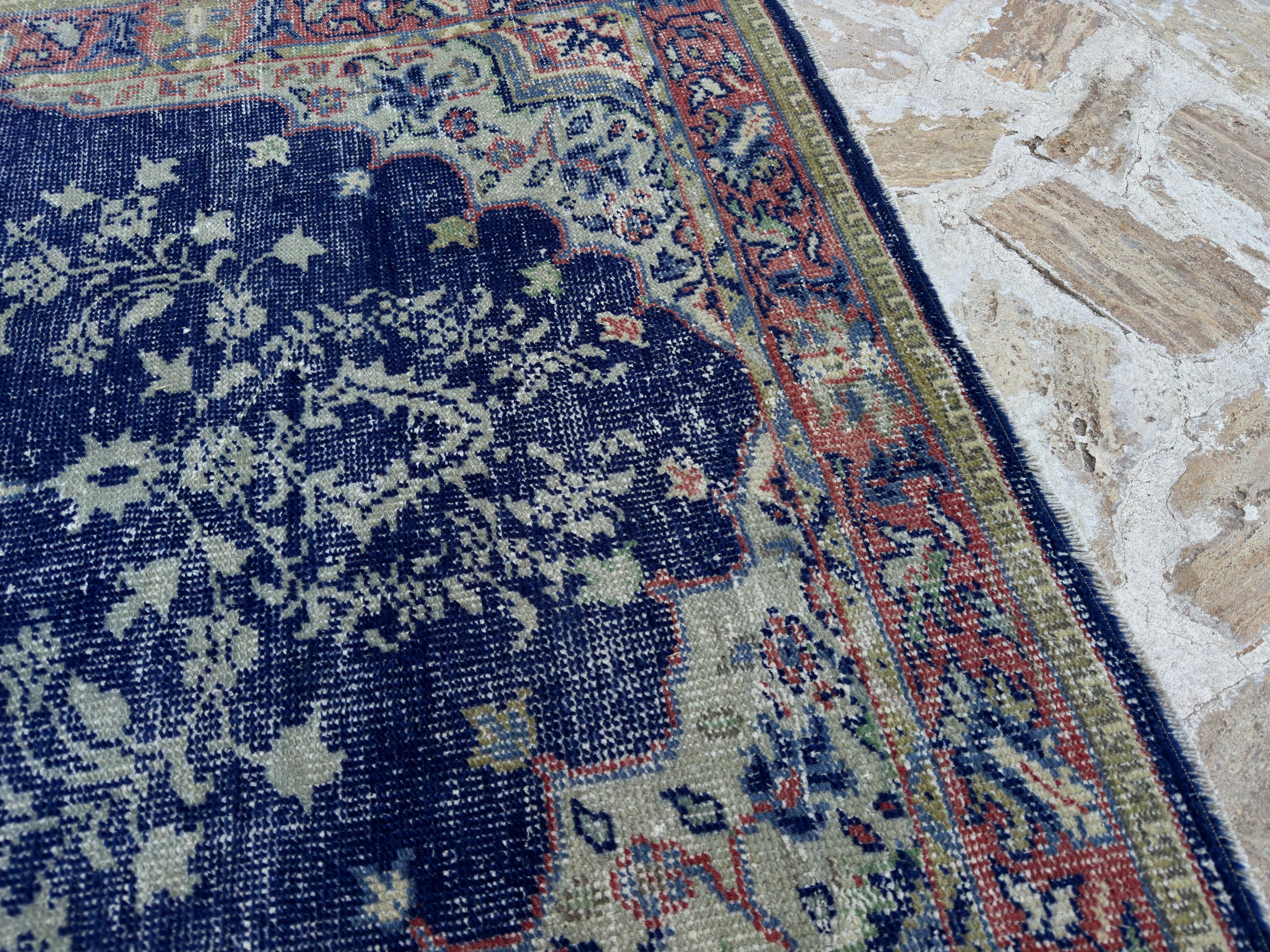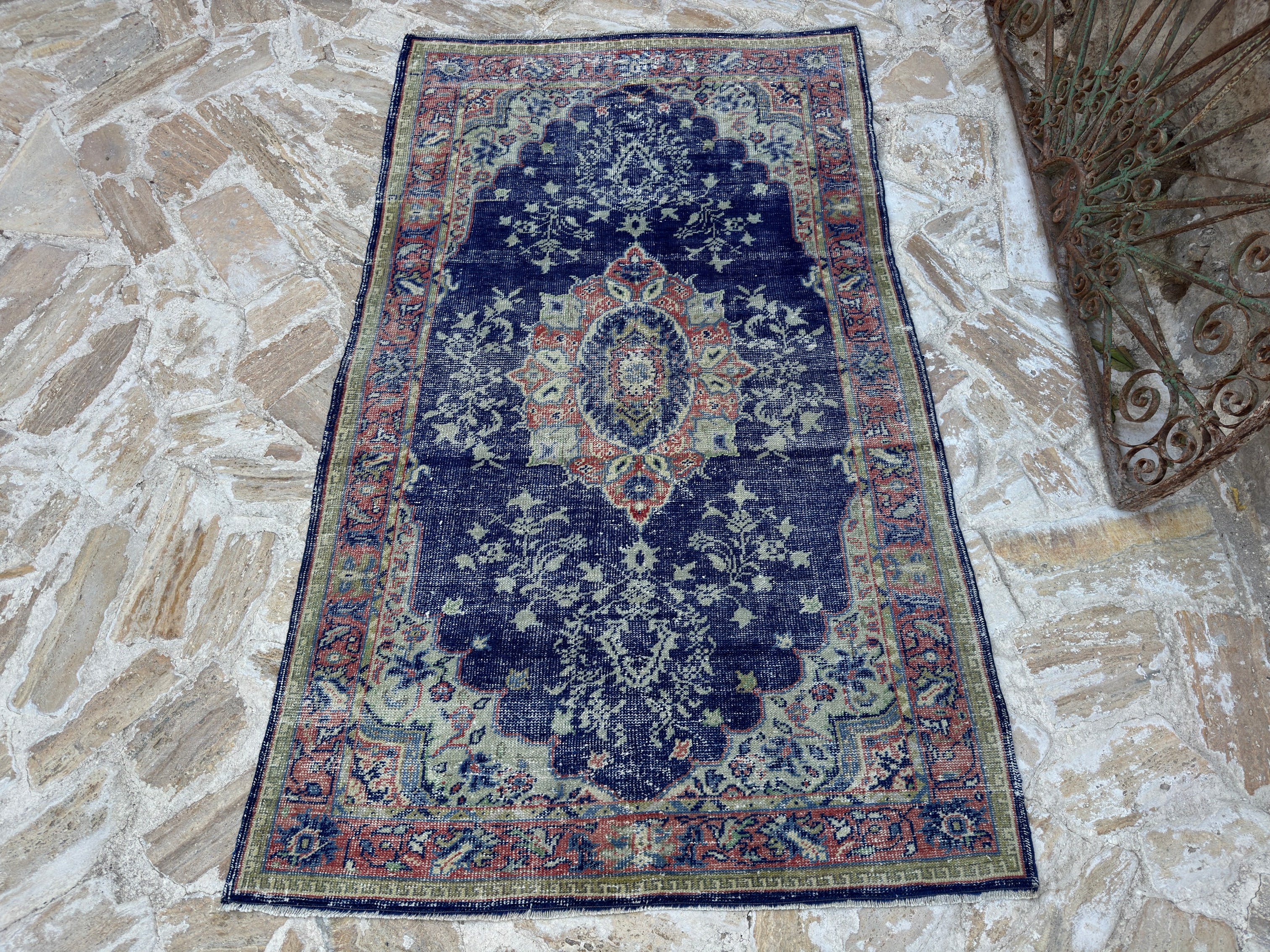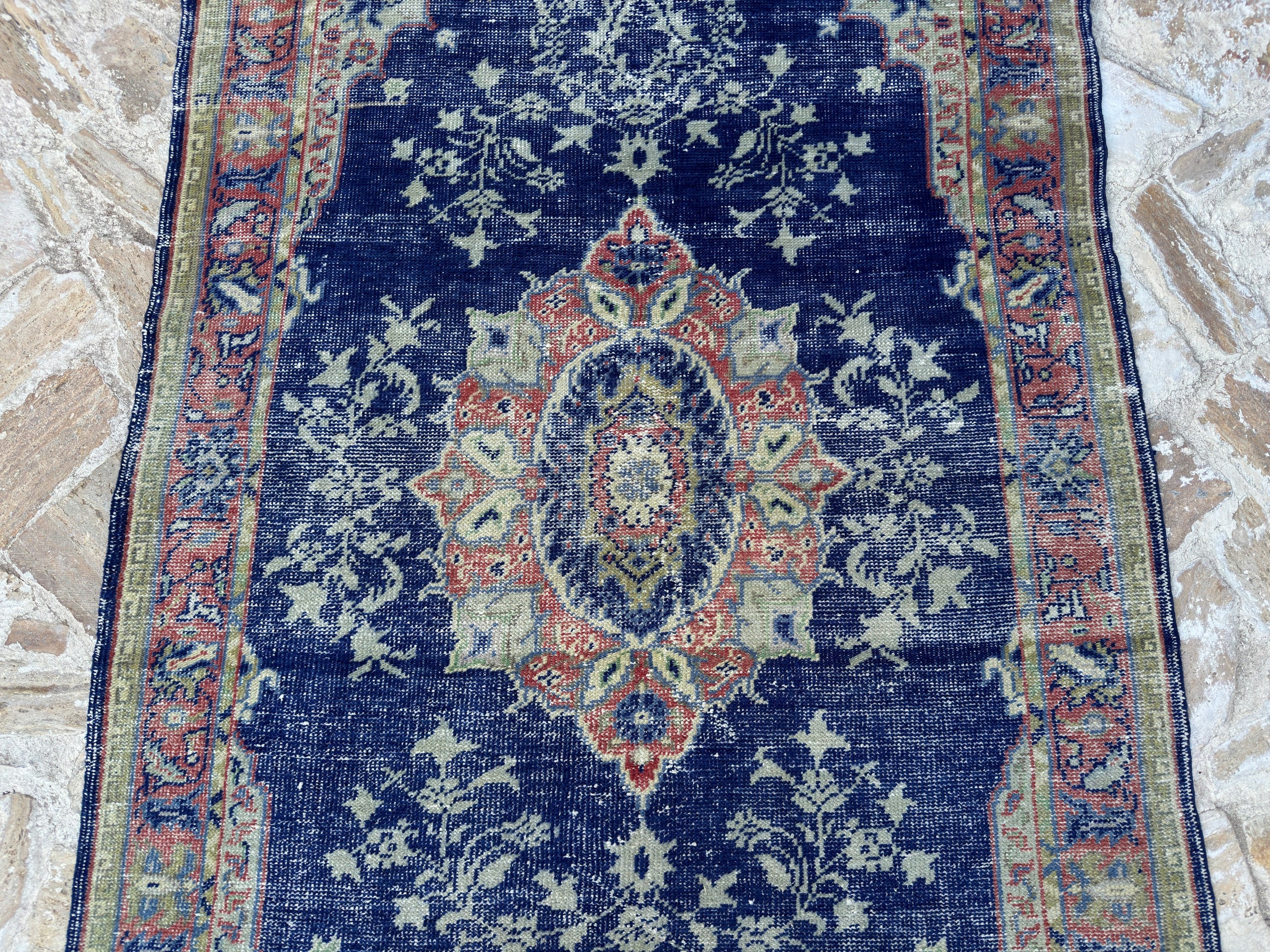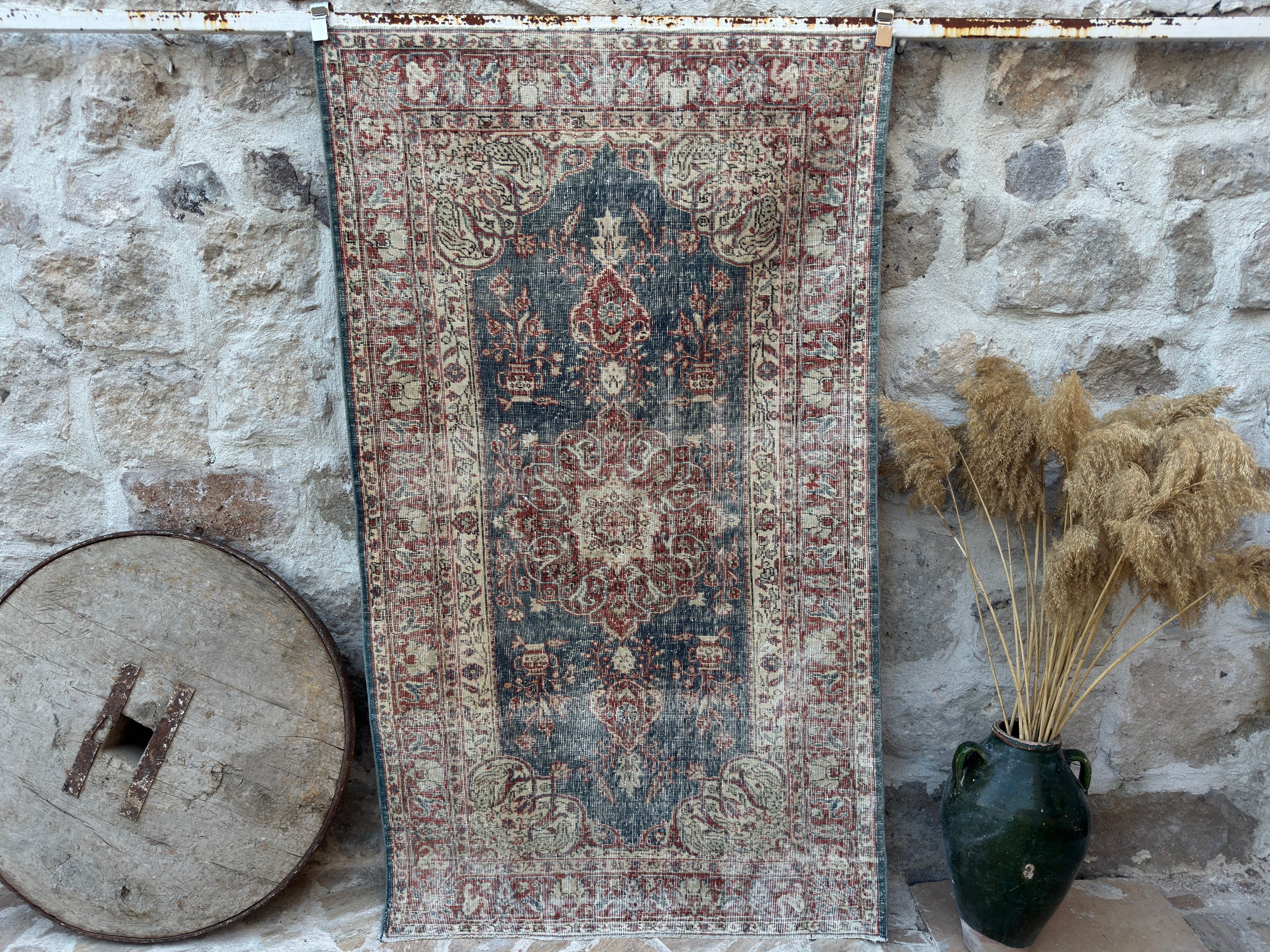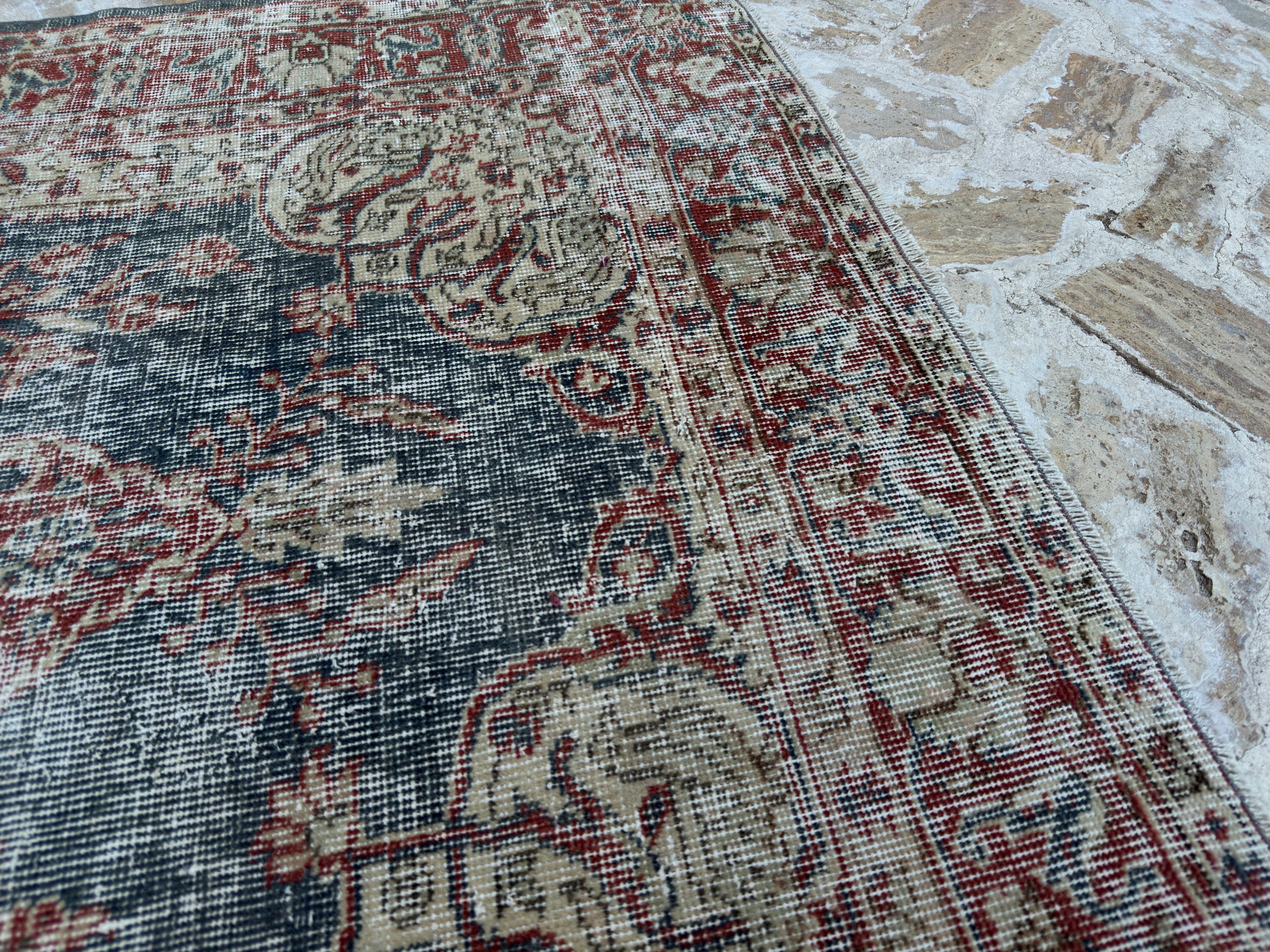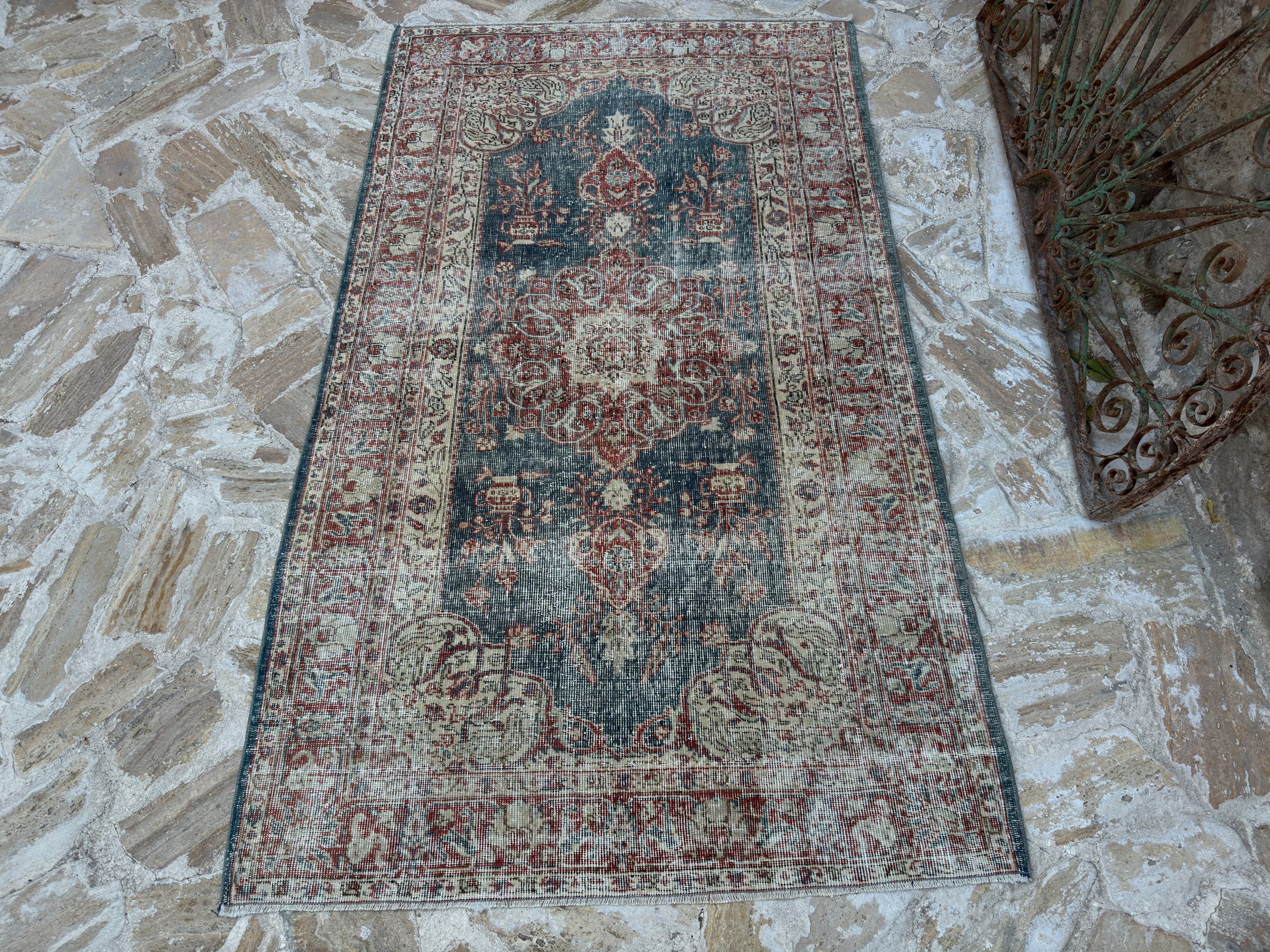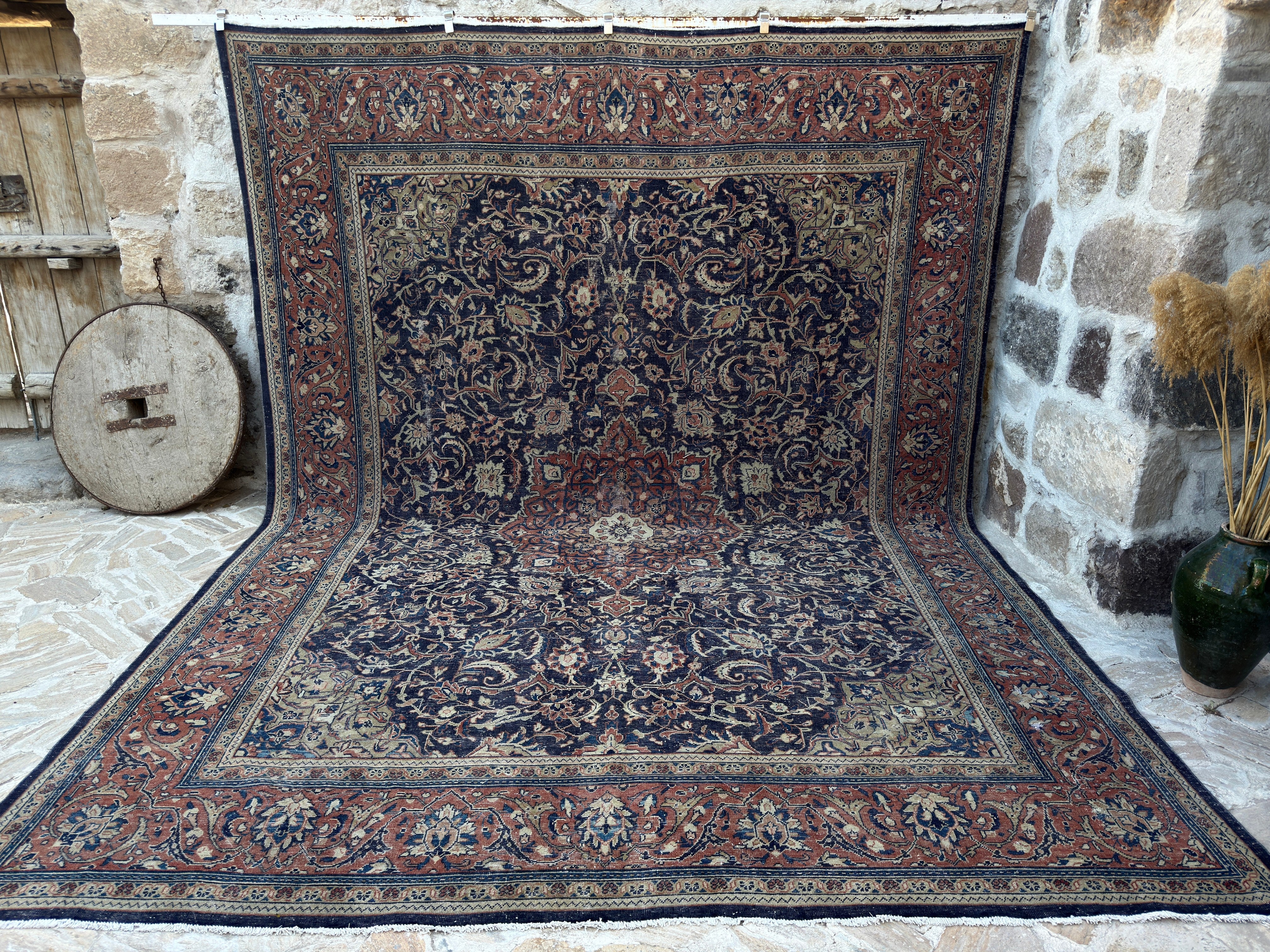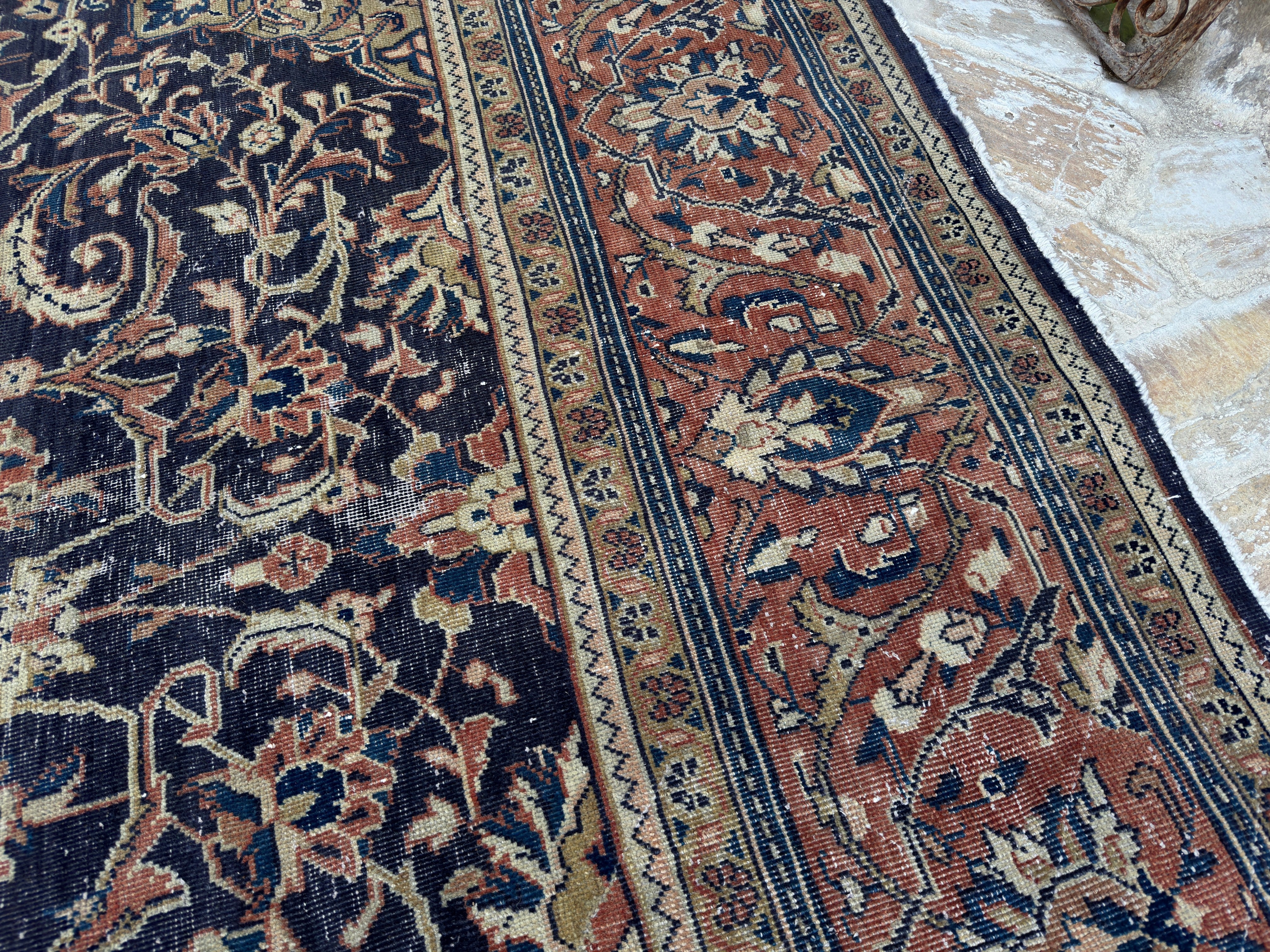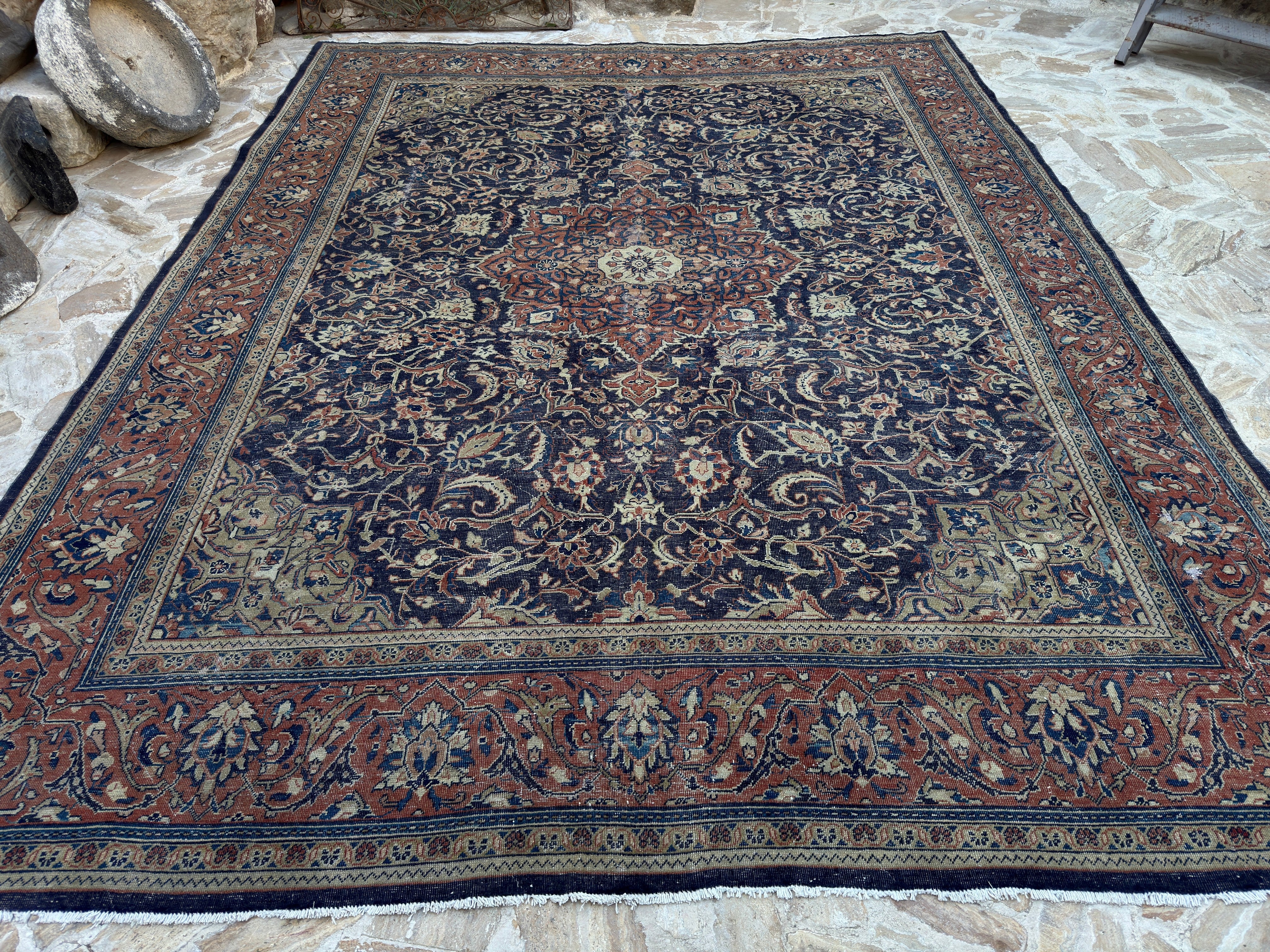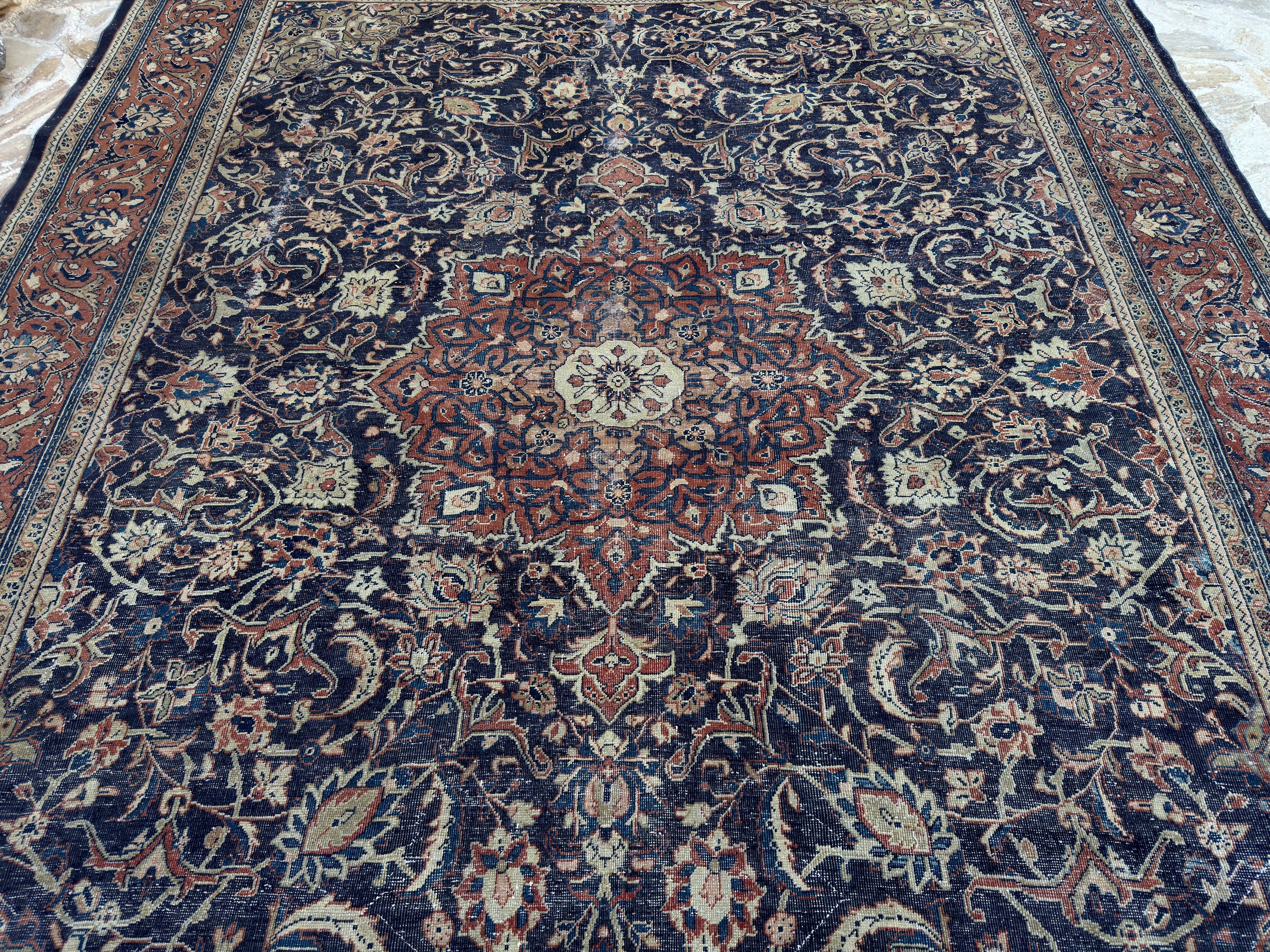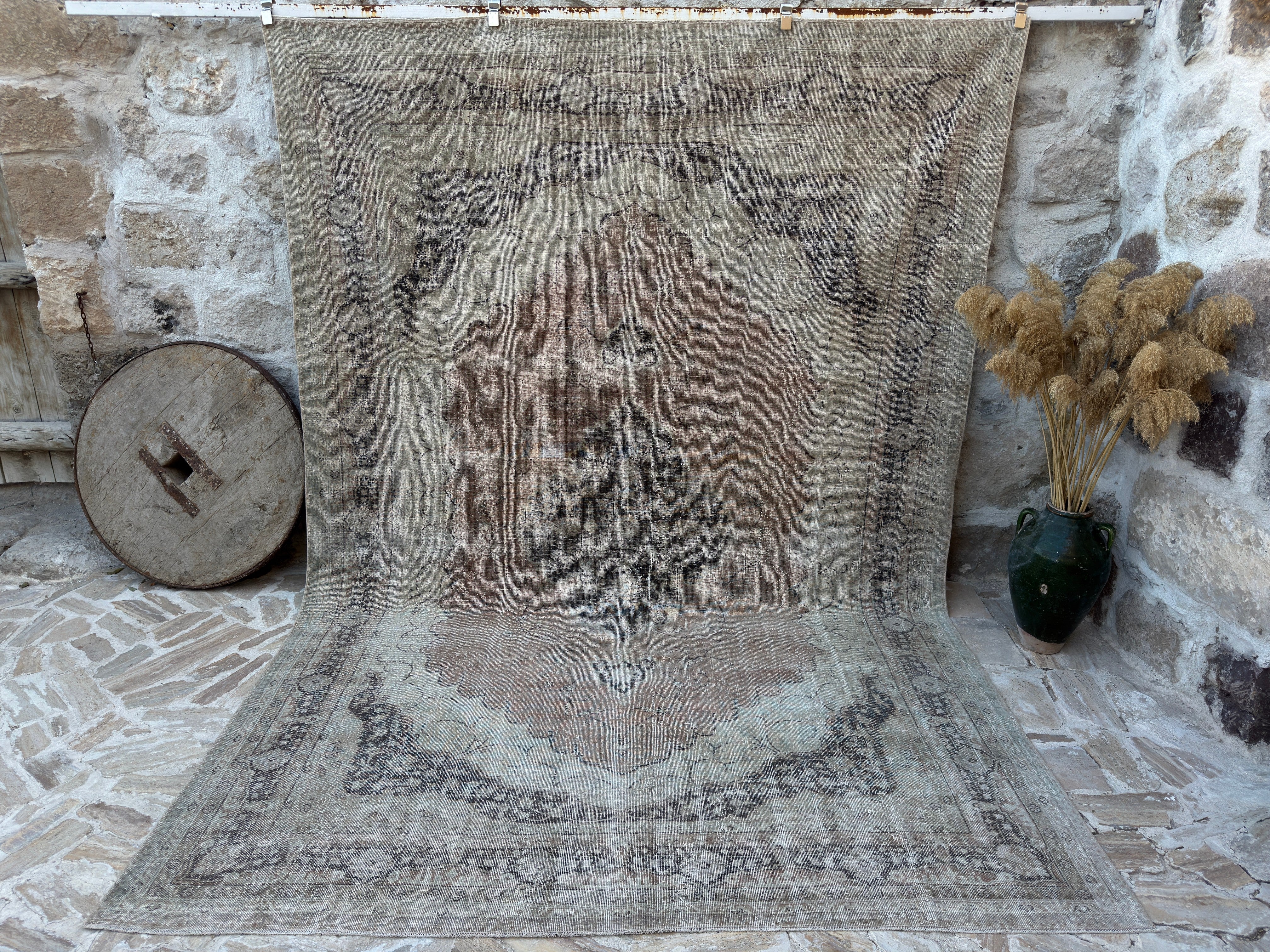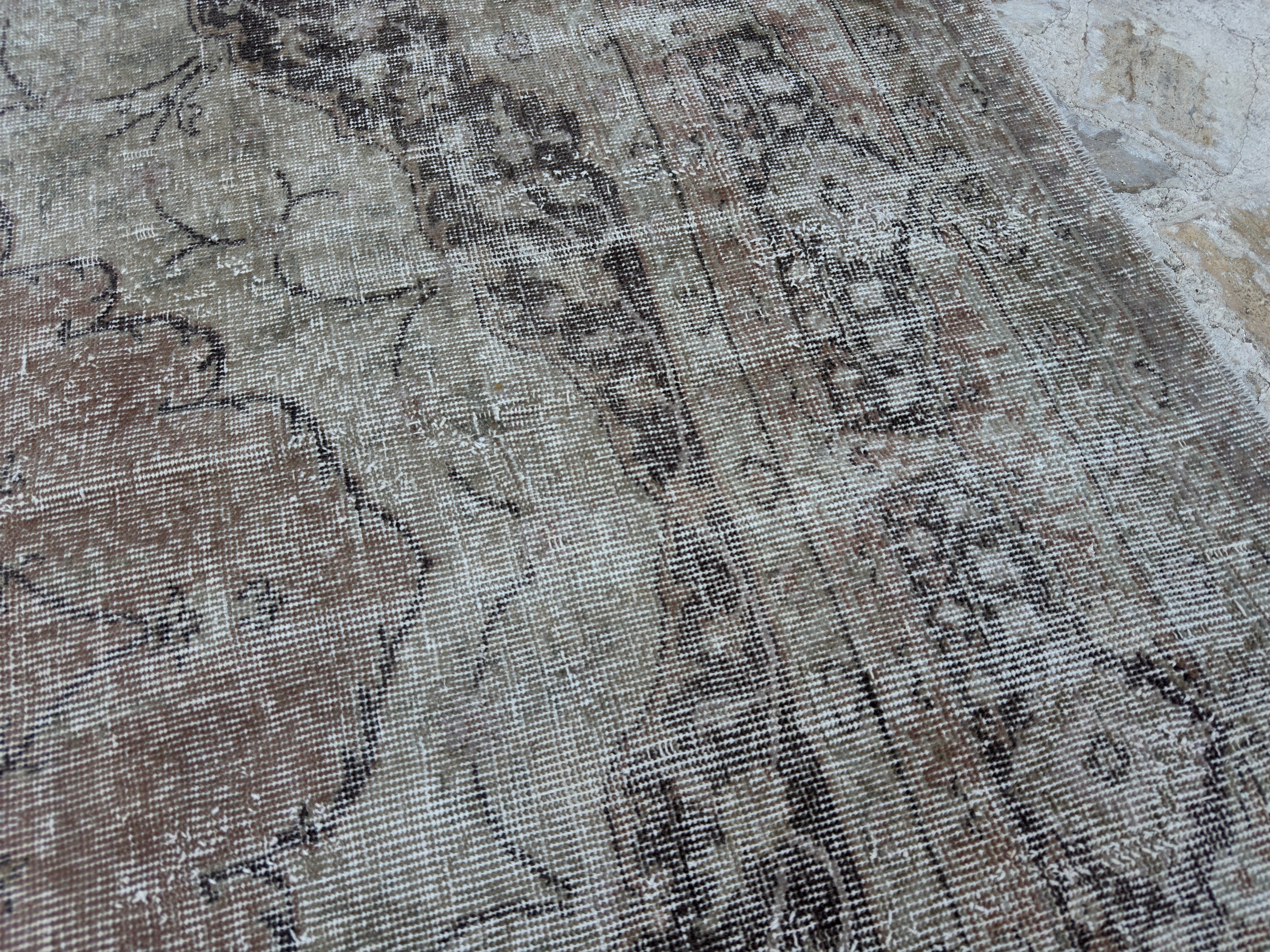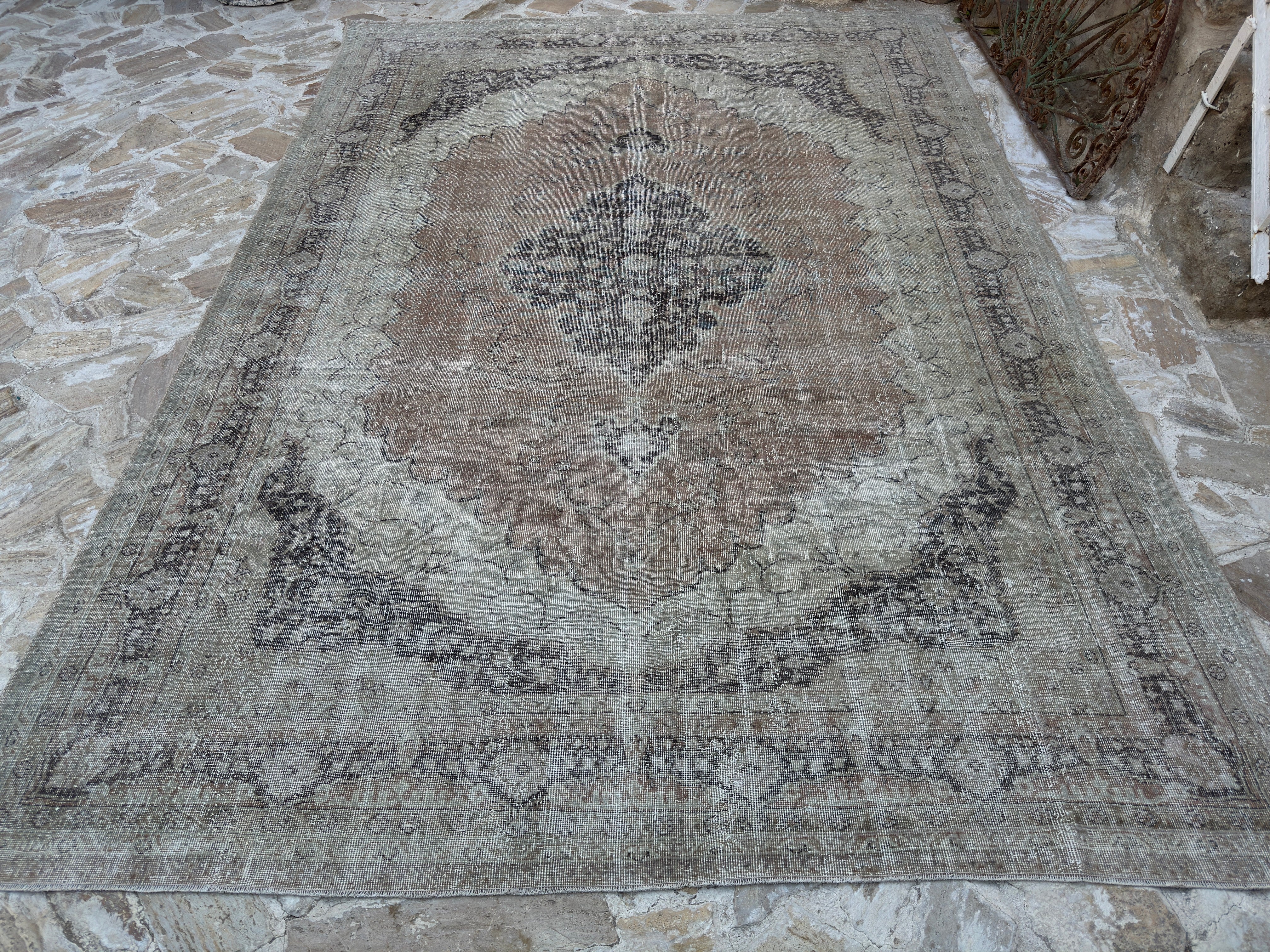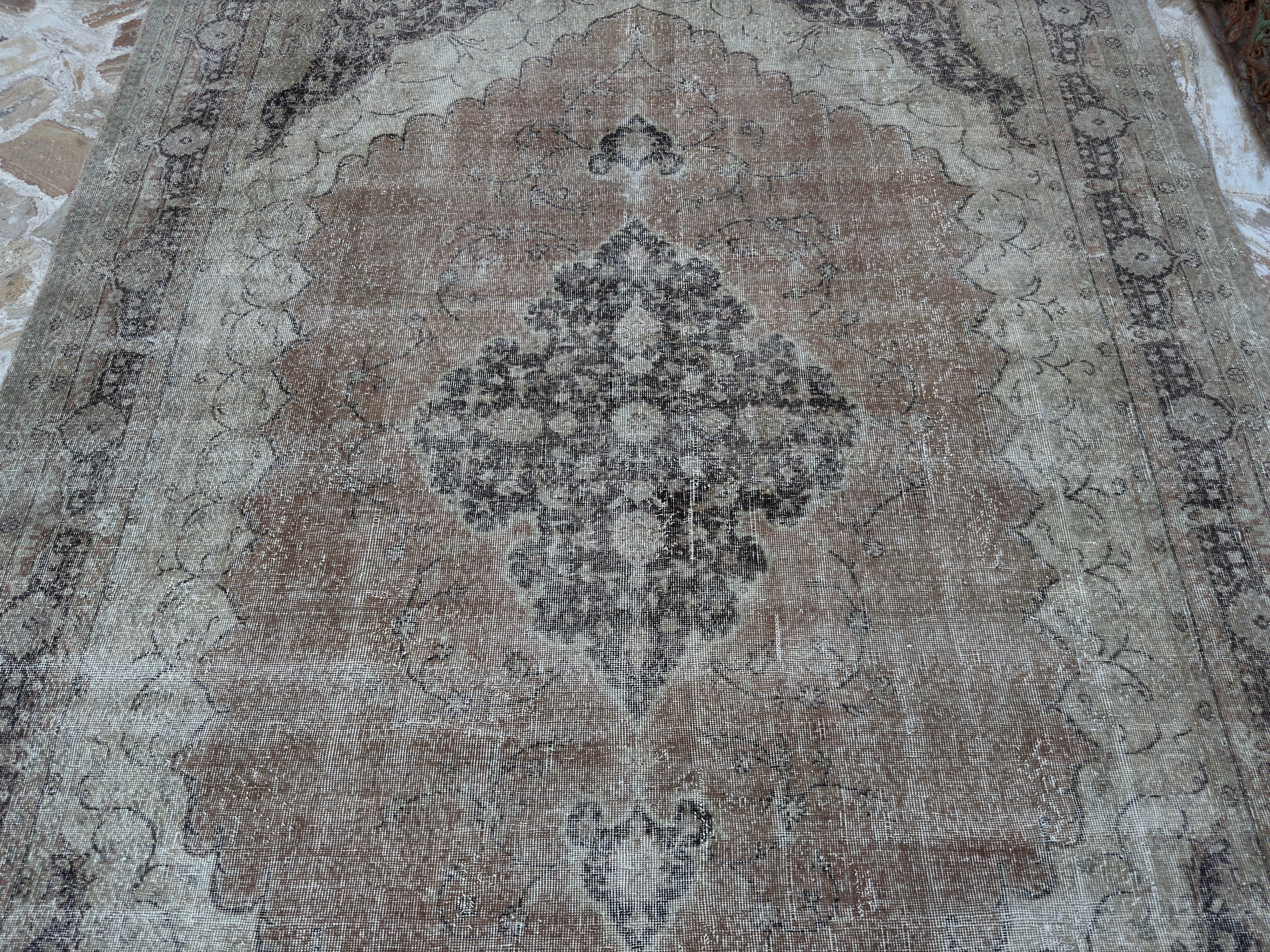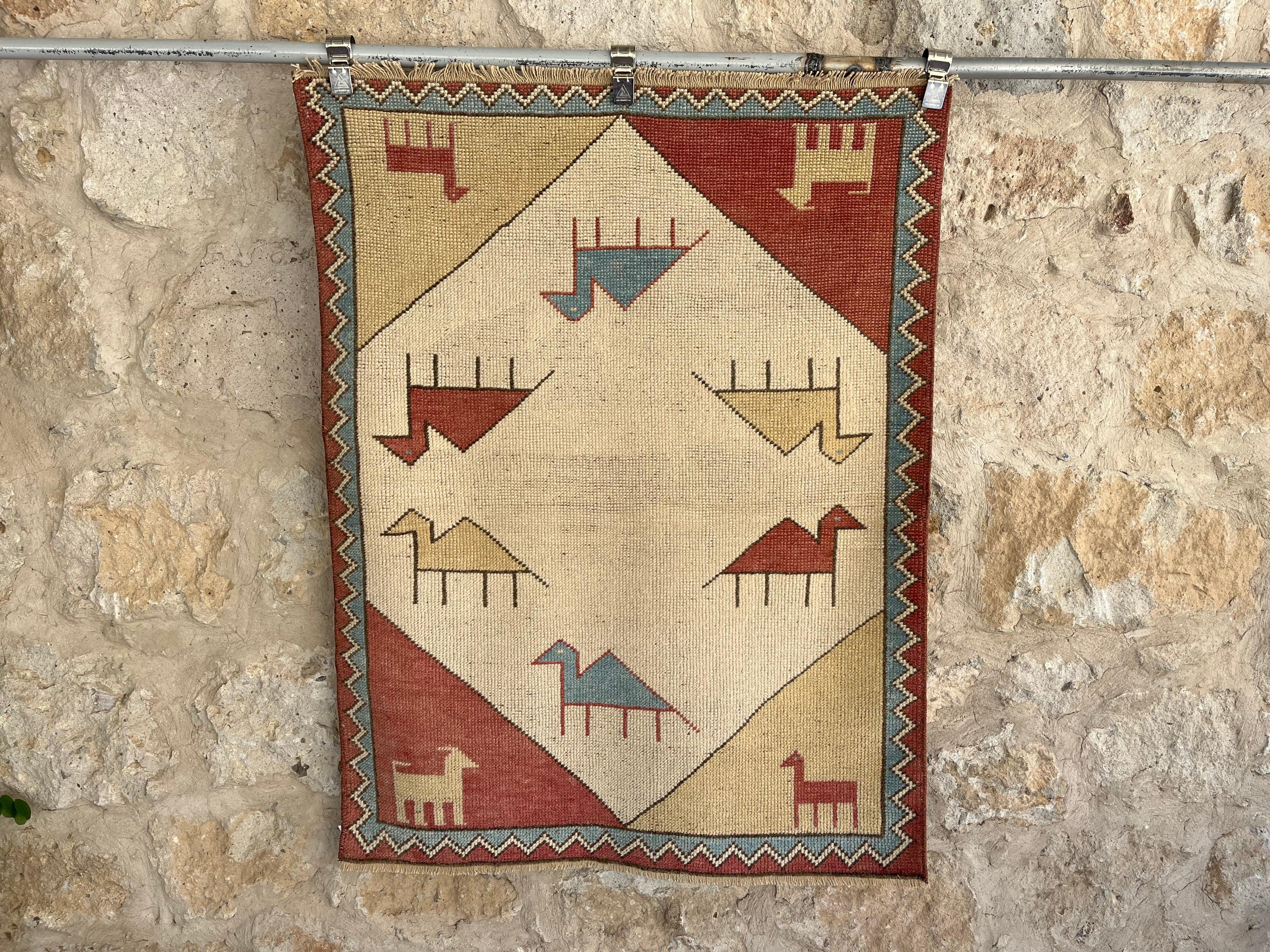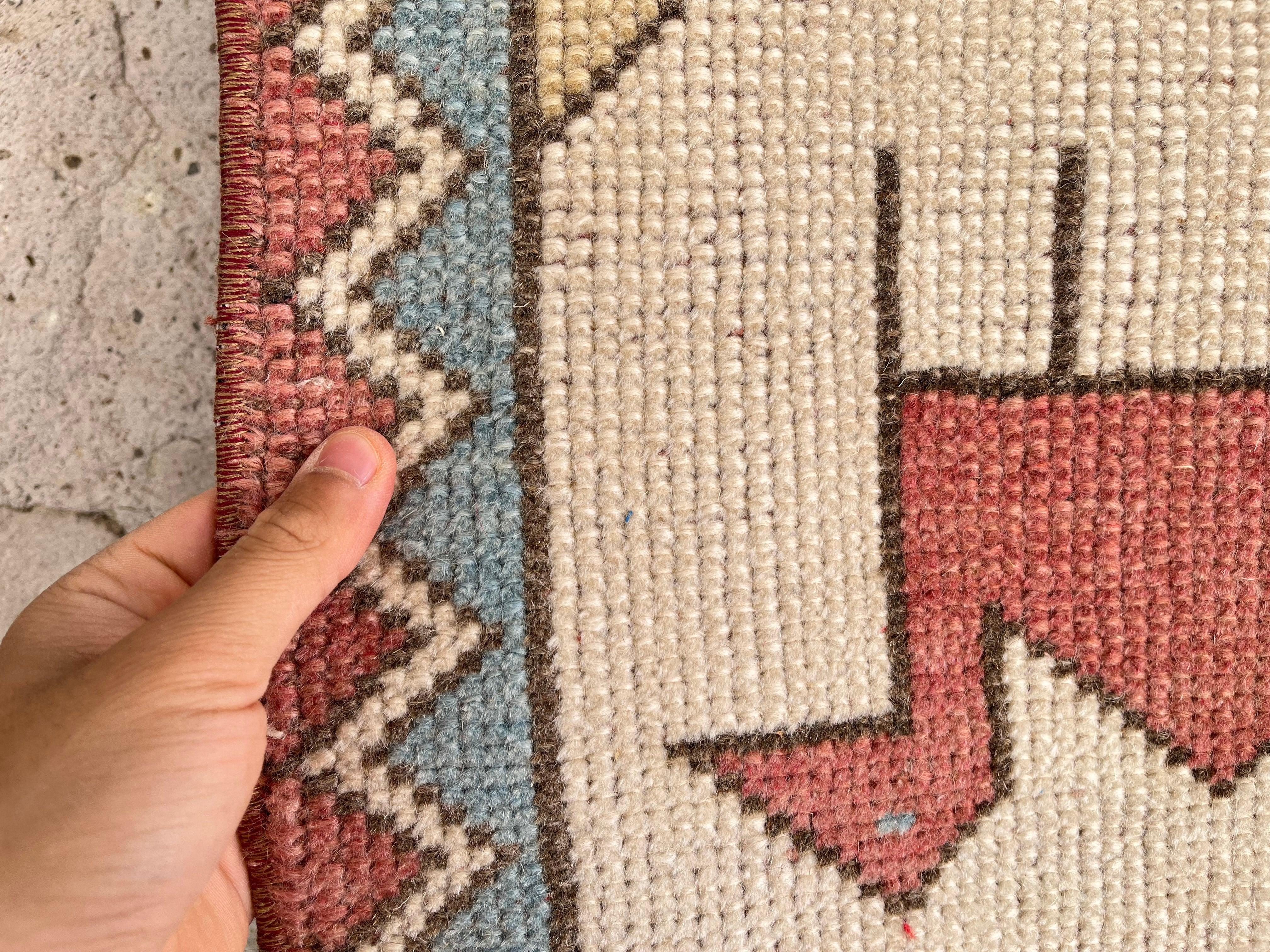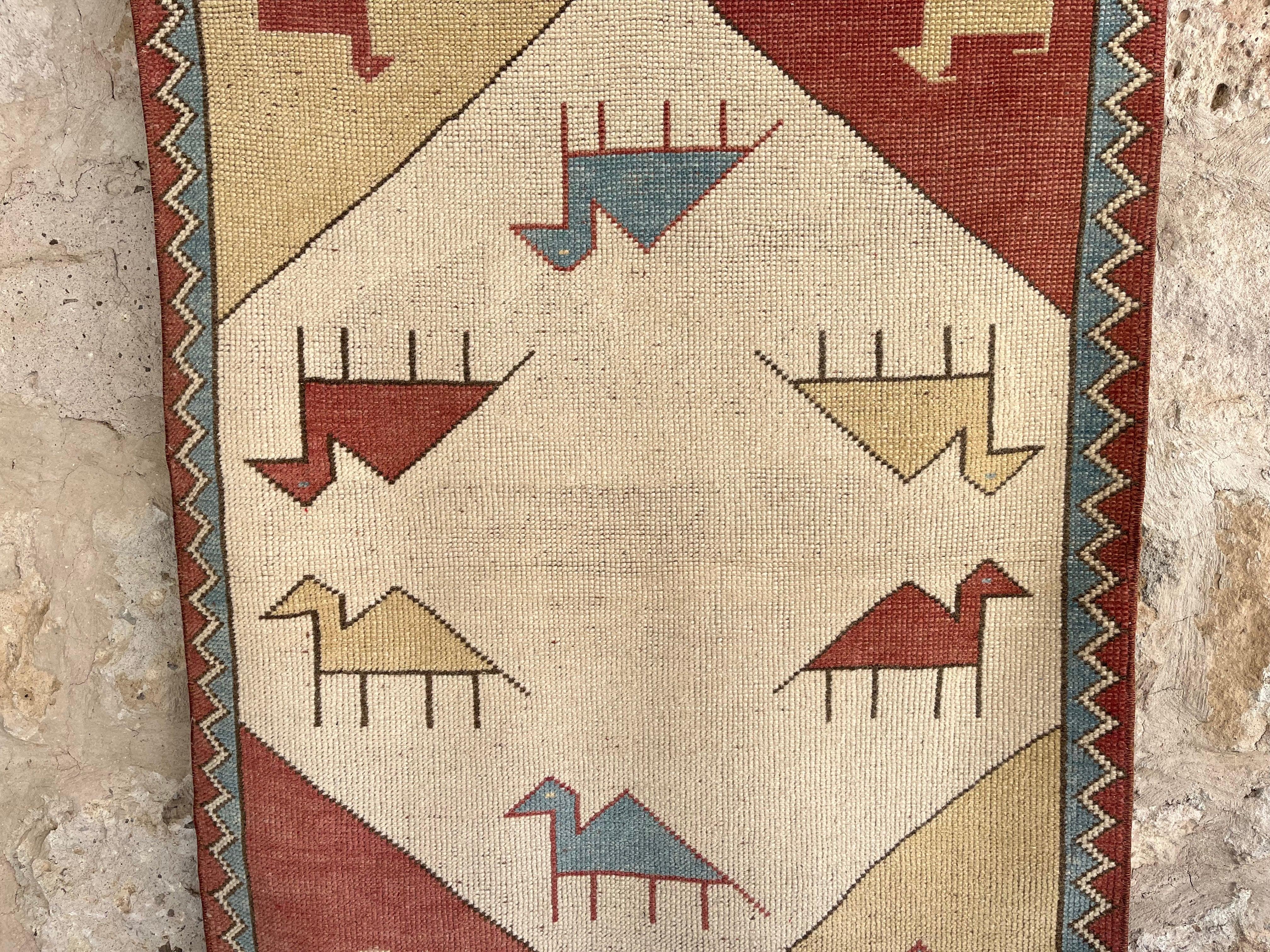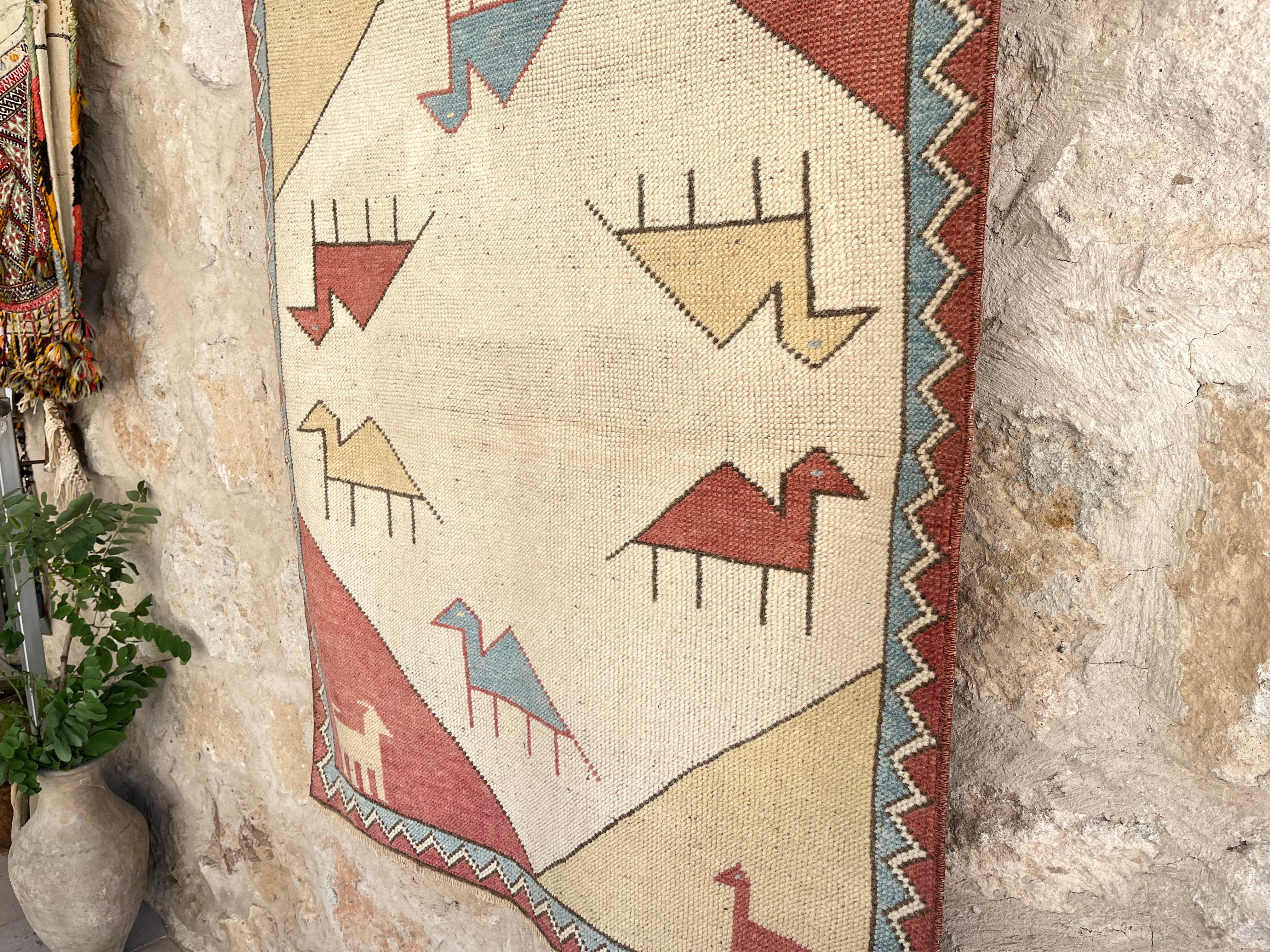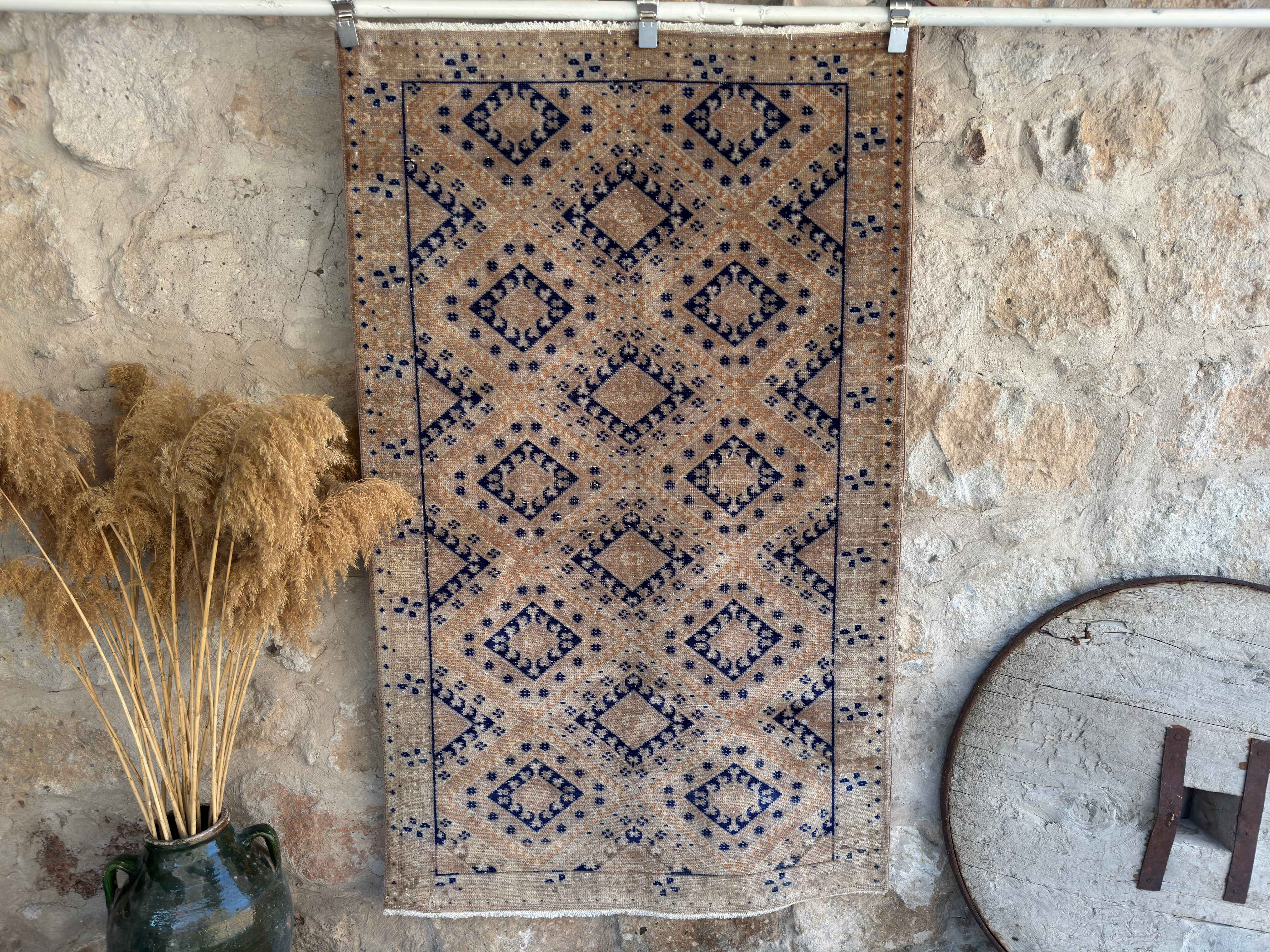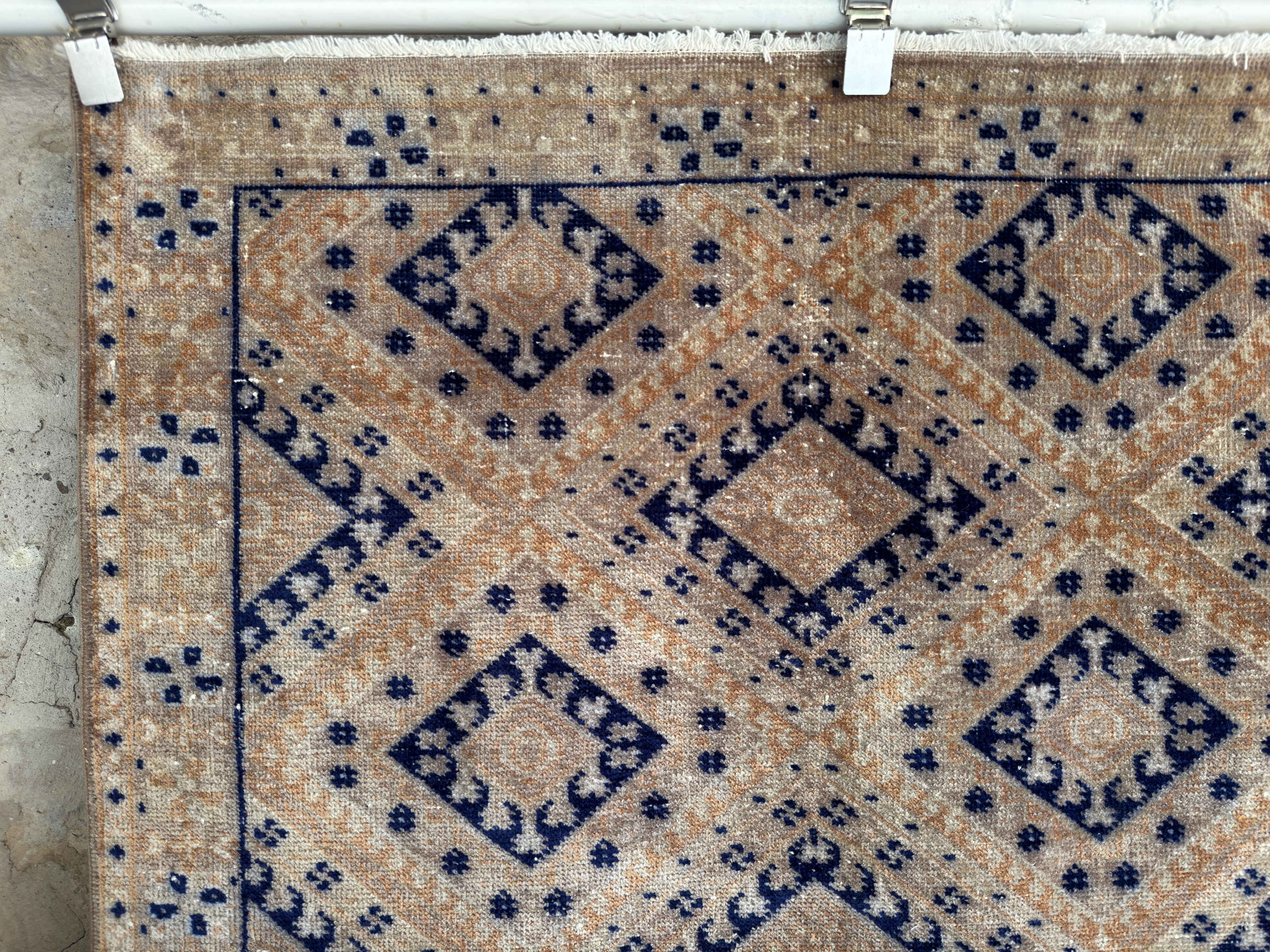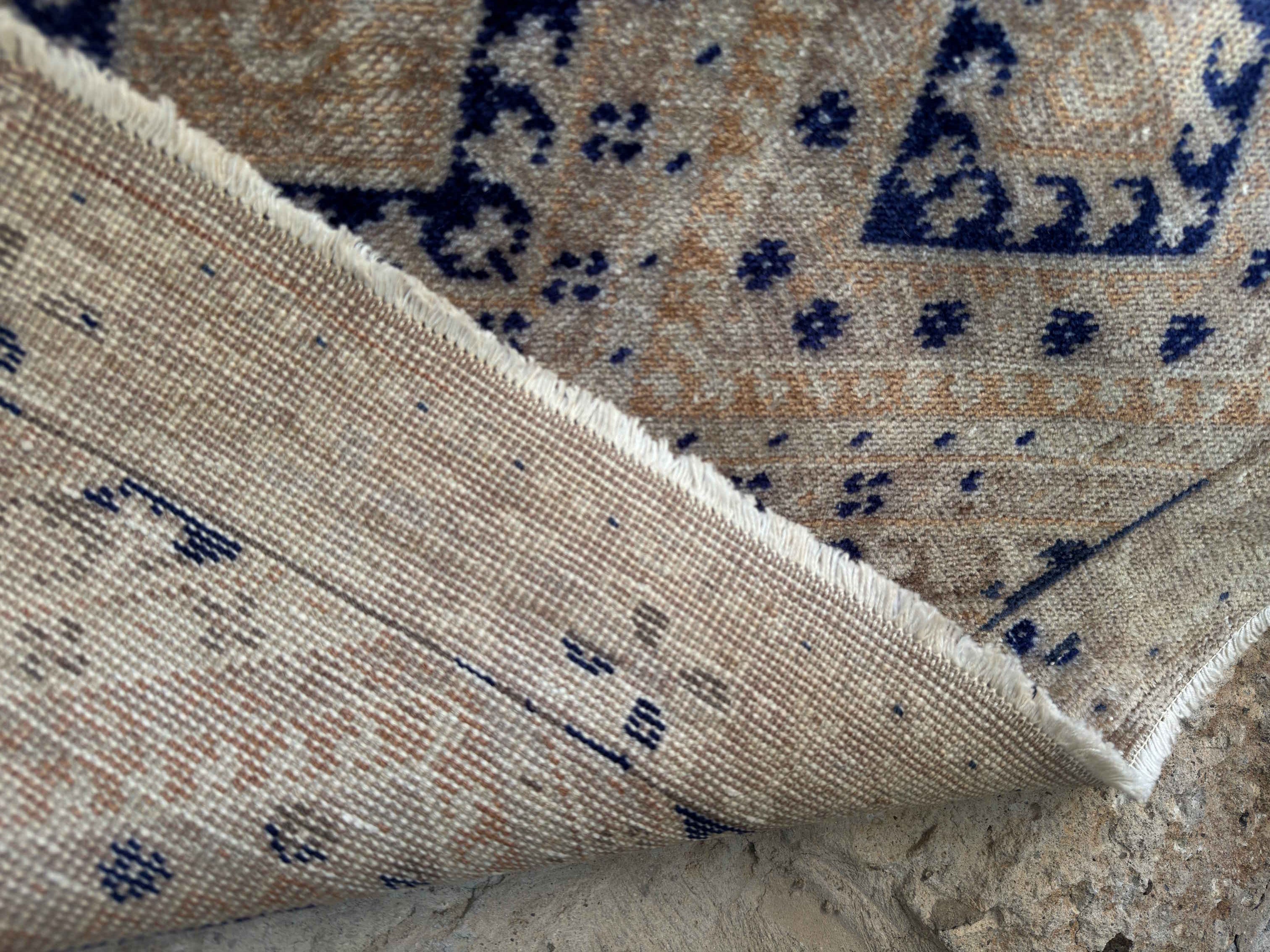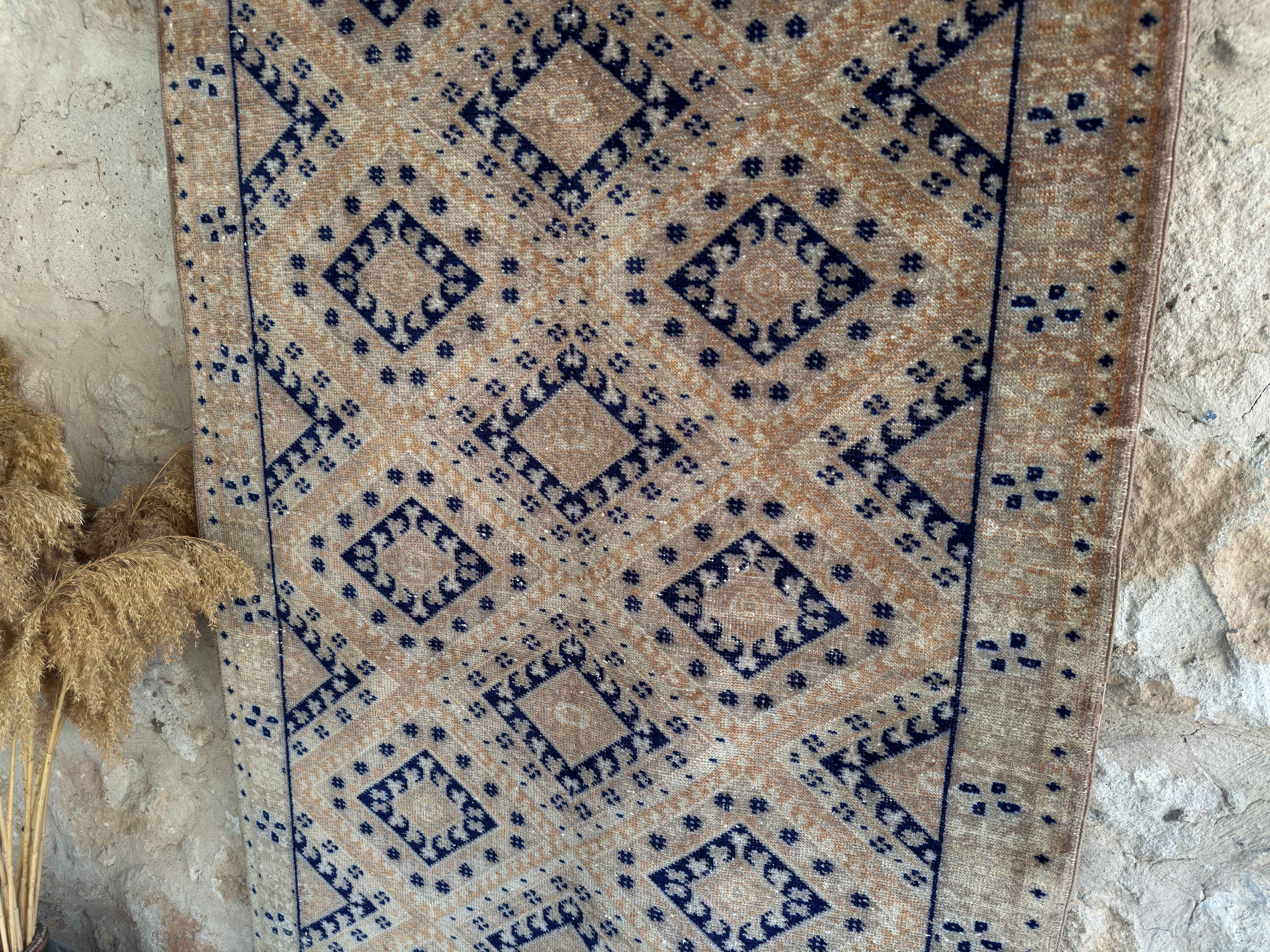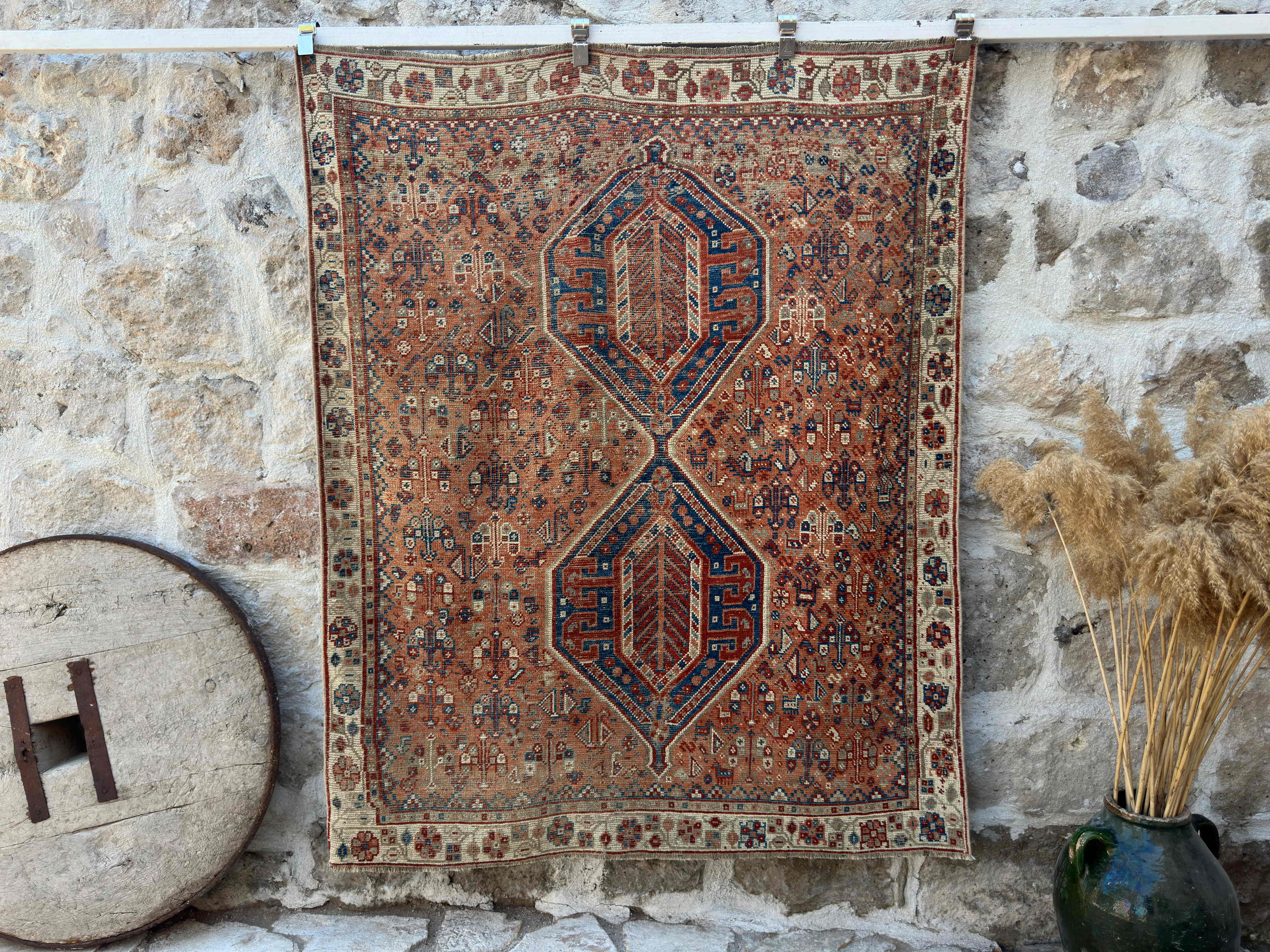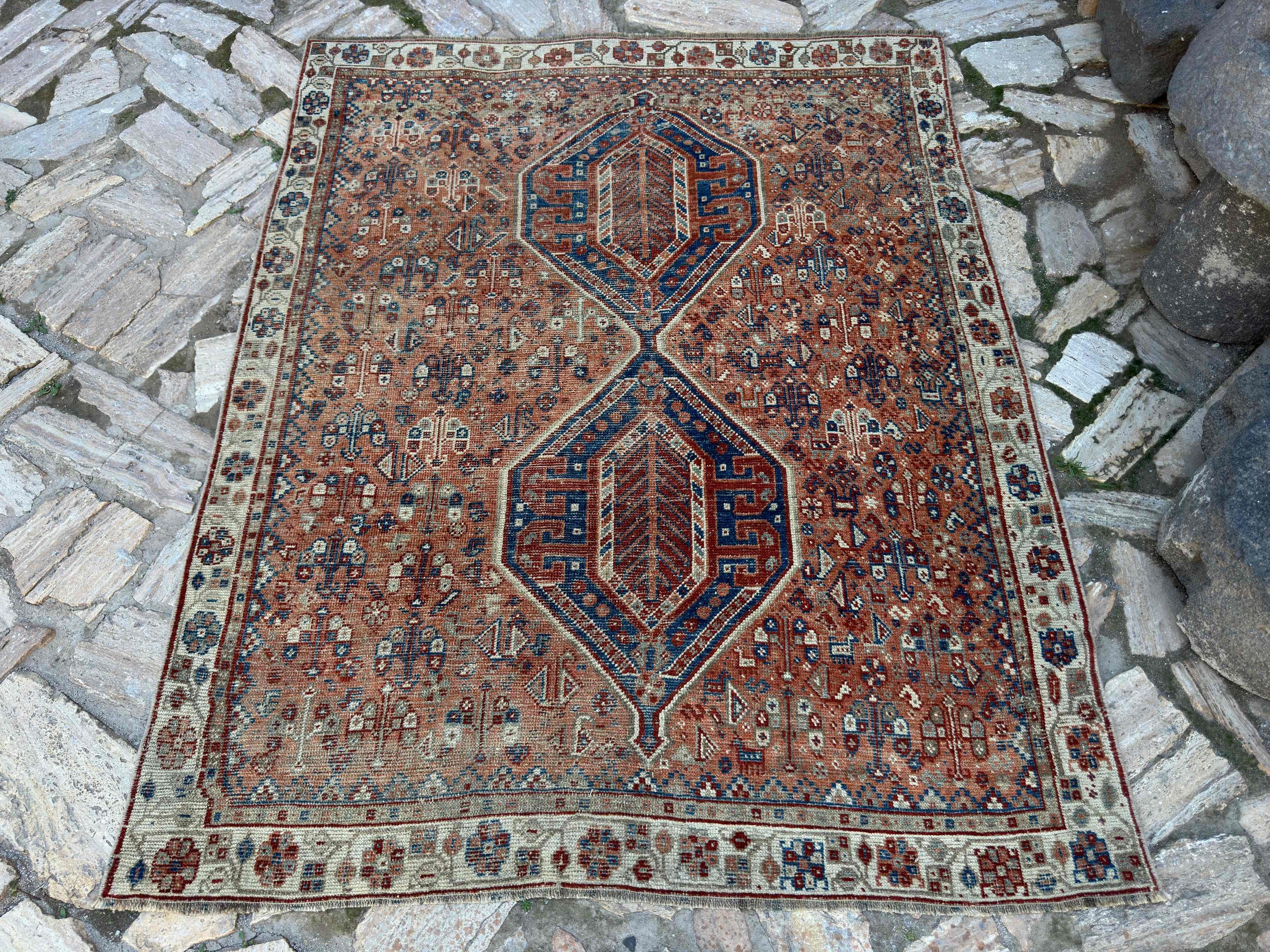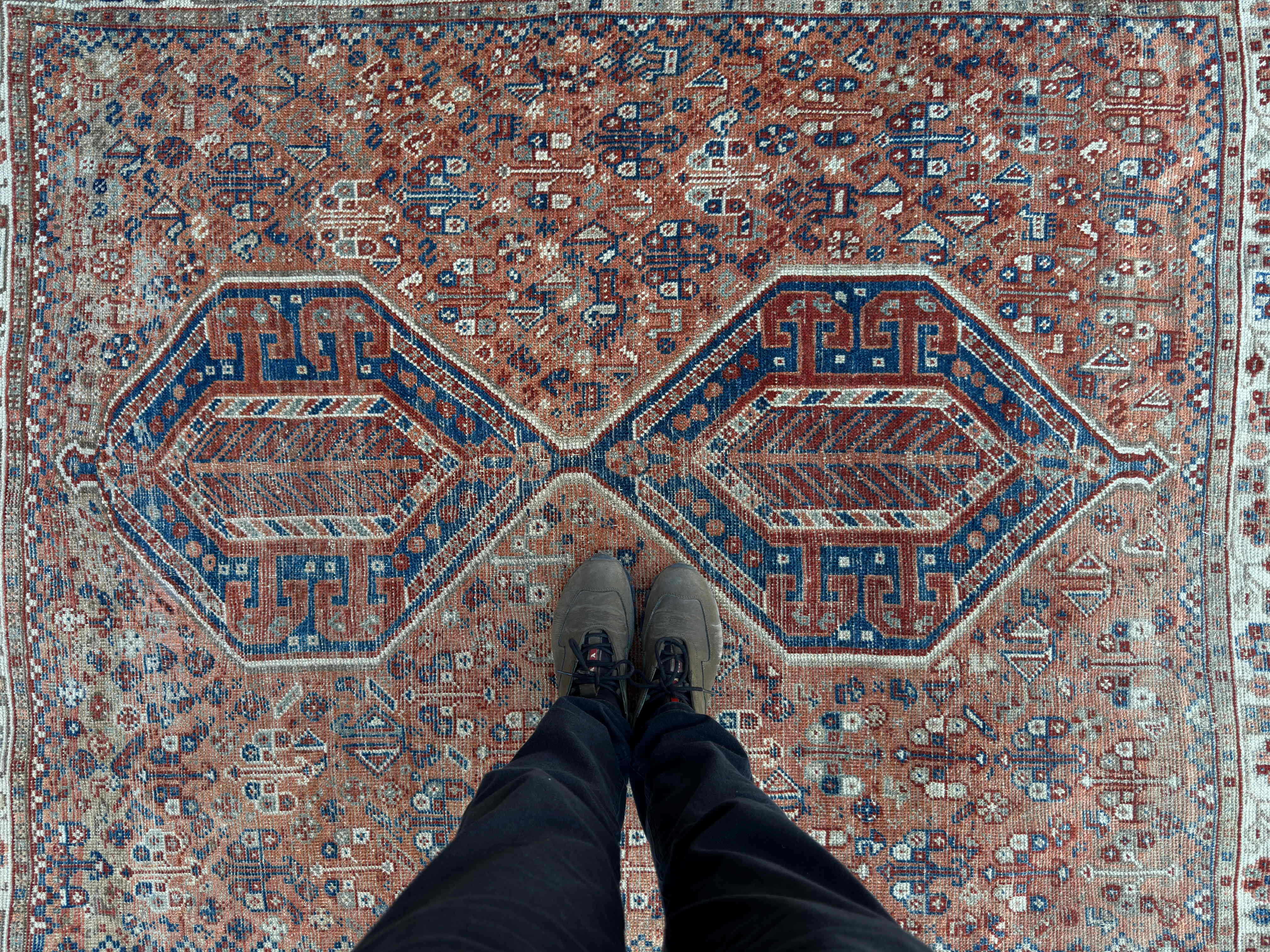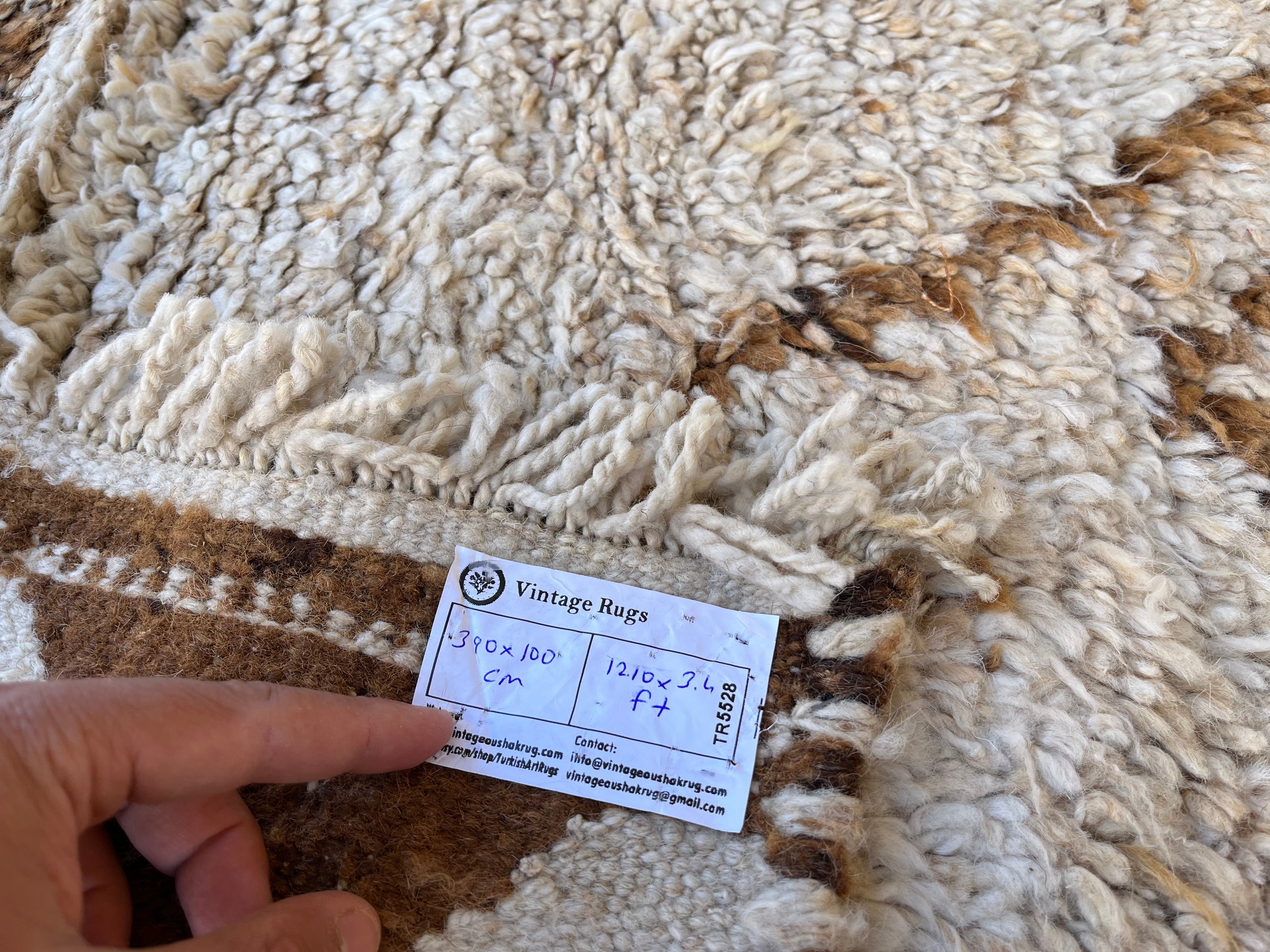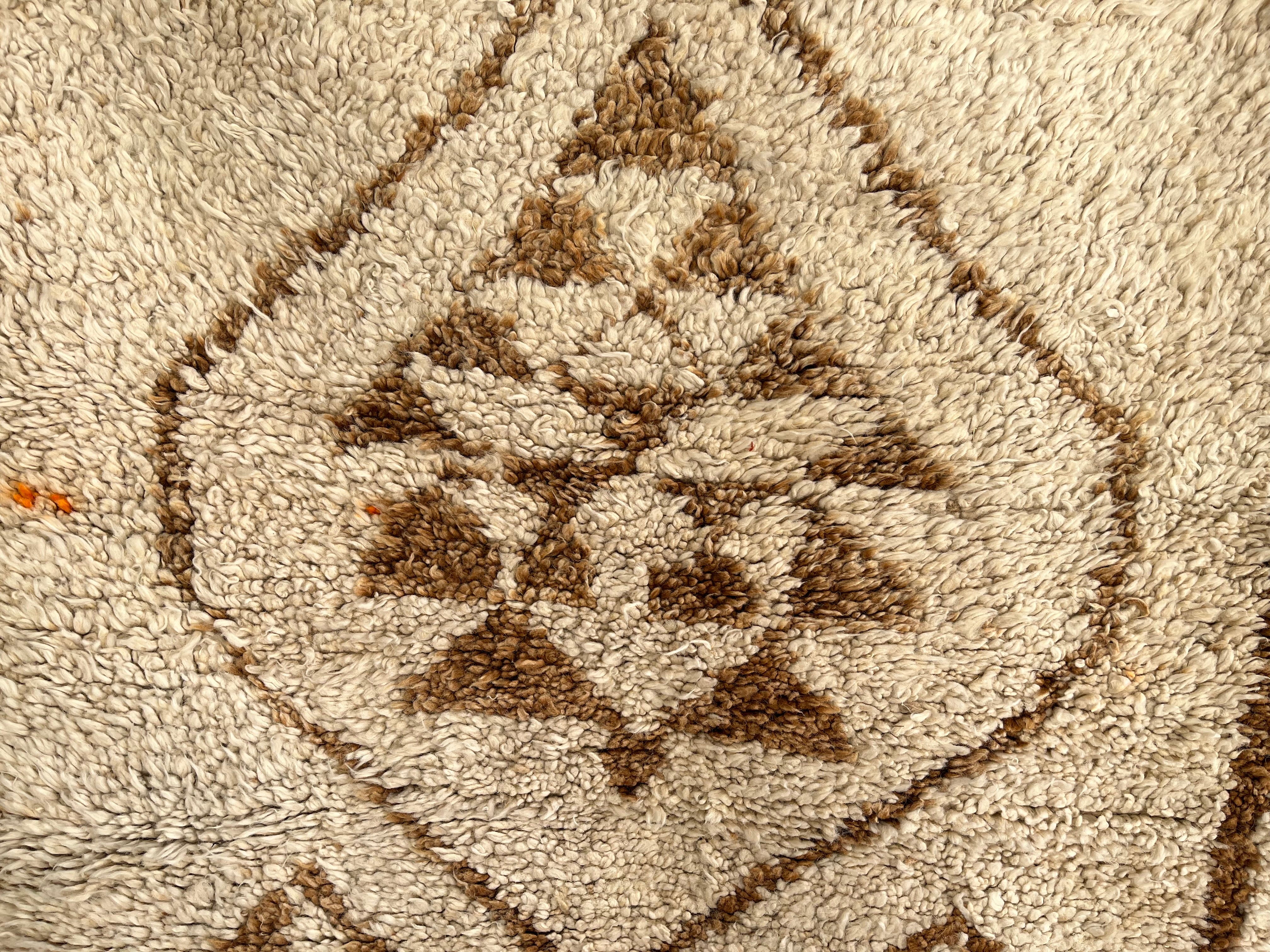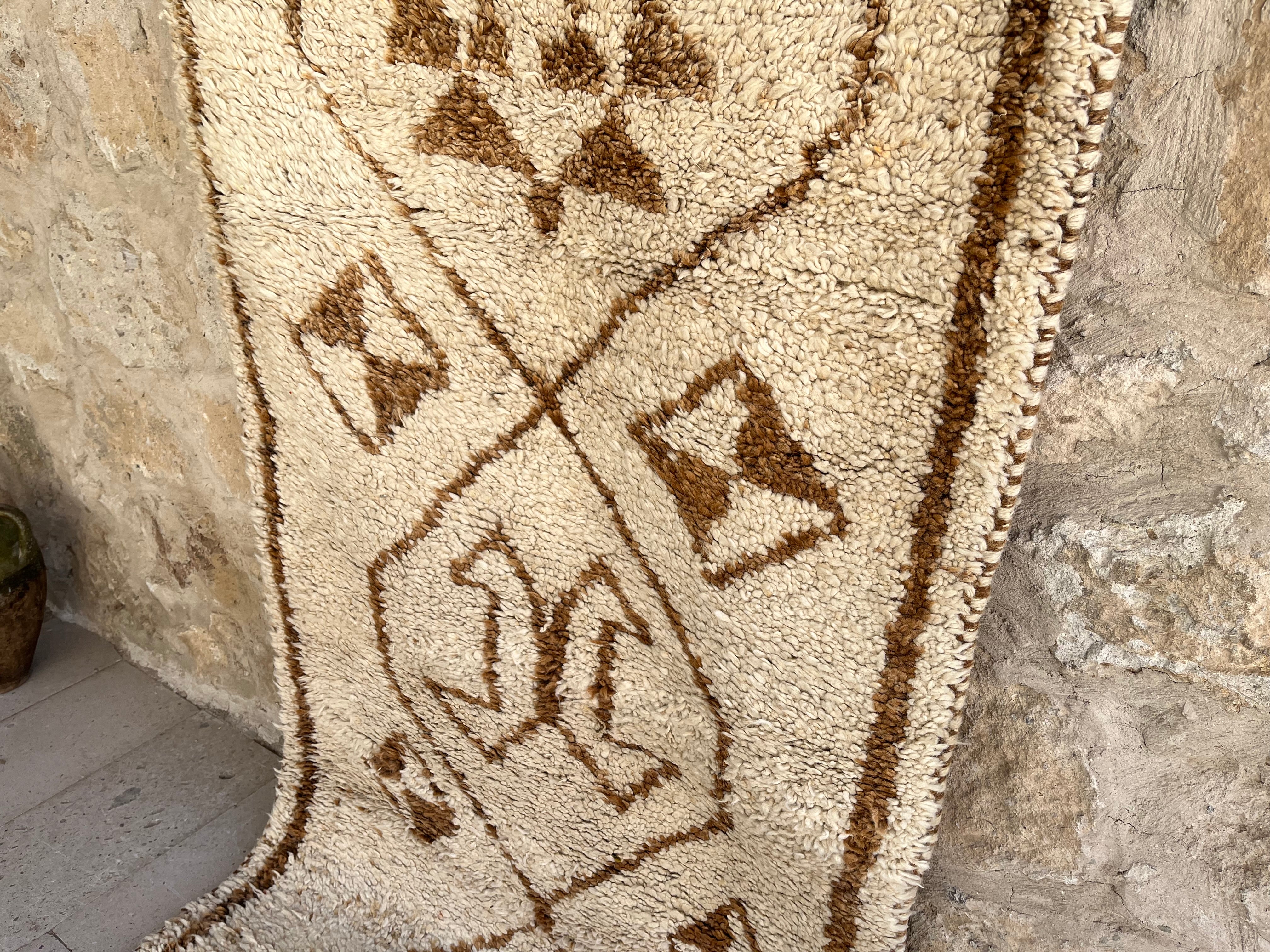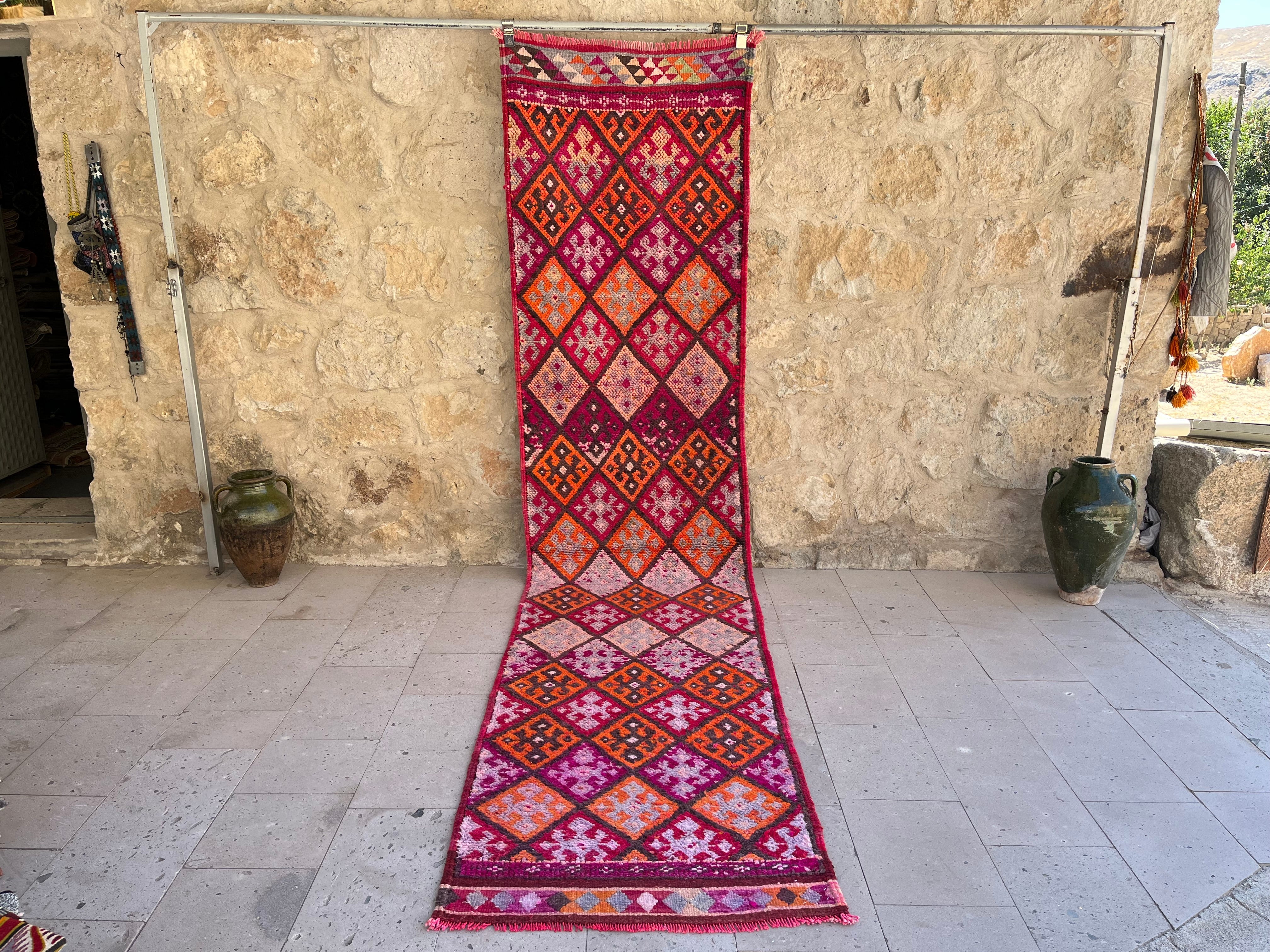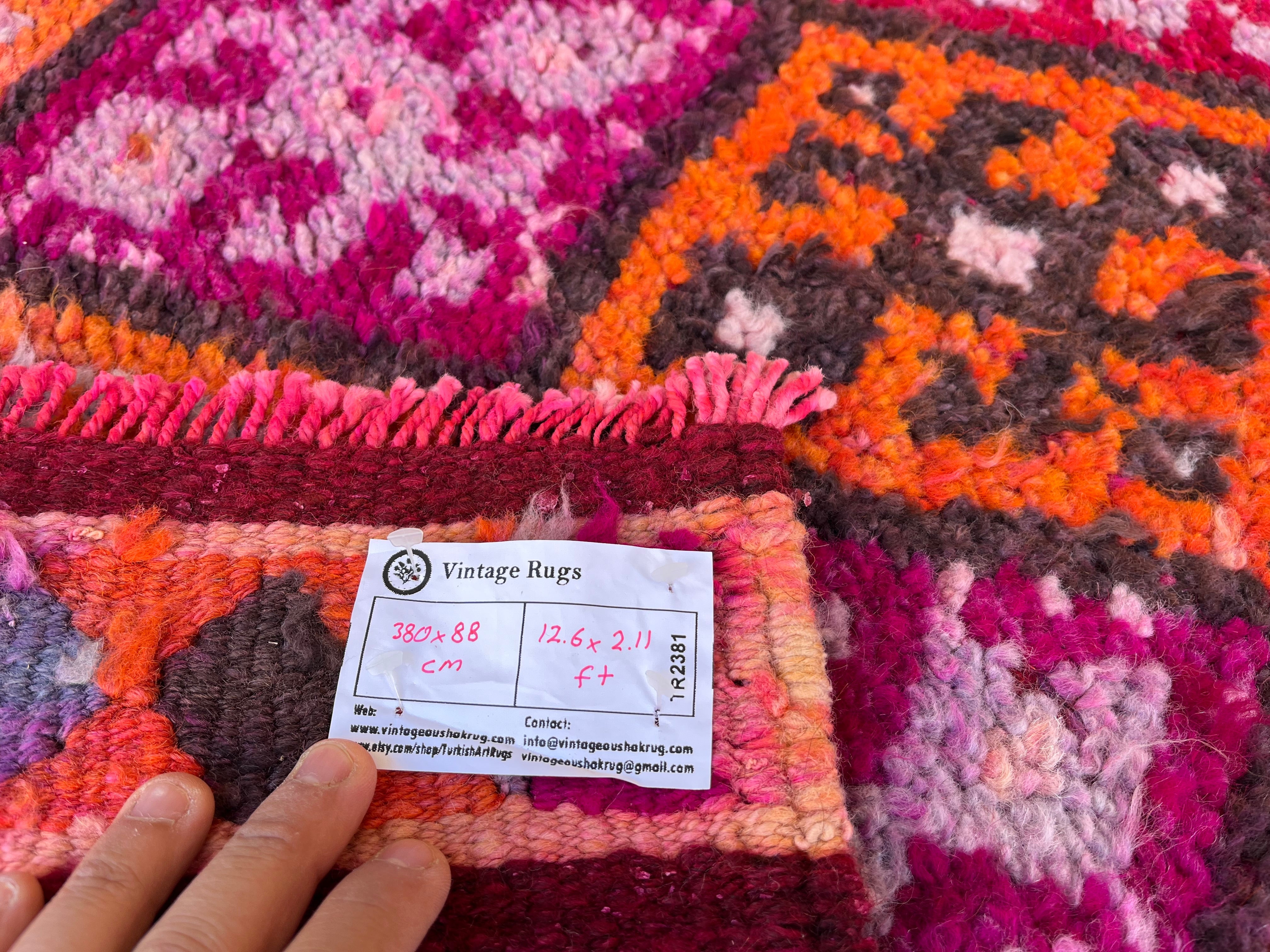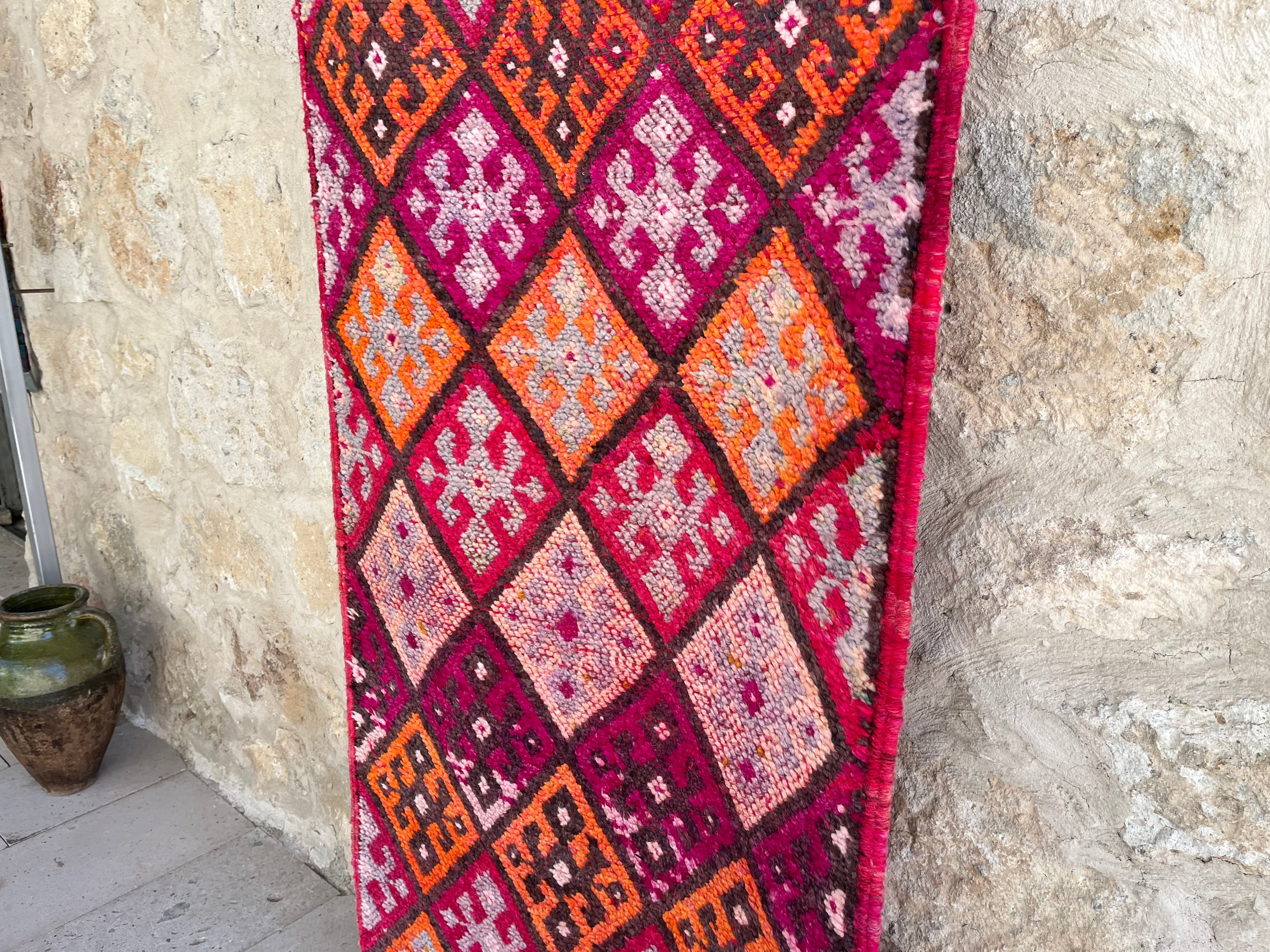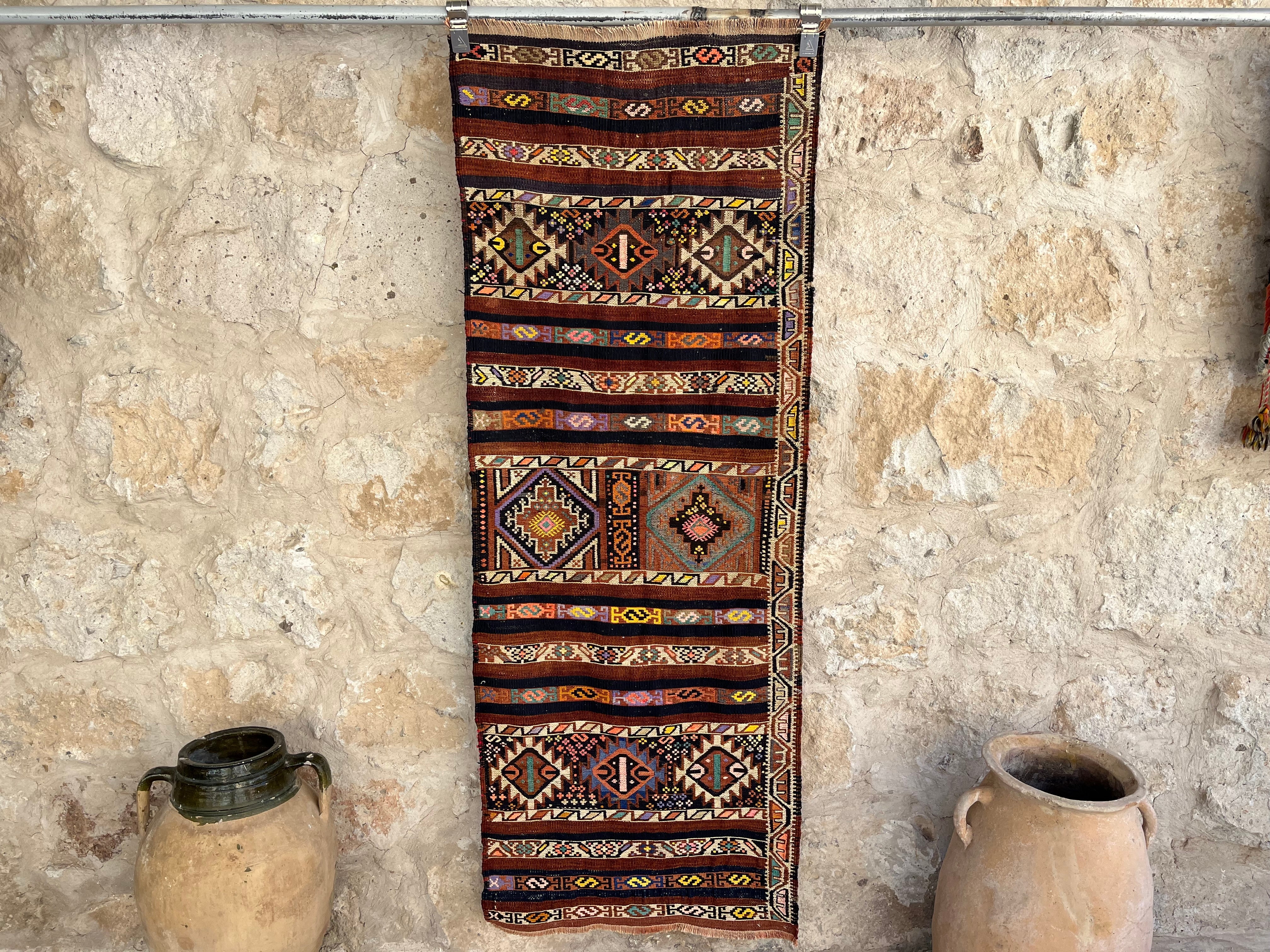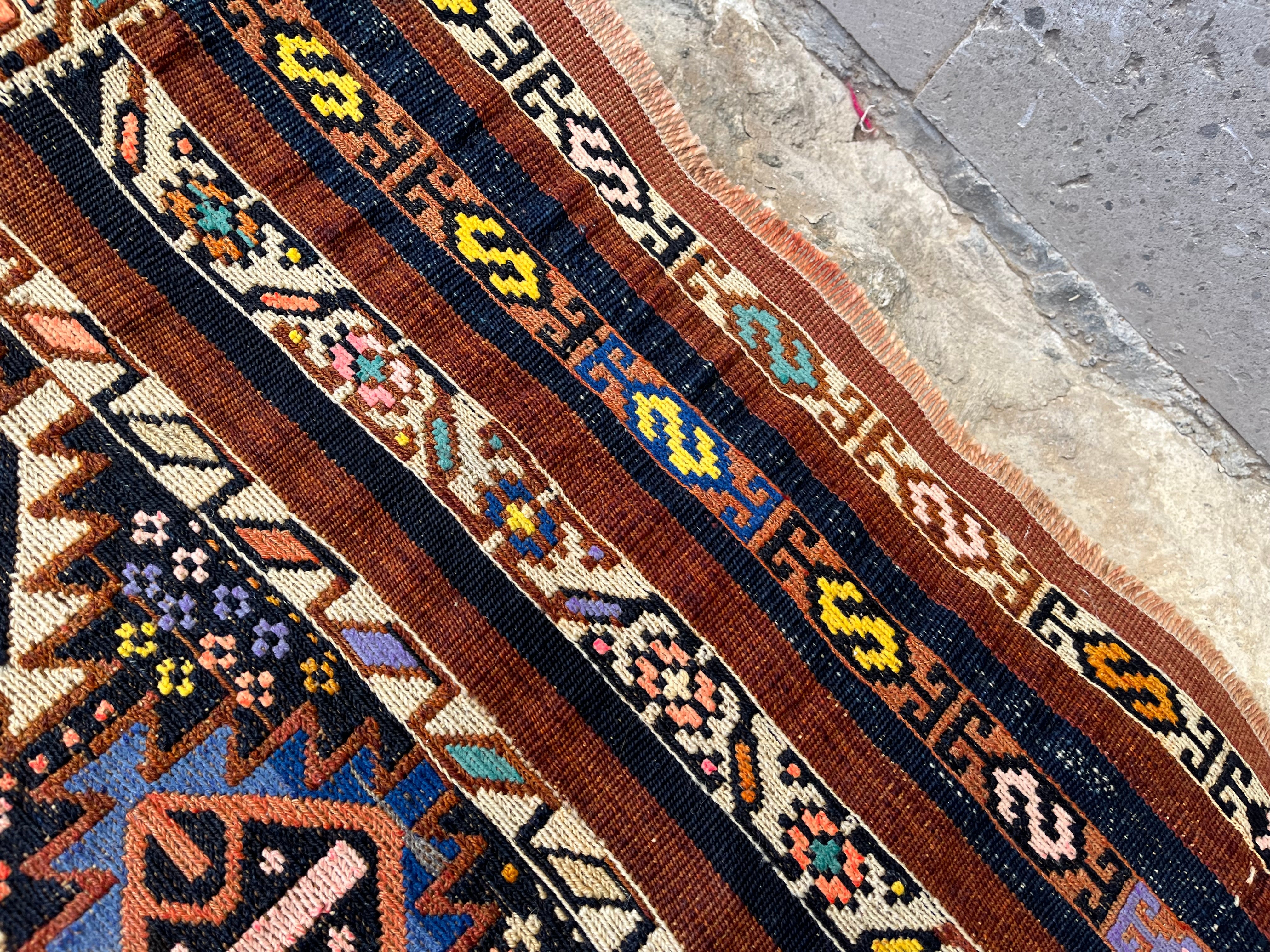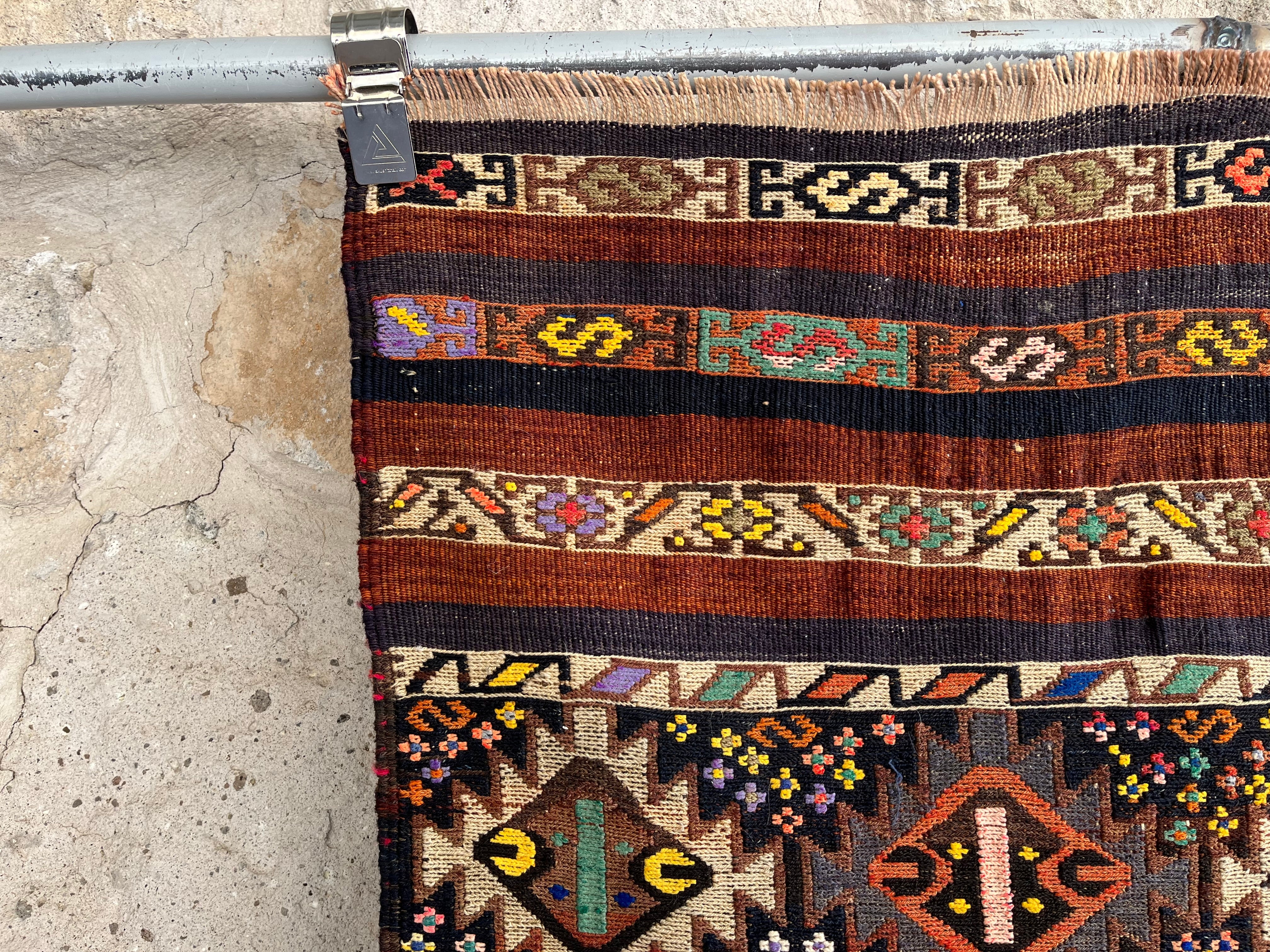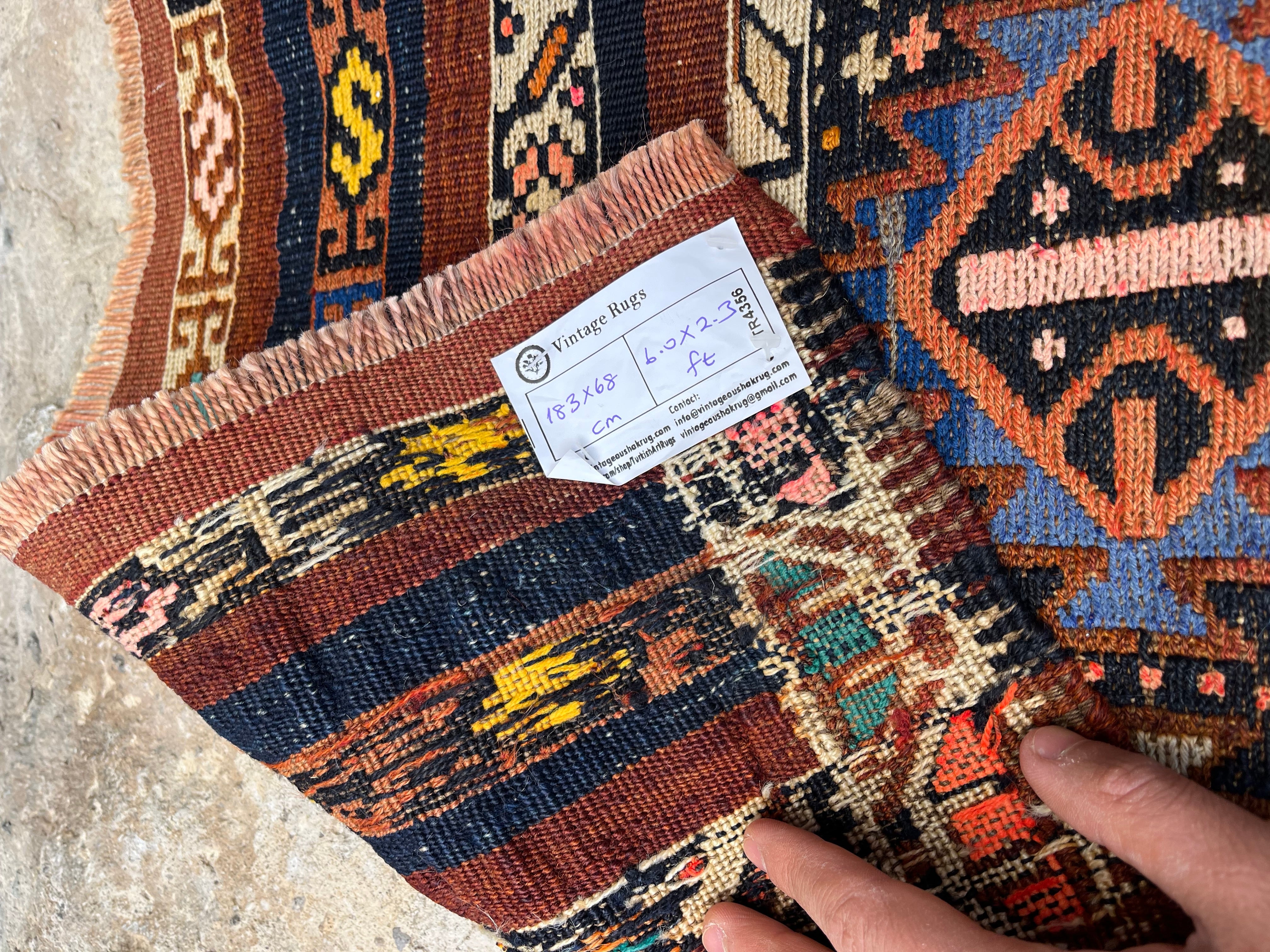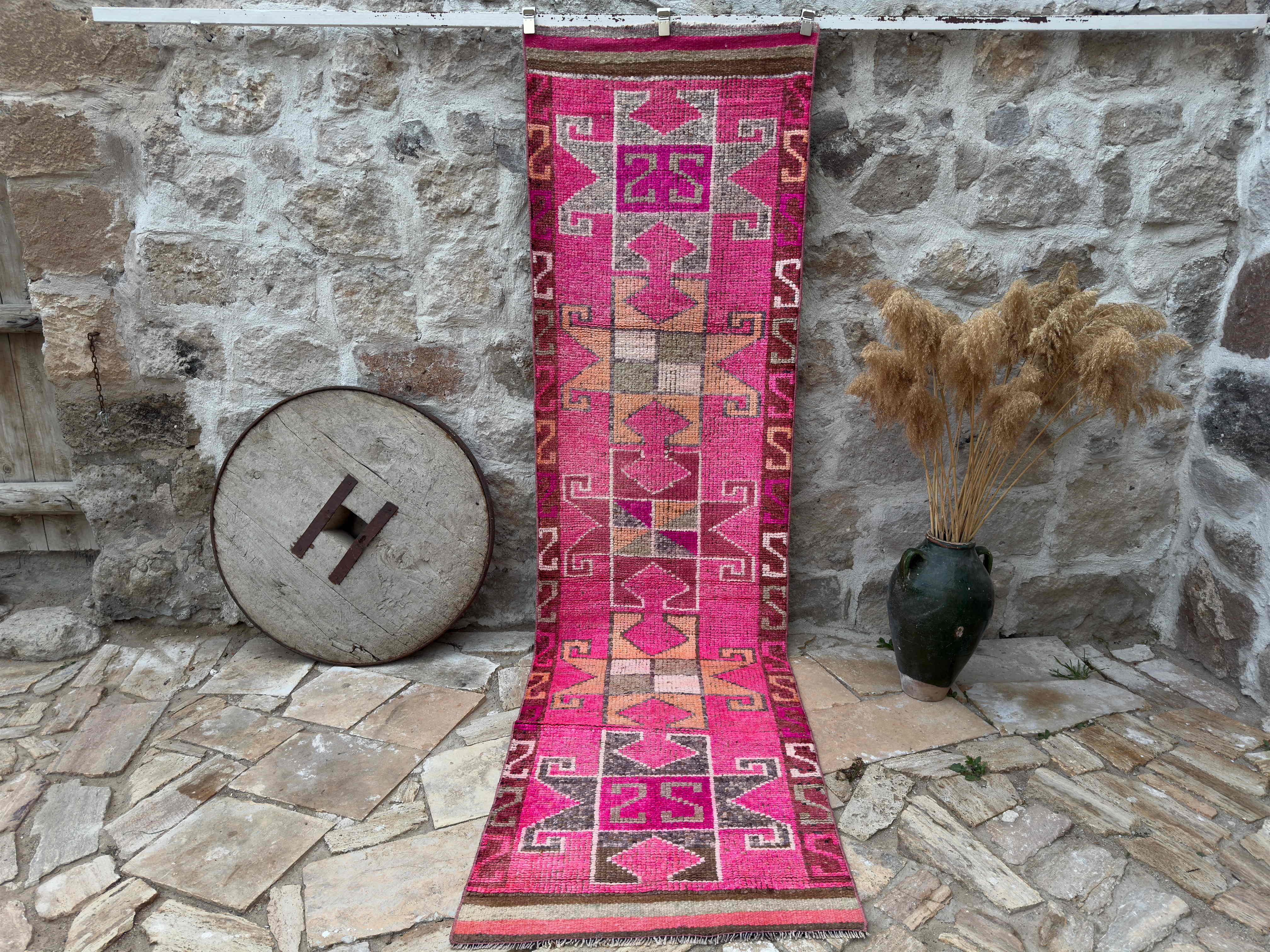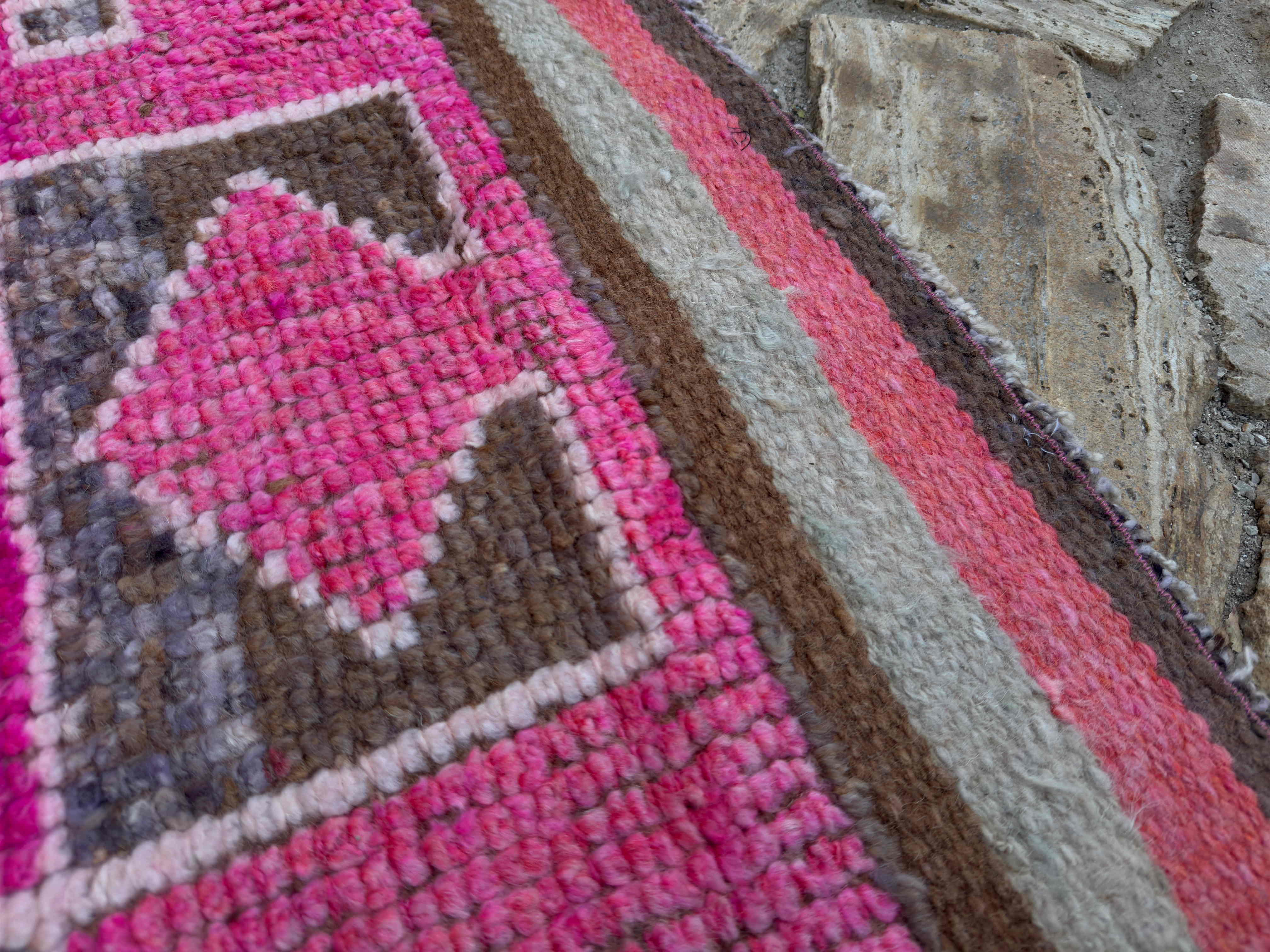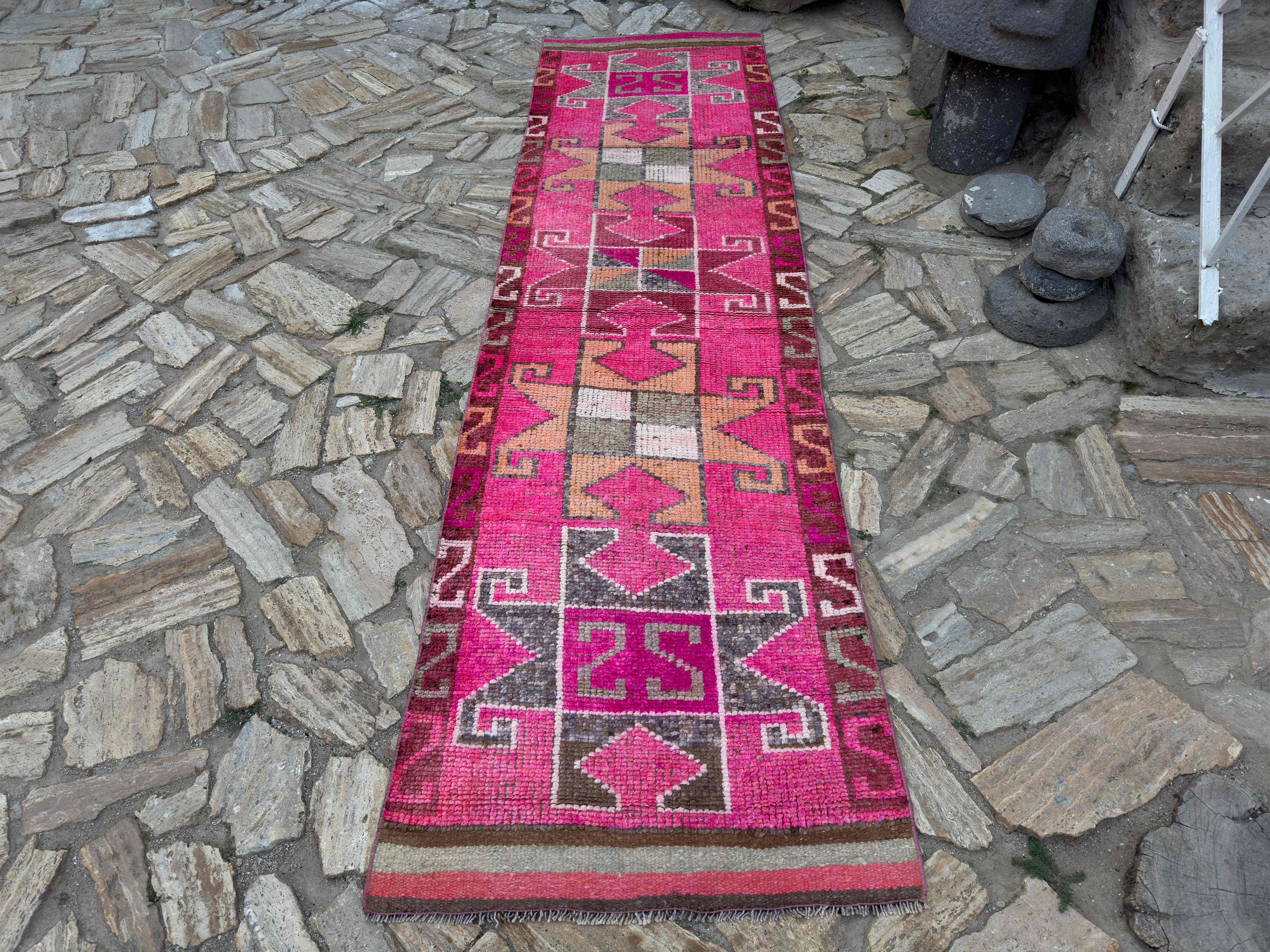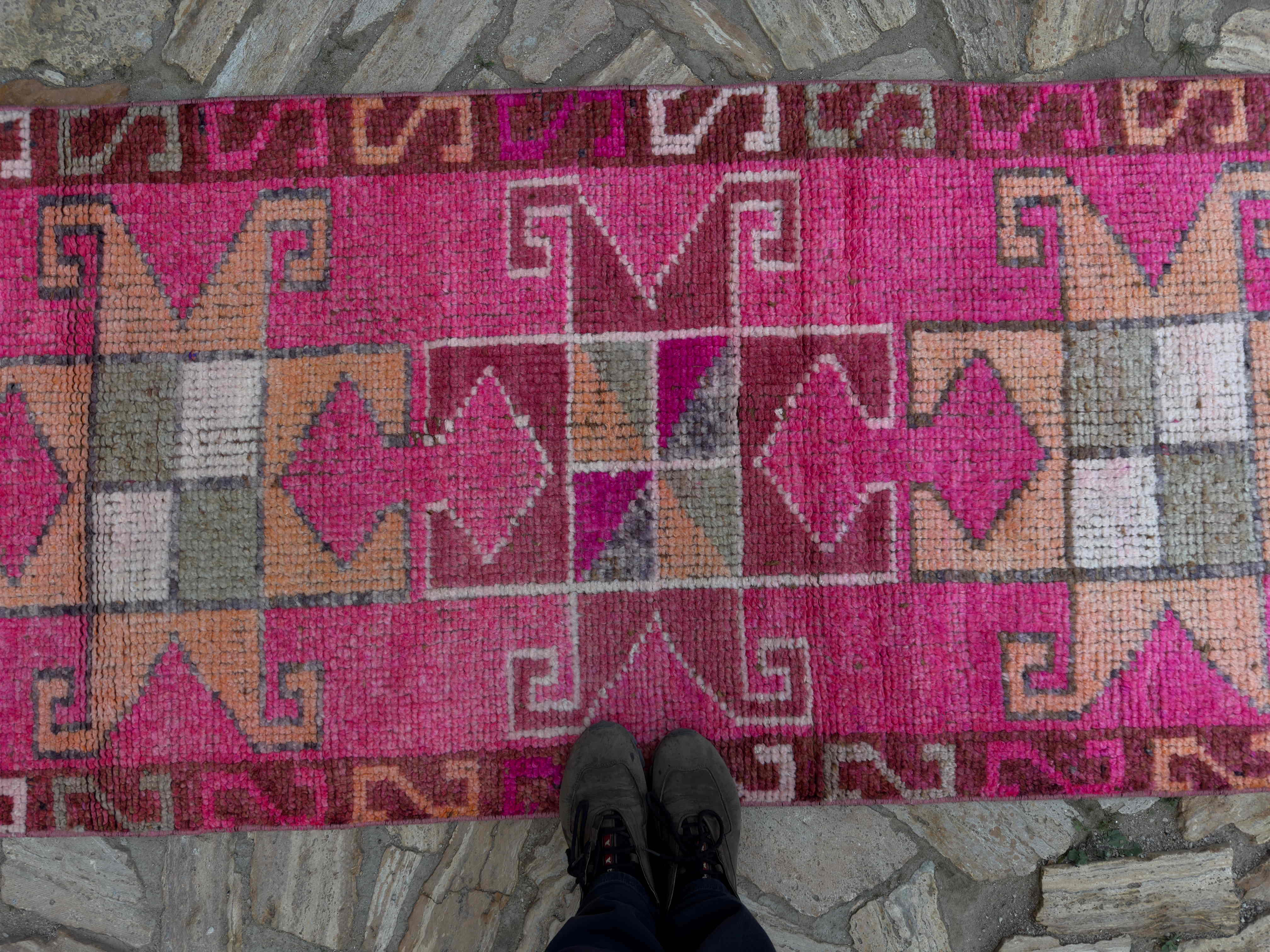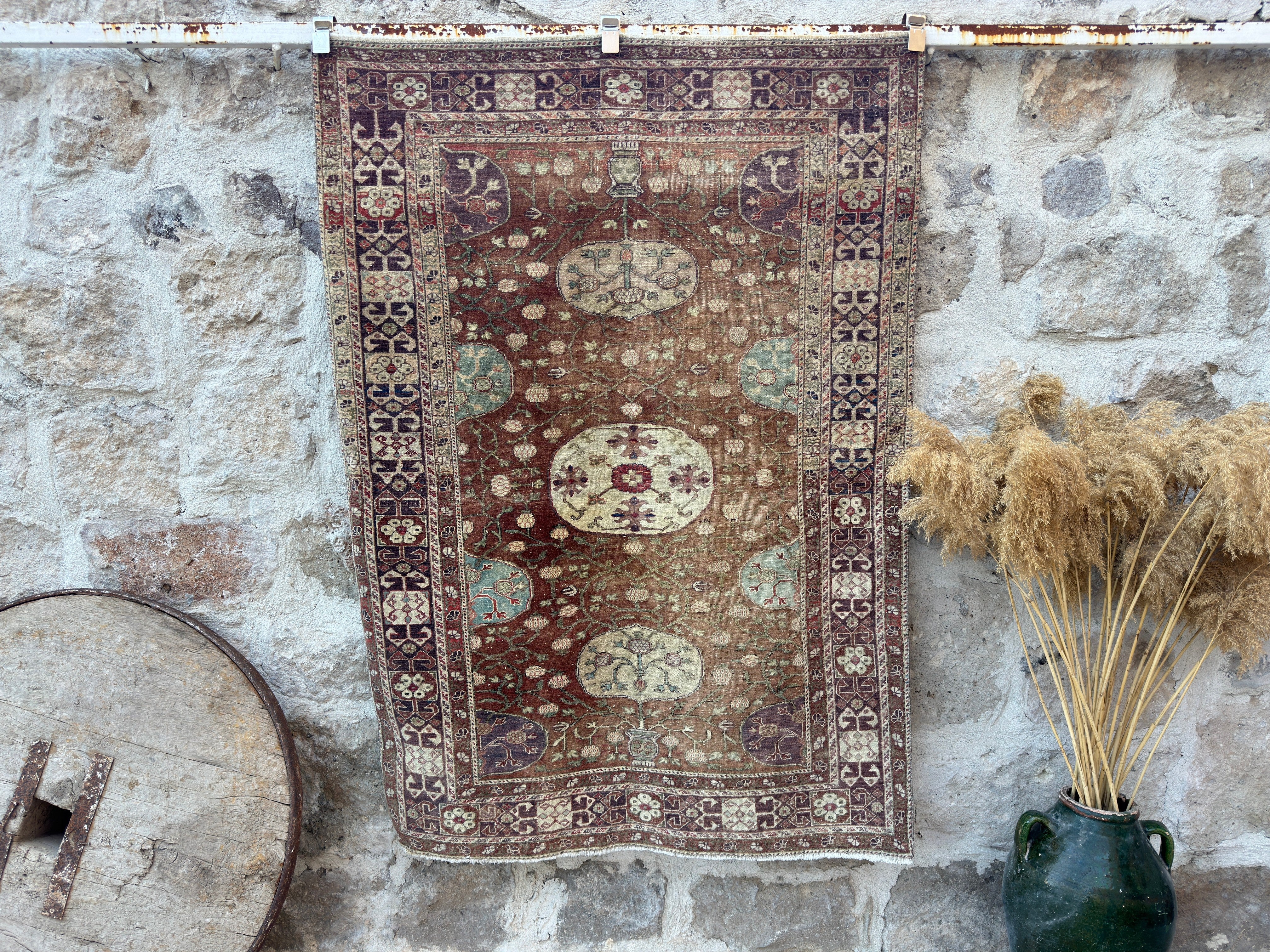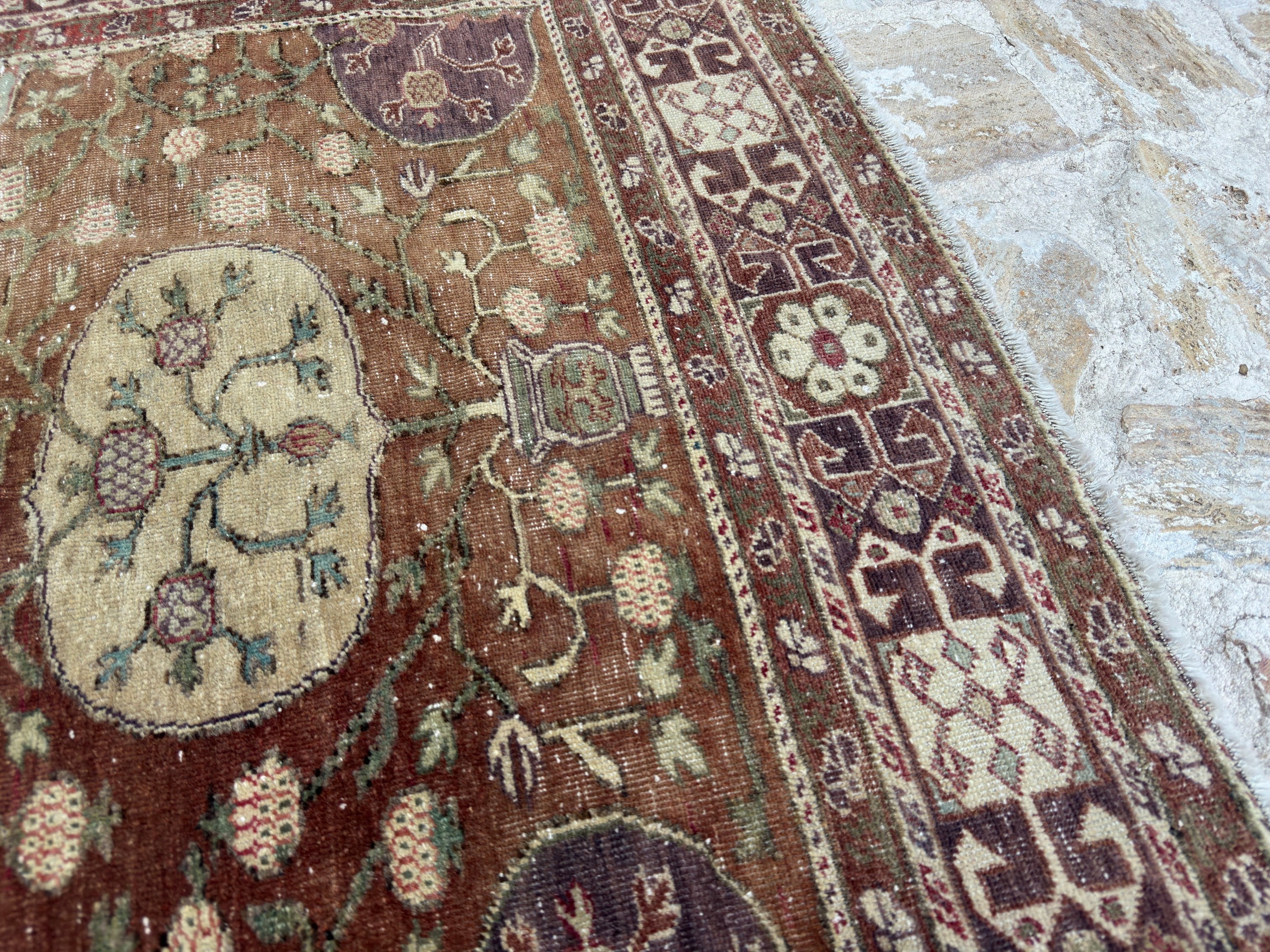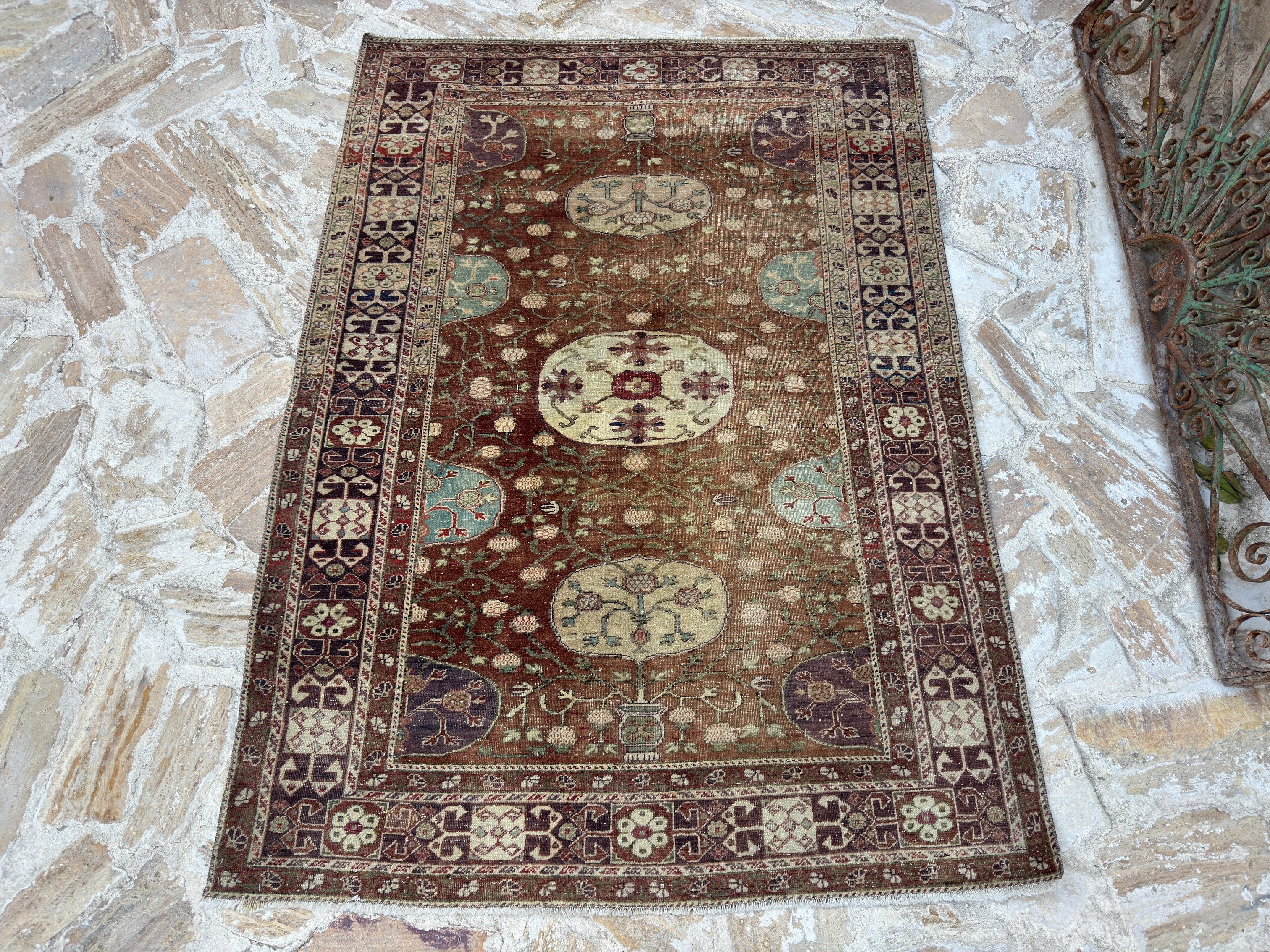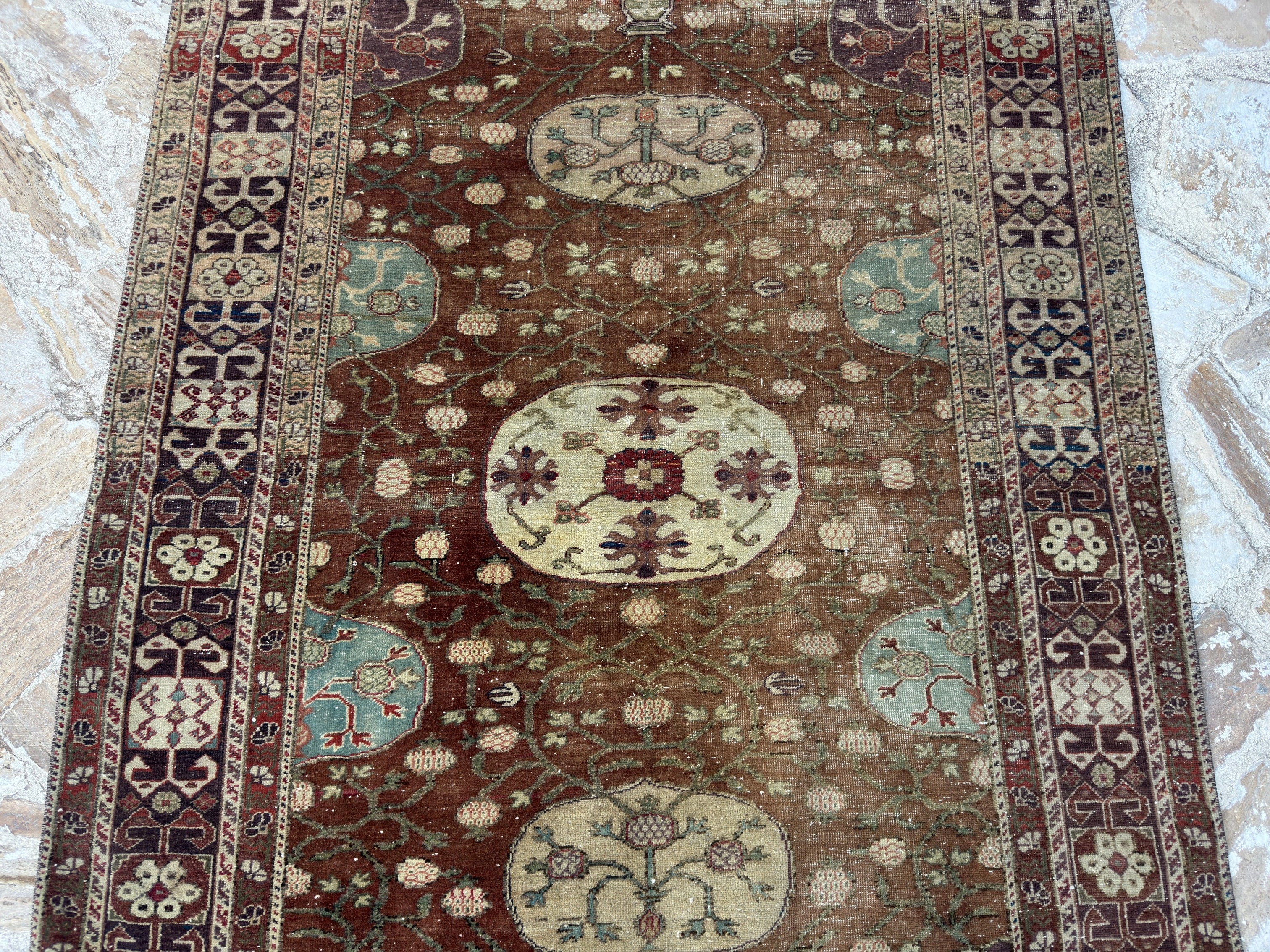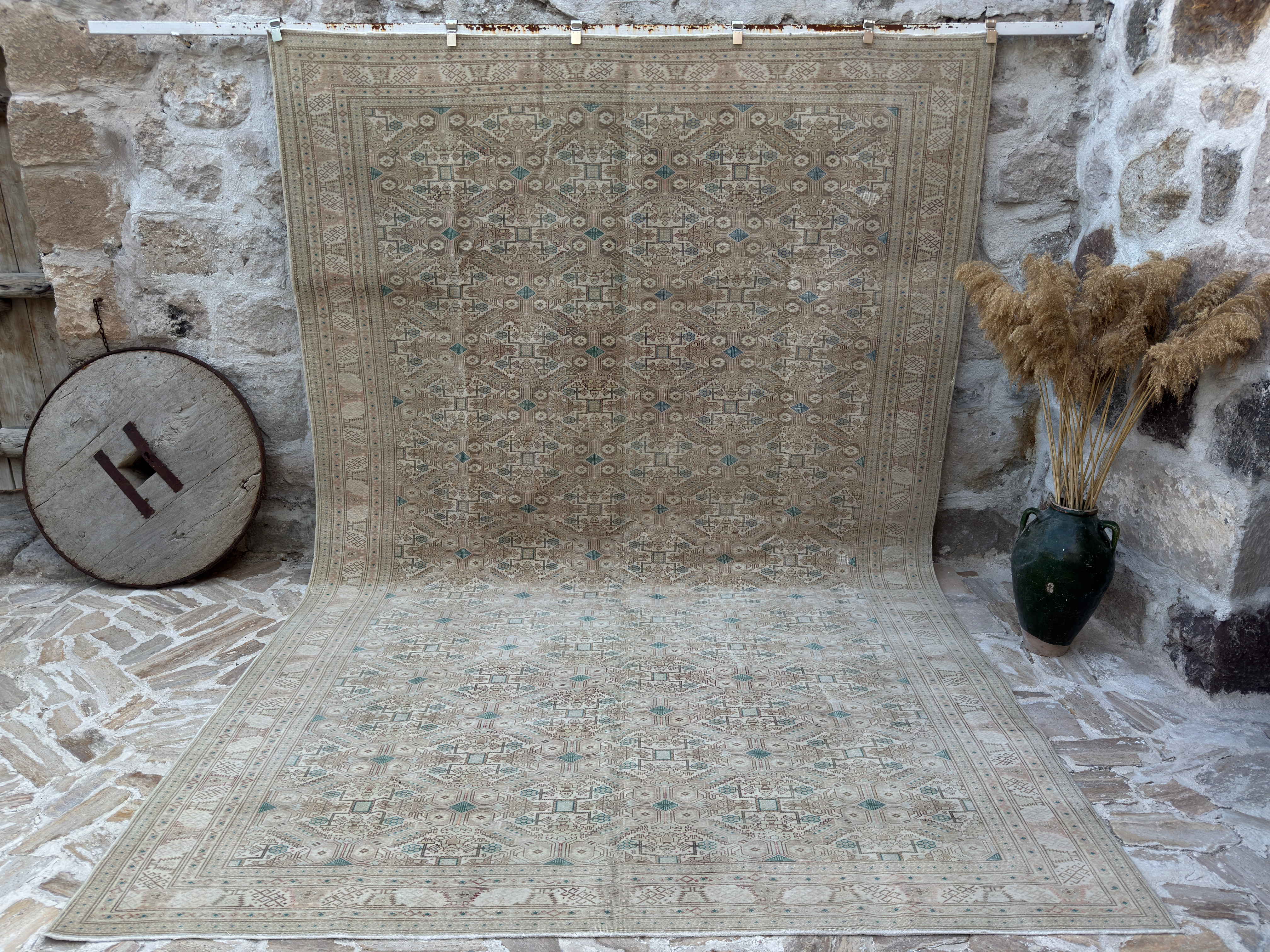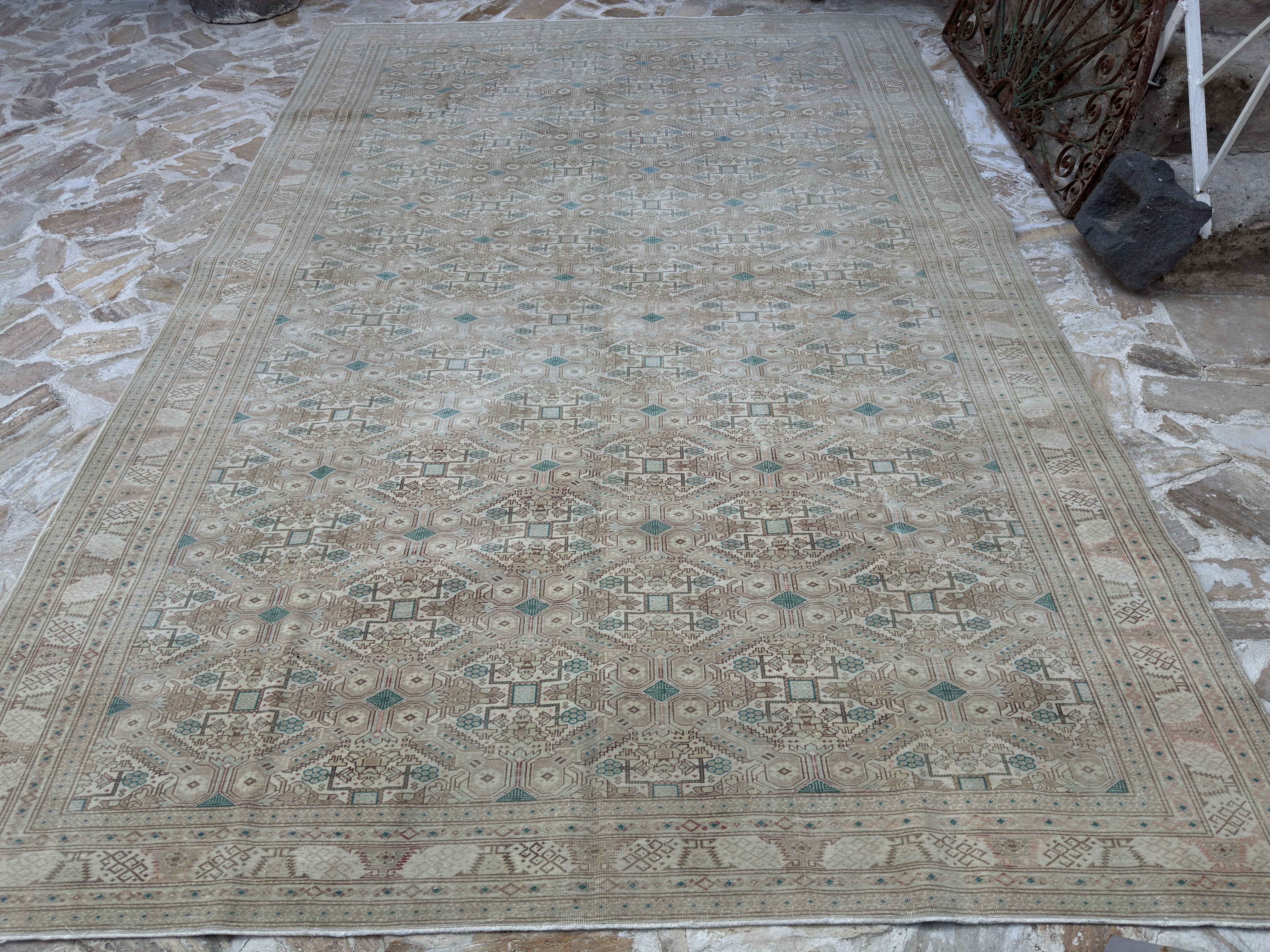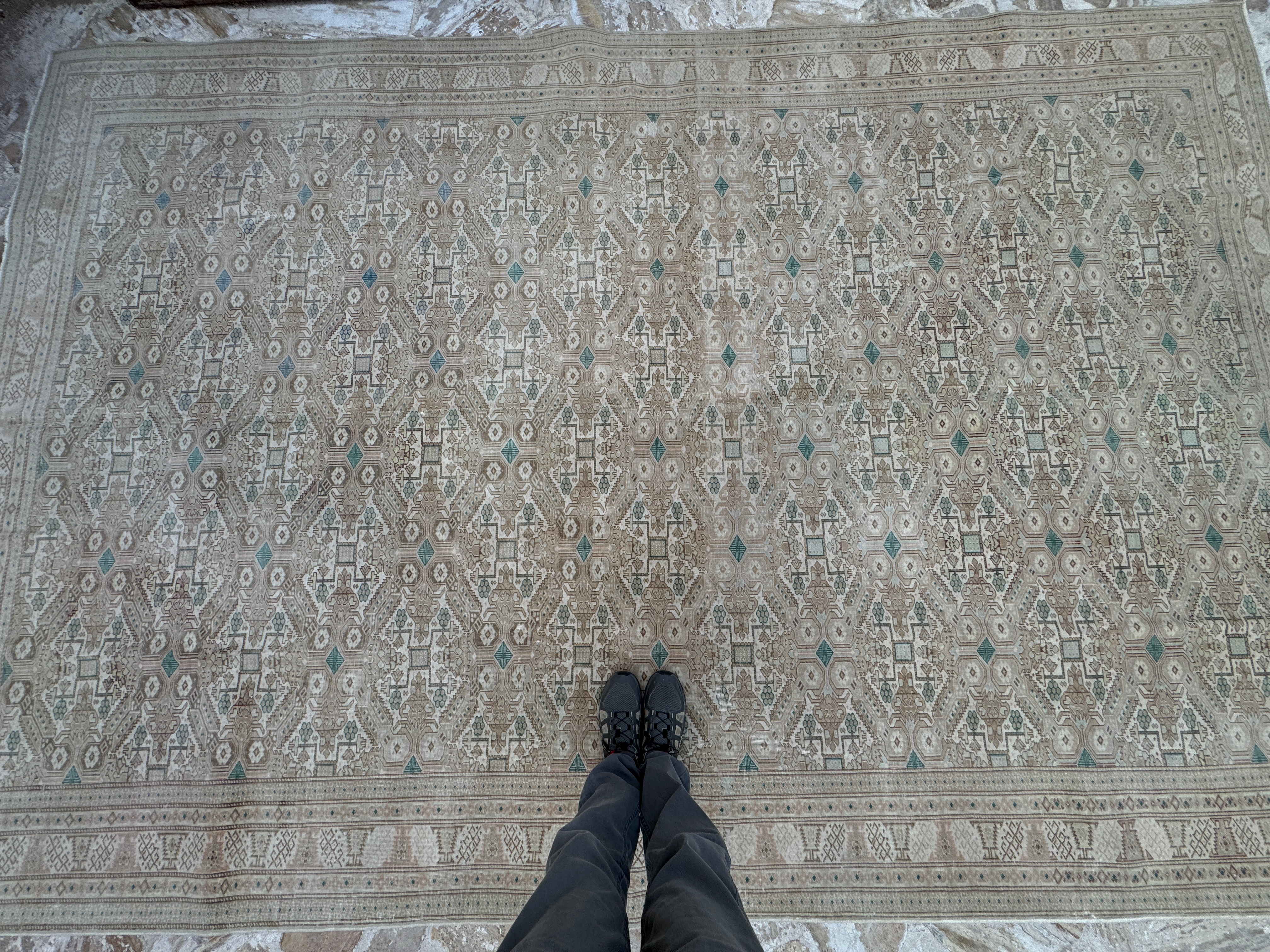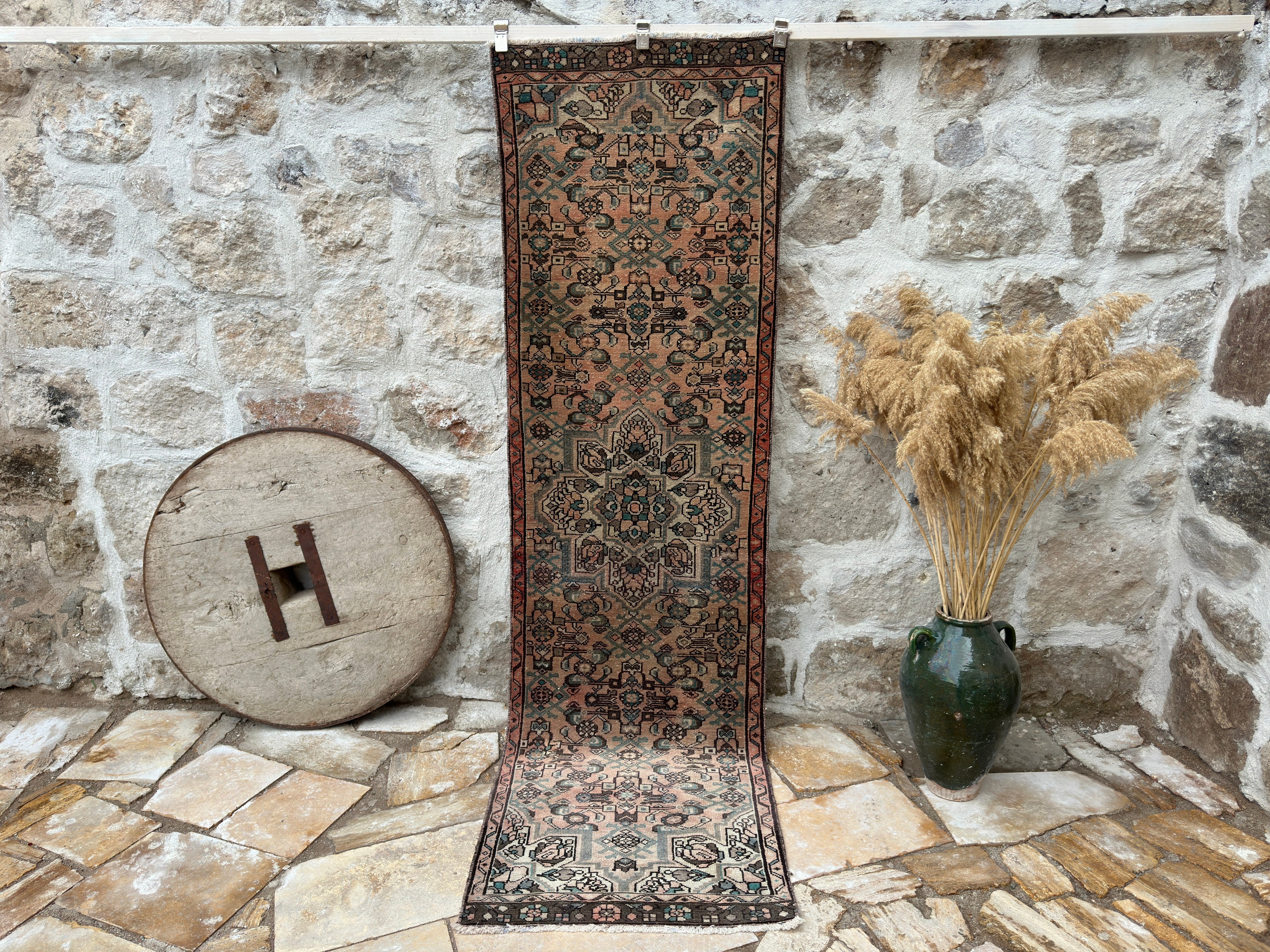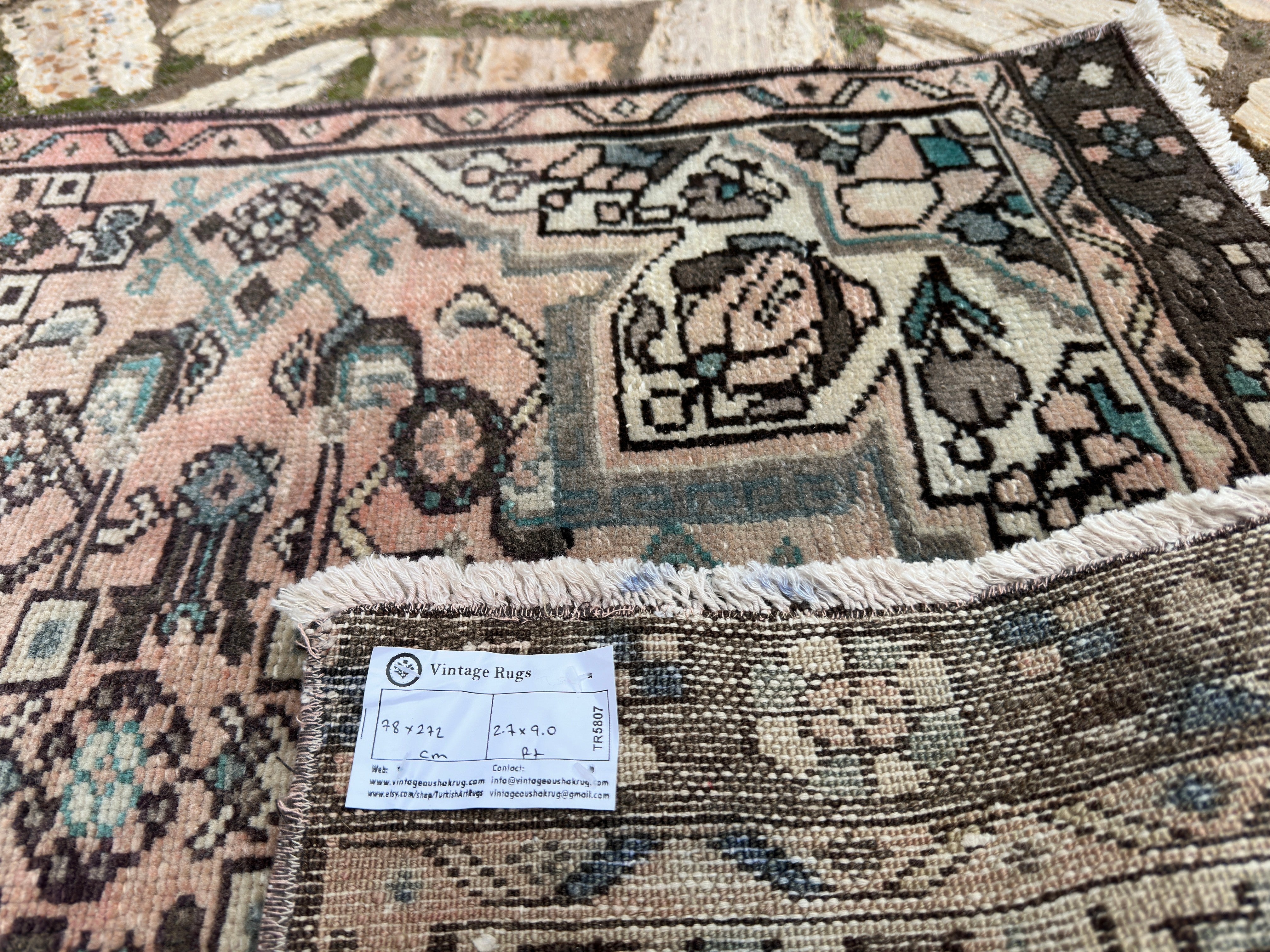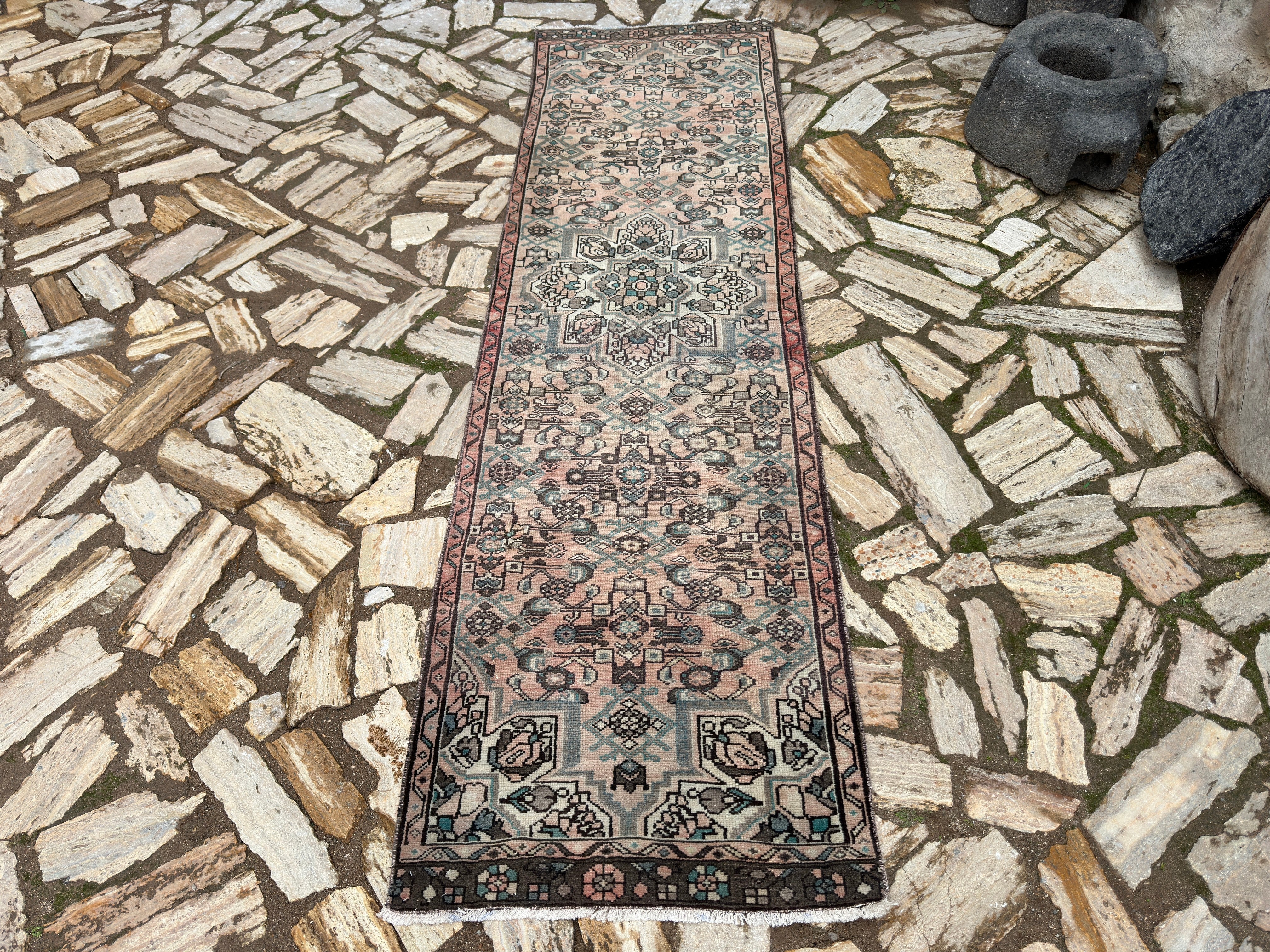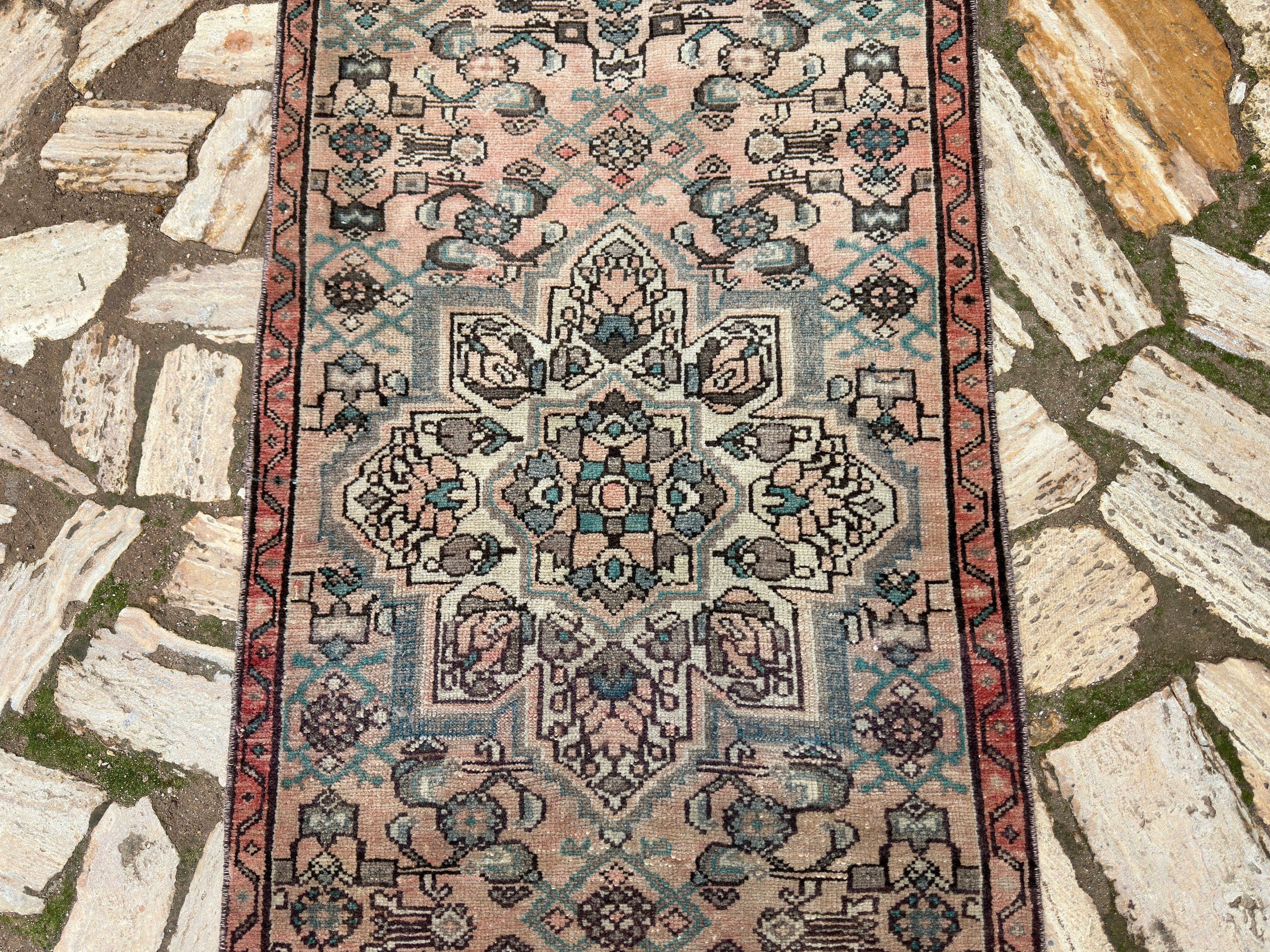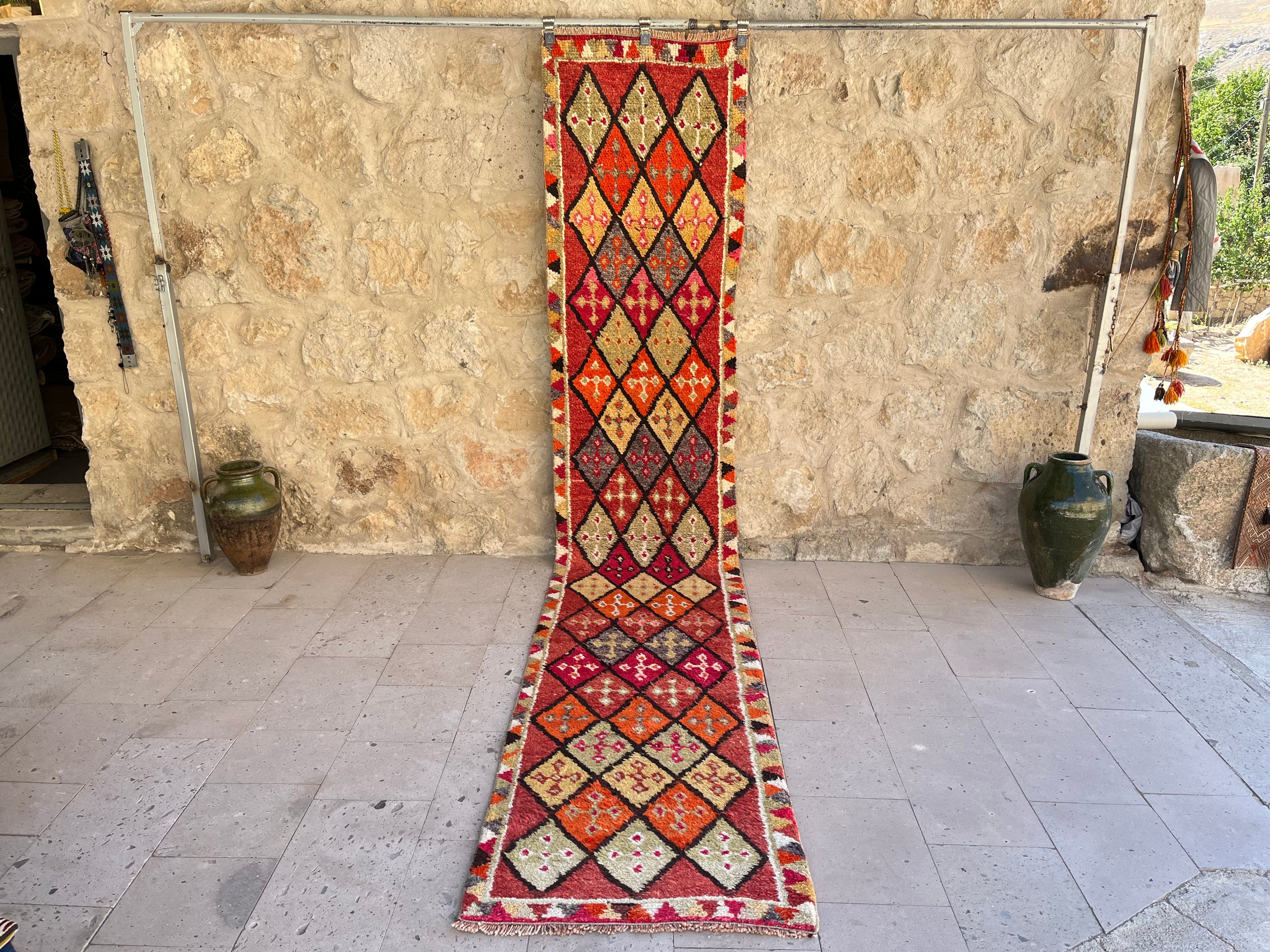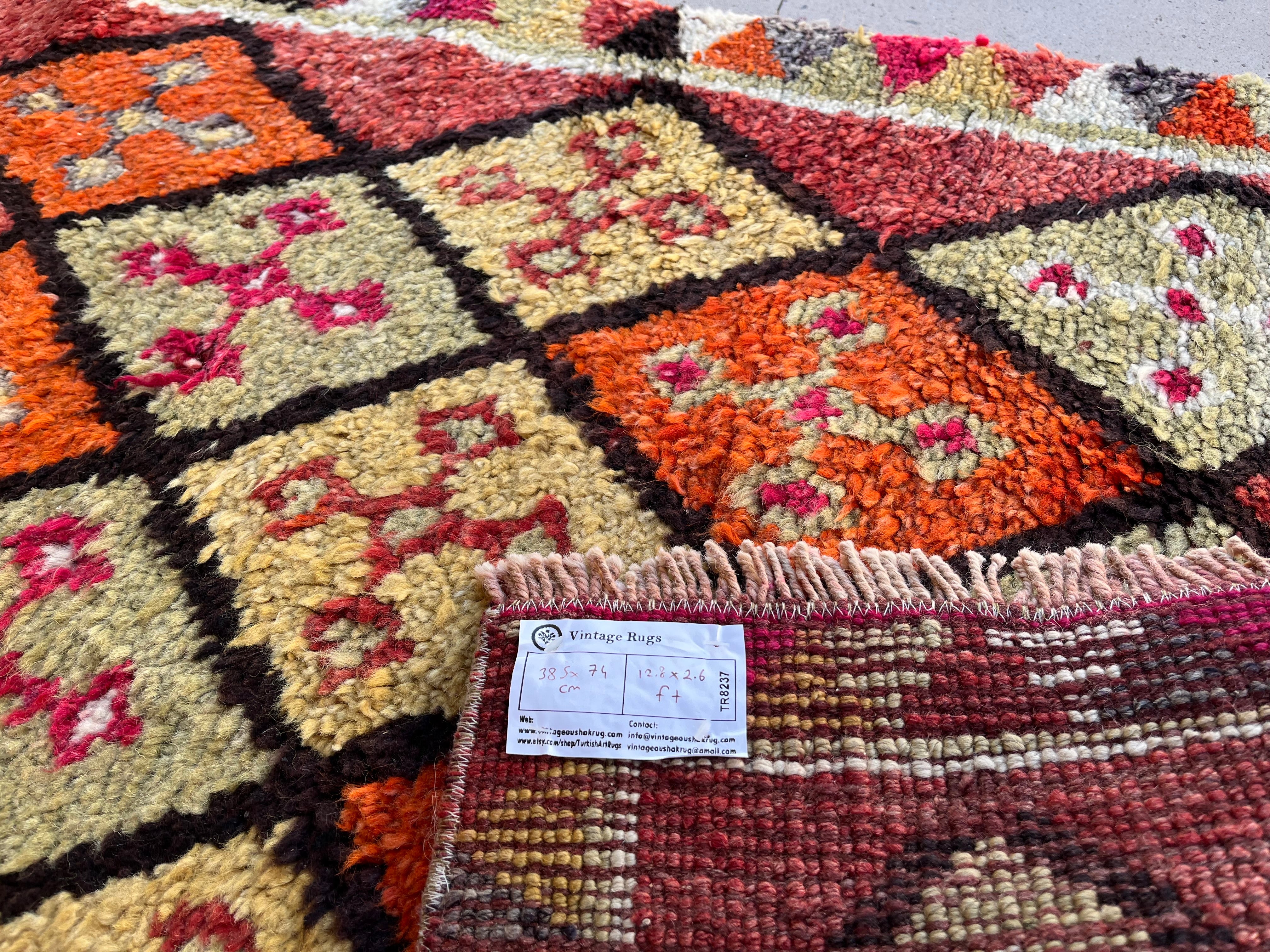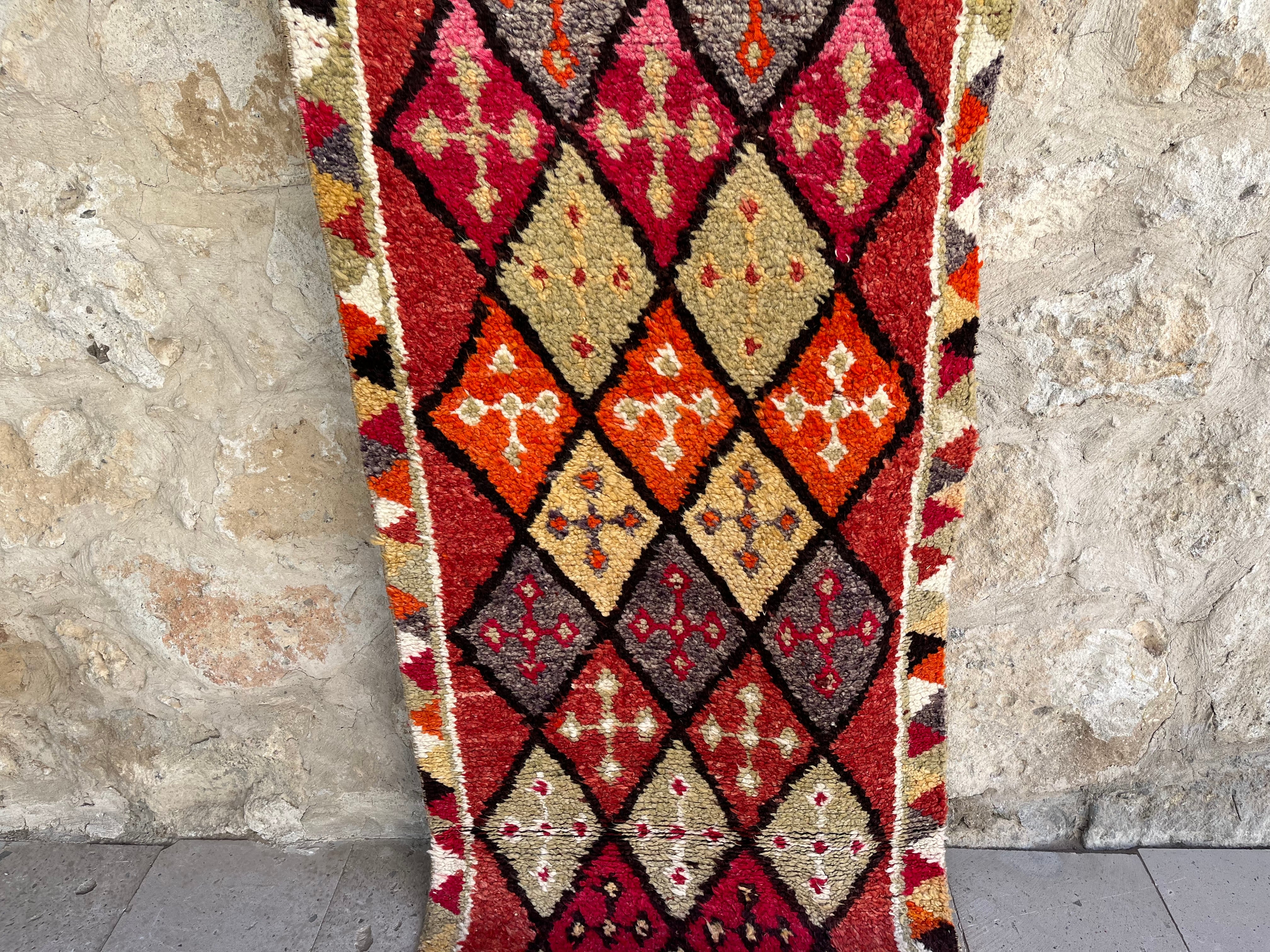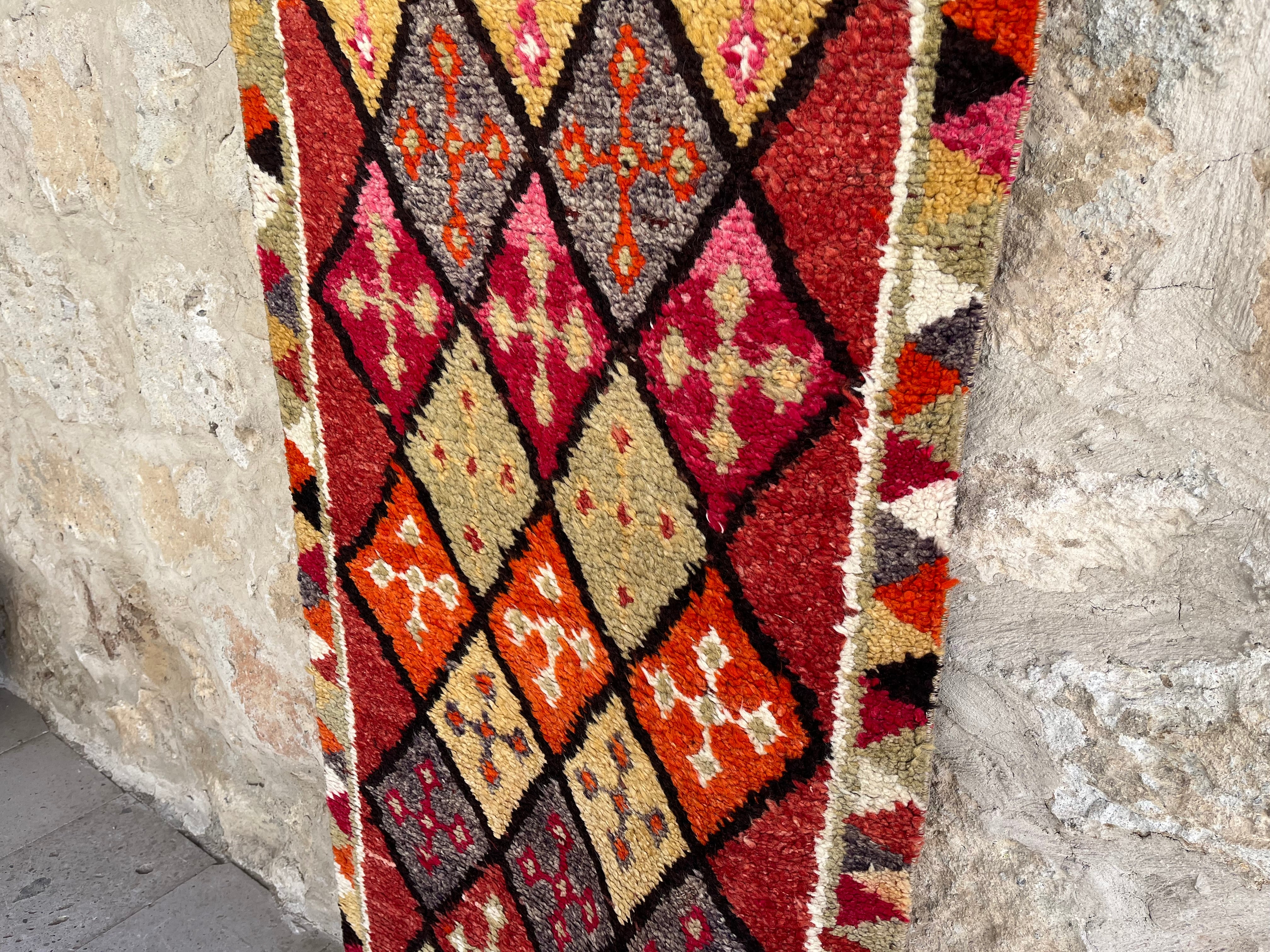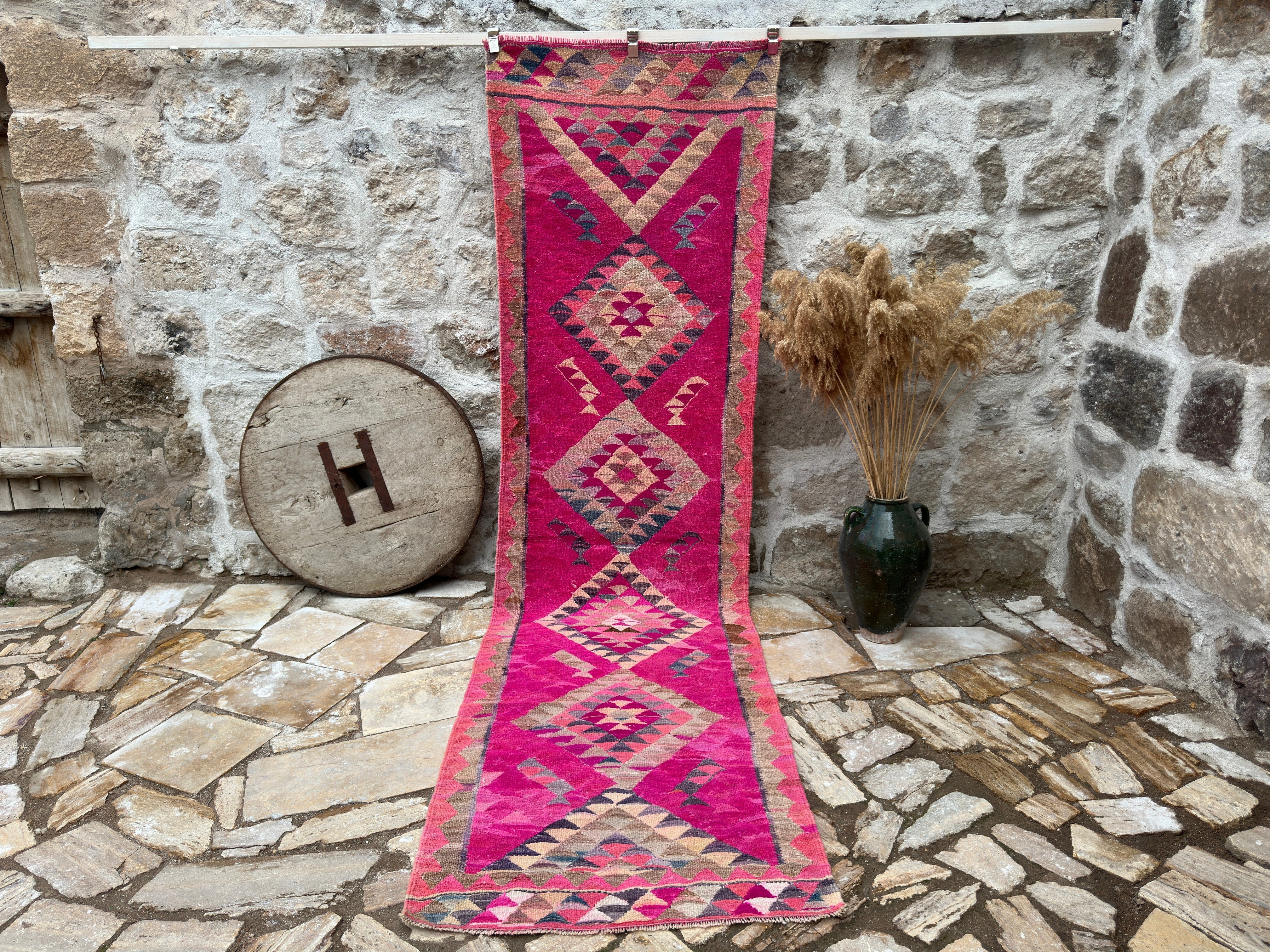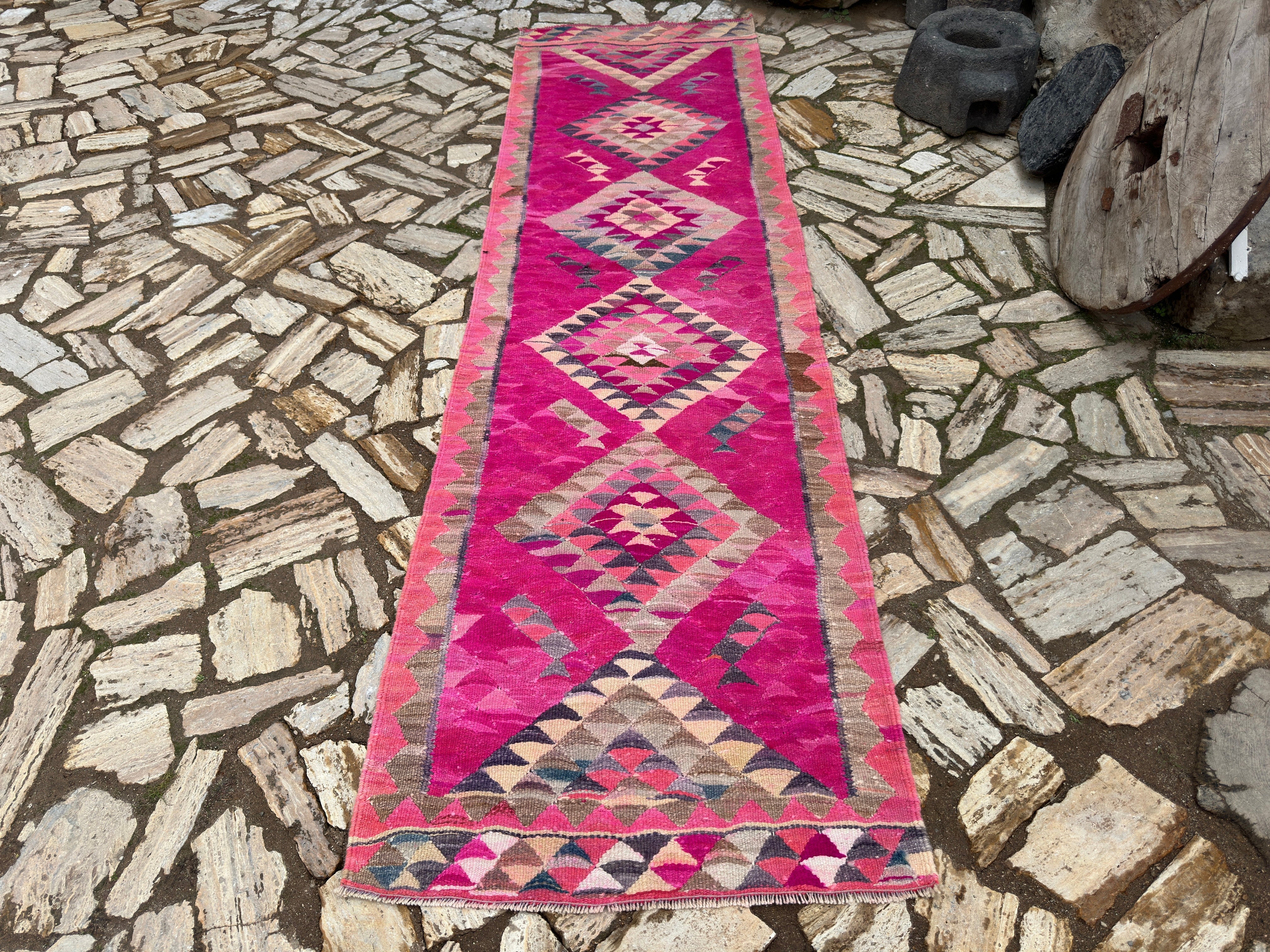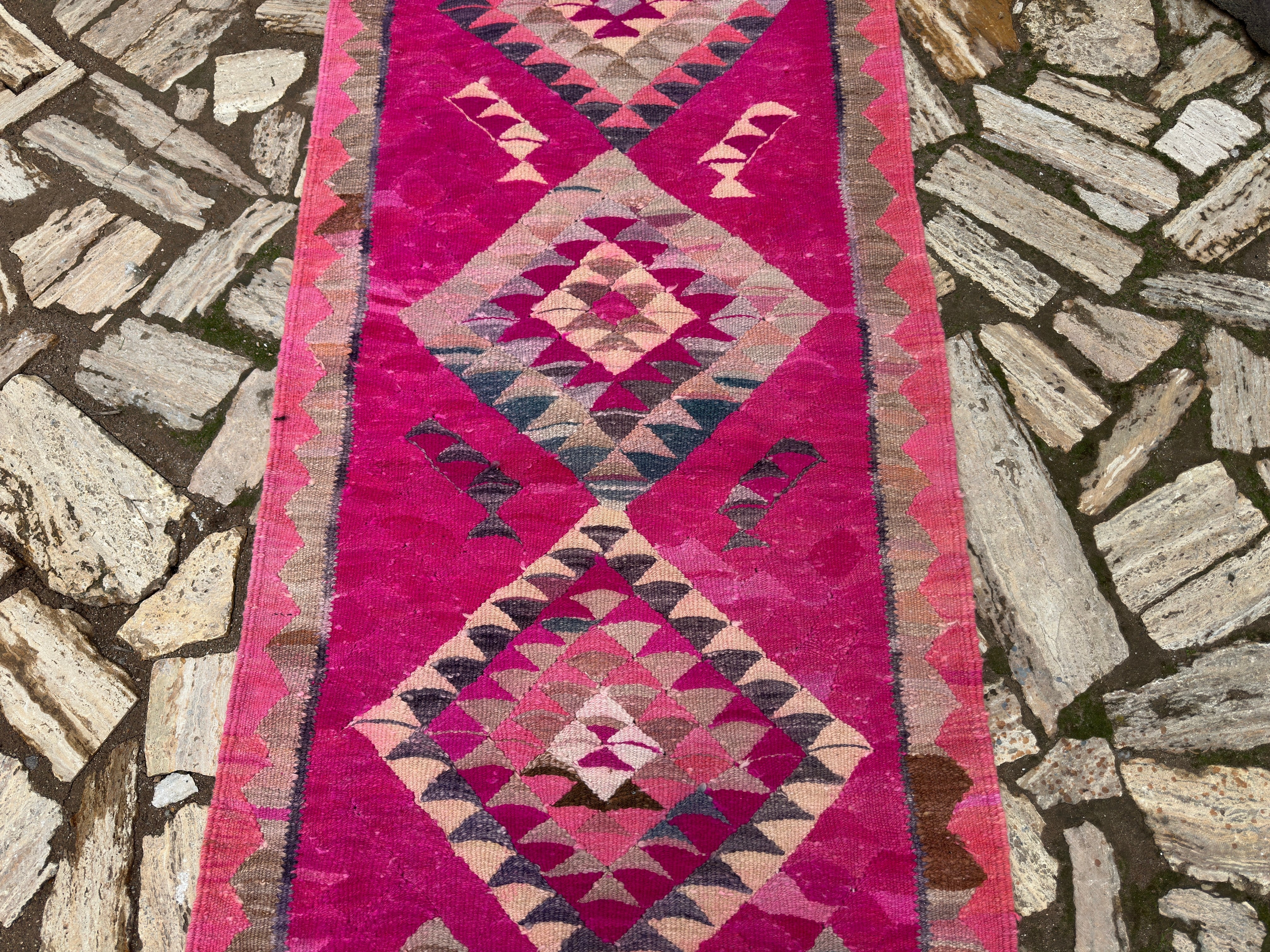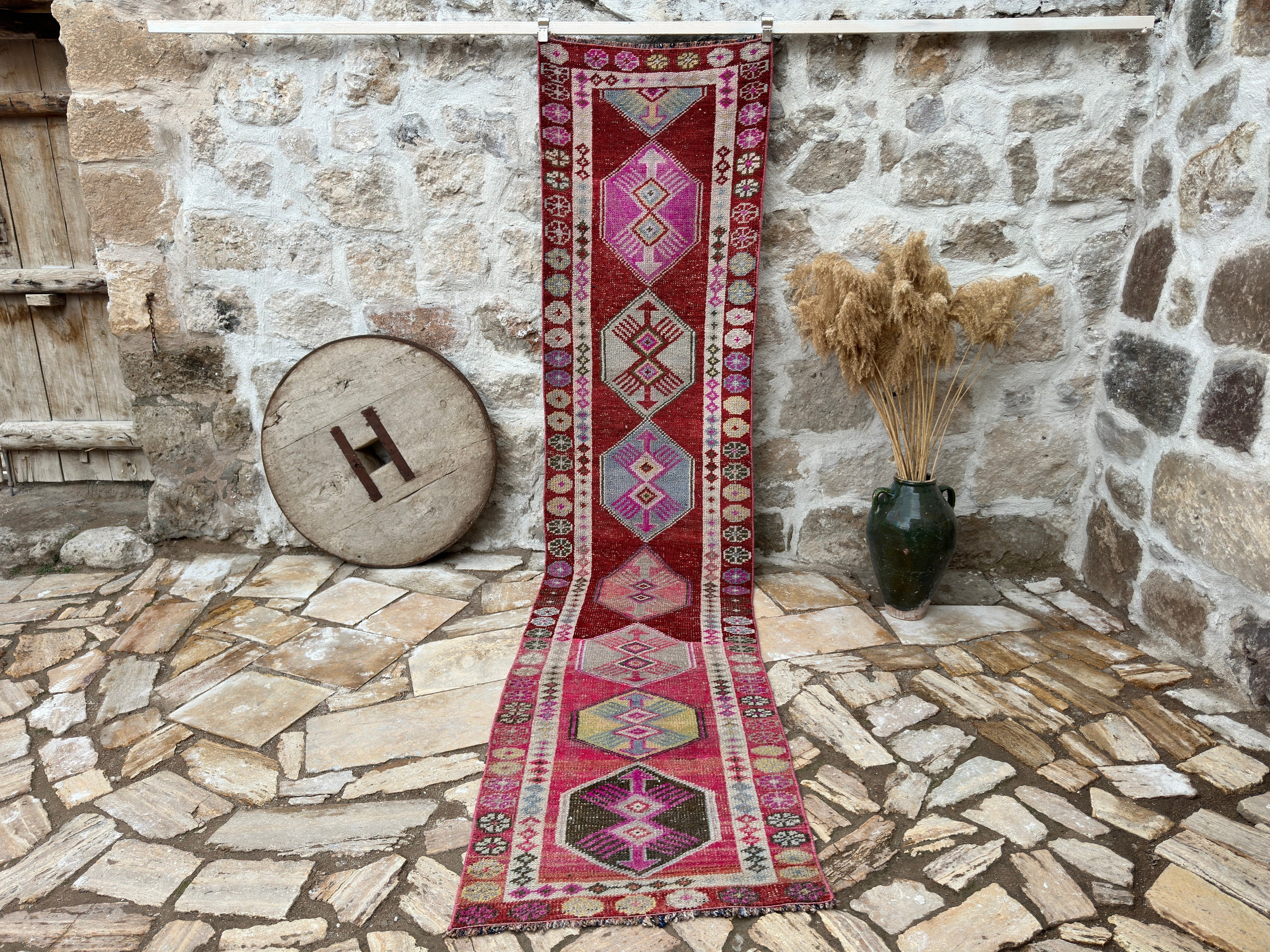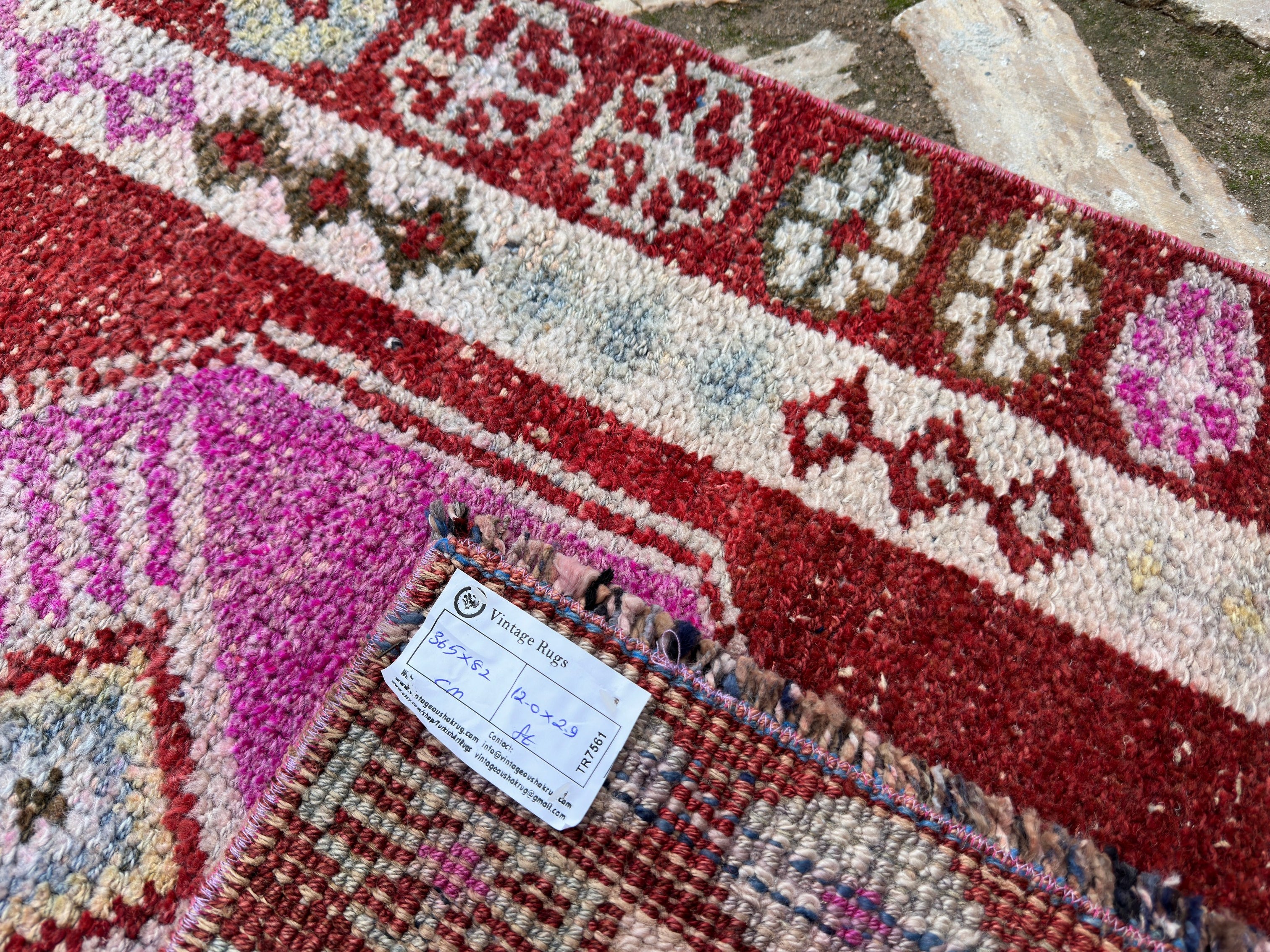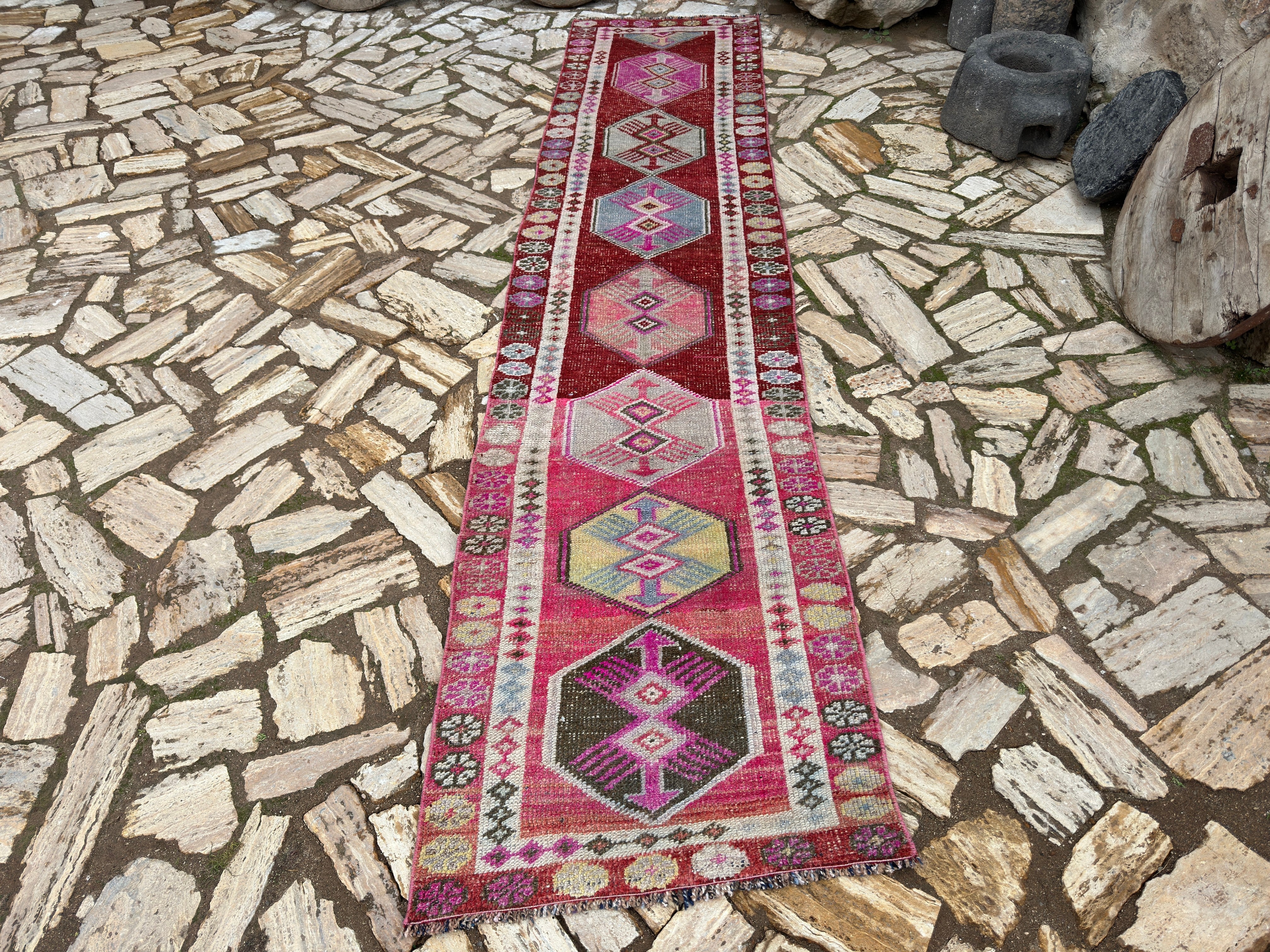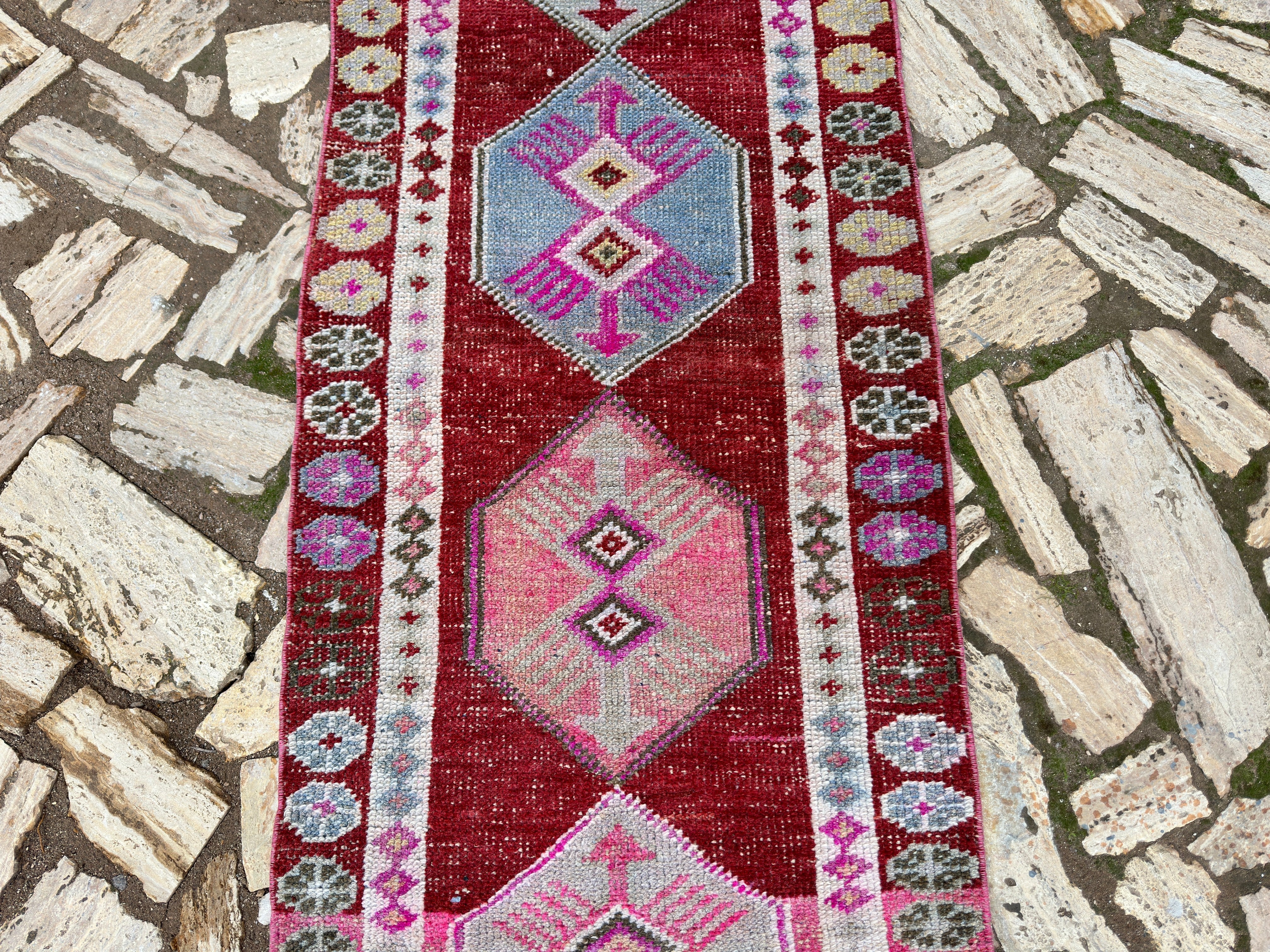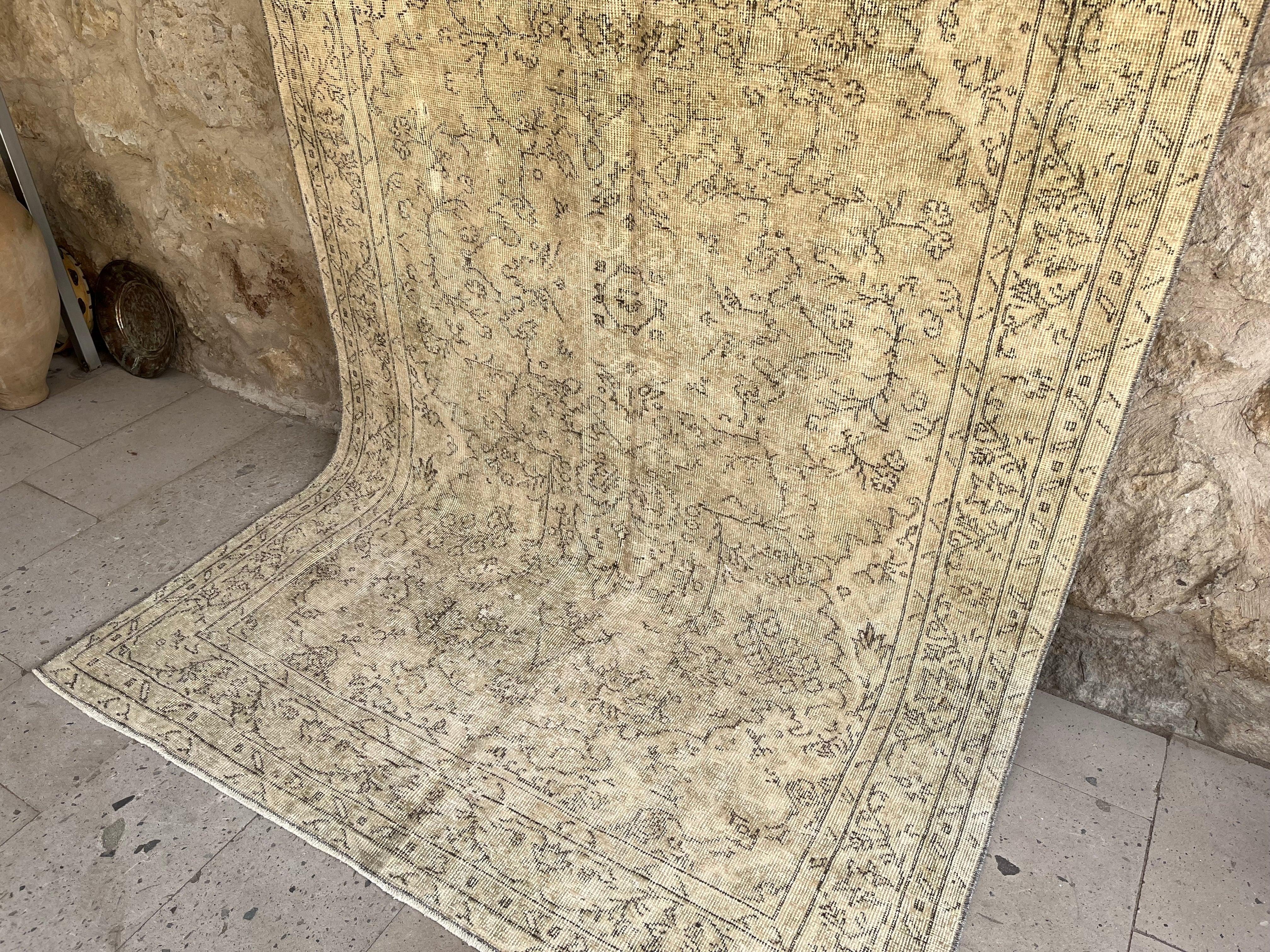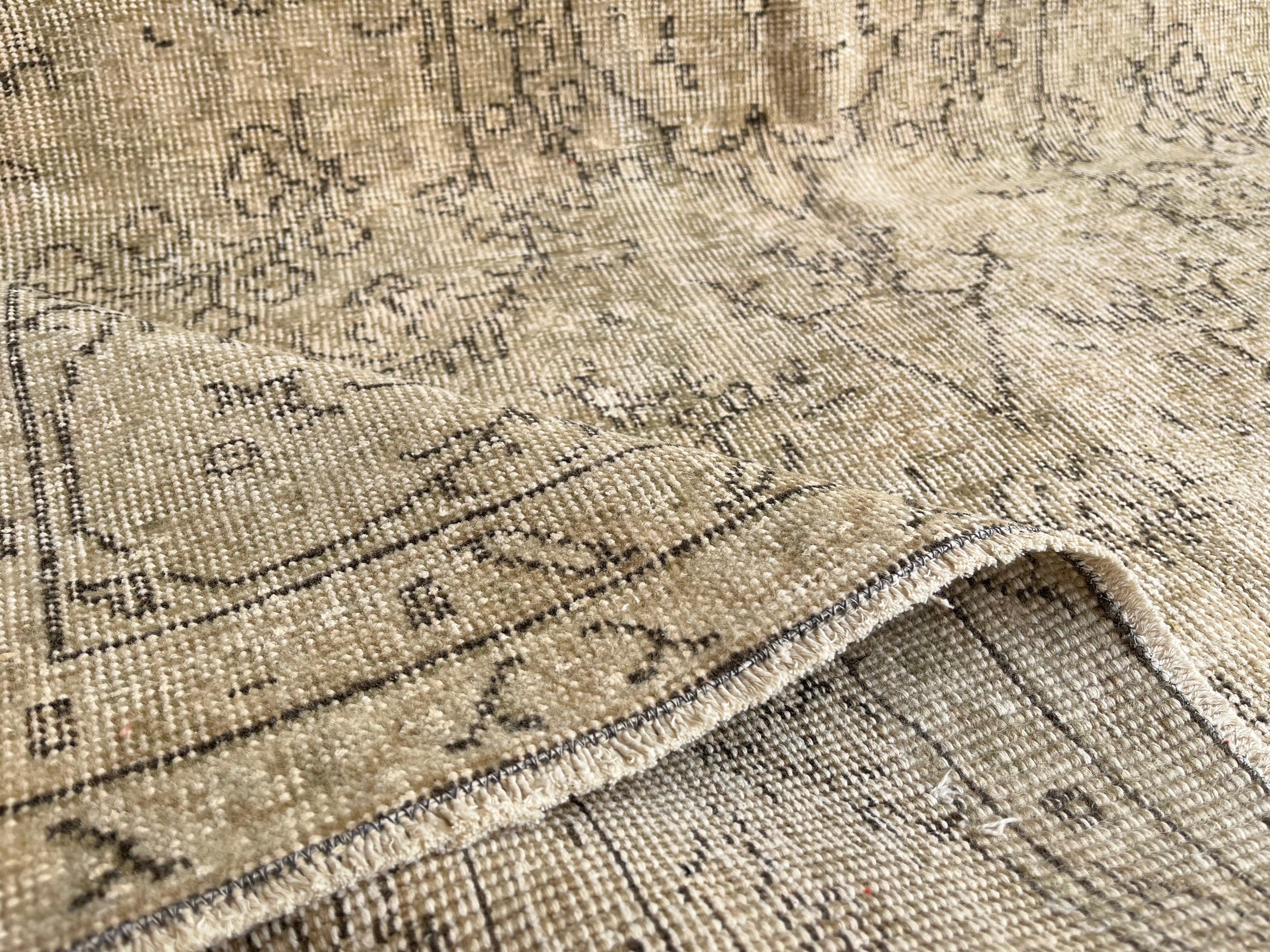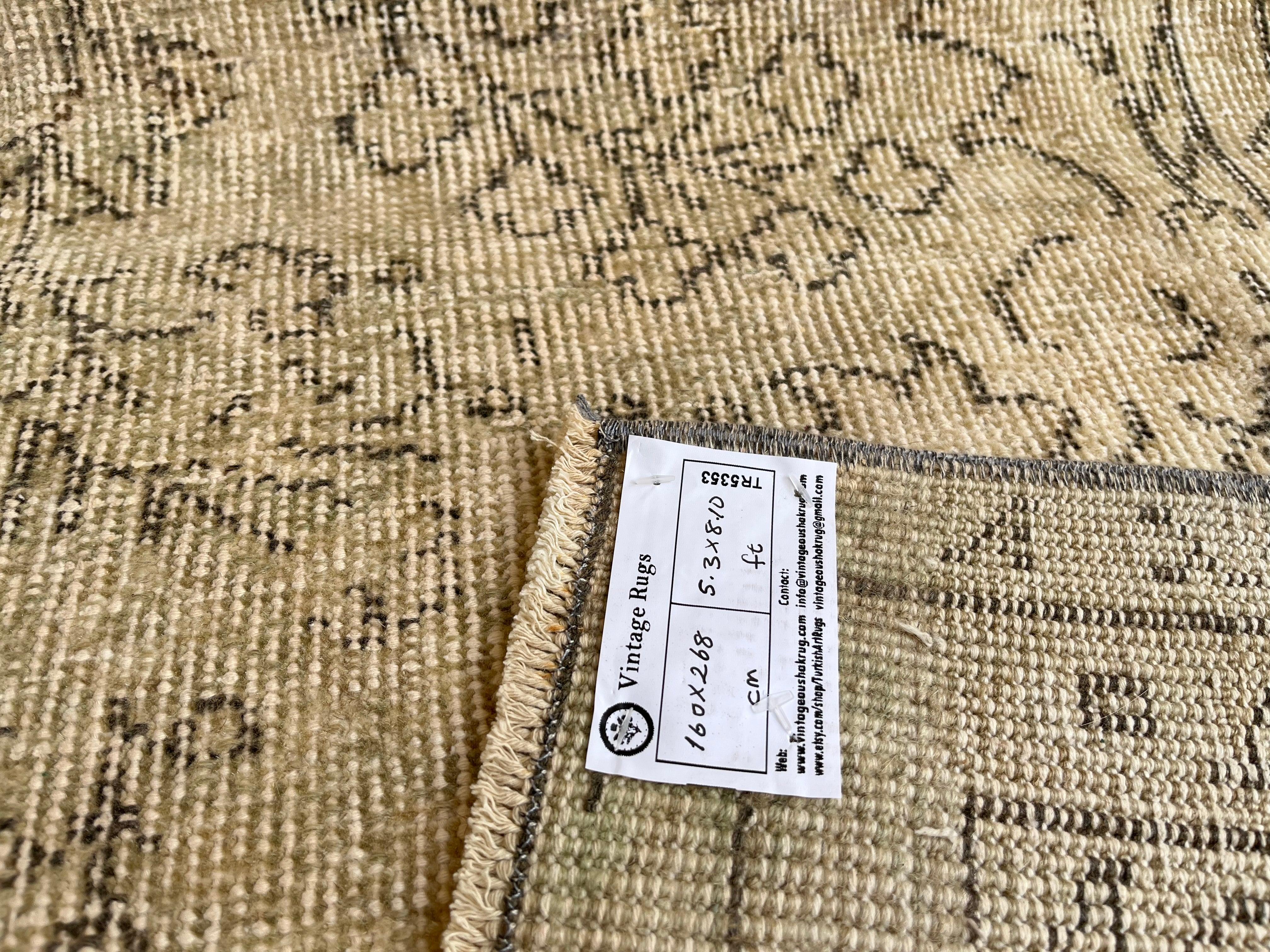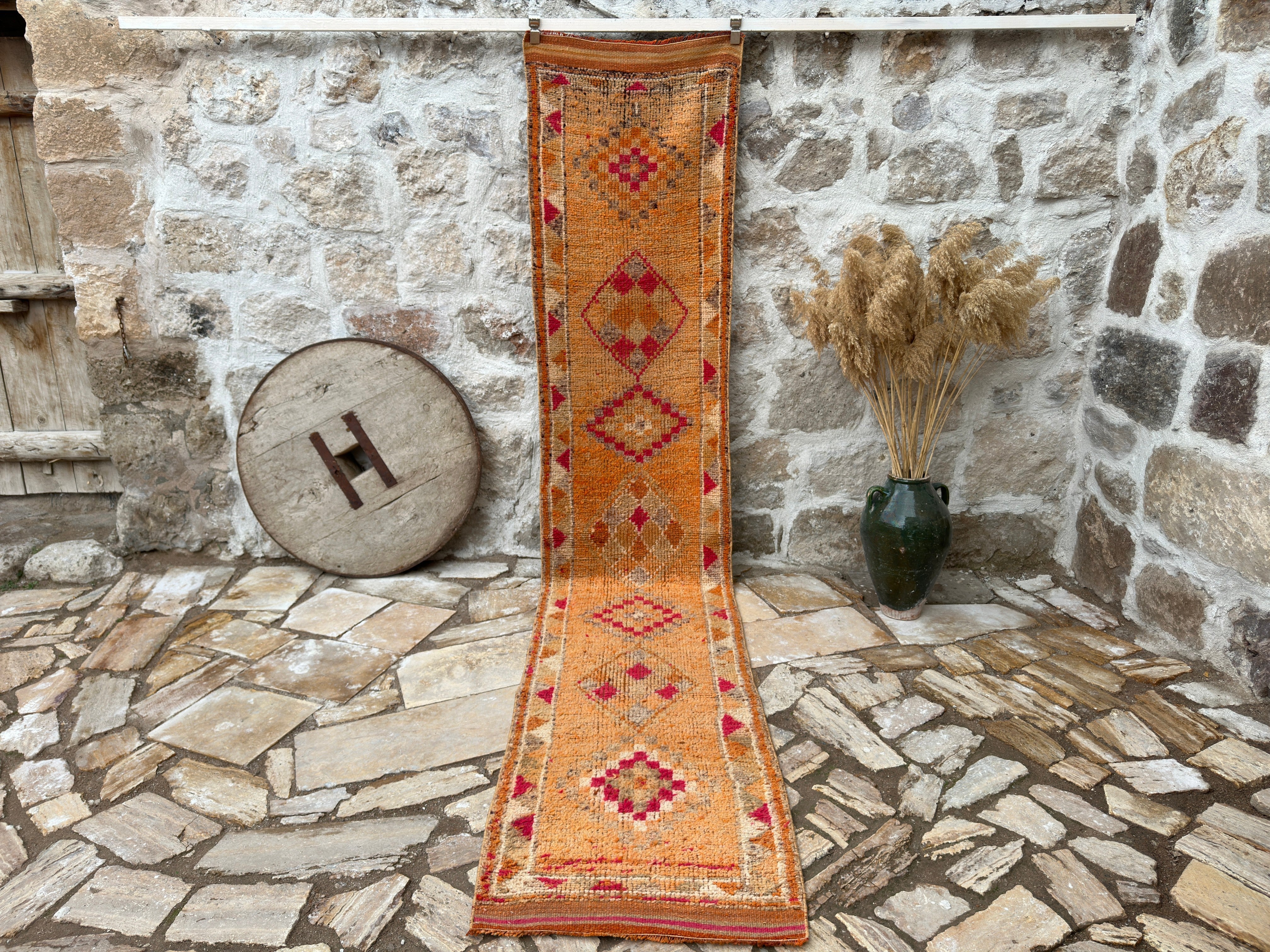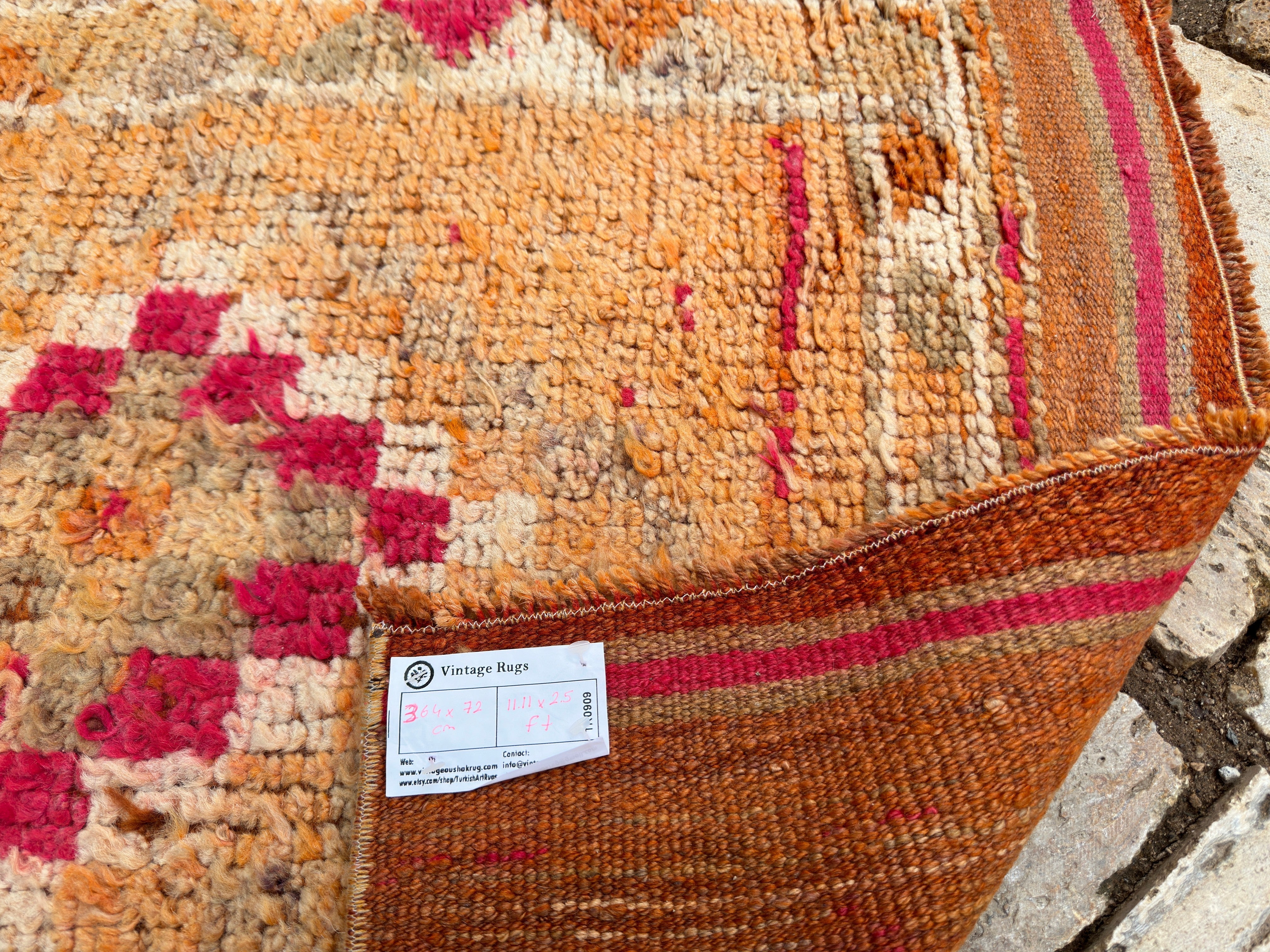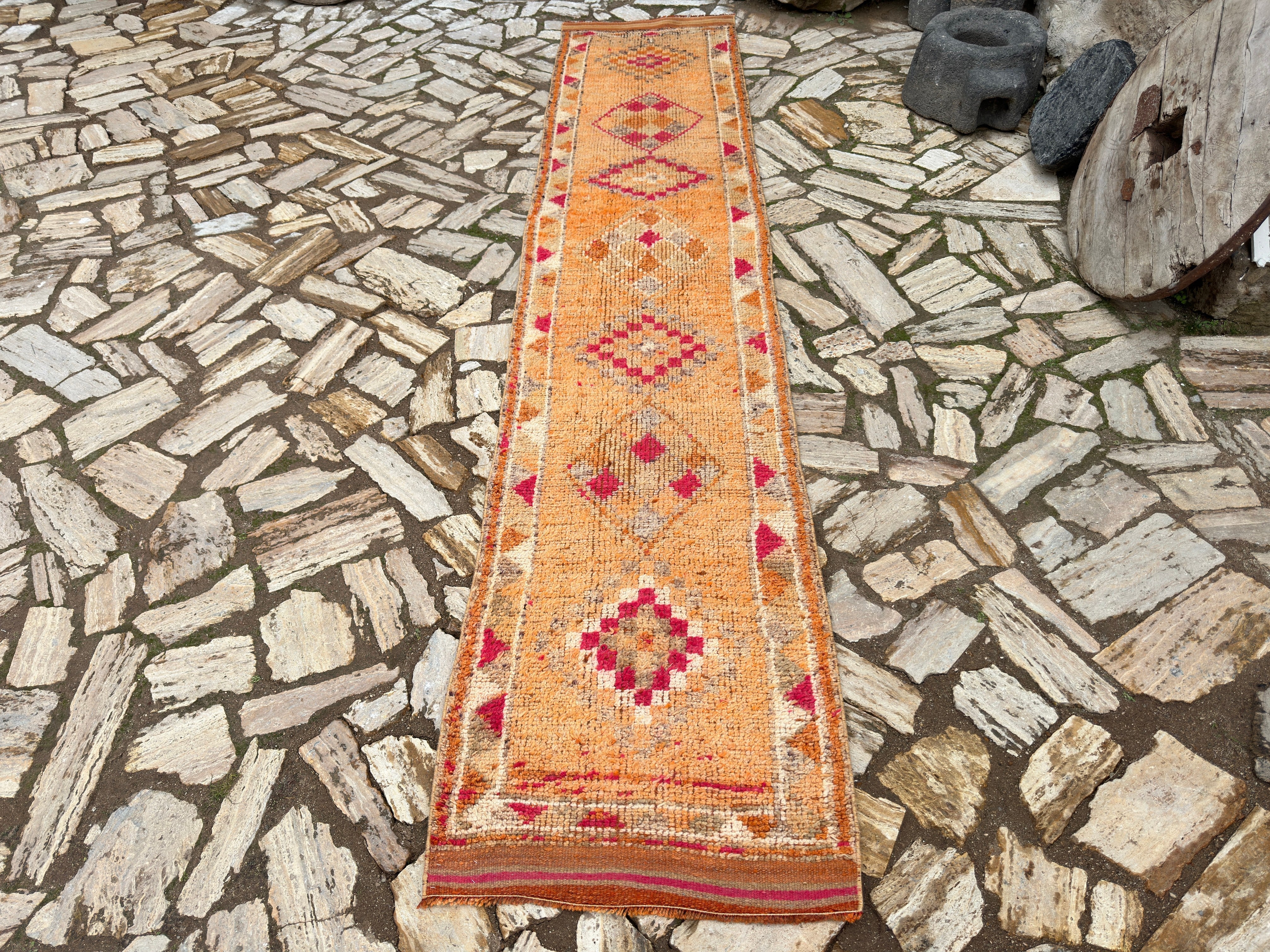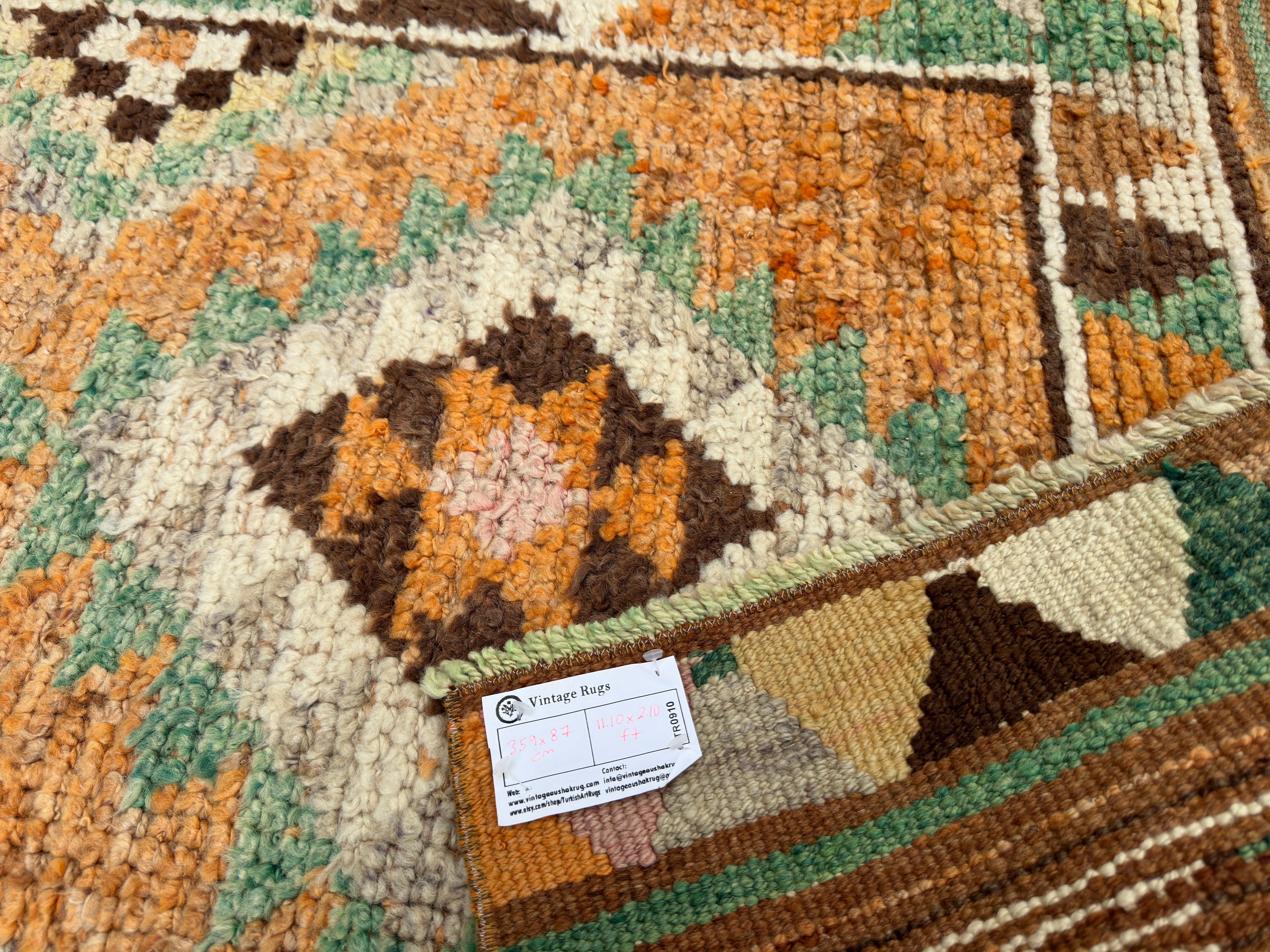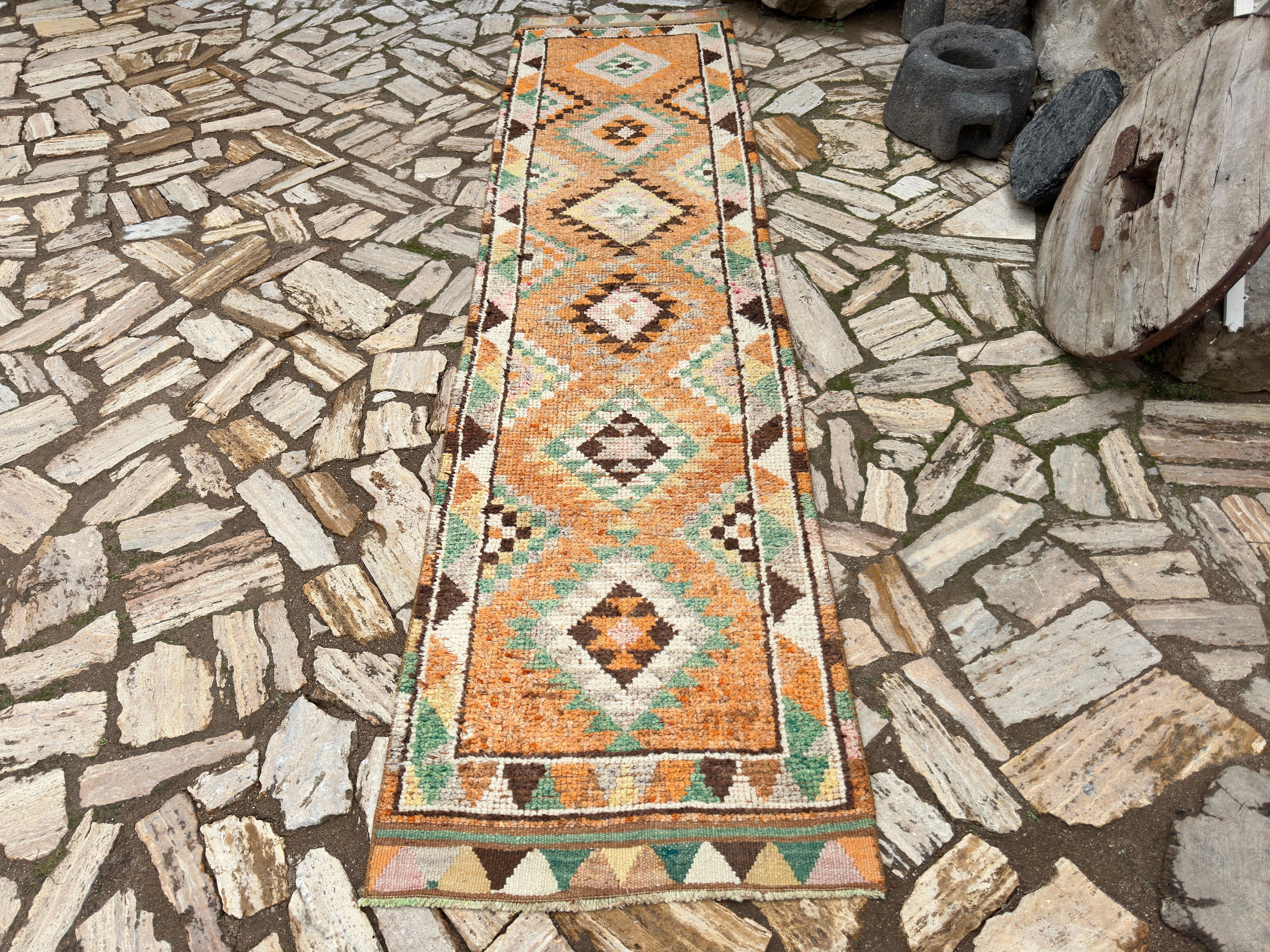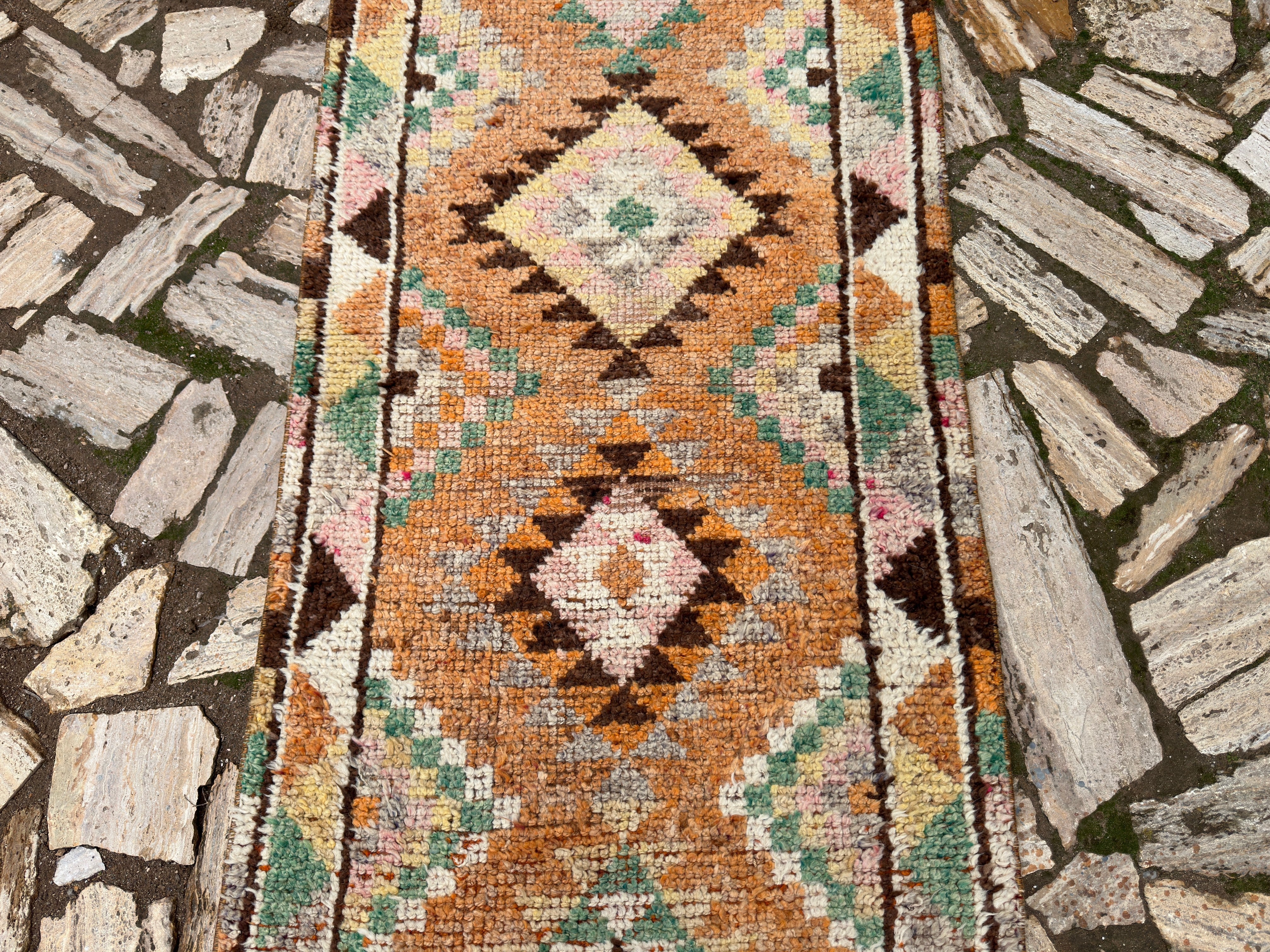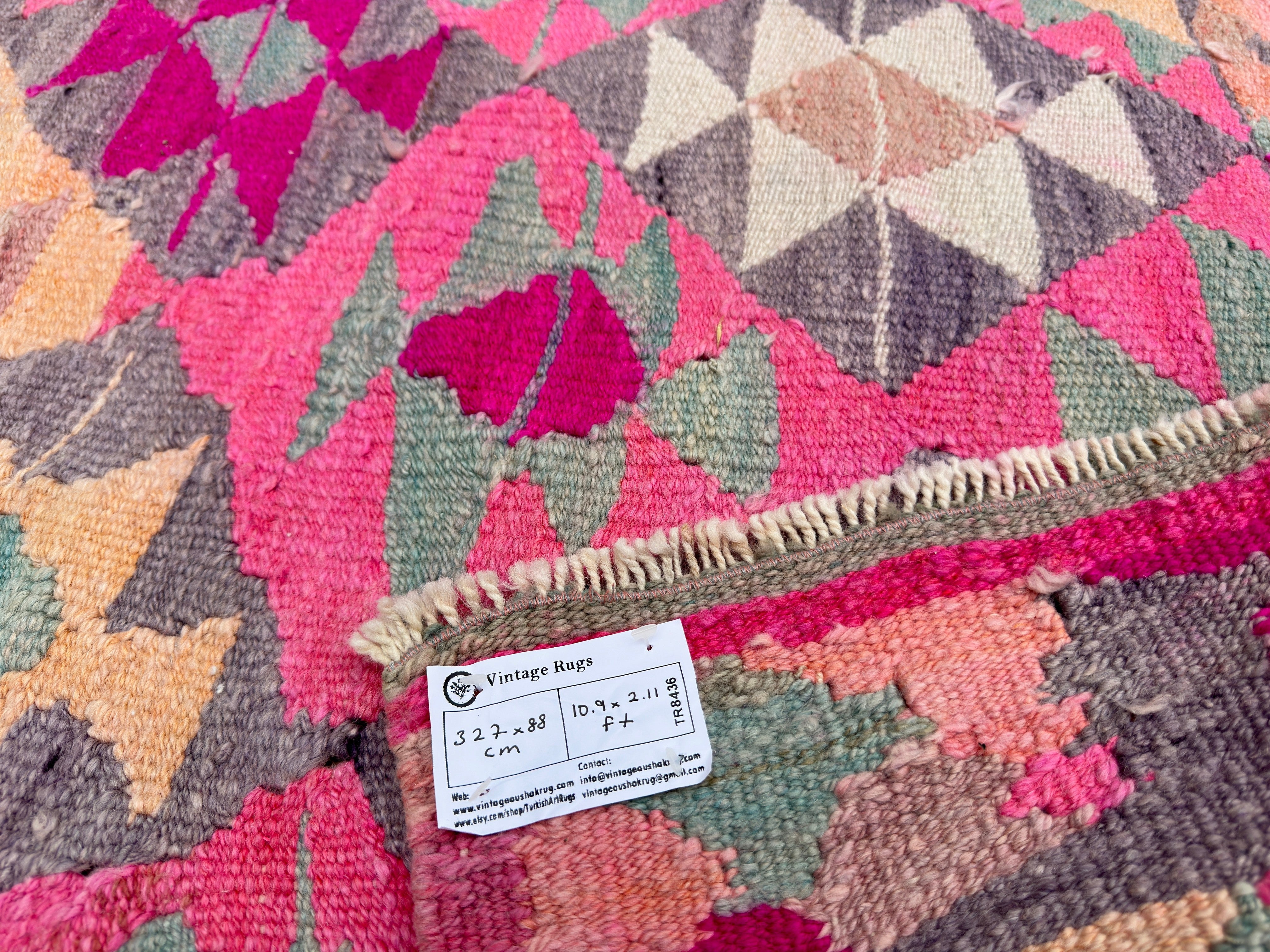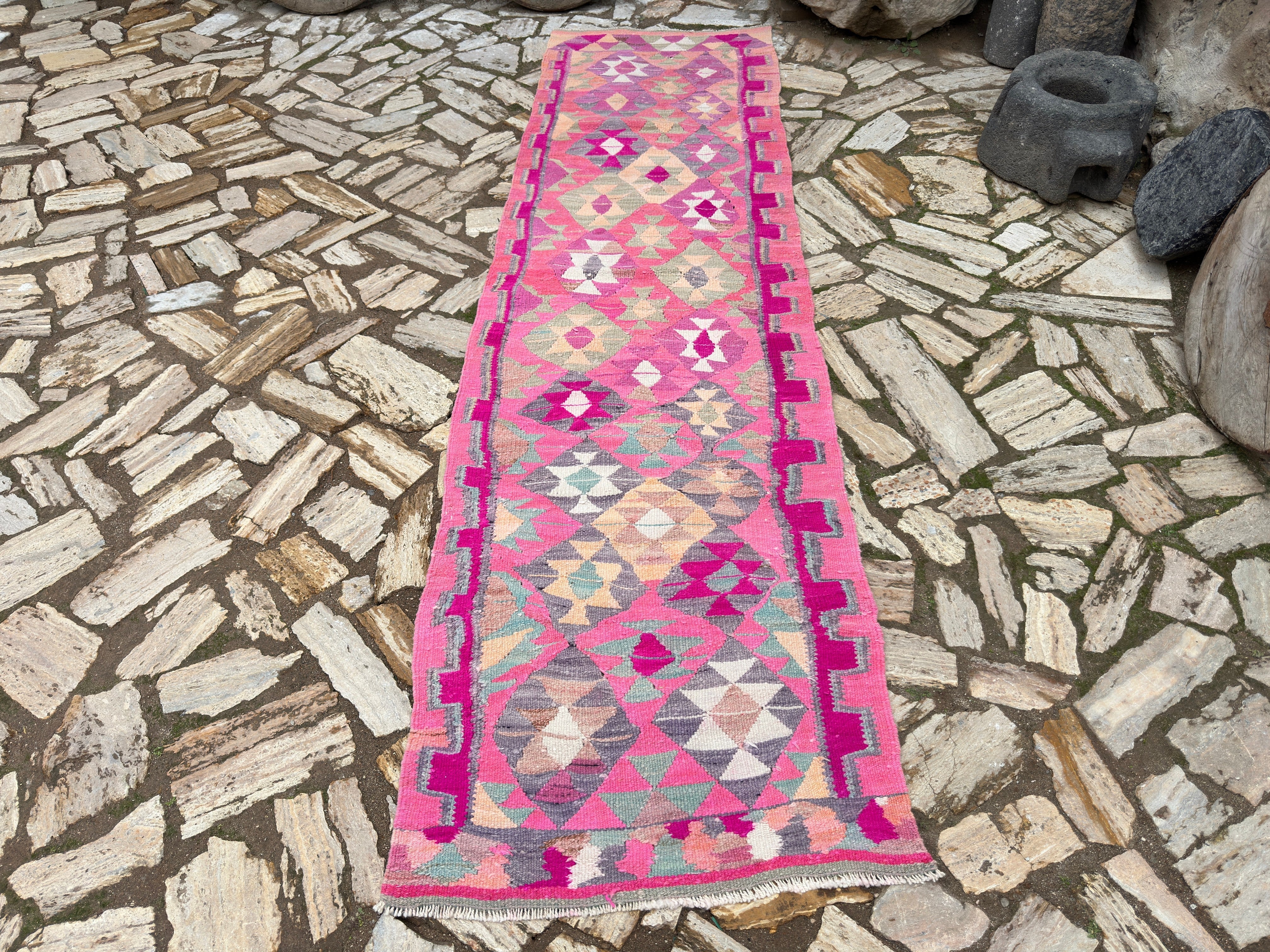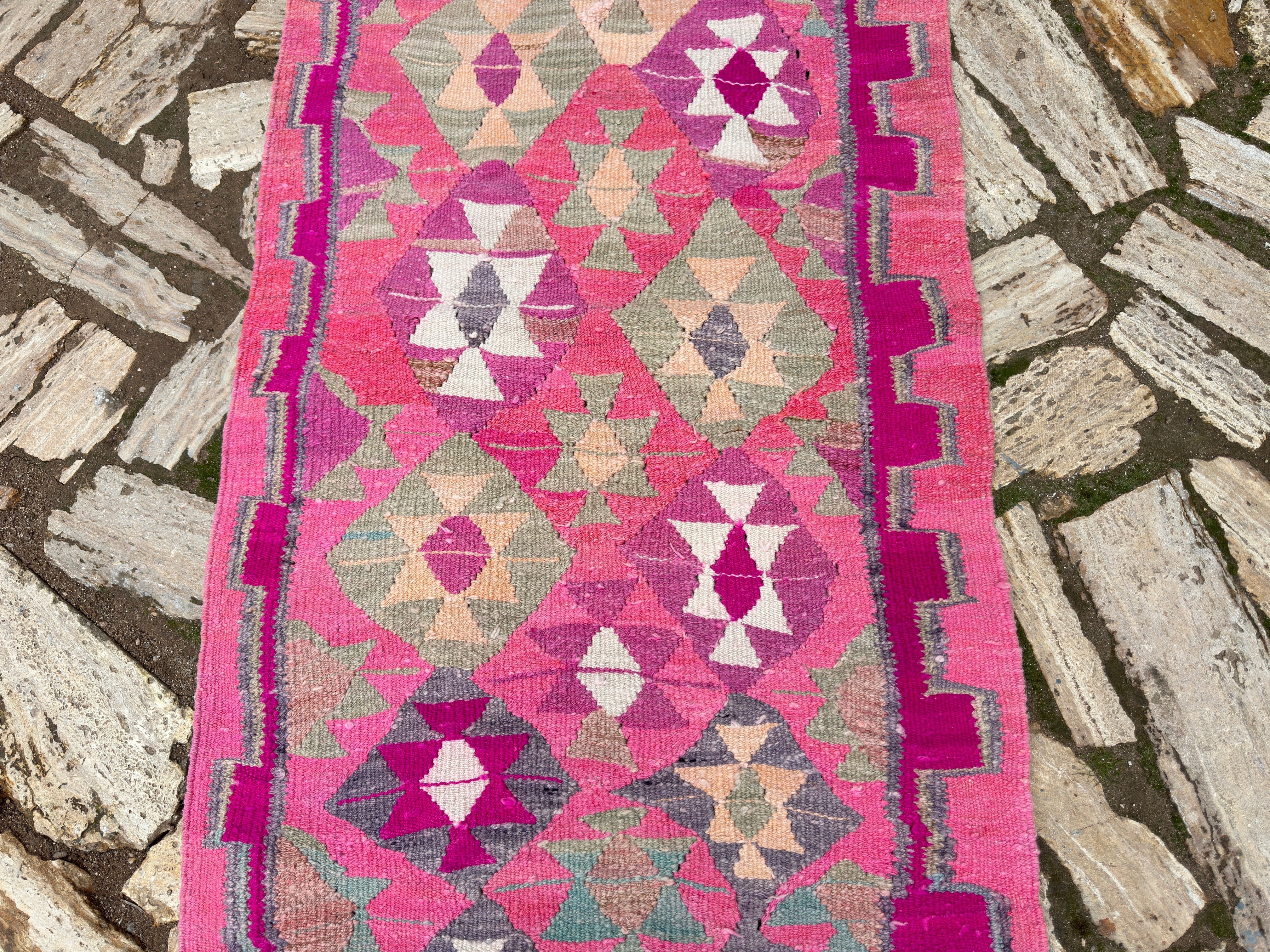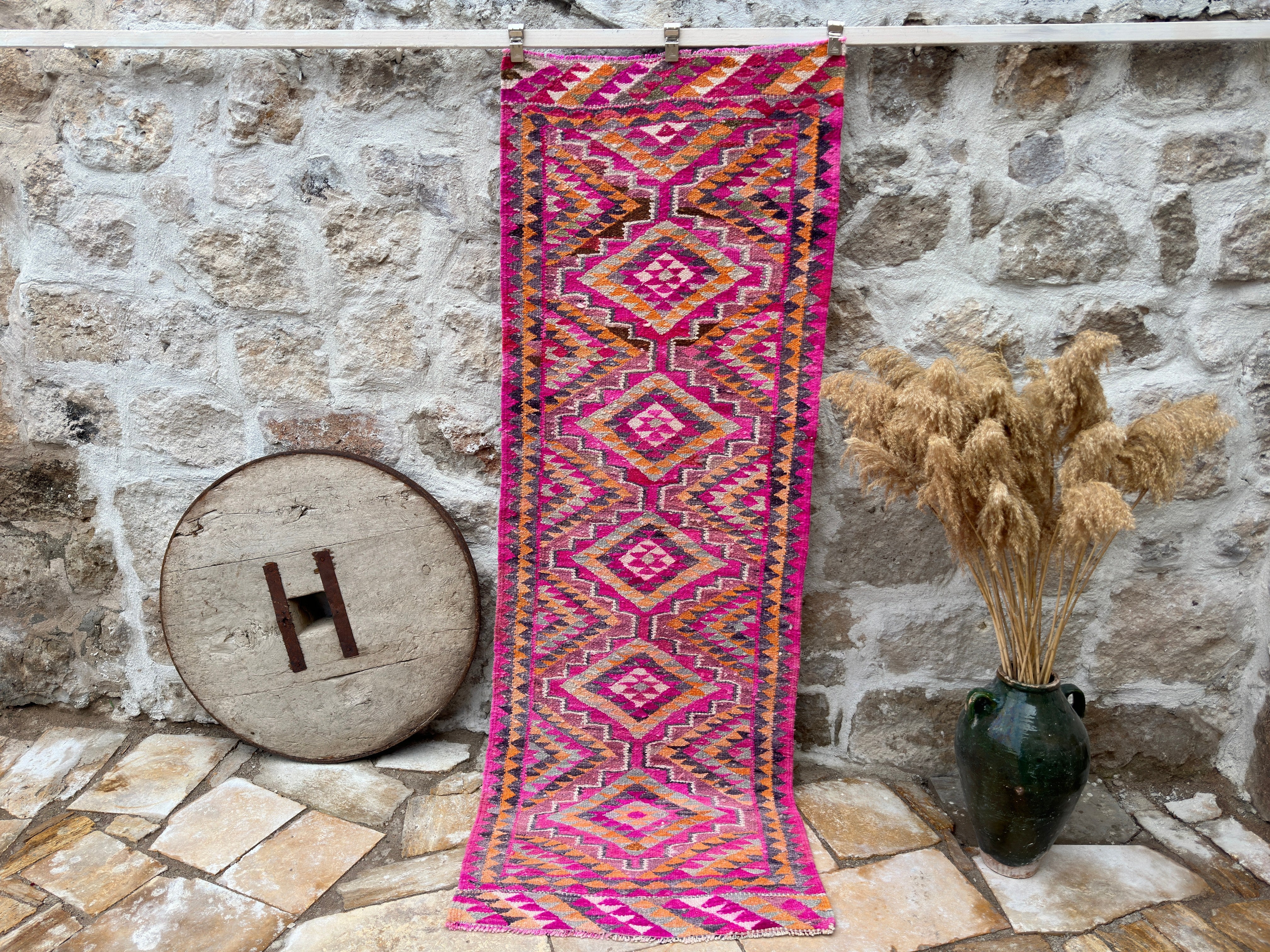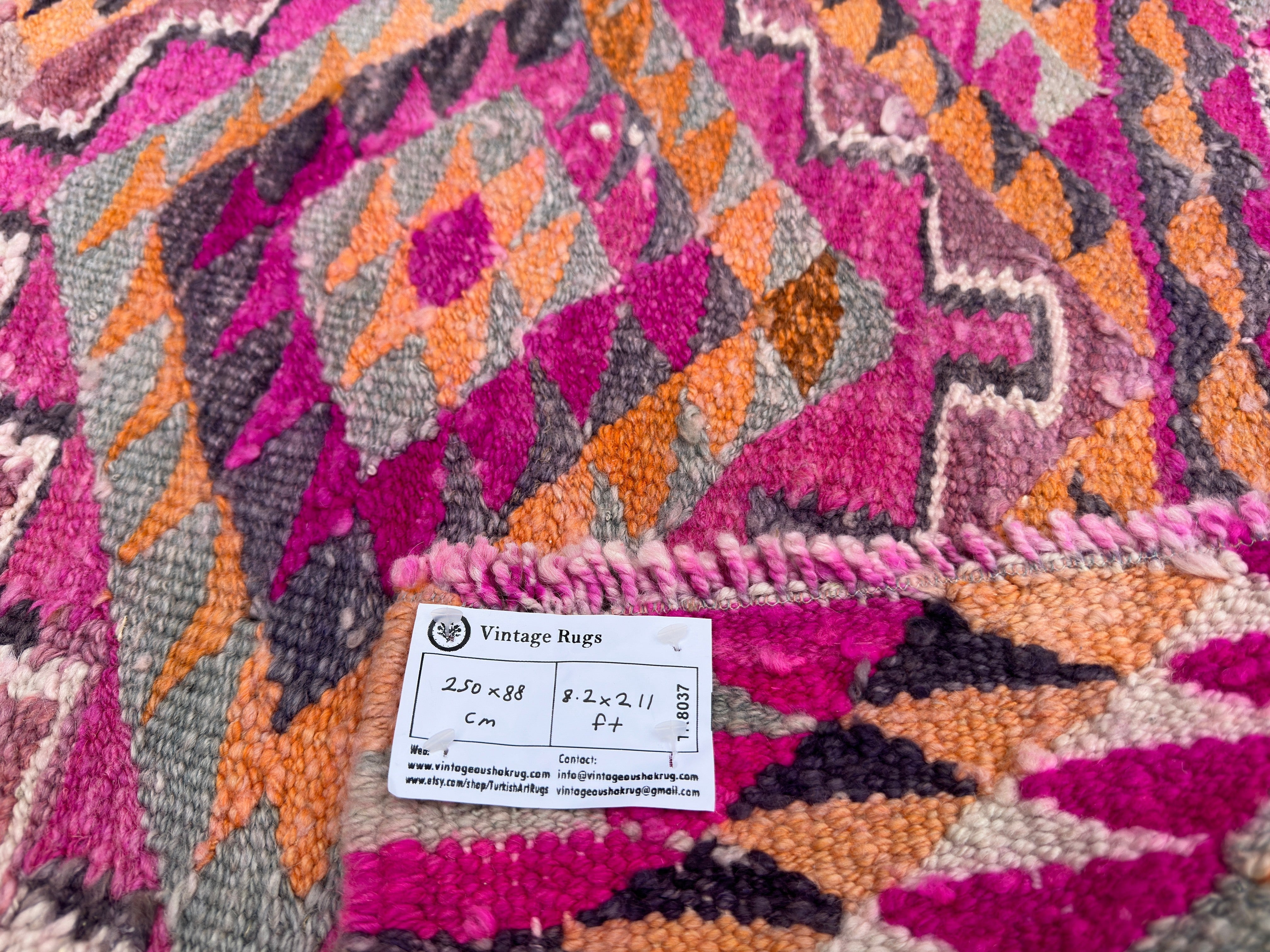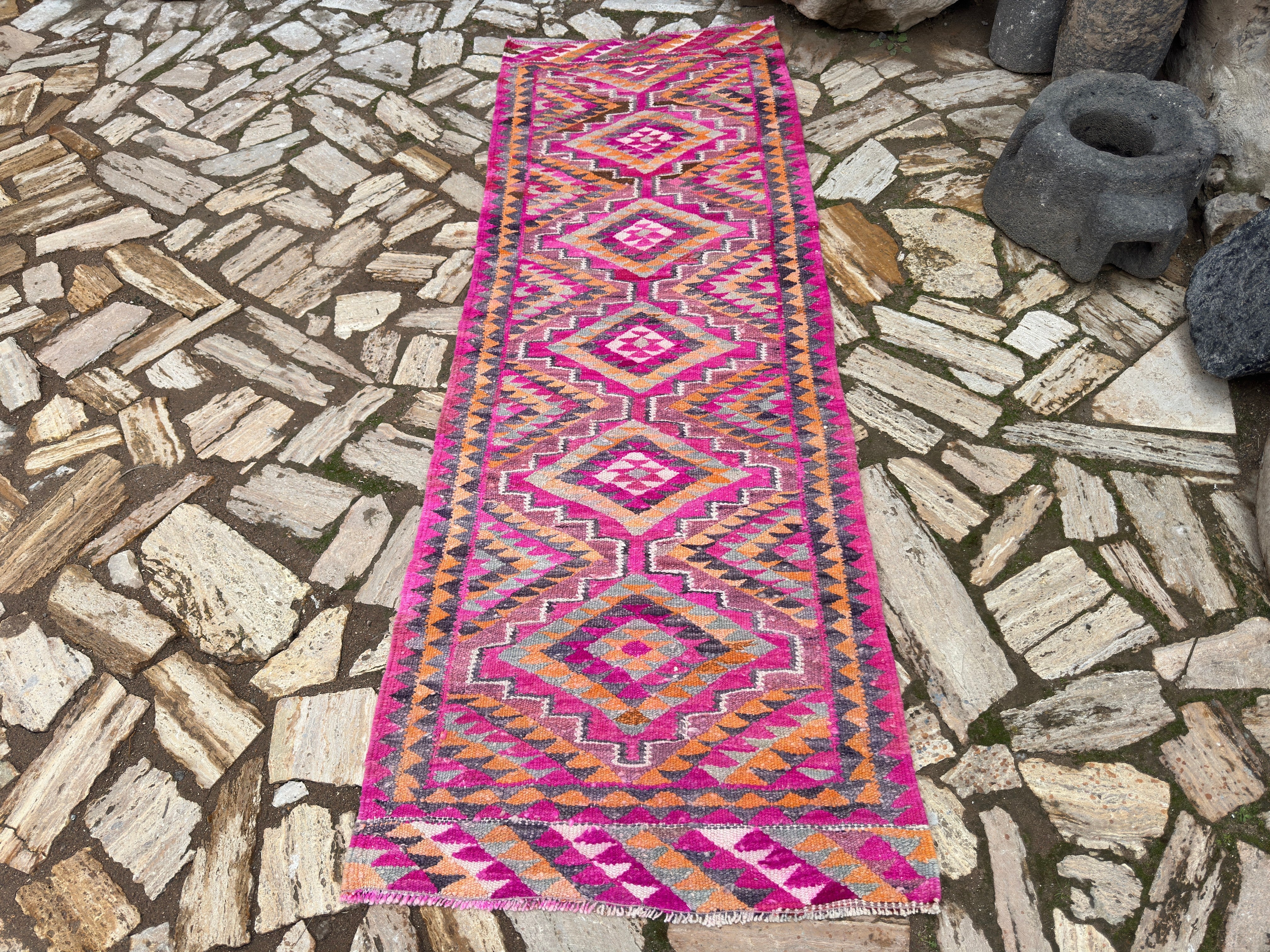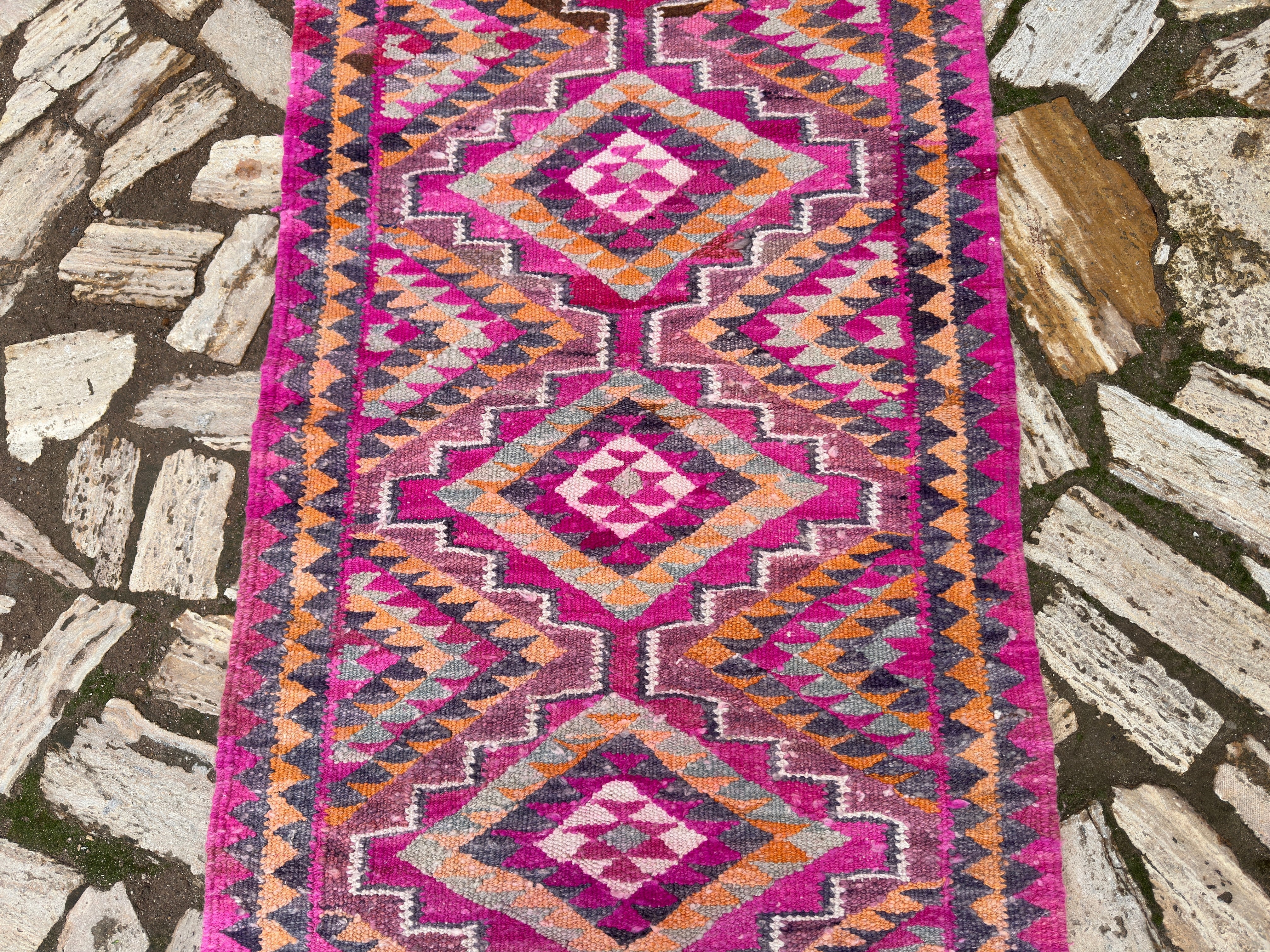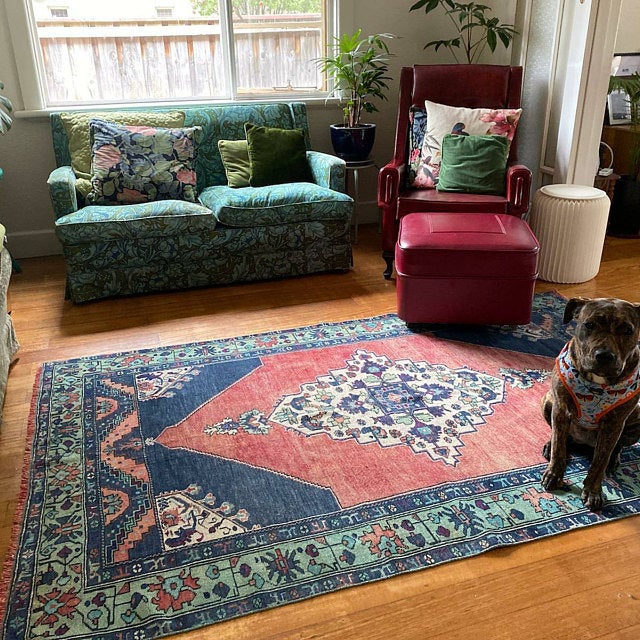Differences Between Turkish Rugs and Persian Rugs
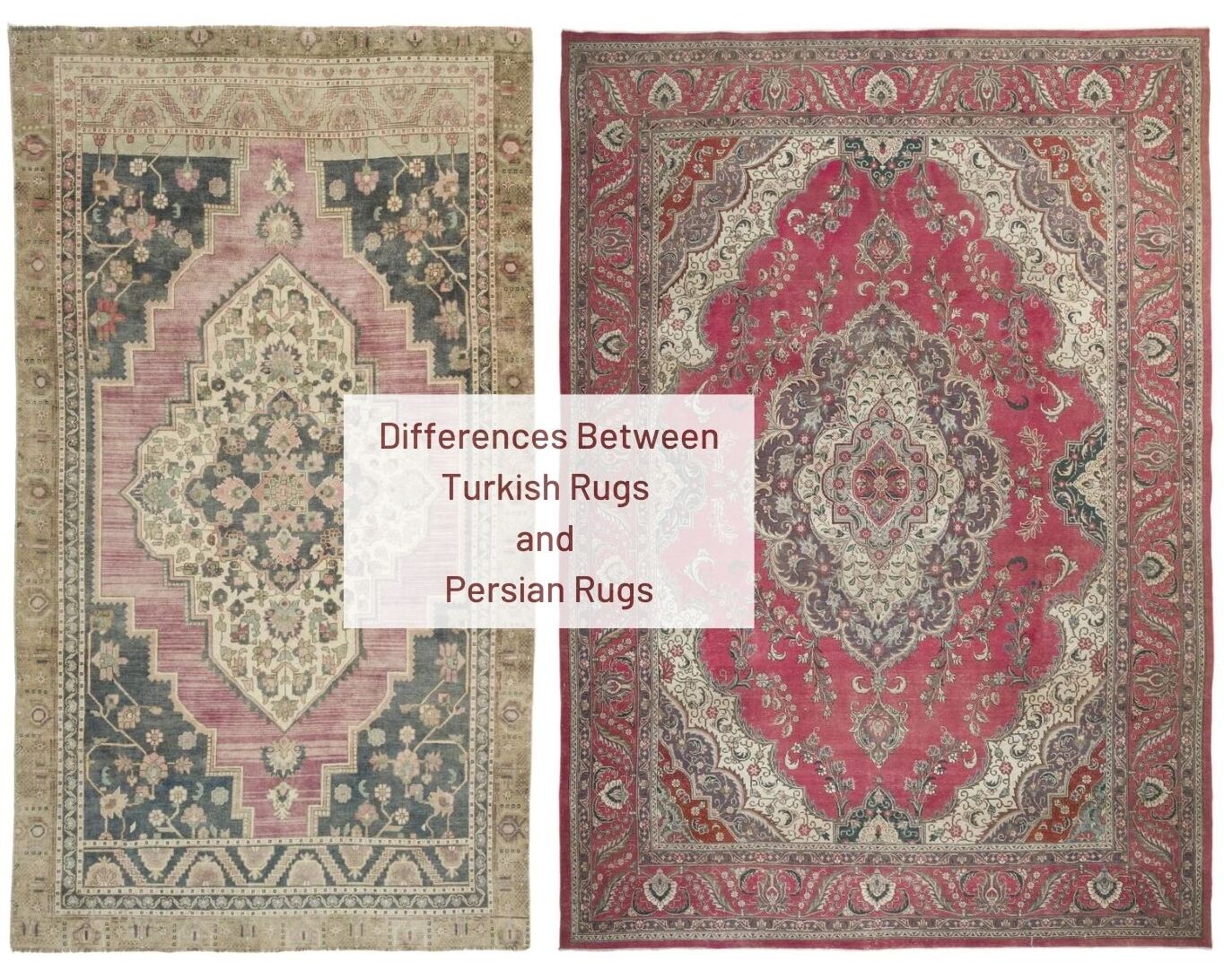
At first view, Turkish and Persian rugs may look a lot alike. They are both hand-woven, have a lot of history and color, and are both stunningly beautiful. Yet, those complicated patterns hide a huge range of differences in style, background, and way of life. You'll know how to tell them apart and, more importantly, which one might be best for your home by the time you're done reading this guide.
Both practices go back hundreds of years and have deep roots in making things and telling stories. Each rug is more than just a piece of decor; it's a live memory that was made with love, care, and patience. We will talk about what makes Turkish and Persian rugs different, from how they are made to the stories they tell, so you can choose with confidence.
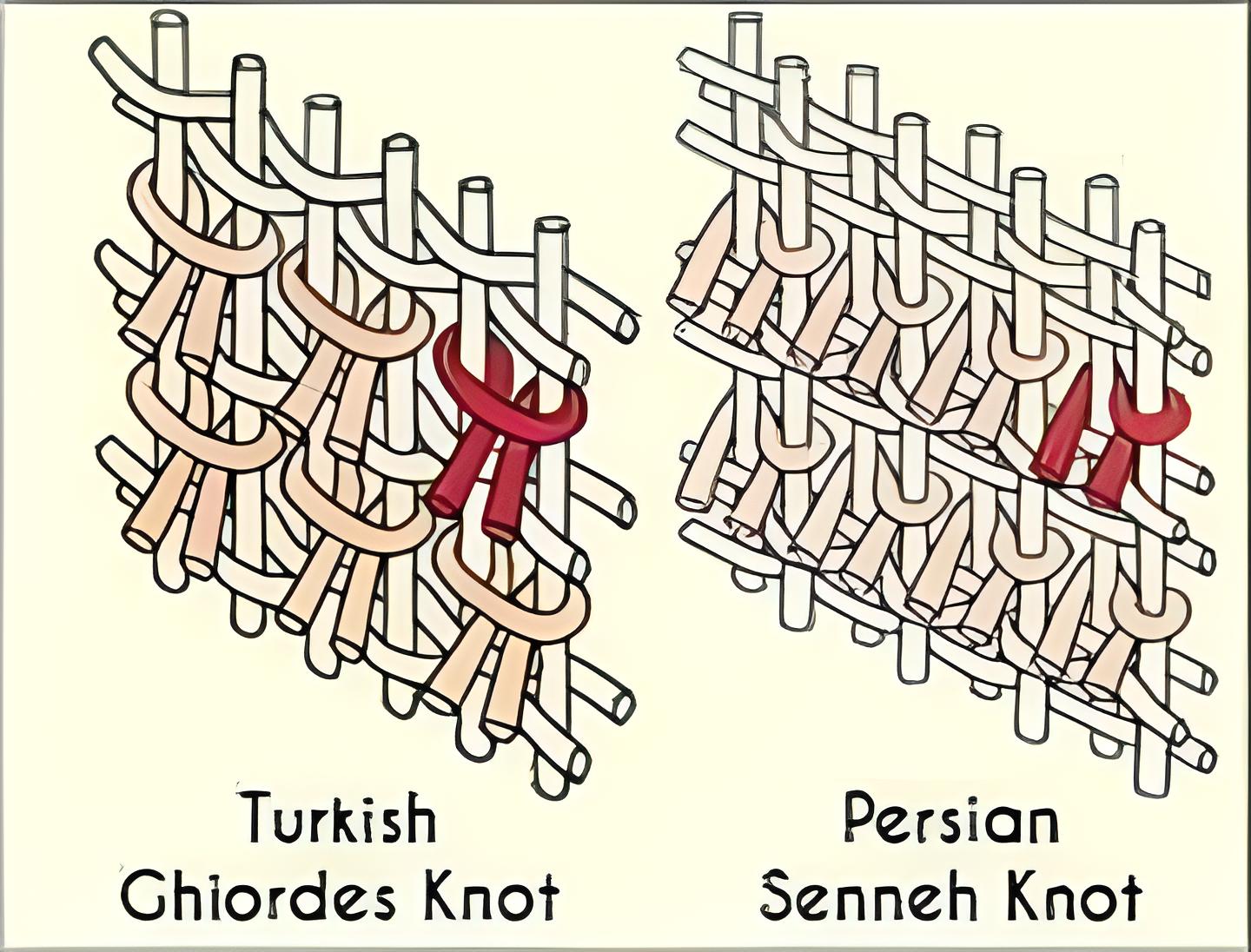
How Turkish and Persian Rugs Are Made
Turkish and Persian rugs are both made by hand on old-fashioned looms, but the ways they are made are very different. The double knot, also called the Ghiordes knot, is usually used to make Turkish rugs. This knot wraps each thread twice around the warp, making the weave tighter and more durable. This makes Turkish rugs bigger and stronger, so they can be used every day. But Persian rugs are known for having only one knot, called the Senneh knot, which makes it possible for the designs to be more detailed and delicate.
Making these rugs is more than just work; it's a way of showing dedication. Every rug is different, so it may take months or even years to finish one. A lot of the time, weavers teach their skills to younger generations. This keeps alive not only a craft but also a way of life. Most Turkish rugs, especially old ones, were made by village women as part of their dowries or as gifts from family. Each design represents a different story, wish, or blessing. Persian rugs have a similar emotional depth, but they tend to be more focused on artistic perfection. Master weavers work hard to make patterns that are good enough for a museum.
As a result? There are two different types of craftsmanship: one is based on cultural comfort and long-lasting use, and the other is based on fine art and luxury.
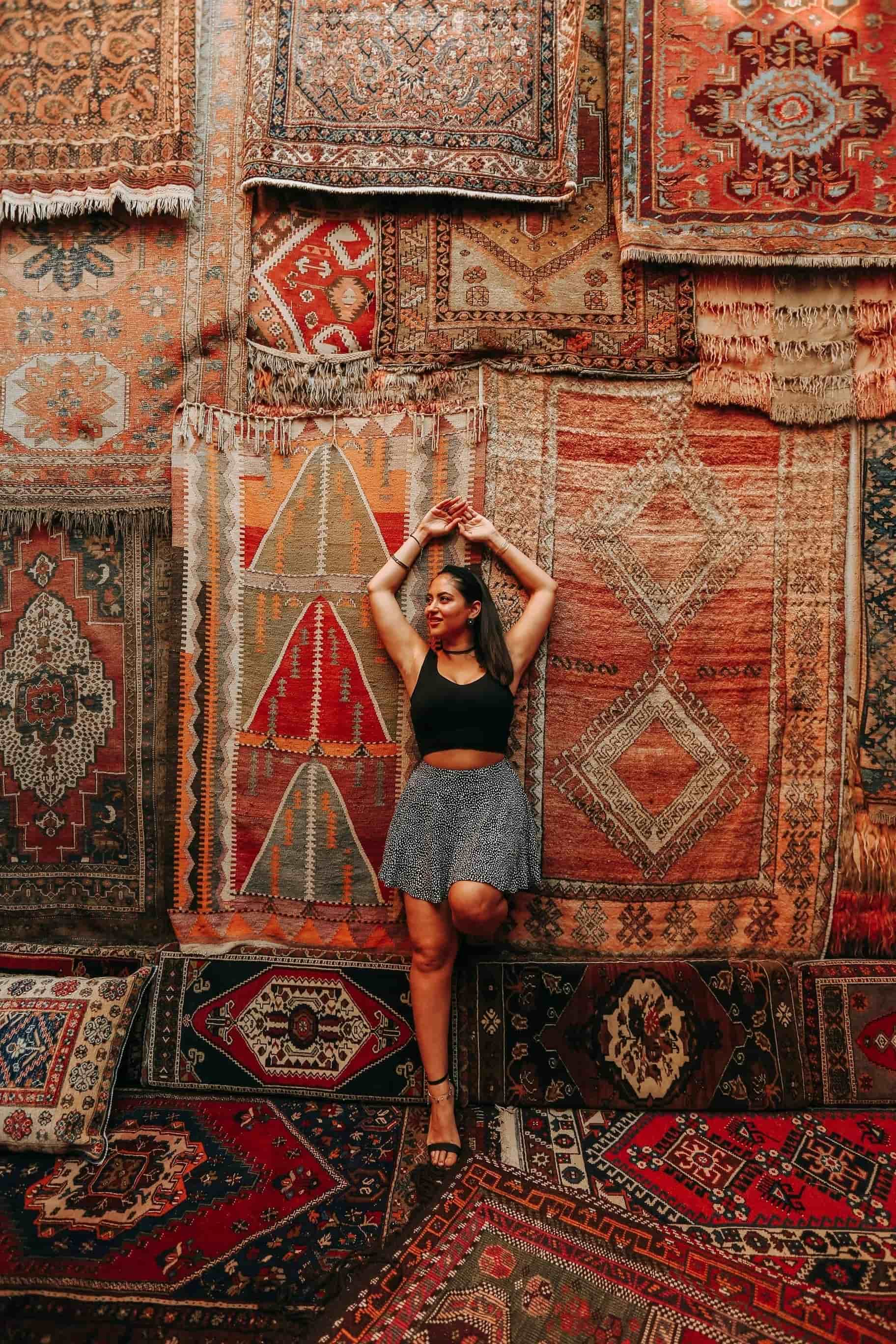
Regional Styles and Weaving Centers
Geography shapes everything when it comes to area styles. Cappadocia, Oushak, Konya, and Hereke are all well-known weaving areas in Turkey. Each one brings its own style to the loom. People love Oushak rugs for their soft color schemes and big, open patterns, while Hereke rugs are associated with royal accuracy and silk grace. Wool grows in large amounts on the high plateaus of Anatolia. This is what gives Turkish rugs their cozy feel and old-fashioned beauty.
In Iran, just across the border, Persian rugs grow in places like Tabriz, Isfahan, Kashan, and Qom, which are known for being centers of world-class workmanship. Persian weavers often use flower or animal designs, like peacocks or deer, to represent faith and beauty. The Persians are very interested in balance and order, which shows in the patterns, which are generally symmetrical but have a lot of small details.
Motifs are more than just decorations in both countries; they are languages. A star could mean safety, a ram's horn could mean strength, and an apple could mean fertility. That's what makes looking at these rugs so magical: each area has its own story to tell.
Knot Techniques: Turkish (Ghiordes) vs. Persian (Senneh)
Let's talk about knots, which are the building blocks of every handmade rug. The Ghiordes knot is used to make Turkish rugs. It is a double knot that is wrapped around two warp threads. This method makes the weave denser, which gives the blanket a soft but durable surface that is great for everyday use. This is one of the main reasons why Turkish rugs last so long.
For Persian rugs, the Senneh knot is used. This is a single knot that goes around one warp thread and under the next. This lets you add smaller, more detailed pieces, like the ones you see in flower or star patterns. Persian rugs, on the other hand, tend to be thinner and less lasting than Turkish ones because the structure is a little less tight.
To sum up, Turkish rugs are made to last, while Persian rugs are made to look good. Both are works of art, but a Turkish rug is better for areas that get a lot of use, like living rooms or halls.
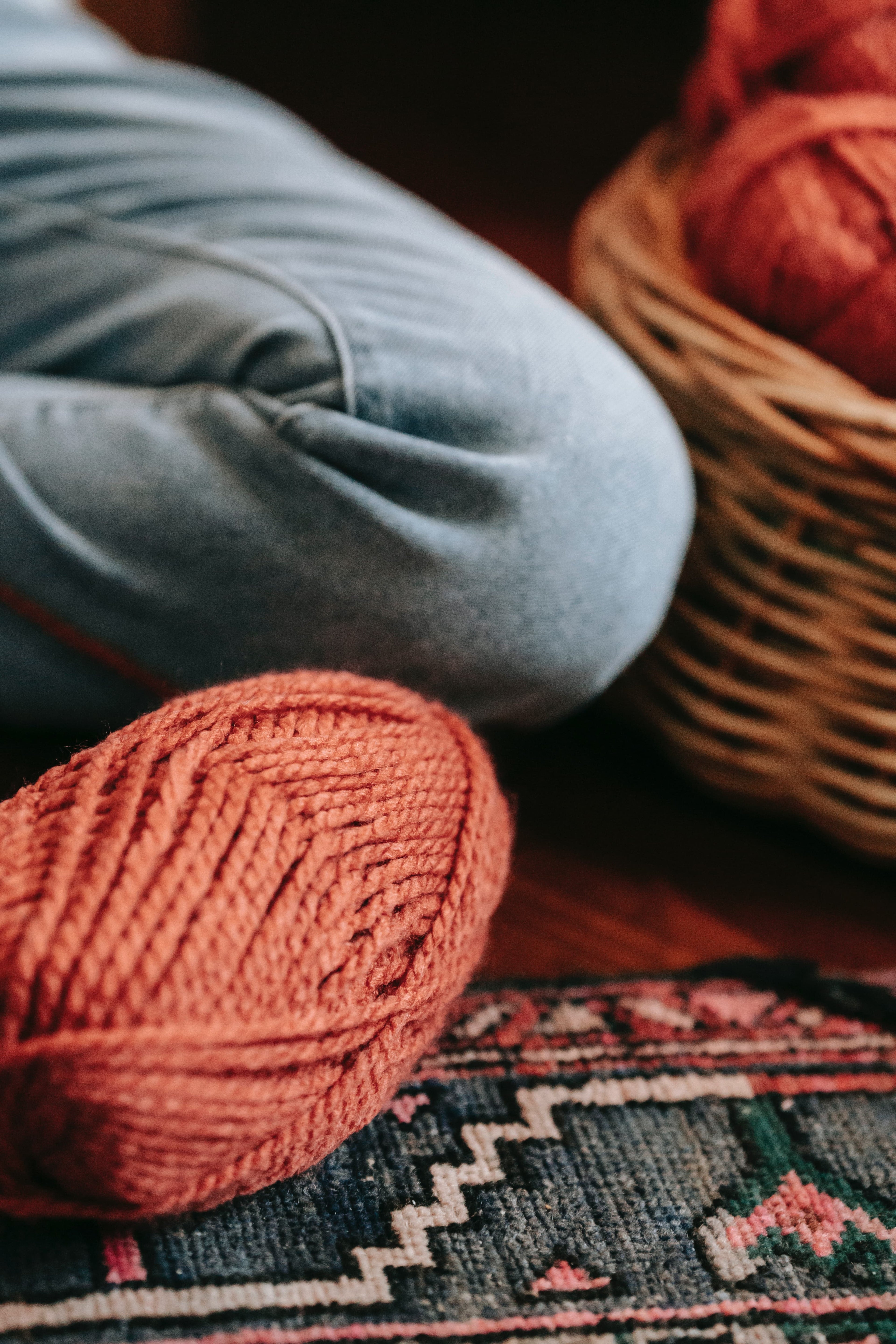
Materials Matter: Wool, Cotton, and Silk Compared
Turkish and Persian rugs are both made from natural materials like wool, cotton, and silk, but the ways they are put together tell different stories. Turkish rugs are usually made with wool on wool, which means that both the pile and the base are made of wool. This makes them soft and warm, and it also makes them naturally resistant to dirt. Wool is soft, breathable, and great for everyday comfort.
Persian rugs often have supports made of cotton and piles made of wool or silk. Because cotton lets knots and designs get tighter, many Persian rugs have a sheen that looks like silk. Real silk Persian rugs are very expensive and fragile, so they should be shown off instead of being used every day.
Turkish wool rugs are the best choice if you want something that will look great as it ages. Over time, their structure gets rougher and rougher, and a patina forms that tells its own story. Silk is beautiful, but it's not very merciful and needs extra care.
Design & Motif Differences You’ll Notice
What makes each culture's art stand out is this. Diamonds, medallions, stars, and repeated borders are some of the geometric, symmetrical, and symbolic patterns that are often found on Turkish rugs. There are a lot of spiritual or protective messages in these patterns. Many Anatolian rugs, for instance, have the "elibelinde" pattern, which stands for fertility and parenting.
Persian rugs, on the other hand, have more flowers, curves, and other fancy designs. Their medallions and arabesques, which are made up of vines, flowers, and complicated shapes, can look like flowering gardens. This style comes from the Persian love of images of paradise; rugs are seen as earthly copies of gardens in heaven.
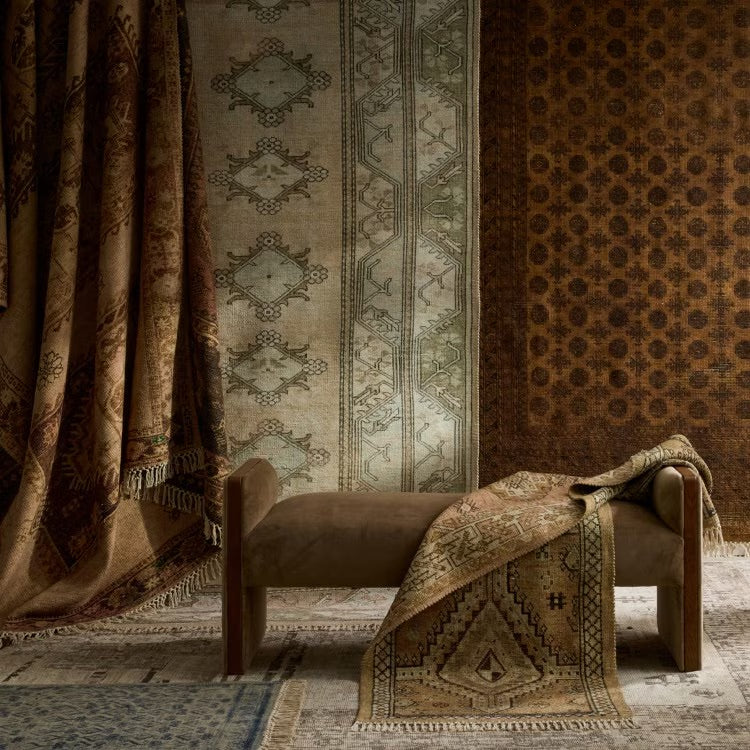
Color & Dye Techniques in Turkish vs. Persian Rugs
With color, a rug comes to life. In the past, both Turkish and Persian weavers used natural plant-based dyes, like madder root for red, indigo for blue, and walnut shells for brown. Over time, these natural dyes soften into soft, pleasing tones that look great.
Warm, rich colors like terracotta, burnt orange, deep reds, and soft browns are often used in Turkish rugs to match the scenery of Anatolia. With jewel tones like sapphire blue, emerald green, and ruby red, Persian rugs tend to have stronger differences. Turkish rugs fit in well with cozy, modern homes, while Persian rugs often become the room's focal point. The difference is slight, but clear.
Kirmen Rugs has real Turkish and Persian vintage rugs that have all been carefully found, cleaned, and confirmed. Whether you like the geometric beauty of Anatolia or the floral beauty of Persia, our online shop has both for you to look through.
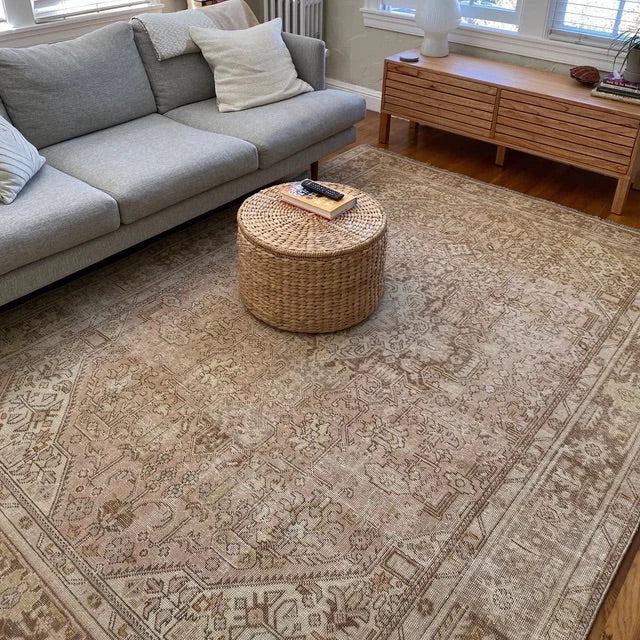
Durability and Everyday Use: What to Expect
Turkish Rugs are great because they last a long time. They're made to last for decades, even in busy family rooms, thanks to their double knots and thick wool structure. They are soft on the feet but strong enough to be worn every day. They are more fragile because they have single knots and finer strands. They look great in places with little foot traffic or formal rooms that put the focus on art.
If you want a rug for your living room, hallway, or dining room, a Turkish rug will give you comfort and peace of mind. It naturally keeps dust and wetness away because it is made of wool on wool. Persian rugs, especially silk ones, look best in places that don't get much foot traffic or are just for decoration. This way, you can enjoy their beauty without much risk.
It comes down to this: if you want your home to be full of movement, laughter, and life, go Turkish. Persian may be the right choice for you if you want to create a refined and beautiful atmosphere.

Pricing & Value: Which Rug Is Worth the Investment?
A handmade rug's price varies on its age, its material, the number of knots, and where it came from. Because they are so complicated and are often bought by collectors, Persian rugs, especially silk or old ones, often sell for more money. Even though Turkish rugs are just as real, they are usually less expensive without lowering the quality.
We cut out the middlemen at Kirmen by buying straight from weavers and restorers in Turkey. This means you can find real Turkish and Persian rugs that were made by hand at prices that are fair and don't include markups. You can also set your own price with our "Make an Offer" feature, which means that everyone can afford art.
A Persian beauty or a Turkish heirloom is worth more than its face value because it's a piece of history that should be loved and lived with.
How to Choose Between Turkish and Persian Rugs
Which one do you pick? What kind of person are you and how do you live? If you want something that will last, keep you warm, and look nice, a Turkish rug will feel like home. Its thick weave and earthy color scheme make modern rooms more comfortable without losing their originality. A Persian rug might be perfect for you if you like fancy patterns, a soft sheen, and high-end items.
Your way of life is also important. Turkish rugs are great for families, people with pets, and anyone else who wants a traditional look with modern convenience. Persian rugs are good for people who like to collect things and pay close attention to small details.
To explore examples of both, visit our collections of Turkish Rugs and Persian Rugs — each one unique, each one ready to tell its story in your home.
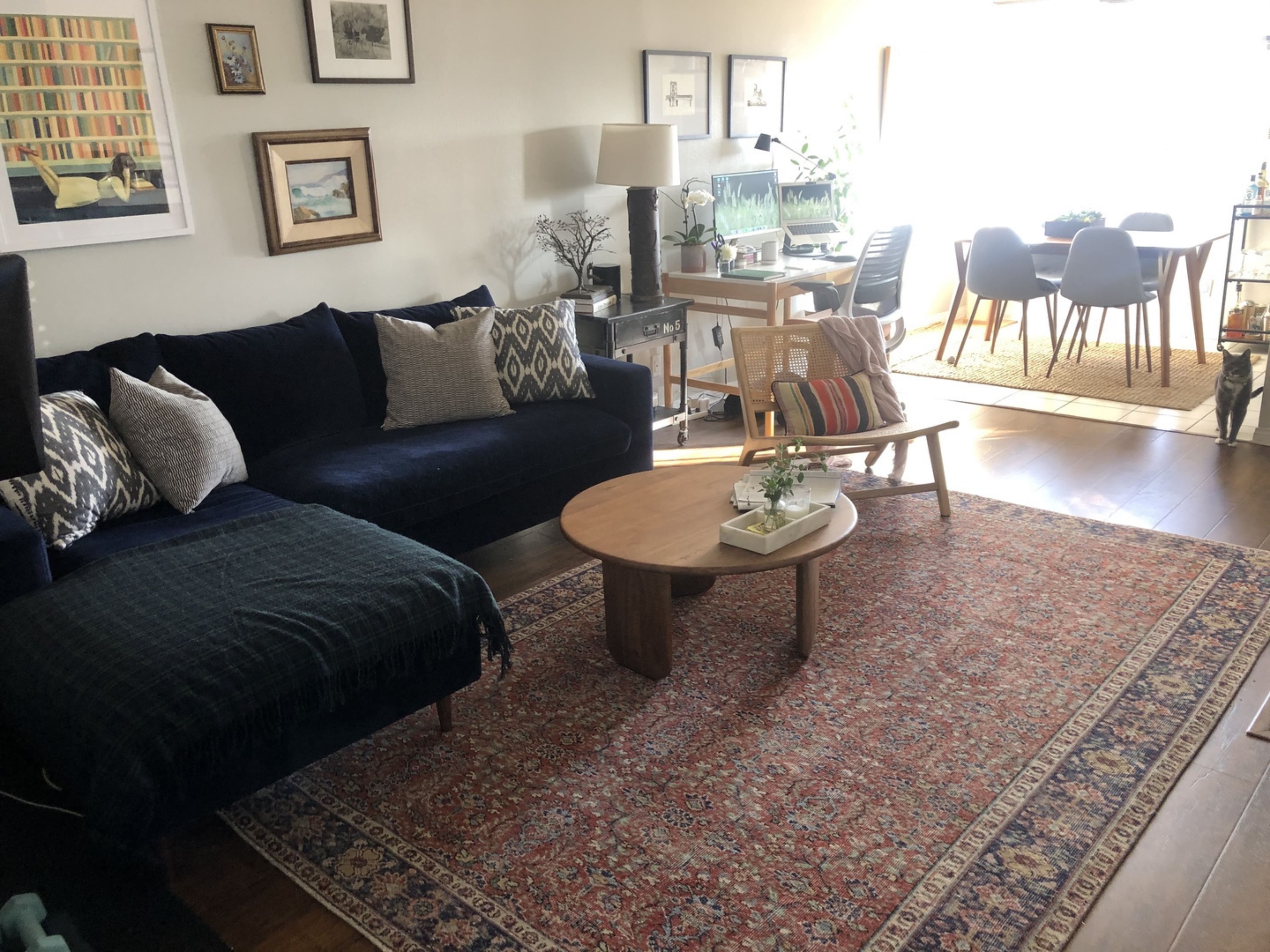
Where to Find Authentic Turkish and Persian Rugs Online
Labels that say "handmade" can be deceiving in today's web market. There are a lot of machine-made copies on the internet that use fake strands and designs that only look like the real thing. That's why it's important to buy from a trusted source.
Every rug we sell at Kirmen Rugs is real, old, and confirmed. We don't use middlemen or charge exorbitant prices because we work directly with artists and restorers. Care is taken to clean, photograph, and ship each rug. We also ship items anywhere in the world for free, let you return items within 30 days, and have a tool called "Make an Offer" that lets you set your own price.
Finding a genuine authentic vintage rug is rare — but when you do, it becomes more than décor; it becomes part of your story. Explore our collections today and bring a piece of Turkish or Persian heritage into your home.


